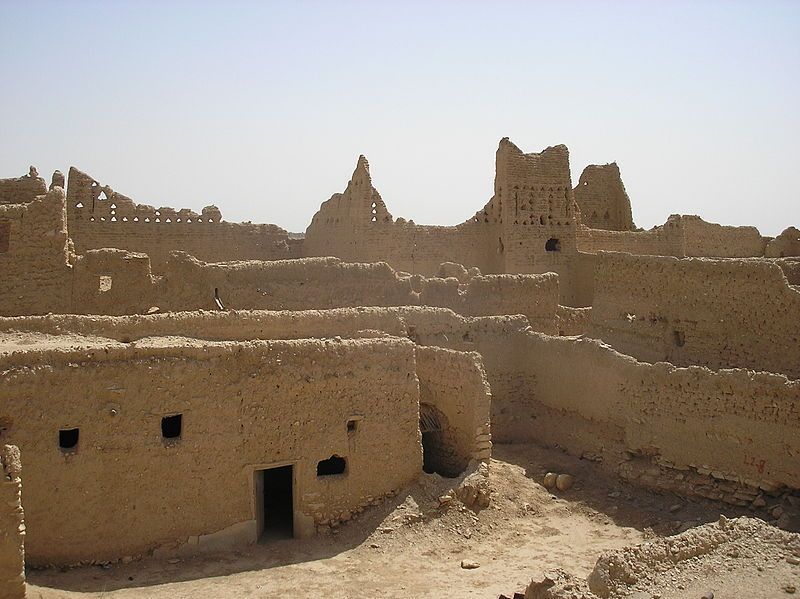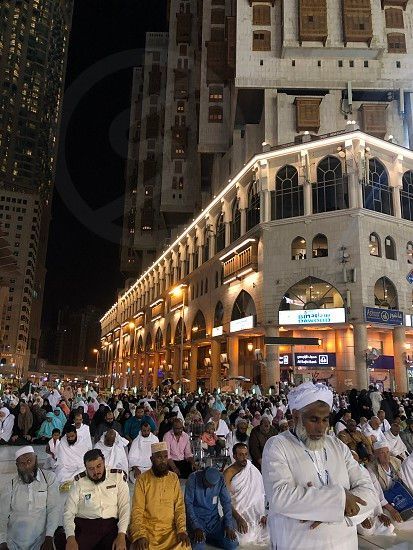The remains of the historic structures in Diriyah in 2008 - prior to the extensive restorations that followed the 2010 inscription of the site onto the World Heritage Site listing. photo fro wikipedia typed in diriyah............ https://en.wikipedia.org/wiki/Diriyah
Diriyah
The Other Birthplace
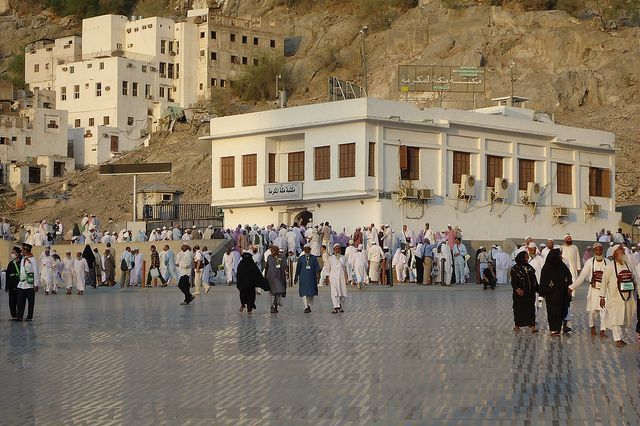
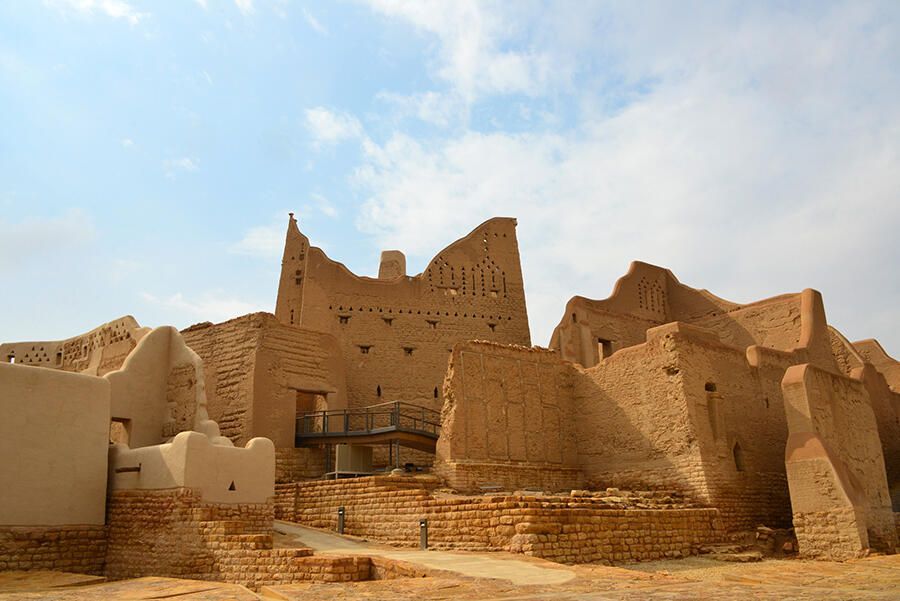
Saudi Arabia possesses two cities containing the birth sites of prominent religious figures: Mecca, which contains the birthplace of the Prophet Muhammad saw, the founder of Islam; and Al-Diriyah, which contains the birthplace of Muhammad ibn Abd al-Wahhab - the founder of the Abdal-Wahhab movement within Sunni Islam - and the birthplace of the first Saudi State that he co-founded, in 17??, with Muhammad bin Saud fn1
This article compares the striking differences in the treatment of the site linked to the Prophet saw with sites linked to Abd al-Wahhab, and the role of the Saudi Ulema.
DIRIYAH IS THE BIRTHPLACE OF WAHHABISM
Islam is not Muslims
For Wahhabis, Diriyah is to be promoted important for three reasons; it is the place of: [[ad, altho some apologists/publicists argue that by promoting Diriyah, they are not intending to promote Wahhab, this flies in the face of placing of 3 highly prominent/high visibility monuments to Wahhab at the entrance to At-Turaif site
Birth of the Founder
Muhammad ibn Abd al-Wahhab, the founder of the Wahhabi movement, was born in 1703 in Uyaynah, Diriya.
Birth of the Movement
Ibn Abd al-Wahhab’s reform movement was formally launched in Uyaynah, Diriya in 1740.
[[to change the Islamic religion to comply with his beliefs.]]
Burial of the Founder
Muhammad ibn 'Abd al-Wahhab died in June 1792 C.E or 1206 A.H. He was buried in an unmarked grave at al-Turayf in al-Dir'iyya.[102][103][104][105] [106] M. BURIED NEAR OR
Ft102. Crawford, Michael (2014). Makers of the Muslim World: Ibn 'Abd al-Wahhab. London: One World Publications. pp. 47–48. ISBN 978-1-78074-589-3.
Ft103. Abu alrub, Jalal (2013). Mencke, Alaa (ed.). Biography and Mission of Muhammad ibn Abdul Wahhab: Second Edition. Madinah Punlishers and Distributors. p. 92. ISBN 978-0-9856326-9-4.
Ft104. J. Delong-Bas, Natana (2004). Wahhabi Islam:From Revival and Reform to Global Jihad. New York: Oxford University Press. pp. 39–40. ISBN 0195169913.
Ft105. M. Bunzel, Cole (2018). Manifest Enmity: The Origins, Development, and Persistence of Classical Wahhabism (1153-1351/1741-1932). Princeton, New Jersey, USA: Princeton University. p. 254.
Ft 106. The High Commission for the Development of Arriyadh and the Historic ad-Dir‘iyah Development Programme (2015). Al Bujairi: Heart of the Call Medina Publishing. p. 26.
Proof that it’s a birthplace from Saudi sources:
The Saudi government has given the responsibility of preserving and upgrading the Diriyah site to The High Commission for the Development of Arriyadh (HCDA) and the Historic ad-Dir‘iyah Development Programme (HADP). Both the HCDA and the HADP, describe Diriyah in their joint publication, Al Bujairi: Heart of the Call, as “the capital of the First Saudi State and the birthplace of the Call of Sheikh Mohammad bin Abdulwahhab”. FN1
FN 1
Page: INTRODUCTION
Al Bujairi: Heart of the Call
[[m. commissioned by]] The High Commission for the Development of Arriyadh and the Historic ad-Dir‘iyah Development Programme
Medina Publishing, 2015
https://www.rcrc.gov.sa/res/ada/ar/Publications/Al-Bujairi_Eng/files/assets/common/downloads/publication.pdf
https://www.rcrc.gov.sa/res/ada/ar/Publications/Al-Bujairi_Eng/files/assets/common/downloads/publication.pdf
-
SAY BY DIRIYA WE REFER TO TURAIF AND NEW AFDDITIONS
The sector of Diriyah in which Wahhabism was born is the At-Turaif District, and it is this district which the EWS pushed for years to be designated a UNESCO Heritage Site.
…has been inscribed as a World Heritage Site in 2010.
At-Turaif District in ad-Dir'iyah
This property was the first capital of the Saudi Dynasty, in the heart of the Arabian Peninsula, north-west of Riyadh. Founded in the 15th century, it bears witness to the Najdi architectural style, which is specific to the centre of the Arabian peninsula. In the 18th and early 19th century, its political and religious role increased, and the citadel at at-Turaif became the centre of the temporal power of the House of Saud and the spread of the Salafiyya reform inside the Muslim religion. The property includes the remains of many palaces and an urban ensemble built on the edge of the ad-Dir’iyah oasis.
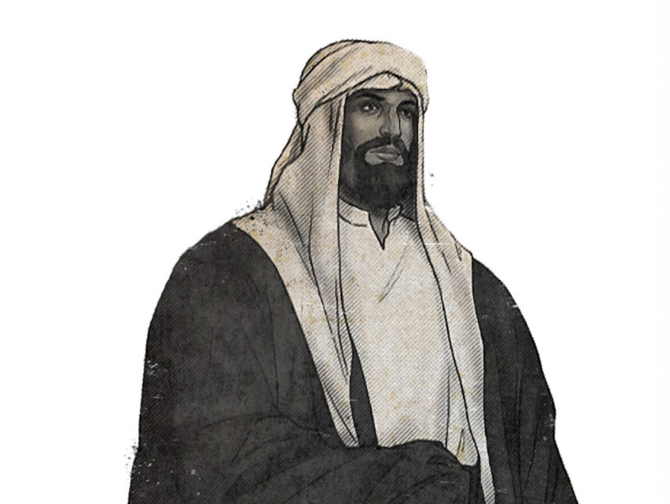
apart from.. the other reasons for preserving diriya… the national day and diriya in general is to remember former heads of state, for their political leadership/statesmanship then the Arab Prophet saw was the most successful leader of present day SA, and if it is to recognise the Islamic achievements of former heads of state, then the Prophet saw was the greatest ever Islamic leader of present day sa, having converted the region to the faith coverted, by todays sa leaders, and the faith on which sa is based. Laid the foundations…. Then the Arab 4 caliphs wiho built on that success whisilt expanding
MAYBE PUT NEXT PARAS IN:
FN
Page: 25-26
Al Bujairi: Heart of the Call
[[m. commissioned by]] The High Commission for the Development of Arriyadh and the Historic ad-Dir‘iyah Development Programme
Medina Publishing, 2015
https://www.rcrc.gov.sa/res/ada/ar/Publications/Al-Bujairi_Eng/files/assets/common/downloads/publication.pdf
Page 23:
Then Emir Mohammad and Sheikh Mohammad mutually recognized their respective roles. This was in 1744 (1157). Thus was established the First Saudi State and the Reform Call of Sheikh Mohammad bin Abdulwahhab in ad-Dir‘iyah. From here, the capital of the new state, the Call was destined to spread across Arabia and into other regions of the Arab and Islamic World.
WAHHAB’S DESCENDANTS
The most important religious family in Saudi Arabia is the Al-Sheikh family—direct descendants of Mohammed bin Abd al-Wahhab.
-
Sheikh Abdul Wahhab agreed to support the king's political and military rule in exchange for protection and influence over state religious affairs, a power relationship which persists between their descendants to this day.2
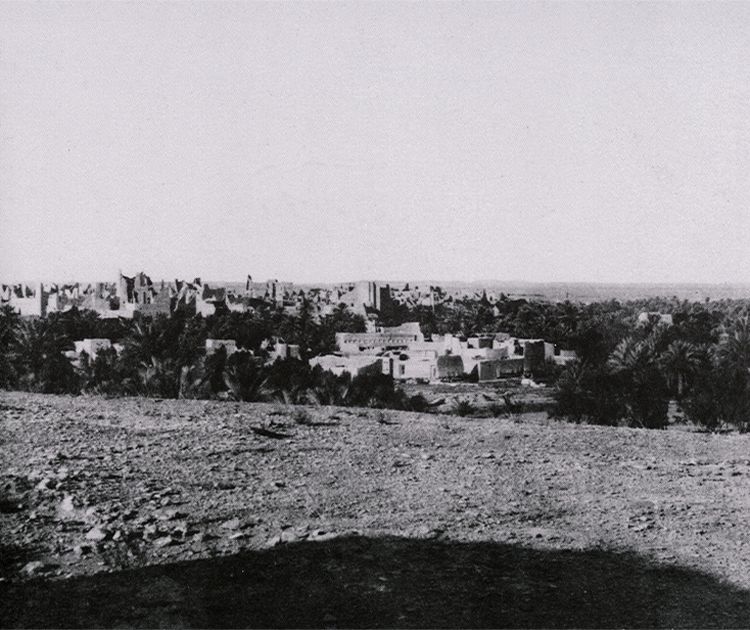
All About Wahhab
- M. The 3 STRUCTURES ARE MONUMENTS AND SYMBOLS
From a Wahhabi perspective, the primary purpose of the Diriyah site is to endorse and propagate the doctrines of Wahhab. The HCDA and HADP publication, Al Bujairi: Heart of the Call, contains descriptions of the functions of some of the key structures in historic Diriya:
MONUMENTS TO WAHHAB:
1)
“The whole purpose of the Al Bujairi Quarter is to establish a permanent centre as a monument to the religious foundations of the modern Saudi State, to provide a peaceful environment in which to contemplate the single most important aspect of the political history of the Kingdom, and to accumulate archives and disseminate learning and research. “ FN1
“The Sheikh Mohammad bin Abdulwahhab Foundation is an integral part of the Quarter and has been set up as a legacy of the teachings of the Reform Movement inspired by Sheikh Mohammad which refocused the faithful on the central precepts of Islam and its essential simplicity and purity of purpose.” FN2
FN 1, FN2
Page 109
Al Bujairi: Heart of the Call
[[m. commissioned by]] The High Commission for the Development of Arriyadh and the Historic ad-Dir‘iyah Development Programme
Medina Publishing, 2015
https://www.rcrc.gov.sa/res/ada/ar/Publications/Al-Bujairi_Eng/files/assets/common/downloads/publication.pdf
2)
One of the Saudi governments main websites promoting foreign tourism to the country, www.visitsaudi.com, headlines the section on the structures in Diriyah related to Wahhab as: ‘Memory and Immortalization’. This is clearly, a reference to the intent behind the inclusion/preservation of structures such as the Sheikh Mohammad bin Abdulwahhab Foundation, the Sheikh Muhammad ibn Abd Al-Wahhab Mosque, and the recent building of the Sheikh Muhammad ibn Abd Al-Wahhab Bridge – they serve as memorials, high visibility reminders of Wahhab and his work, and a means to build respect for, and adherence to, Wahhab’s teachings.
Interestingly, in relation to Wahhab’s mosque, the site alludes to the fact that it was Wahhab’s role as a cleric that earned him his reputation, as opposed to his collaboration with Saud in setting up the First Saudi state:
“The mosque bears the name of Imam Muhammad ibn Abd al-Wahhab. He was a highly regarded religious scholar during the era of the first Saudi state due to his contribution to the dissemination of Islamic teachings…”
3)
Abdullah Arrakban, the urban development manager for the High Commission for the Development of Addiriyah:
“It is important for Saudis who are living now, in this century, to know that the state came from a specific place that has been preserved and that it was built on an idea, a true, correct and tolerant ideology that respected others.”
Abdullah Arrakban, the urban development manager for the High Commission for the Development of Addiriyah.
Source: The New York Times
- https://www.nytimes.com/2015/06/01/world/middleeast/saudis-turn-birthplace-of-ideology-into-tourist-sp ot.html
May 31 2015
SYMBOLS OF WAHHAB AND HIS CONTRIBUTION TO THE KINGDOM
PROMOTES WAHHAB TEACHINGS?
“The immense masonry masses of the cubes and their uncompromising forms, so characteristic of Najdi architecture, augment the design ethic and resonate with the uncluttered purity of the Reform Movement’s ideals and Sheikh Mohammad bin Abdulwahhab’s teachings.” FN1
FN 1
Page 109
Al Bujairi: Heart of the Call
[[m. commissioned by]] The High Commission for the Development of Arriyadh and the Historic ad-Dir‘iyah Development Programme
Medina Publishing, 2015
https://www.rcrc.gov.sa/res/ada/ar/Publications/Al-Bujairi_Eng/files/assets/common/downloads/publication.pdf
[[SYMBOLISM]] HIGHLIGHTS WAHHAB’S LOFTY POSITION - THEN AND NOW?
"Clean-cut, clear-edged and with a strong visual sense of permanence and purpose, the Sheikh Mohammad bin Abdulwahhab Foundation complex stands at the gateway of the route across the wadi leading to at-Turaif, thus forming the first part of the journey towards understanding the origins of the Saudi State of today." FN1
FN 1
Page 110
Al Bujairi: Heart of the Call
[[m. commissioned by]] The High Commission for the Development of Arriyadh and the Historic ad-Dir‘iyah Development Programme
Medina Publishing, 2015
https://www.rcrc.gov.sa/res/ada/ar/Publications/Al-Bujairi_Eng/files/assets/common/downloads/publication.pdf
Retain symbolic value
~Diriya
Its transformation into a Living Heritage Museum aims at preserving not only the material remains, but also, as much as possible, the symbolic and traditional role of the buildings and of the entire village.
-
"Diriyah is symbolic. It's about going back to your roots. The whole idea of the Saudi state started in Diriyah," said Khaled Al Dakhil, a political-science professor in Riyadh.
https://www.thenational.ae/world/mena/saudi-arabia-s-camelot-to-be-restored-at-cost-of-dh488m-1.39076 0
September 28, 2012
-
Sheikh Muhannad Bin Abdulwahhab Cultural Foundation
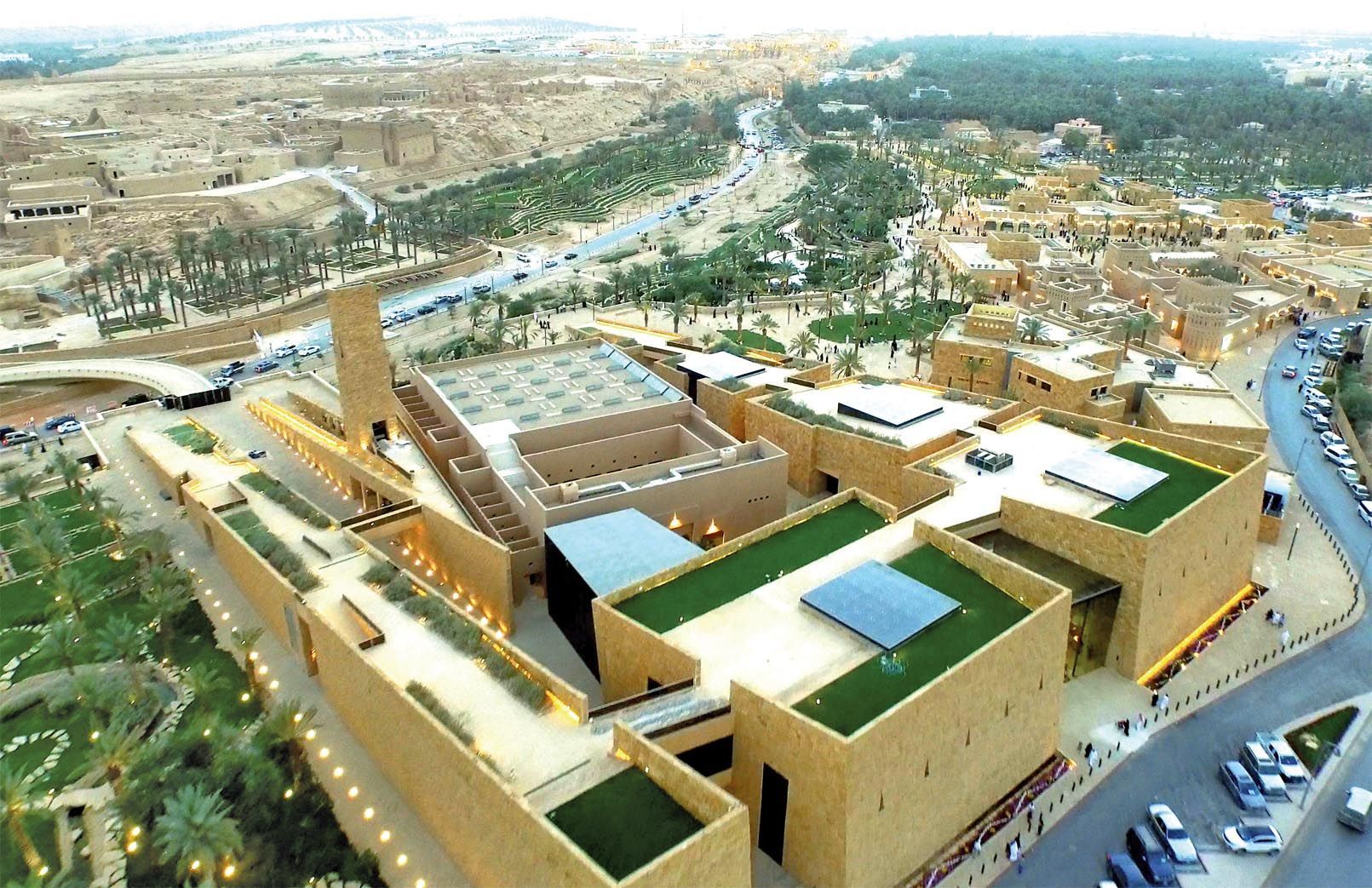
Birthplace photo 219 Foundation Building
Photo link address:
https://www.rcrc.gov.sa/wp-content/uploads/2020/01/bujairi-5-1.jpg
Saudi Arabia is opening a new research centre on Wahhabism on the edge of the capital Riyadh. The building honours Shaikh Mohammad Bin Abdul Wahhab, the 18th-century fundamentalist preacher who co-founded the Saudi state.
https://gulfnews.com/world/gulf/saudi/abdul-wahabs-legacy-honoured-with-new-centre-1.1602627
October 18, 2015
m. even if the Wahhabis didni’t admit it was ti honour wahhab, non-saudi observers and media clearly saw indications that that is what it was intended to be
If you honour an extremist cleric why could you not honour the Prophet of Peace?”
# Laborers at the site, which will have a foundation honoring Sheikh Muhammad ibn Abdul-Wahhab,
Nearby stands a sleek structure that will house a foundation dedicated to the sheikh and his mission
-
The foundation is dedicated to Wahhab and his mission. The intention behind the establishment of the Foundation, is for it to become/It seeks to become an international hub for researchers in Wahhabi- based Islamic studies worldwide. The foundation has a fully-equipped hall utilized to tell the story of the Wahhab’s reformist call, and shed light on its fundamental teachings and influence.
The key parts of the Foundation comprise its library, Memorial Hall, and a multi-purpose hall for events and symposia. The library occupies a circular area inside a glass atrium and reflects the circles of learning (halaqat ‘ilm) in which scholars and students traditionally gathered in mosques, outdoor spaces and in the homes of clerics to learn the core disciplines of Islamic studies.
The library’s holdings, in book, manuscript and electronic form, focus on Wahhab's movement and are available for research and study. As well as encouraging both Saudi and international research and scholarship, the Foundation has facilities for electronic and distance learning.
Below the library is the Memorial Hall. The Hall utilises interactive multimedia and narrative displays to show, explain and reflect on the legacy of the Wahhabi Movement.
FN 1
Page 110
Al Bujairi: Heart of the Call
[[m. commissioned by]] The High Commission for the Development of Arriyadh and the Historic ad-Dir‘iyah Development Programme
Medina Publishing, 2015
https://www.rcrc.gov.sa/res/ada/ar/Publications/Al-Bujairi_Eng/files/assets/common/downloads/publication.pdf
Sheikh Muhammad Bin Abdulwahhab Mosque
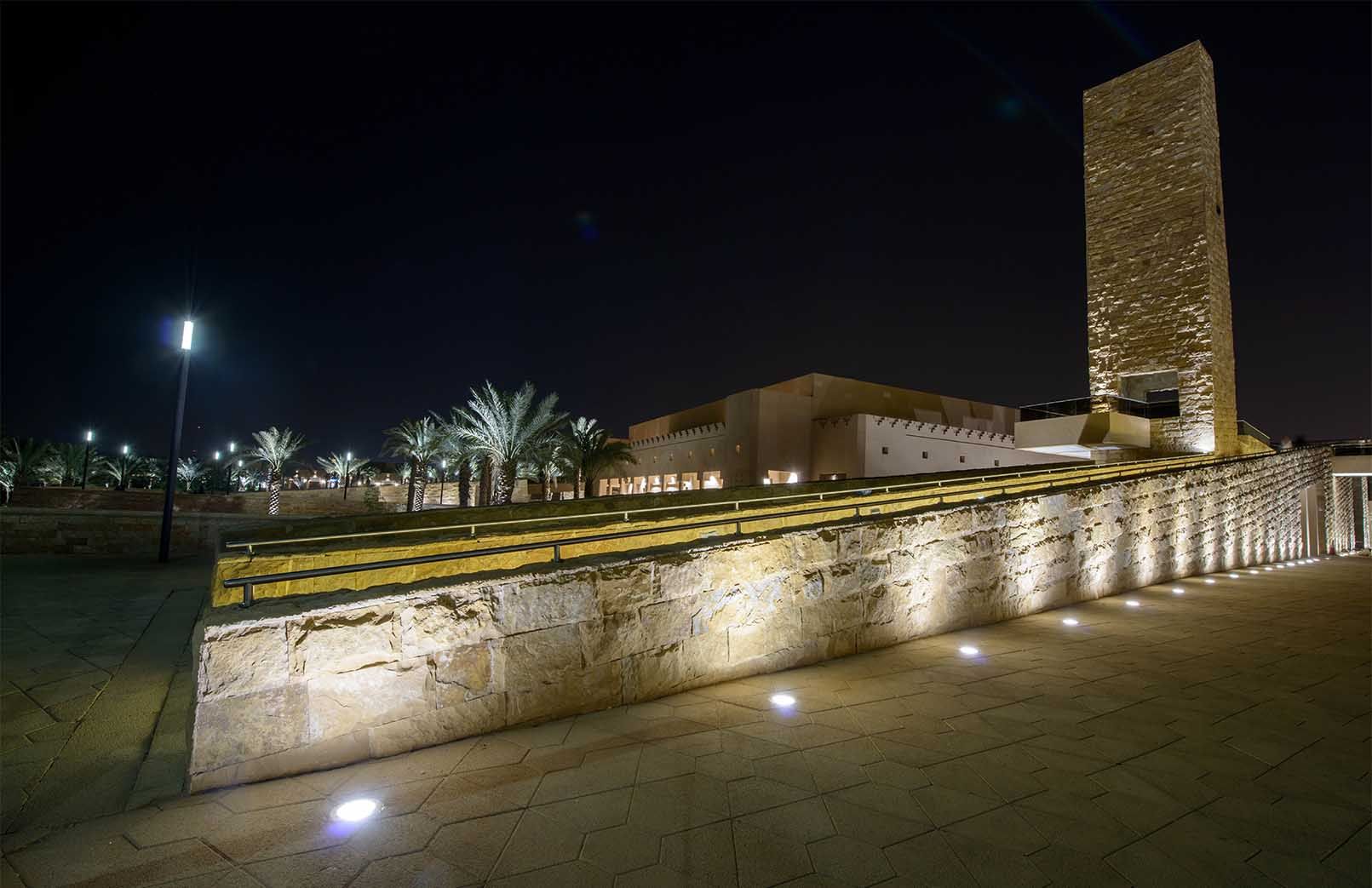
Birthplace photo 220 Abdul wahhab Mosque
Photo link address:
https://www.rcrc.gov.sa/wp-content/uploads/2020/01/bujairi-3.jpg
BUILT ON THE SAME SITE AS THE ORIGINAL MOSQUE
The Muhammad ibn Abd Al-Wahhab Mosque is located in Al-Bujairi district in Diriyah. It is erected on the site of Wahhab's original mosque which was constructed during the time of the first Saudi state and bore his name. The first mosque was built using mud with stone foundations, and survived, largely unchanged in form, until the late Twentieth century.
The mosque was the engine-room of Wahhab's mission [and Call]. From here, he raised an entire generation of clerics in the orthodoxies of the Wahhabi version of Islam, and dispatched them as preachers and judges to the settlements of the expanding Saudi State. It was from here too, that Wahhab sent out his numerous letters and missives to fellow clerics, notables and communities in the settlements as Diriyah's influence spread.
By the 1990s, the condition of the building had deteriorated significantly, and in 1998, King Fahad bin AbdulAziz Al Saud ordered the reconstruction of the mosque using/in a modern concrete structure. The King personally funded the rebuilding.
In the closing years of King Fahad’s reign, the "concrete" mosque was demolished, and replaced by the current mosque. The traditional Najdi style design of the new building ensured that it remained consistent with the architectural style of the rest of Diriyah.
The mosque was further improved and renovated as part of the Historic ad-Dir‘iyah Project. Works were undertaken to harmonize the building with the architecture of the new Muhammad ibn Abd Al-Wahhab Foundation - it was, for example, rendered to match the tan hues of the various stone buildings of the Foundation. The latest redevelopment of the mosque was personally directed by the then Governor of Riyadh, and now monarch, King Salman bin Abdulaziz.
The mosque is not treated solely as a showpiece of Wahhabi history. It is an operating mosque, and includes a ladies mosque, and a school of Quranic sciences. The site is also surrounded by spaces decorated with green landscapes, palm trees, and stone terraces.
the BP is surrounded by a concrete like floor on 3 sides, and a tar road on the fourth side
---Page 20: Photo > The Sheikh Mohammad bin Abdulwahhab Mosque in Al Bujairi pictured in the early 1990s
---Page 25: The original Sheikh Mohammad bin Abdulwahhab Mosque in Al Bujairi. This is the only known photograph of the historic mosque. It was subsequently replaced with a concrete mosque which was itself restored and improved in 2015.
---Page 72: Photo of restoration
https://www.rcrc.gov.sa/res/ada/ar/Publications/Al-Bujairi_Eng/files/assets/common/downloads/publication.pdf
Mohammed bin Abdul Wahhab Bridge
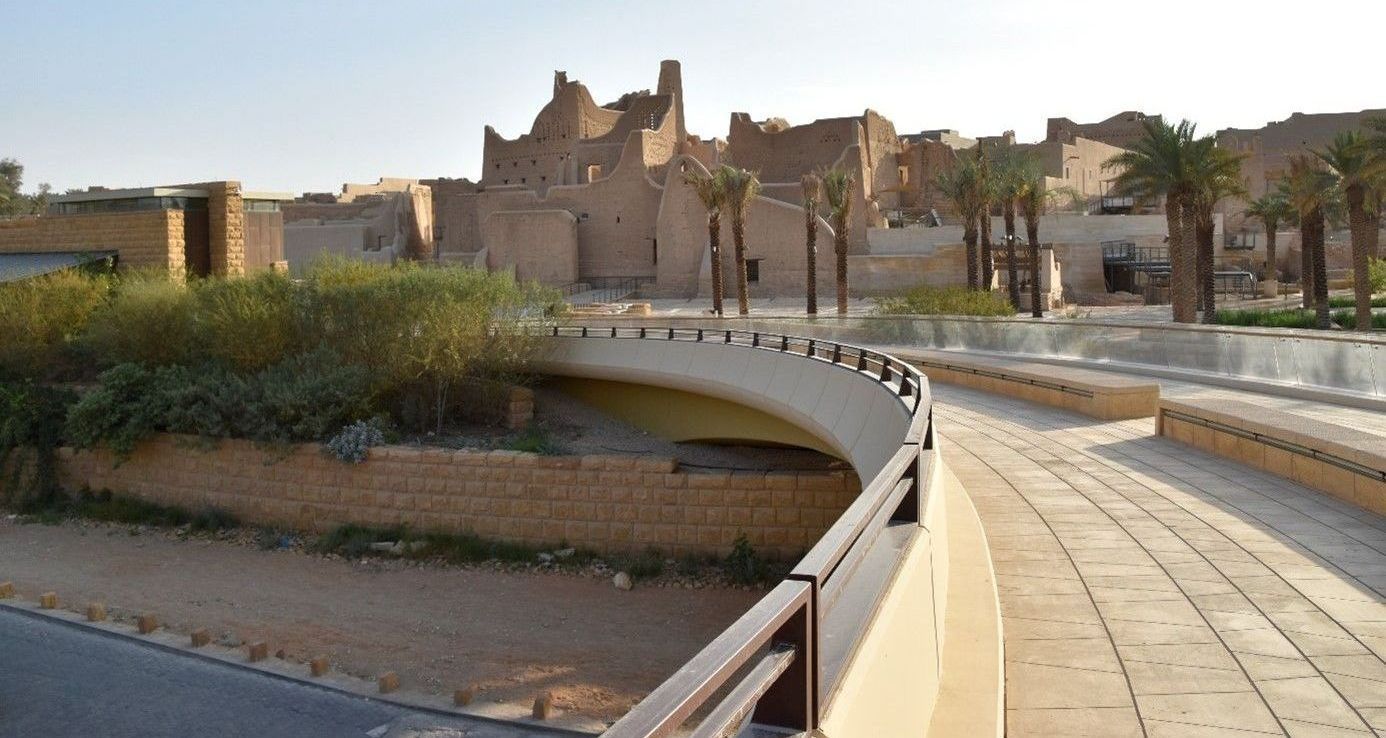
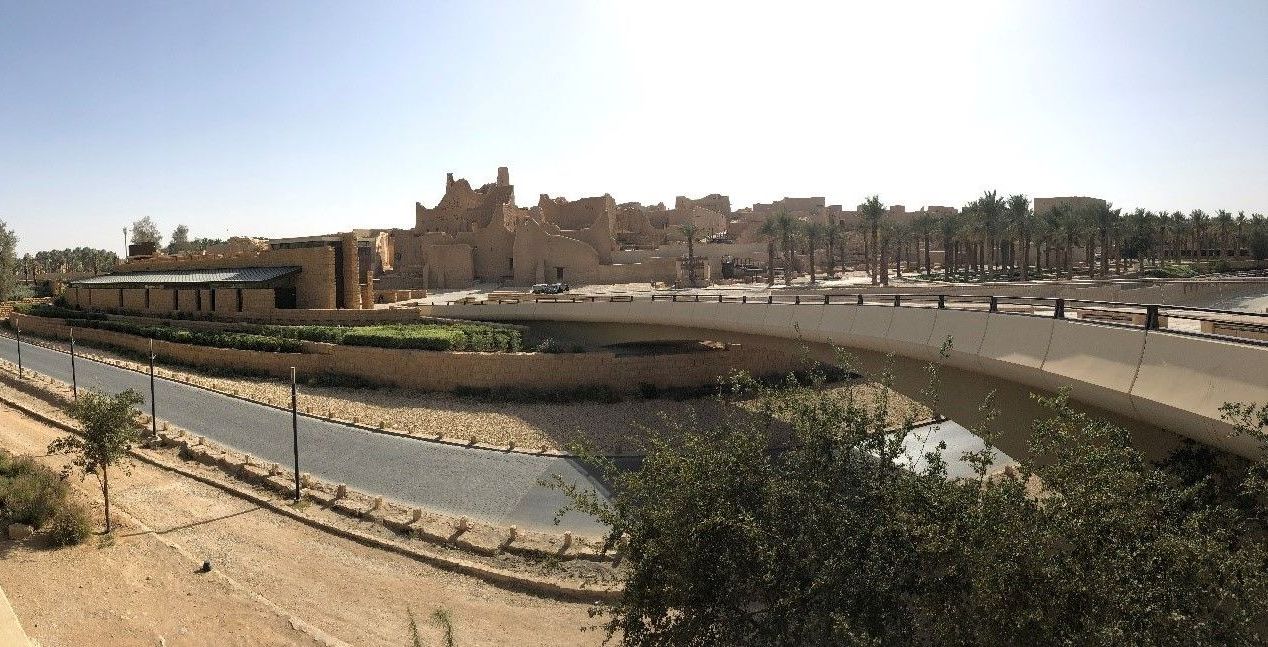
Photos: Courtesy Heritage Conservation Consulting Inc.
Birthplace photo 221 Abdul Wahhab Bridge
Birthplace photo 222 Abdul Wahhab Bridge
“Today the Sheikh Mohammad bin Abdulwahhab Bridge spans the wadi in a sweeping arc, symbolic of that most potent symbol of Islam, the crescent.
FN 1
Page 89
Al Bujairi: Heart of the Call
[[m. commissioned by]] The High Commission for the Development of Arriyadh and the Historic ad-Dir‘iyah Development Programme
Medina Publishing, 2015
https://www.rcrc.gov.sa/res/ada/ar/Publications/Al-Bujairi_Eng/files/assets/common/downloads/publication.pdf
-
The Mohammed bin Abdul Wahhab Bridge connects the neighborhood of Al-Bujairi and that of Al-Turaif. The bridge is a curved structure built on the banks of Wadi Hanifa.
The bridge holds considerable symbolism:
----The arced shape of the bridge appears to be in part, an attempt to mimic the crescent moon - one of the most widely adopted motifs in the Islamic world, and used as both a "religious" symbol by Islamic institutions, and a national emblem by several Muslim governments. The intention behind the crescent-form of the bridge may well be to establish a bond with non-Wahhabi Muslim visitors, particularly those from populous Islamic countries, such as Egypt, Pakistan, and Turkey, who incorporate a crescent on their national flags.
-----The bridge transports visitors directly from the Mohammed bin Abdul Wahhab Foundation in Al-Bujairi to the reception center on Qu’a Al-Share’a street in At-Turaif, located next to Salwa Palace. Thus, before a visitor can enter At-Turaif, they must first pass along the south side of the Mohammed bin Abdul Wahhab Foundation, then travel past the square minaret of the Mohammed bin Abdul Wahhab Mosque. Thus, before visitors are permitted to explore the beginnings of the Saudi state, they are confronted with, and must engage, the origins of Wahhabism via the three key monuments dedicated to Wahhab, in Diriya: the Mohammed bin Abdul Wahhab Foundation, the Mohammed bin Abdul Wahab Mosque, and the Mohammed bin Abdul Wahab Bridge.
In the King Salman Square, in Diriya, stands one of the tallest flagpoles in the world. The Diriya flagpole carries the national flag of Saudi Arabia, also known as the al-Alam, at a height of 104 meters. The flag, itself is mammoth, having dimensions of 30 metres by 20 metres. The flagpole is under round-the-clock supervision from a team of specialized engineers. Each day, the flag is examined to ensure its condition and safety, and is replaced when required. The flag is lowered at times of strong winds and rain.
The Saudi national banner is inscribed with the Islamic creed, or shahada: "There is no deity but God; Muhammad is the Messenger of God". The inclusion of the key concept of the Muslim faith on the kingdom's flag is designed to confirm the nations belief in Islamic monotheism, and that the nation was founded on Islamic principals [ideals], and continues to exist under those ideals today:
“The value of the national flag extends throughout the history of the Saudi state, since its founding in 1139 AH – 1727 AD, which bears the Islamic declaration of faith in the middle, symbolizing the message of peace, and the religion of Islam, on which this blessed state was based,” SPA reported.
Saudi Press Agency March 01, 2023
The size and publicity surrounding such a structure confers prestige on the city in which it is sited, and this is heightened still further with the annual Saudi celebration of National Flag Day on Feb ??. It is curious, then, as to why Diriya has been chosen to host such a mega-flagpole, while Mecca and Medina have not. The immense significance of these two cities for Saudi Arabia is internationally-recognised - another name for Saudi Arabia, for example, is the 'Land of the Two Holy Mosques' (the Grand Mosque in Mecca and the Prophet's Mosque in Medina), and an alternative title for Saudi monarchs is "Custodian of the Two Holy Mosques". Therefore, it would have been expected that the two sacred cities would receive priority consideration for all Islam-based initiatives.
However, with the ever-present EWS lobbying in power circles, it is not surprising, that such a prominent display notice of allegiance to the Islamic faith has been denied to both Mecca city and Medina, the two cities most closely linked to the Prophet's saw Islam, but has been endorsed for a city acknowledged as embodying the Wahhabi version of the religion, Diriya.
#########
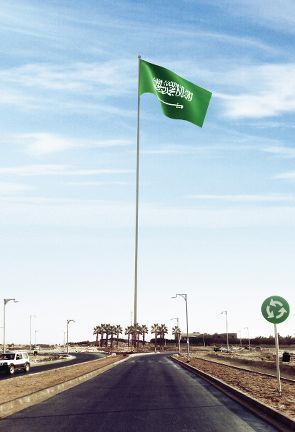
https://www.rcrc.gov.sa/wp-content/uploads/2019/11/Diriyah31-1.jpg
Birthplace photo 223 Diriyah Flag
"The Saudi Arabian constitution in modern times, as stated in the country’s Basic Law of Governance, “is the Quran”. This, by definition, links the political and the religious in a united whole by which the third Saudi State runs it affairs to this day.”
FN 1
Page 89
Al Bujairi: Heart of the Call
[[m. commissioned by]] The High Commission for the Development of Arriyadh and the Historic ad-Dir‘iyah Development Programme
Medina Publishing, 2015
https://www.rcrc.gov.sa/res/ada/ar/Publications/Al-Bujairi_Eng/files/assets/common/downloads/publication.pdf
-The Quran does not contain any praise of Diriyah. Nor does the Hadith. However, both mention and praise Mecca.
-Diriyah is not an Islamic World Heritage site. It is a Saudi Heritage site.
-Saudu Arabia based on ...
-Therefore, priority must be given to Islamic sites such as those in Mecca.
https://www.theasiantoday.com/index.php/2006/08/10/the-destruction-of-holy-sites-in-mecca-medina/
And who is more unjust than he who forbids that in places for the worship of God, His name should be celebrated? Whose zeal is (in fact) to ruin them? It was not fitting that such should themselves enter them except in fear. For them there is nothing but disgrace in this world, and the world to come, an exceeding torment. (Qur’an 2:114)
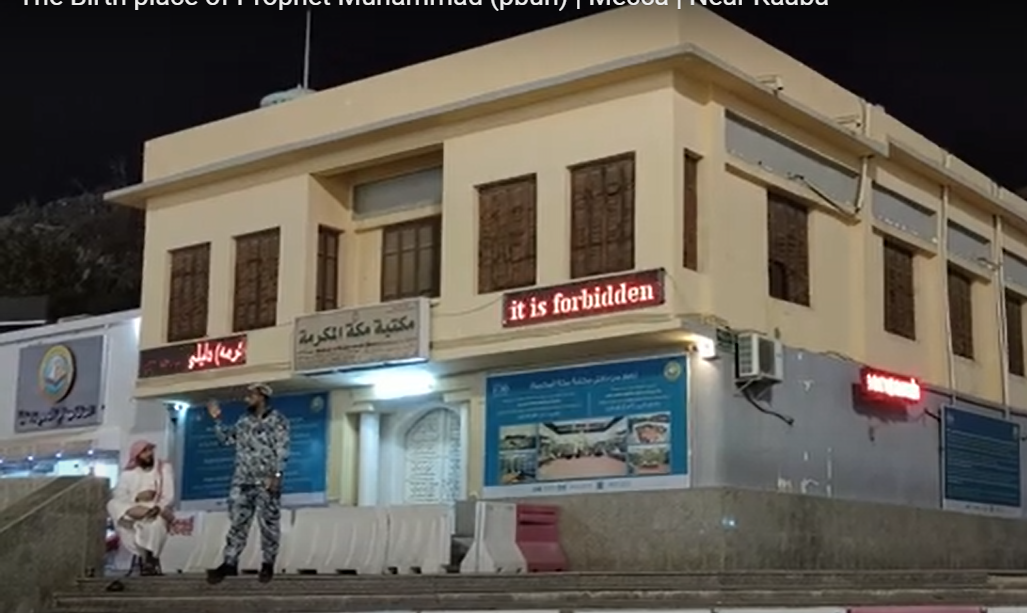
file:///C:/Users/Adamm/Downloads/MAKKAH%20AS%20CREATIVE%20CITY%20-SAEED%20ALAMOUDY%202017.pdf
For example, Abdul Aziz Ibn Baz (1919-1999), the Grand Mufti of the Kingdom of Saudi Arabia for decades, opposed the restoration of monuments, for reasons he explained in his Fatwa:
“It is Wajib (obligatory) to prevent the revival of monuments in order to avoid that which could lead to further corruption. It is known that the Companions of the Prophet (PBUH) […]. However, they did not revive or sanctify these monuments, or even advise others to revive them […] Moreover, if reviving these monuments or visiting them were a lawful act, the Prophet (PBUH) would have done so in Makkah and after the Hijrah (Prophet's migration to Madinah) or ordered people to do so, or his Companions would have either done so themselves or recommended others to do it, knowing that it has been previously mentioned that they were the most knowledgeable among people of the Law of Allah, the most loved by the Messenger of Allah (PBUH), and the best to give advice to the servants of Allah..."
(Fatwas of Ibn Baz n.d., Part No. 3; Page No. 334).
but There is an explanation for this apparent disregard for ancient artifacts and structures, which is that the religious leaders and Saudi authorities are fearful that such items could become the object of veneration as holy relics, a practice which is unacceptable in Islam.
m. but the have been o display in other countrues for decades and incidence if above

In their zeal to “save” Muslims from shirk (associating partners with Allah) and bida‘ (innovations in the deen), the Wahhabis have been involved in the destruction of historic buildings and sites for decades. “It is not permitted to glorify buildings and historical sites,” proclaimed Sheikh Abdul-Aziz bin Baz, the kingdom's chief alim, in a much-publicized fatwa in 1994 when he was alive. He went on: “Such action would lead to shirk (polytheism). … So it is necessary to reject such acts and to warn others away from them.” But the Wahhabi zealots are not content with mere warnings. They have embarked on a plan, in conjunction with the hordes of Saudi princes, to destroy Islam's heritage. One is constrained to ask how many Muslims have become mushriks by visiting these places and what right the Wahhabis have to prevent Muslims from doing so?
they said thry neede to demolish for logistical reasons, yet after the protest against house, they built an area.. they said fatwa, but only applied it to the Prophet's saw sites, not their ownsites or pre-islamic sites.
THIS FATWA ONLY SEEMS TO APPLY TO SITES ASSCIOTED WITH THE PROPHET SAW, NOT TO SITES RELATED TO WAHAB, OR HISTORIC SITES, OR NON-MUSLIM SITES - POLYTHEISTIC BELIEF SYSYTEMS.
The Belief
Despite the rhetoric, the viewpoint of the ews is clear to discern: the history of Mecca is if no importance and should be wiped-out - conveniently under the guise of developing the Grand Mosque and the visitir services infrastructure around the Mosque - for the benefit of visitors, and there are no other alternatives, and the relatively small structures, which in other countrues could be saved ad not impeded any developments - development cannot be conducted without destroying whilst history of Diriyah is immensley significant and the best profesional from around the world have been hired to develop Diriyah whilst preserving a large number of buildings and land.
So whilst they could hire foriegn consultants to design a scheme whereby Diriyah's heritage sites could be preserved, whilst developing an infrastructure to service the millions of visitors expected to visit the city, at the same time as developing mecca, they could not or would do the same for Mecca.
https://www.arabnews.jp/en/special-coverage/snd91/article_55818/?v1
https://www.arabnews.jp/en/special-coverage/snd91/article_55818/?v1
22 Sep 2021
But the task of accommodating millions of visitors wanting modern comfort and convenience in a setting as faithful as possible to its roots in 18th-century Najd was a challenge the architects and designers of Diriyah took into account from the outset.
“Drawing on the Kingdom’s rich past, the masterplan will reflect the Najdi architecture of 300 years past, newly adapted for 21st-century living. With its mud brick walls, locally sourced materials, historic palm groves and farms coupled with an array of world-class cultural, entertainment, retail, hospitality, educational, office and residential areas — this is the perfect amalgamation and a powerhouse of Saudi culture and commerce,” DGDA told Arab News.
Reasons for Preserving: Wahhabi's
HL>Diriyah puts Abdul Wahhab's dynasty front and centre.
HL>Diriyah then became the centre for propagating the Reform.
As well it being the birthplace of Abdul Wahhab and Wahhabism, there are several other reasons why the ews want Diriyah preserved and developed:
A Reminder
Abdul Wahhab's birthplace is a reminder of his life and teachings. The EWS hope that the birthplace, alongside other measures, will play its part in keeping each successive generation of Saudis [Muslims] focused on adhering to the Abdul Wahhab ideology/movement.
“This national landmark is set to become a destination welcoming Saudi and overseas visitors and proudly reveal the origins of the modern Kingdom and the Call on which its spiritual values remain firmly rooted. Its legacy will also enhance the awareness and education of our youth, the pillars of our future”. FN1
and
The Development Programme devised by the High Commission for the Development of Historic ad-Dir‘iyah “demonstrates awareness of the need of our young generation to recognise the ideals of the Kingdom”. FN2
From these statements it is apparent that one of key intentions behind the preservation of Diriya is to impart accounts of the beginnings of the Saudi state and abdul alwahhab’s version of Islam, to Saudi citizens, foreign visitors, as well as the youth /young saudis and to future generations.
FN 1 & 2
Page: INTRODUCTION
Al Bujairi: Heart of the Call
[[m. commissioned by]] The High Commission for the Development of Arriyadh and the Historic ad-Dir‘iyah Development Programme
Medina Publishing, 2015
https://www.rcrc.gov.sa/res/ada/ar/Publications/Al-Bujairi_Eng/files/assets/common/downloads/publication.pdf
Proof of religious claims USE FOR DEMOLISHED SITES IN MECCA
The diriyah birthplaces substantiate a number of events recorded in history books. The difference between myth and truth is proof [facts], and the proof of history is the material evidence supporting its claims. The spread of secularism has given rise to the trend amongst secularists to question the very existence of religious figures or the accepted accounts of their lives. Birthplace sites provide compelling evidence of the actual existence of historical figures and, thereby, also lend credence to their biographies/life stories. A hundred or five hundred years from now, the birthplaces, or their remains, will still be making the case for the figure associated with the site, and their teachings.
Prevent the erasing of history USE FOR DEMOLISHED SITES IN MECCA
The chronicles of many nations and civilisations have shown that the arrival of a new conqueror often entails an attempt to wipe out the history and icons of the previous regime. The removal of historical sites is a key facet of the attempt to obliterate all evidence of the preceding culture or religion. Demolition of the past in its physical form makes it easier to get rid of the past in its intellectual form. The goal is to rewrite history, and the erasing of historical reminders not only aids in shaping public opinion towards the required/desired direction, it also prevents archaeologists in the future from being able to obtain evidence that could challenge the official narrative.
Diriyah puts Abdul Wahhab's dynasty front and centre.
The EWS do not object to reasons given by the Saudi government and heritage specialists for saving the Diriyah birthplaces: partly because in memorialising its ruins, the authorities are celebrating a telling of national history that elevates the clerics on a par with the Saudi royal family in terms of who is to be credited for the establishment of the Saudi state, and progress it has made to date.
The narrative being popularised by Diriyah is a sanitised version of the history of the EWS, a way to purify its image in the face of criticism of its views, and social reforms being forth by the Saudi Government to curb the influence of Wahhabism.
Tourism official Salah Altaleb, who’s overseeing investments in the tourism sector, said visits to sites like Diriyah will help tourists “correct” the image they may have of Saudi Arabia.
“Once they come here and see the country, I think the marketing literature tells us that they would go back and tell their family and friends and relatives about what they experienced and things will start to change then,” he said
https://apnews.com/article/22354d71082b45c0a96d83e98716fab1
apnews.com April 21, 2018
Diriyah lies at the heart of the EWS’s efforts to both control the narrative of its past for future generations of Saudis and to revamp its image to curious world travelers.
As witth the other sites in tthe kingdom, the Saudi government The Saudi government are promoting Diriyah for entirely different, and sometimes conflicting, reasons: the government promote it for being the birthplace of the kingdom, for the heritage it contains, the contribution to exemplifying the nations identity, and for the economic benefits to the nation resulting from tourism to the site, the EWS promote it because:
--The governments drive to attract up to 50 million domestic and international visitors to Diriya each year, provides the EWS with a platform to broadcast its own narrative about their itself - one of the world’s most controversial religious groups – to a massive audience.
Considering the 100 million, visitors expected to travel to Saudi Arabia, particularly, the 17 million to mecca, and the 8-10 million to Diriyah, this affords the ews an immense opportunity to influence ummense numbers of people...
This narrative is;
The land of present-day Saudi Arabia is the birthplace of Islam, it contains most of Islam's holiest sites, and it is the destination that most of the Muslim world wants to visit. Therefore, the Kingdom's:
Clergy should be taken as the world's authority on Islam - and the ulema of the 59 other countries should be ignored where they differ with the ews.
the fatwa of baz only applies to sites connected to the Prophet saw.
Preservation of sites linked to the Founder of Wahhabism - Abdul Wahhab - in Diriyah is beneficial for Muslims and non-Muslims.
Preserving of sites belonging to pre-Islamic or non-Islamic civilisations, even/including those that though they contain beliefs that are anathema to Islam, is of no threat to Muslims and will not cause them shirk....beneficial for Muslims and non-Muslims,
the holding of rave concerts, music, movies, theatres, immodest dress, that are contrary to Islamic teaching will not influence muslims to commit sins, shirk...
Preservation [Destruction of sites related to the Founder of islam Prophet saw and His saw family, rather than increasing vsitor's [iety levels, is a great danger to Muslims is advantageous for all Muslims and non-Muslims.
All other Muslim nations, that Protect sites linked to other Prophets ams are wrong.
Visitors to Saudi Arabia will then witness the self-appointed world's authority on Islam [approving the lavishing of billions of dollars on preserving,] praising and presenting, in their full glory, sites unrelated to the Prophet saw, whilst demonising and destroying sites linked to the Prophet saw. For many such visitors, the impact will be to assume that this is how, they too, must view heritage connected to the Prophet saw.
All buildings, including the hotels that are opening, will be built in the Najdi style, with exteriors made of traditional mud bricks.
HISTORY OF PRESERVATION
Diriyah
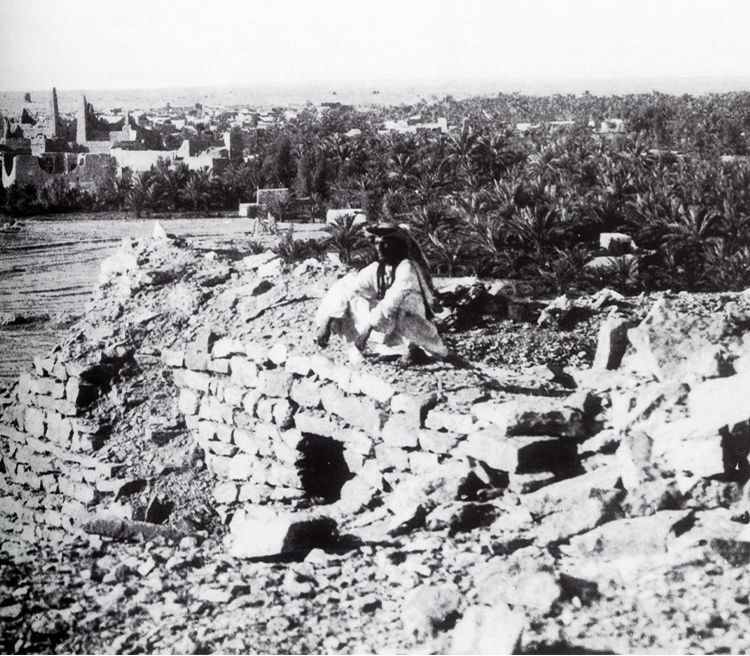
Preparations for the Application for an UNESCO WHS Inscription,
In order to be considered for inclusion on the UNESCO WHS list, site management were required to undertake a host of prerequisite measures:
--The ADA, along with other international, national, and local stakeholders, prepared the extensive documentation required for review by the World Heritage Committee.
--The ADA undertook major works on the site, such as archaeological excavations, artifacts discoveries, safeguarding of the remaining ruins, slowing-down the rate of decay, and management and implementation planning that included both renovation and adaptive reuse proposals.
Reasons For Preserving: Saudi Government
The Management Plan set out for Diriyah is based on its becoming the capital of Saudi tourism; it proposes a vision of economic development based on cultural tourism. This type of tourism focuses on the presentation of the historical, cultural, and religious roots of Saudi identity.
“At-Turaif district in Diriyah was included in the UNESCO World Heritage List. In this district, we travel through time and bear witness of the turning points in the history of Saudi Arabia, when Diriyah was the capital of the first Saudi state, and the home of merchants in the Arabian Peninsula.”
https://www.visitsaudi.com/en/do/culture/at-turaif
“We so often go back to our past because it's so relevant to the future. And we're doing the very best that we can to make sure that we never lose sight of all those valuable lessons we had from 300 years ago.”
Kiran Haslam, chief marketing officer at Diriyah Company, the company behind the development.
Published on 06/05/2023
The group CEO of the Diriyah Gate Development Authority, Jerry Inzerillo, believes that Diriyah offers as much to Saudis as it does to visitors, giving everyone an opportunity to understand the culture, history and traditions of Saudi Arabia.
“For locals, it’s an opportunity to celebrate and reconnect with the rich history and culture they have inherited,” he says.
“For visitors, it is a chance to immerse themselves in a unique and authentic cultural experience, to explore the UNESCO World Heritage Site of At-Turaif and to discover the traditional architecture and natural beauty of this city built from earth.”
Source: https://edition.cnn.com/travel/article/saudi-arabia-diriyah/index.html
Wed February 22, 2023
"It is important to make Saudis aware of their history and proud of their history,"
Thomas Ciolek, senior project manager in Diriyah for the Arriyadh Development Authority (ADA), the government's overseeing body.
https://www.thenational.ae/world/mena/saudi-arabia-s-camelot-to-be-restored-at-cost-of-dh488m-1.39076 0
September 28, 2012
"Ad Diriyah has a special place in the heart of all Saudis. We thank our brothers and sisters at the Riyadh Development Authority for all the extensive work that has been conducted in this historic city as we pause to reflect on the rich history of our nation."
"The site has been carefully preserved and refined to showcase the history of the first Saudi State (1744 – 1818) and invite visitors from around the world to experience Saudi culture and heritage first-hand. Guests will be welcomed into Turaif to walk in the footsteps of kings and heroes starting in 2019."
DGDA Secretary General Ahmed Al Khateeb said
http://www.tradearabia.com/news/TTN_348605.html
December 11, 2018
Celebrating Our Heritage. Diriyah is home to hundreds of stories that showcase Saudi history and traditions. The area hosts various hospitality facilities that serve to emulate the lifestyle of Diriyah’s original inhabitants.
https://dgda.gov.sa/Preserve.aspx
EXTRA
https://www.arabnews.com/node/1418806/saudi-arabia
Now, Al-Turaif district is undergoing a major renovation project to preserve the historically important structures and showcase them as a reminder of the place and time from which the Kingdom’s founding fathers emerged.
1973. EWS convinced King ??????? to initiate a process to preserve Diriyah. A royal decree was issued to preserve the At-Turaif District and restore its heritage buildings. This is regarded as the first conservation effort on Historic Diriyah.
1976. The At-Turaif District was designated as an ‘antiquity’ under the protection of the antiquities act 26M (1972), which resulted in the restoration and reconstruction of some monuments. This law protects the moveable and immoveable ancient heritage registered as "antiquity", a term that can apply to vestiges which are at least two-hundred years old. The Ministry of Education and the Council of Antiquities are responsible for enforcement of the law. This is strengthened by a police department under the responsibility of the governor.
1986. The Arriyadh Development Authority (ADA) proposed a development study that in its first phase included a future directive plan to guide development in Diriyah, as well as a specific proposal for the development of historic Diriyah. Moreover, the proposed study assumed a tentative urban design for the historic area in Diriyah, and included aspects of preserving the built heritage, preserving the historic monuments, and improving public amenities.
2000. The ADA, again, launched its ‘Diriyah Development Program’ (DDP) which included status quo studies, a schematic concept design, identification of public-private roles, and an overall implementation plan. The Diriyah development program consisted of several sub-programs:
(1) an urban development program,
(2) an environment development program,
(3) a heritage and cultural development program,
(4) a socio-economic program, and
(5) a public amenities program.
The conceptual plan segment of the DDP incorporated a vision that took four dimensions into account:
(1) a human-centered development;
(2) a recognized international heritage;
(3) one possessing historic national depth linked to the establishment of the Saudi State;
(4) a site encompassing a local dimension that provides best public services and amenities to promote a better place.
The DDP produced major studies, master plans, as well as commencing the steps essential prior to seeking a UNESCO WHS inscription.
2006. A Royal Decree (MB/5455) dated 19/7/2006 that commissioned the Saudi Commission for Tourism and Antiquities (SCTA) with the task of registering AT-Turaif district in AD-DIR’IYAH within the list of the World Heritage Sites of the UNESCO.
2006. On October 16, 2006, the SCTA formally nominated the site of AT-TURIAF district to UNESCO’S WHS. The application would be considered in the meeting of the World heritage Committee in 2010.
2010. At-Turaif was inscribed by UNESCO on the World Heritage List in 2010.
At-Turaif's World Heritage Site status prompted a concerted effort to restore the district and make it ready for tourists. These efforts brought with them a desire for more modern amenities for visitors, resulting in new structures – such as Al Turaif’s contemporary series of galleries – that sit among the historical buildings, illuminating the story of the First, Second and Third Saudi States.
Ft51: Arriyadh Development Authority (ADA). The Pilot Project: A Training Program for the Implementation of the Conservation Work and Adaptive Reuse of the Domestic Dowelling in Atturaif; Arriyadh Development Authority: Riyadh, Saudi Arabia, 2012. [Google Scholar]
Ft52: Arriyadh Development Authority (ADA). Diriyah Old Town Development Project Work Progress Report; Arriyadh Development Authority: Riyadh, Saudi Arabia, 1988. [Google Scholar]
Ft53: Arriyadh Development Authority (ADA). Diriyah Development Program; Arriyadh Development Authority: Riyadh, Saudi Arabia, 2000. [Google Scholar]
2018. In December 2018, Saudi Arabia launched a restoration program for At-Turaif historic district aimed at documenting the archaeological sites of the district and transforming it into an open museum.[6]
2022. December 2022, ----Diriyah is beginning a new chapter, with the opening of its UNESCO World Heritage Site At-Turaif to the public on 4 December 2022.
The DGDA officially opened the Al Turaif District to the public last December and began welcoming local and international visitors to the historic district.
The Birthplace
COMPLETE FOLLOWING FROM INFO FROM OTHER SECTIONS.
IN CONTAST:
The EWS have attempted to destroy the Bp a number:
The BP had been protected and preserved from ?? to 18?? by every leader of Arabia.
1800sThey portrayed it as a bp with a dome.. when it was clearly a mosque, which was enttirtled to ave a dome, as per /in accordance Islamic custom/practice around the world.
they concelaed the fact that it was a functioning mosque... like other mosques around the GM
-Burkhart 1800s, wanted to destoy a mosque for no valid reason – and id tried to destriy the dome then also: but the dome cd be removed.. despite the fact that it was a mosque and entitled to have a dome.. mosque around the GM
-1926, wanted to destoy a mosque for no valid reason, when aziz arrived a compromise, whereby the BP would remain undamaged, but the dome cd be removed.. despite the fact that it was a mosque and entitled to have a dome - aga amosque can have a dome
cattle market... today a storage area
1950? – tried to destroy, loke other house, but again Abdul Aziz stopped them and mayor built a library over the site to protect it from EWS damage
2016 – with the expansion of the GM, the EWS again attempted to destroy the BP, with excuse that prayer space, imam’s residence.
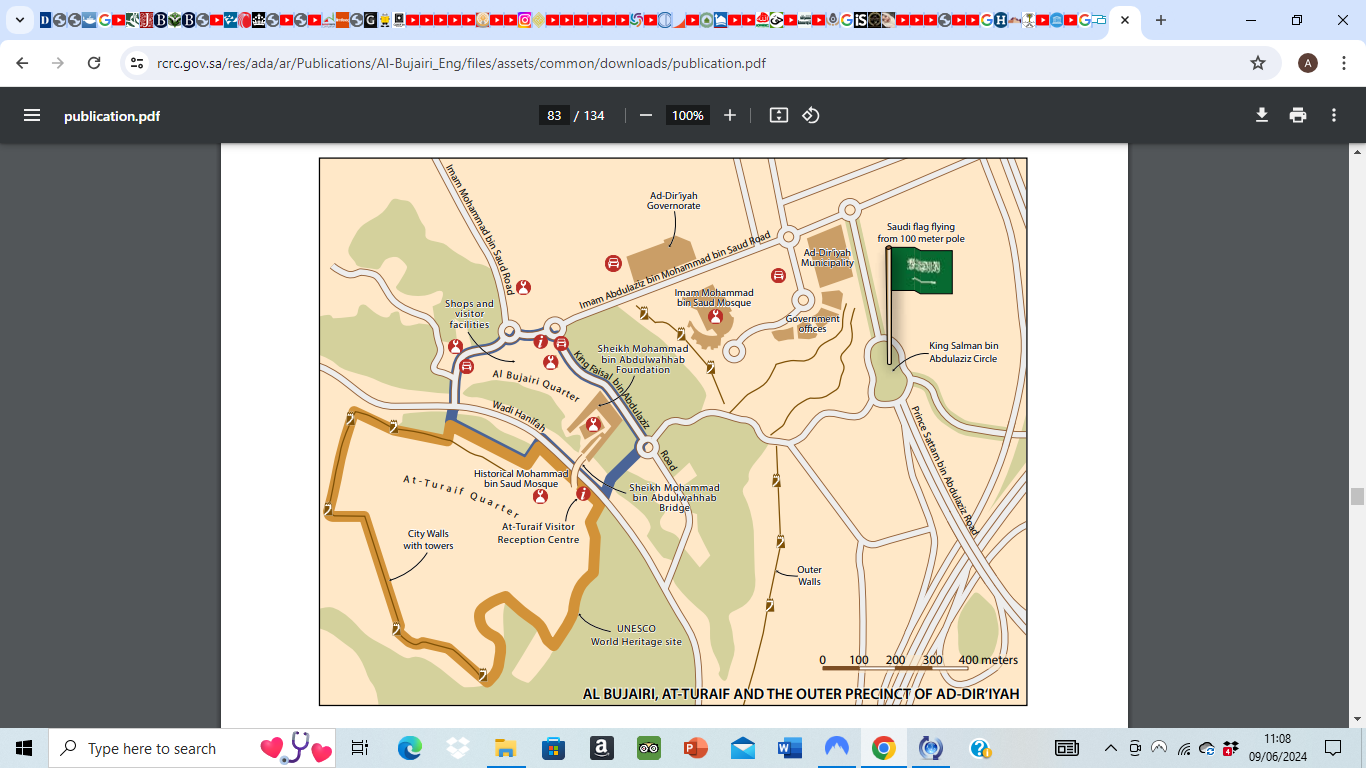
COMPARISON OF TREATMENT
1.The Extent of the Preservation Effort
Diriyah
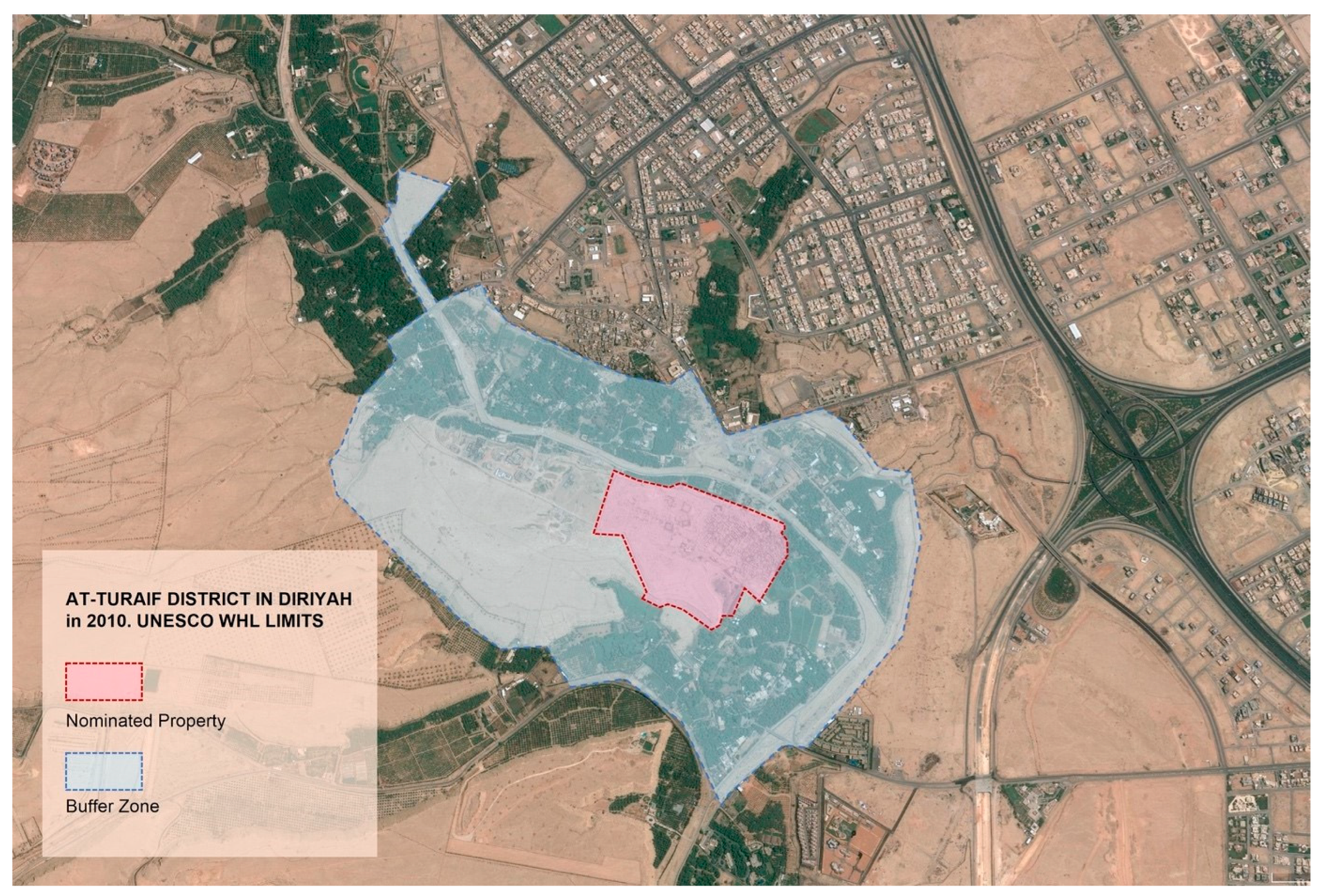
Conserved The Whole Neighbourhood and Established a Buffer Zone
Authorities have strictly controlled the use of the land around the historic area. Whilst the ADA's initial goal was to develop only historic Diriyah, it soon became apparent that the areas and neighbourhoods surrounding it were undermining the quality of the heritage site due to factors such as deteriorating structures and facades, and anticipated new developments, that would erode the high-grade 'historic' atmosphere that the ADA were attempting to create within, and immediately around, the Diriyah site, and lower the overall value of the site in the perception of visitors.
To enhance the integrity and appeal of the site, the following measures have been implemented:
- As well as preserving the core historic buildings, authorities have also preserved the entire traditional neighbourhood around these buildings in order to retain the context and a backdrop sympathetic to the historic structures.
- Preserved the desert and oasis environment, which surrounds/ around the historic area, from the urban development that is taking place in “modern” Diriyah.
- Granted the ADA the power to control the evolution of nearby agricultural and urban settlements.
- Formed a Buffer Zone around the preserved area to safeguard it from developments or other changes which do not have a direct connection with the historic area or would be considered out of character for the setting.
The Zone also protects views from and towards the site.
“We are trying to keep the atmosphere of Addiriyah - the nature, the colour, the original architecture.”
Abdullah Arrakban, the urban development manager for the High Commission for the Development of Addiriyah.
https://gulfnews.com/world/gulf/saudi/abdul-wahabs-legacy-honoured-with-new-centre-1.1602627
Abdul Wahab’s legacy honoured with new centre
October 18, 2015
"In their preliminary survey, the landscaping contractors Bödeker were concerned about the rapid expansion of the outer suburbs of Riyadh and possible encroachment on ad-Dir‘iyah and its setting. The site was already popular with local and Riyadh residents flocking to picnic on the east bank of Wadi Hanifah and enjoy the fine views of at-Turaif. This hinted at the way forward: by consolidating visitors’ established habits, encroachment could be minimized, thereby preserving the area’s identity. A balance had to be struck between the goal of preserving the site in a sensitive and yet visitor-friendly manner, and the needs of the expanding urban population and local farmers.
The team approached the problem from the outside by determining through the eyes of a visitor how the access roads affected the area and what infrastructure was required. The priority was to ensure minimal impact on the traditional landscape which also comprised various tributary wadis meandering into Wadi Hanifah." fn1
FN 1
Page 80
Al Bujairi: Heart of the Call
[[m. commissioned by]] The High Commission for the Development of Arriyadh and the Historic ad-Dir‘iyah Development Programme
Medina Publishing, 2015
https://www.rcrc.gov.sa/res/ada/ar/Publications/Al-Bujairi_Eng/files/assets/common/downloads/publication.pdf
The Birthplace
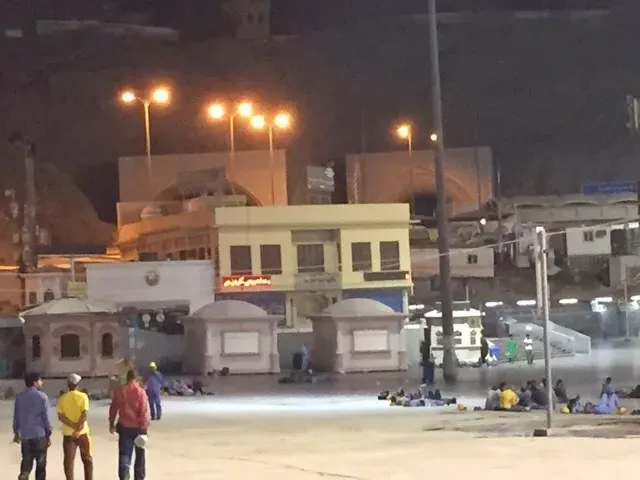
The treatment of the Birthplace is in sharp contrast to the to the heritage in Diriyah.
Every building around the Birthplace has been obliterated. The Birthplace now sits, surrounded by a grey rendered boundary wall, and a sea of black road tar, and grey paving.
The Birthplace's ancient backdrop, the majestic Mount... has been reduced in size by being dynamited.
No buffer zone has been placed around the Birthplace to control out-of-character alterations. Consequently, the area around the Birthplace is now populated with developments that have no connection with the Birthplace, and serve only to diminish, what should be, a "historic" aura around the birthplace: a road, vehicle parking spaces, tunnels, and numerous administrative and commercial structures have been allowed to be built in close proximity to the Birthplace.
UNESCO
The fact that uncontrolled development can adversely impact heritage sites, has led to the majority of World Heritage sites (WHS) having a buffer zone. While these protection areas are not mandatory around WHS, most countries insist on incorporating them into their conservation designs to not only enhance the overall setting of the site, but to forestall the inevitable pressure/demands for development opportunities around the site.
Perhaps this is one reason why, despite the abundant heritage in and around the Grand Mosque, the ews has not allowed the Mosque to be nominated for a listing on the WHS. If the holiest site in Islam, [Mosque] became a WHS like its counterparts/the holiest sites of other religions, such as the Christian Vatican, the Jewish ??Al Aqsa-Mount, the ~hindu, the Bhuddist....., then structures around the Mosque which were related to the Prophet saw could not then be destroyed, the hotels and malls near the Mosque would not be permitted to be built, and in fact, any new development which was considered by UNESCO's to negatively affect the World heritage site, carries the risk that the site may be admitted to the list of endangered World Heritage.
By destroying many of the qualities of the Mosque that would have been used as grounds for its inclusion in the WHS register - the historic sections of the Mosque, and the 1500 year old homes and other by buildings around the mosque - and then surrounding the Mosque with over-sized, ultra modern buildings and infrastructure, the ews have made it more difficult to apply for WHS listing
The character and view of the Birthplace site, has been changed...
Worthy and Unworthy History Historic Properties
How is the history prevalent Diriyah and Mecca perceived by the EWS - the ease with which the ews were willing to lose the
“It has very high historical value for the government and for us.”
Abdullah Arrakban, the urban development manager for the High Commission for the Development of Addiriyah.
October 18, 2015
https://gulfnews.com/world/gulf/saudi/abdul-wahabs-legacy-honoured-with-new-centre-1.1602627
That the history of Diriyah is valuable for the ews - both to preserve and to share with the world - is evident from the investment that the ews have encouraged in Diriya, as well as the justifications put forth.
--Whereas the ews have spent decades erasing/deleting the history of the Prophet saw and 1400 years of orthodox Islam, for being irrelevant, they celebrate a millennium-and-a-half of Diriyah's history:
In its description [section] [for ] of the Diriyah Gallery, the official website for the Bujairi area within Diriyah, ((https://www.bujairi.sa/en/at-turaif), states:
"Journey through more than 1400 years to discover the stories of the many people of Diriyah, from its earliest inhabitants to the House of Saud".
https://www.bujairi.sa/en/at-turaif
"Military Gallery - This gallery charts the long Saudi journey for freedom", and "the rise of the Emirate of Diriyah...."
https://www.bujairi.sa/en/at-turaif
--https://www.visitsaudi.com/en/destinations/diriyah/attractions/at-turaif
In this district [Diriyah], we travel through time and bear witness of the turning points in the history of Saudi Arabia, when Diriyah was the capital of the first Saudi state, and the home of merchants in the Arabian Peninsula.
At-Turaif district allows you to tour among the evidence of the birth of the first Saudi state.
--The masterplan for Diriyah included some of the foremost specialists within Saudi Arabia and internationally, individuals and companies who understood the great value of history and were committed to protecting, and prolonging, its existence.
“Diriyah is being crafted with an eye on the future, ensuring that as we move forward, we don’t lose sight of where we’ve come from.
Gerard “Jerry” Inzerillo, Group Chief Executive Officer, Diriyah Gate Development Authority (DGDA)
https://i-m-magazine.com/travel/diriyah/
“We are trying to keep the atmosphere of Addiriyah - the nature, the colour, the original architecture,” Arrakban said, fingering blue prayer beads while being interviewed in his book-filled office. USE IN FACADES BELOW
October 18, 2015
https://gulfnews.com/world/gulf/saudi/abdul-wahabs-legacy-honoured-with-new-centre-1.1602627
Don't destroy heritage
--The importance of ensuring that the infrastructure needed to service increased tourism, does not come at the expense of a city's heritage, is accepted by Gerard “Jerry” Inzerillo, Group Chief Executive Officer, Diriyah Gate Development Authority (DGDA)
"It’s a balance of preservation and innovation, a testament to the belief that the best way to honour our past is to ensure it has a place in our future,”
https://i-m-magazine.com/travel/diriyah/
Converting Heritage Sites into Museums
Instead of destroying them
Diriyah
Prior to the current preservation and development of historic Diriyah, the vast majority of buildings in the district lay derelict, unused, and unvisited by both tourists and locals alike.
The overhaul of Diriyah encompassed limited restorations to the vast majority of structures, deliberately leaving them roofless and, generally, in the same state of dilapidation as they were found, in order to create an "open-air" museum. However, a number of the more prominent buildings, such as the residences of 17th Century members of the Saud Family, have been restored and converted into conventional "indoor" museums:
Converted to Museums
● Qasr Salwa has become Diriyah museum.
● Qasr Omar bin Saud, and neighboring buildings, have jointly formed the Social Life Museum.
● The mud buildings north of Qasr Thuniyan Bin Saud , have been combined with the historic stables south of Imam
Abdullah Bin Saud palace to create the Horse Museum.
● Qasr Thuniyan Bin Saud Palace has become the Military Museum.
● The buildings of the Beit al-Ma’al and Sabalat Moudhi have become the Museum of the Treasury.
Converted to administrative offices for the benefit of the Al-Turaif site:
● Qasr Ibrahim Bin Saud hosts the central offices of King Abdulaziz Foundation in addition to the documentation and
research center.
● Qasr Fahd Bin Saud has been turned into Al-Turaif's Administration Headquarters.
Other notable buildings that have been preserved:
● The Guest House and At-Turaif Bath House
● Imam Muhammad bin Saud Mosque, a mosque built first during the reign of Imam Mohammad bin Saud (1687–1765). The building fell into ruins after the invasion of 1818 and the disappearance of the first Saudi state; only part of the structure on eastern side survived to the 1970s and is still preserved. A small mosque was built on the south-west corner of the site some time in the first half of 20th century. Subsequently the location was excavated to reveal the large hypostyle mosque of the 18th century. The modern mosque was replaced with a traditional building as part of the development under the UNESCO heritage programme.
● Qasr al-Uja is a large Saudi royal palace erected adjacent to the old city on the south bank of Wadi Hanifa.
● The mosque of al-Zawiharah is located in the al-Bujairi Heritage Park and is an old traditional building, restored and reopened in 2014. It is notable for the underground chamber or khalwa, a feature encountered in the older mosques in the Najd region.
The mosque of al-Sarikhah is a modern building made in the traditional central Arabian style. It is located on the west side of the al-Bujairi Heritage Park.?????
The mosque of Nakhil al-Dhibah is located a short distance to the west of the old city, in the farm of Sultan Bin Salman. It is built in the traditional central Arabian style.?????
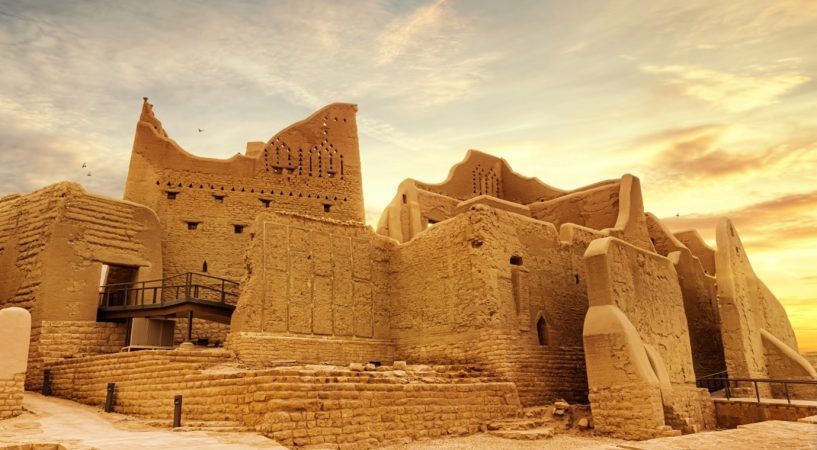
Salwa Palace
The palace was the home of the first three Al-Saud rulers, and the location from which the affairs of the first Saudi state were conducted.
The palace housed administrative offices, councils of the imams of the first Saudi state, and first Saudi state’s treasury.
Its storied past is told through the displaying of artifacts, replicas, hand-written manuscripts, paintings, and documentaries.
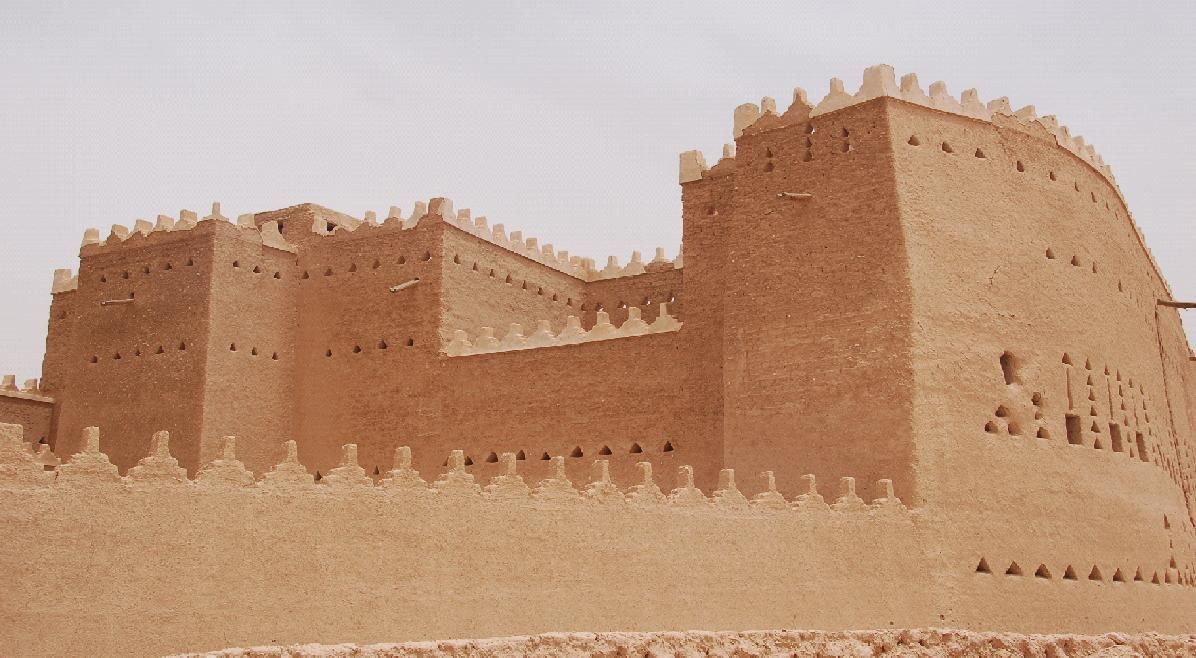
Saad bin Saud Palace
The site is one of the largest palaces in At-Turaif and is famous for its courtyard, which was used as a stable.
Saad bin Saud was the son of Imam Abd Allah bin Saud al Saad (d. 1819) and played a prominent role in the battle for the city in 1818.
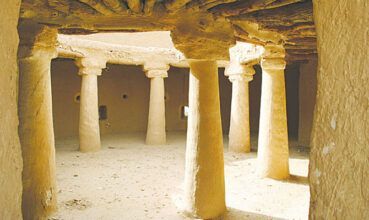
The Hamam At-Turaif is also known as the At-Turaif Bathhouse and Its Annexes
The Bathhouse is famous for its different architectural styles and the unique dome covering the bathhouse. Its structure consists of a number of small courtyards surrounded by rooms. The site was supplied with water from a well in the Wadi.
The Bathhouse was used not only for cleansing, but also as a venue for physical exercises and the treatment of various diseases.
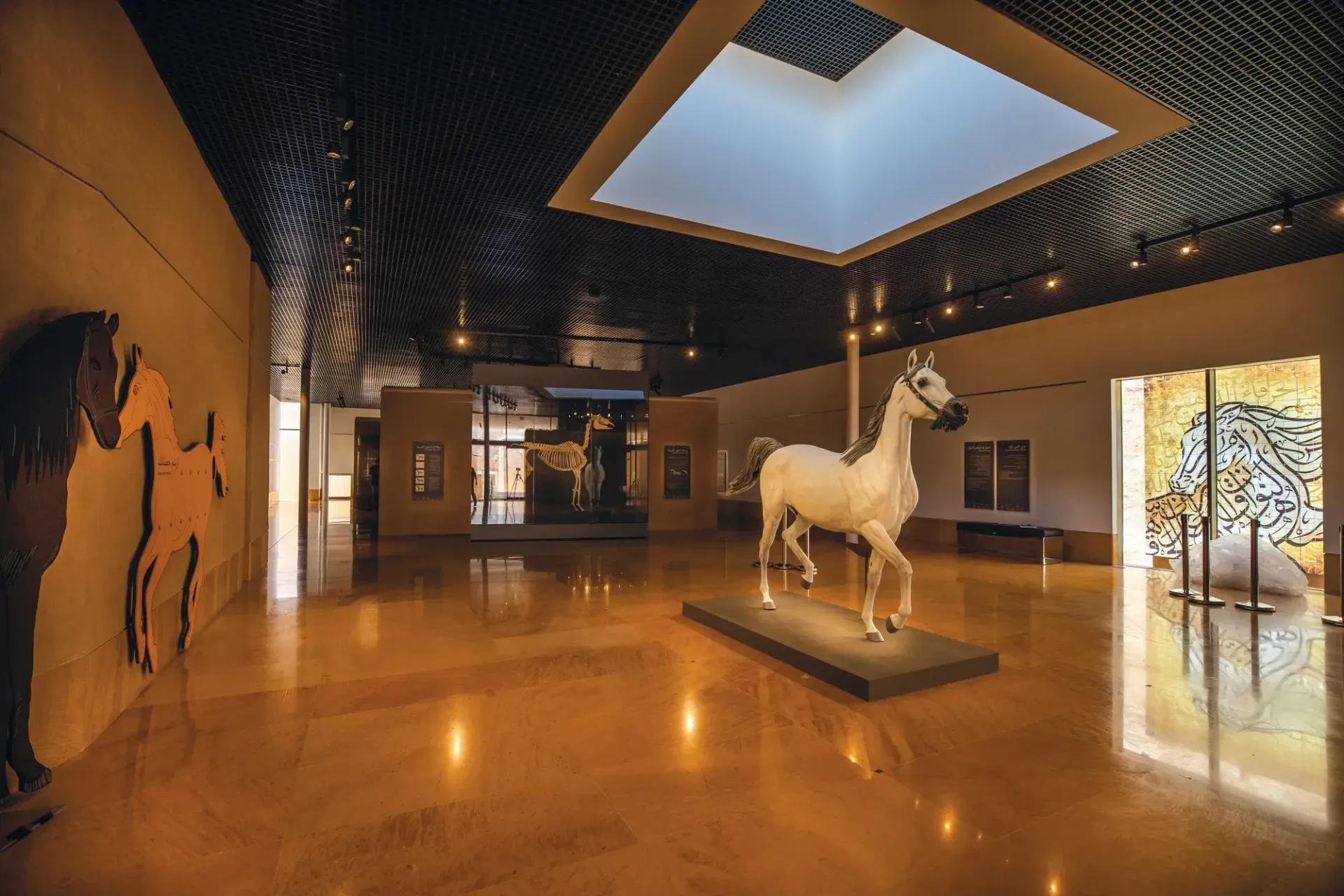
Horse Museum
The Horse Museum is a tribute to the Arabian horse. It sheds light/gives an in-depth look/showcases into the vital roles horses played in the Kingdom’s history including in warfare, trade and transportation.
The museum houses many replicas of important documents that detail the names of thousands of horses owned by the Al-Saud family at that time.
The museum also contains a selection of living horses to shed light on their breeds and taming techniques.
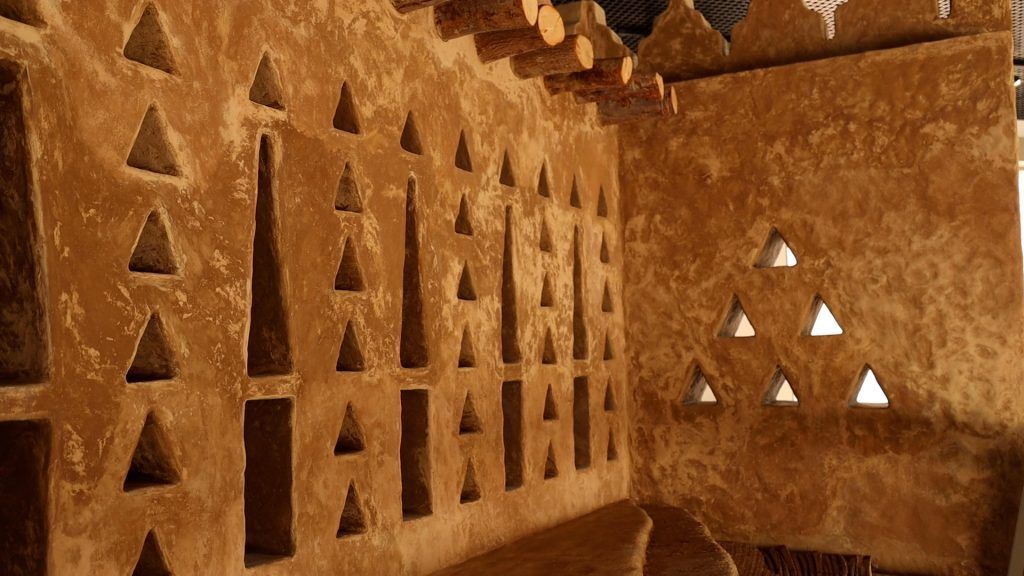
Museum of Traditional Architecture
The museum focuses on the first Saudi state’s architectural development and the present-day role of preserving the local UNESCO World Heritage Site.
The museum displays replicas of the buildings and techniques used to build structures, from foundations, plastering to decoration.
On display are audio-visuals displays and images that show the original process of creating each of the mud bricks and mud layers to form the foundation of the structures.
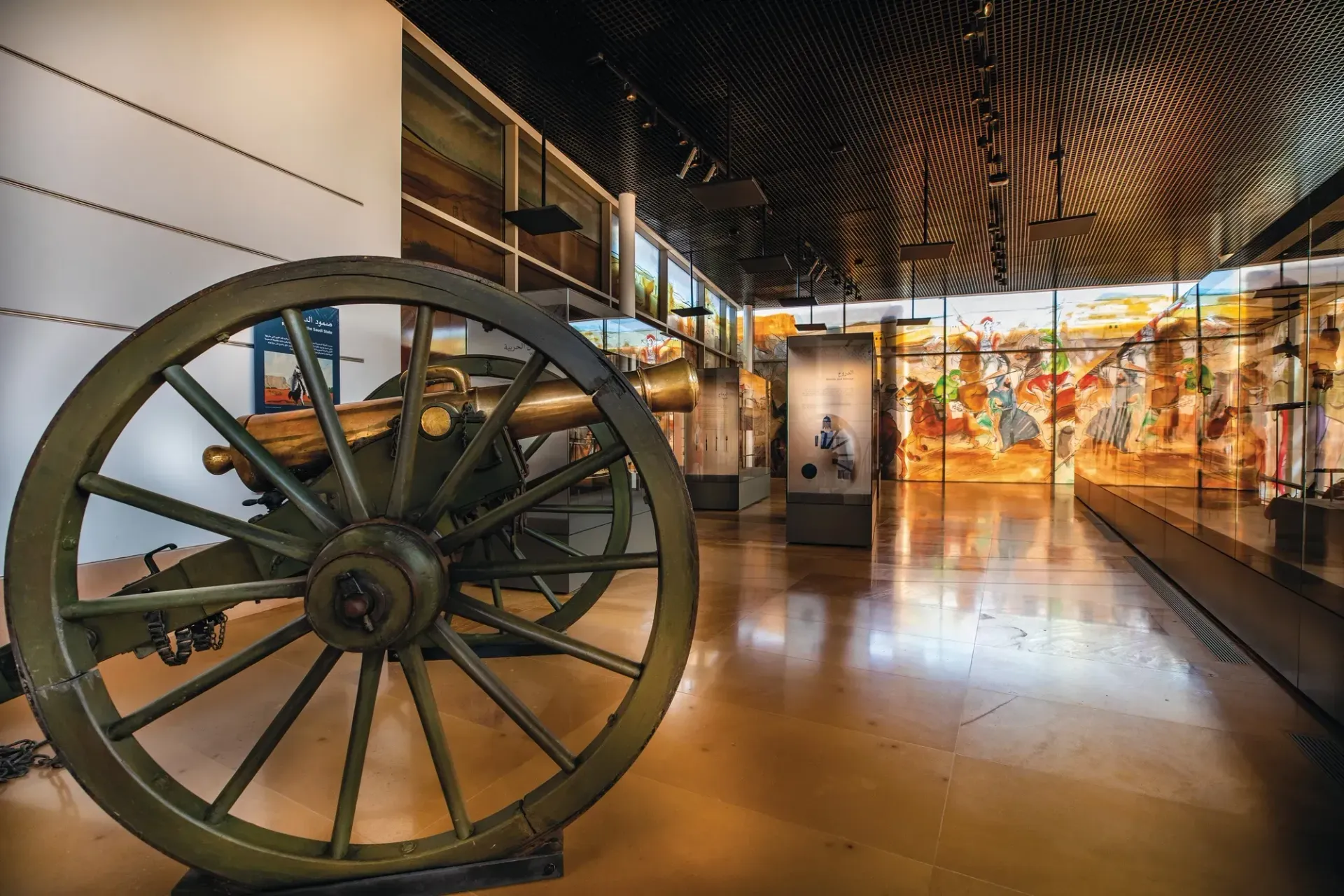
Military Museum
Diriyah was home to one of the largest firearms markets in the region. The military museum displays replicas of weapons used during the First and Second Saudi States, including arrows, guns, and cannons.
The museum also showcases foreign military equipment, as well as a selection of ships that carried weapons cargoes at the time, including British and Saudi warships.
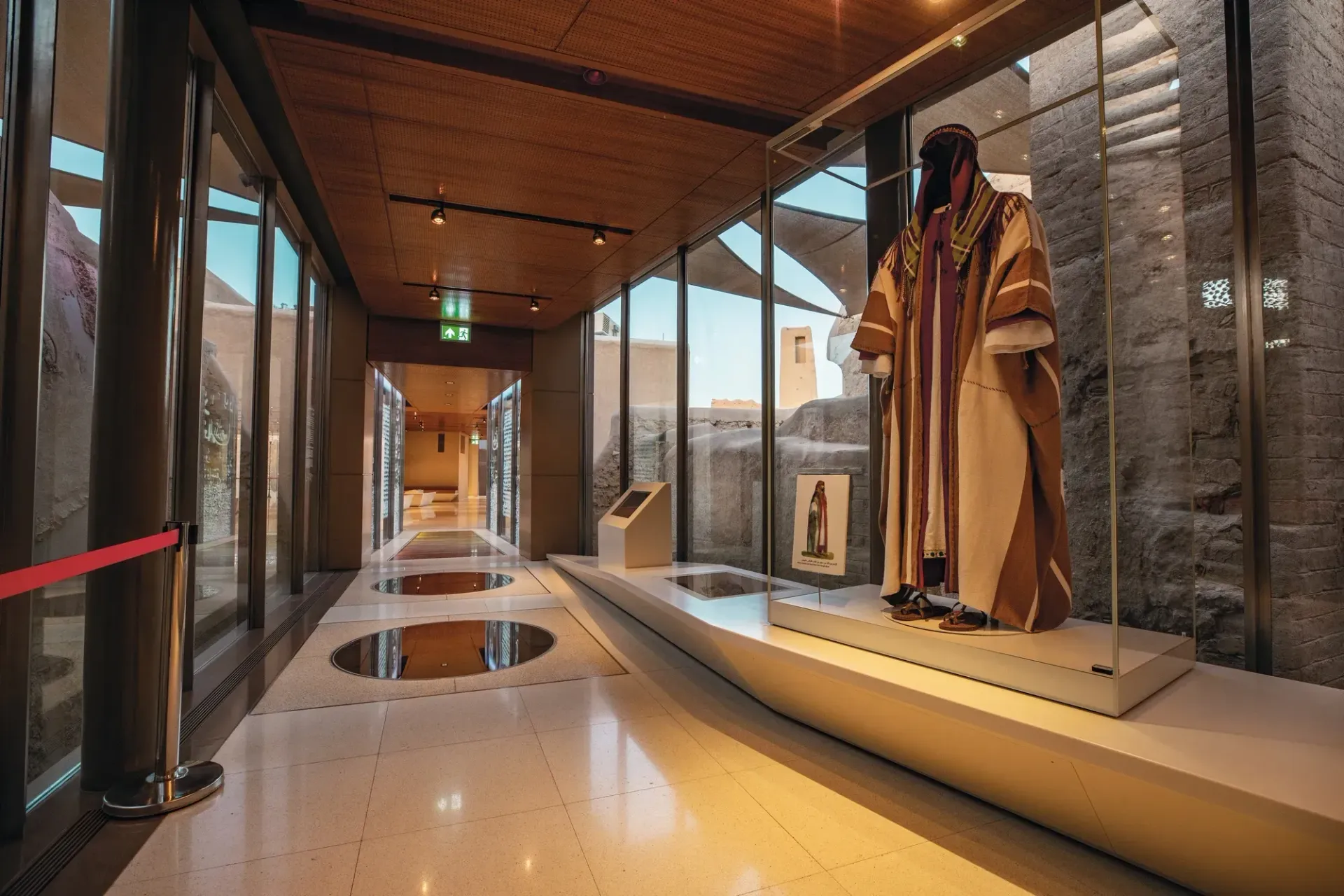
Social Life Museum
The Costume of Imam Abdullah bin Saud displayed in the Social Life Museum.
The museum houses examples of courtyards, bedrooms, kitchens, prayer areas, and guest rooms that would have been found in At-Turaif residences.
The site also contains displays of traditional clothing and furniture.
Through it's various displays, the Museum offers a detailed insight into community life during the era.
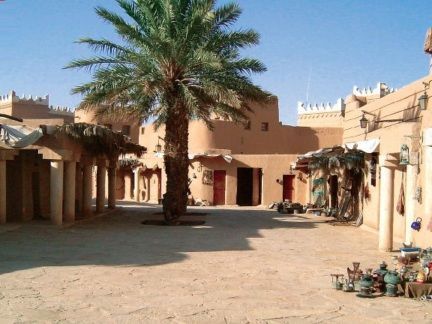
The Treasury
The Treasury highlights the economy and financial system of historic Diriyah, its numismatics, trade, and taxation system.
The exhibits include the various currencies used, as well as the system utilized to run the affairs of the Treasury.
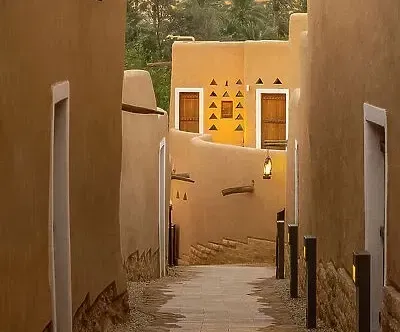
House For Rent
Some of the mud dwellings from the first Saudi state have been fully restored in order to make them suitable for habitation. These are now available to rent, allowing visitors to experience the intricacies of Diriyah’s past.
The Birthplace
There were a?? buildings in Mecca that the Muslim world wanted to have preserved, and could have been converted into Museums. Unlike At-Turaif, where the buildings lay derelict and unvisited for decades before they were turned into museums, the buildings in Mecca were visited daily by large numbers of overseas visitors and locals, and were fully functioning mosques or schools, up-and-until the date they were destroyed by the ews.
the holy sites and surrounding cities should confer a contemplative silence and a settled, reverential atmosphere.
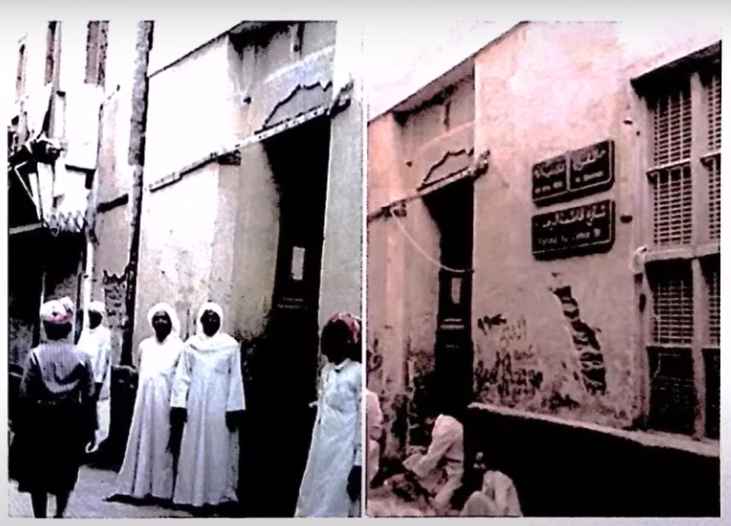
This House of Khadija was regarded by the Muslim world, as the Fourth holiest site in Islam up and till the time it was destroyed.??It had immense significance for Islam:
The Prophet saw lived here for 28 years.
The Archangel Gabriel visited the Prophet saw here on numerous occasions.
The Prophet saw received some of his first Divine revelations whilst in this house. The area in the building where the revelations used to descend was subsequently named [known] as the Dome of Revelation.
Five of the Prophet's saw children, Umm Kulthum, Ruqqaya, Zaynab, Fatima, and Qasim, were born in this house.
In this house, Khadija became the first person to accept Islam.
It was here too that Ali bin Abi Talib, who grew up in the house, and would become the second Caliph, joined the religion.
In 1950, the ews attempted to obliterate all traces of the House. In response, the Mayor of Makkah, Sheikh Abbas Yousuf Qattan, obtained control of the house of Khadija [from king] and preserved the site by concealing the remains of the residence under layers of soft sand and constructing a school above it. The school was given the name “Sayyid Abbas School.”
In 1989, the school was been demolished, and a large block of public toilets built directly on top of the site.
There has been widespread criticism of this decision, with commentators pointing out that rather than respecting and venerating one of Islam's most sacred sites, visitors "urinate and defecate" on it 24 hours a day.
The site is located by the Marwah exit.
###################
https://www.islamveihsan.com/peygamberimizin-savdogdugu-ev.html SAYS::
The Prophet saw lived in this house for twenty-eight years until the migration, and his children, except Ibrahim, were born here. During the reign of Suleiman the Magnificent, the house, on which a dome was erected and two high mihrabs were built, was converted into a mosque, and the birthplace of Hazrat Fatima (may Allah be pleased with her), which was highlighted with a small dome, was later enclosed in a cage. The room adjacent to the northern wall of the mosque was also the place where the Messenger of Allah (peace be upon him) worshipped. This place, which was used for Quran education and teaching for a while in the 20th century, was demolished in 1993
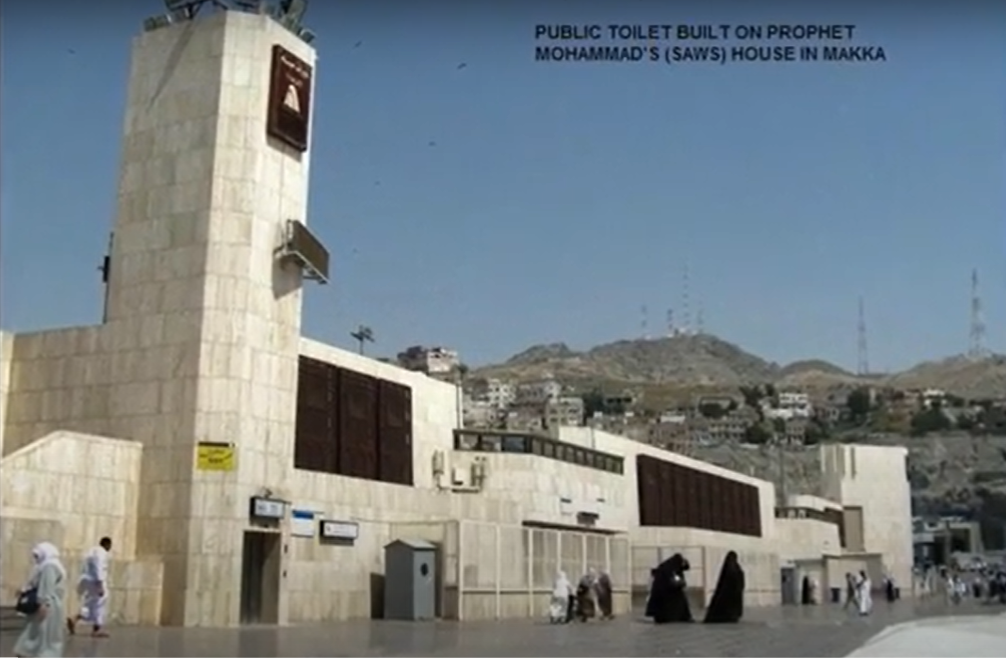
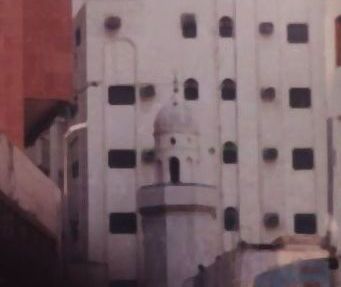
The home of Abu Bakr was the setting of one of the most momentous events in Islamic history: it was from here that the Prophet saw, along with Abu Bakar, commenced the journey of hijrah (migration) to Madina.
The hijrah substantially transformed the environment and prospects of the nascent Muslim community:
The group transitioned from the conditions of Mecca, in which they were a marginal [small-scale] and fragile movement, defenceless and continually subjected to [suffering exclusion and] persecution, and under [suffering] severe restrictions on how they could practice their faith, and who they could proselytize;
To Madina, where they were able to establish a Muslim nation with social, political, and economic independence, where they enjoyed security and became a regional power, and where, through basing the nation's governance, economic system, social interactions, as well as everyday life, on Islamic principals, Islam was - for the first time - looked upon as a comprehensive religion.
The significance of the hijrah led to the Muslim community designating the year in which the Hijira occurred, 622, as the first year of the Islamic calendar.
As with the Birthplace, Abu Bakar's house was also later converted into a mosque, and due to its role in the migration, the mosque was named Masjid-e-Hijrah.
Location
The house was located in Mohallah Misfillah (Area of the slope), at the site of the current Makkah Towers Hotel.
Destroyed
The House was demolished in 1990.
[[The migration was the transitional line between two significant periods within the history of nascent Islam; the era of Makkah and the era of Madinah.]]
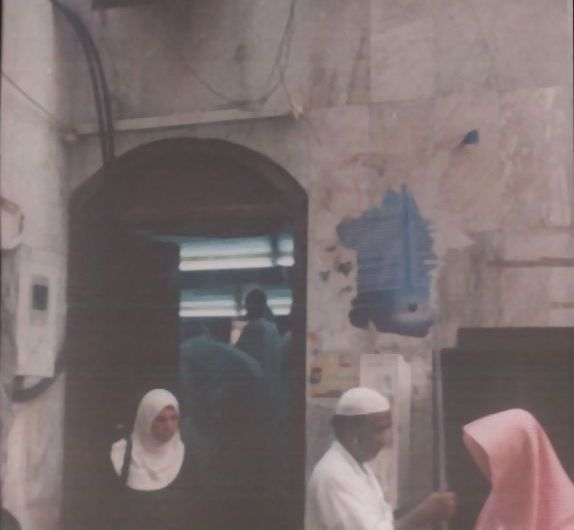
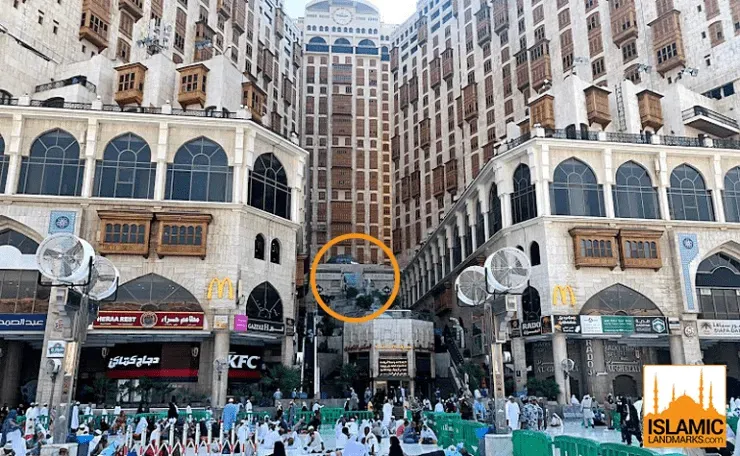
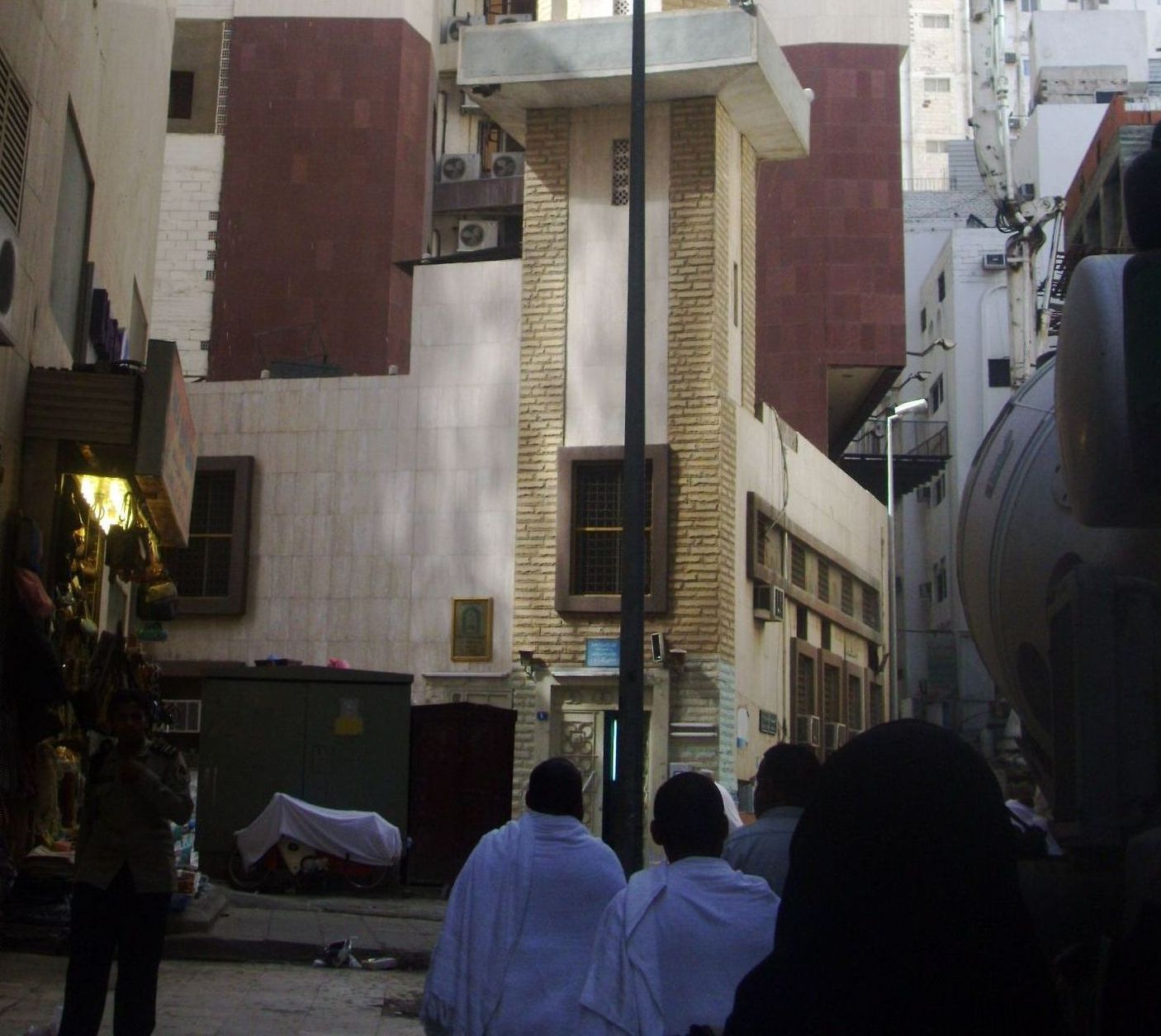
Hazrat Hamza ibn Abd al-Muttalib, commonly known as Hamza, was a prominent figure amongst the first Muslims. His house was preserved for numerous reasons:
Hamza was a close relative of the Prophet saw. Hamza's father was Abdul Mutallib, who was also the father of Abdullah (father of the Prophet (pbuh)), which made Hamza the paternal uncle of the Prophet (PBUH).
Hamza was the 39th person to accept Islam, and this historic event occurred just 3 days prior to the conversion to Islam, by Umar, the future second Caliph of Islam.
Hamza was a member of the Quraish tribe and enjoyed a distinguished position in Meccan society. His conversion to Islam had a considerable impact on the propagation and expansion of Islam. Such was his prominence within Mecca, that when he accepted Islam, many others in the city followed suit.
Hamza played a crucial role in defending the Prophet saw and the early Muslims from the harassment and persecution they faced in Mecca. He confronted those who opposed Islam, both verbally and physically when necessary. His presence and protection provided a sense of security to the Muslim community.
The Prophet saw said, “Gabriel came to me and informed me that Hamza ibn Abd al-Muttalib is written among the inhabitants of the seven heavens....”
fn:The Prophetic Biography by Ibn Hisham, Vol. 3, p. 102.
This the house in which Hamza resided when he accepted Islam. The house was subsequently turned into a mosque, and was known as Masjid-e-Hamza.
It was located in the same street as the house of Abu Bakar, approximately at the site of the current Makkah Towers Hotel.
The House was demolished in 1990.
[The house of Hamza,which was located behind the Hilton hotel near Sharai Ibrahim Al Khalil Street — was also recently demolished to make way for luxury hotels.]
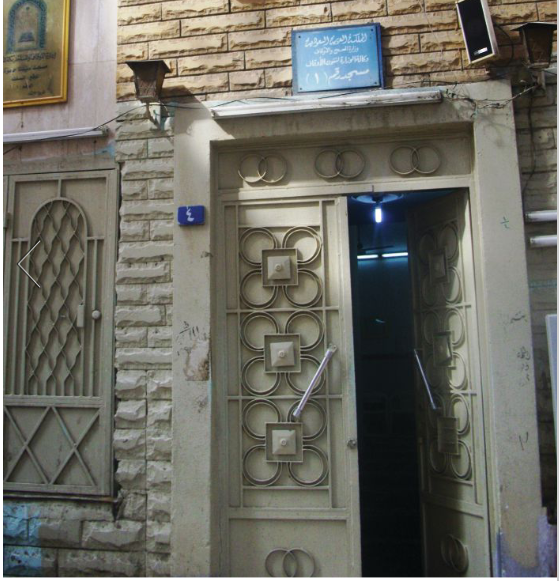
extras:
page 71[[85]]
The Mosque of Abu Bakr As-Siddiq is another significant and important monument (Figure 3-21). Abu Bakr was the first Khalifa of Islam after the death of the Prophet and his closest friend. Abu Bakr migrated with the Prophet from Makkah to Madinah. The mosque was demolished in 1985 for a large commercial hotel complex beside the Holy Mosque.
####
The house of Khadijah Bint Khuwaylid is extremely important in Islamic history. Khadijah, the first wife of the Prophet, was the first woman to believe in the message of Islam. She strongly supported her husband, who lived in this house for a long period oftime. The house was recorded by Al-Batanumi and Rifat Basha. Their descriptions were identical even though they were separated by over 600 years (Figure 3-19). It was a terrible loss when the house was demolished in 1985 after it had survived for 14 centuries. It was shameful to wipe out one of the most important monuments in Islamic history. The house held a great importance because it was the site in which the change of prayer away from Jerusalem and towards Makkah occurred. In its place a public toilet stands today, a sad commentary indeed.
####
The Mosque of Bilal is an important religious monument. Bilal was a black slave who suffered greatly under the masters of the Quraysh until Abu Bakr bought and freed him. Bilal was the first Moa'dhen (one who calls for prayers) in Islam. He had a superb voice and was the favourite Moa'dhen of the Prophet (Figure 3-22).
####
The House of Abdullah ibn Abd-Al-Muttalib had a very significant religious and historic importance because the house was the site of the Prophet's birth in 570 AD. The house was described by Al-Batanumi in 1327 AD as well as by Ibrahim Rifa'at Basha in 1908 AD. They described a very simple design and the room where the Prophet was born (Figure 3-23). The floor of the house was 1.5 metres below street level. For more than 13 centuries Muslims maintained this monument until it was recently demolished to make way for a public building project.
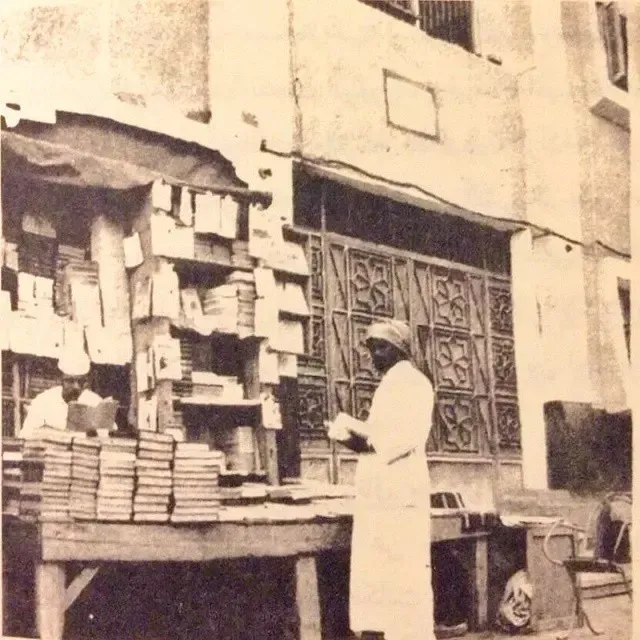
The House of Islam (Darul Arqam) lent tremendous service to the Prophet saw, during the early period of his saw mission. It was a refuge for the Muslims, from the oppression of the Quraish tribe, and a centre for the teaching and calling others to the new faith.
Arqam
The house belonged to a Companion of the Prophet saw, named Arqam bin Abil Arqam. Arqam believed in the Prophet's saw call from the very beginning, and was the seventh person to accept Islam.
The Sanctuary
The maltreatment of the Muslims by the Quraish, ensured that the Muslims could neither worship nor implement their religion adequately.
While the Prophet saw preached and practiced his faith openly, he became concerned over the impact of the Quraish onslaught on the vulnerable new converts.
To protect his followers, the Prophet saw chose Arqam's property as a safe haven for them, as it was located away from the Quraish-populated district. The Prophet saw advised the new converts to conceal their faith in public, in both word and deed, and to use Arqam's house, as a secure place to meet, pray and learn about the faith.
Due to the Prophet's saw efforts to comprehensively teach the faith to the new Muslims, Arqam's house was also known as the first school in Islam.
New Converts
At the time that the House of Arqam was selected, approximately thirty people had embraced Islam. Thereafter, many more Meccans converted to Islam in the House of Arqam, including the celebrated Uncle of the Prophet saw -Hamza ibn Abdul Muttalib, and the future Caliph -
Umar ibn Al-Khattab.
Quranic Revelations
Numerous verses of the Quran were revealed in the House including the following verse from Surah al-Anfal:
“O Prophet, Allah is sufficient for you, and for those who follow you among the believers.” [8:64]
Transformation
In 171 AH, the House of Arqam was converted into a mosque by Khaizuran bt. Ata, the wife of Caliph al-Mahdi (and the mother of Caliph Harun al-Rashid). Later, in its history, the House was known as/entitled the House of Islam (Dar Al-Islam).
Location
The House was located approximately 36 metres to the east of Sofa Hill.
Destruction
The House of Arqam was destroyed in [1980s]1989.
Photograph of House of Islam (Daarul Arqam) area taken in 1920. : from: https://www.islamiclandmarks.com/makkah-haram-sharief/daarul-arqam #### 1920 - Photo of a street bookseller, near the entrance to Safwa and Marwa. ... The vicinity of this gate and bookseller is the approximate location of Darul Arqam or House of Al Arqam. ...: https://sohabih.blogspot.com/2024/05/abu-abdullah-al-arqam-bin-abi-al-arqam.html
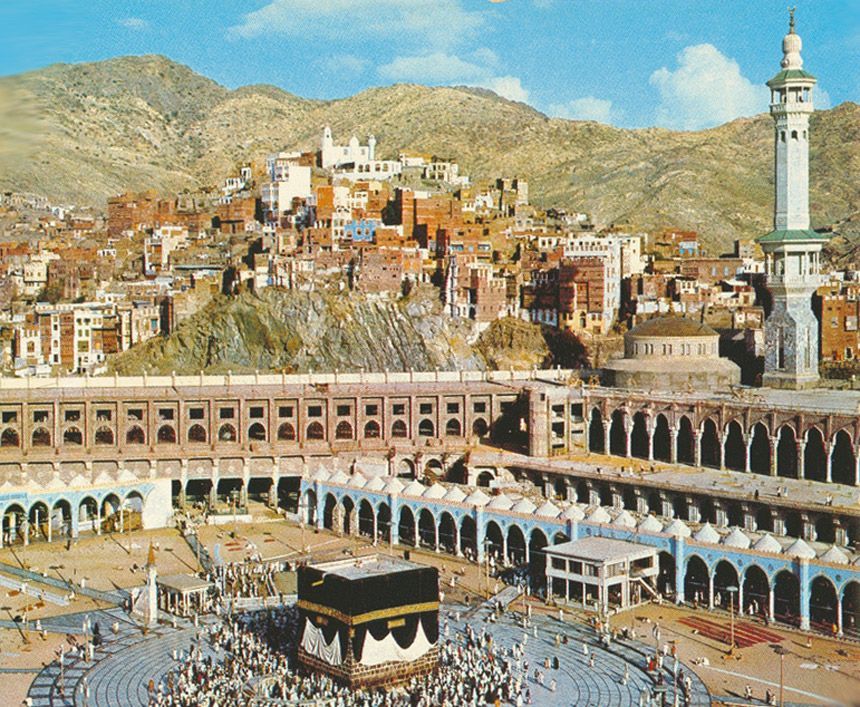
Mount Abu Qubais is located in close proximity to the Kaaba. The mountain's western wall, named “Fadih”, faces the Kaaba and has witnessed some of the greatest events in human history:
The First Mountain.
According to the Meccan historian al-Azraqi,
Mount Abu Qubais was the first mountain to be created by God on earth.
The Prophet Adam. According to the historian al-Ya’qubi, when the Prophet Adam, and his wife Eve, descended onto the earth, they landed near Mount Abu Qubays. Overwhelmed with sadness, Adam descended into a cave within that mountain, and called upon God to sanctify the space.
When God commanded Adam to construct the Kaaba, it is believed that Adam used rocks from mount Abu Qubais to build the Kaaba.
The grave of Prophet Adam is believed to be situated in the vicinity of Mount Abu Qubais. According to at-Tabari, the Prophet Adam died at the foot of Mount Abu Qubais and was subsequently buried there. Other historians believe that he was buried within a cave of Abu Qubais.
The Prophet Noah. During the Great Flood in the time of Prophet Noah S, the Hajar al-Aswad was safeguarded on the mountain.
The Prophet Abraham. Abraham stood on Mount Abu Qubais and called mankind to come and worship God.
The Prophet Muhammad saw. After receiving the call to prophethood, it was on mount Abu Qubais where the Prophet Muhammad (PBUH) stood to preach Islam publicly.
It was on Mount Abu Qubais, that the Prophet Muhammad saw stood when he performed the miracle of splitting the moon.
The Qurayshi polytheists had demanded a sign of the Prophet's saw prophethood. In response, the Prophet saw supplicated to God, and his prayer was answered by the splitting of the moon into two distinct portions. One segment appeared above Mount Abu Qubais, while the other descended below its peak. The Prophet saw then re-joined them once again on the demand of the polytheists of Makkah.
The Hour draws near; the moon is split in two....
[Surah al-Qamar, 54:1-2]
The Prophet ﷺ split the moon into two, standing on Jabal Abu Qubais.
Destroyed
Significant sections of Mount Abu Qubais,
a historic mosque dedicated to the Prophet's saw Companion, Bilal, as well as other notable structures on the mountain, were destroyed in 1980.
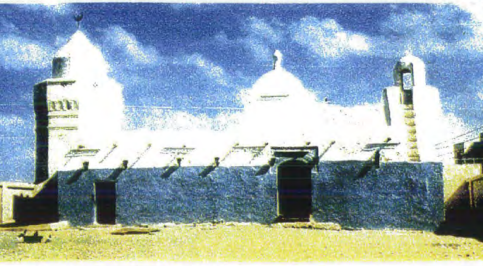
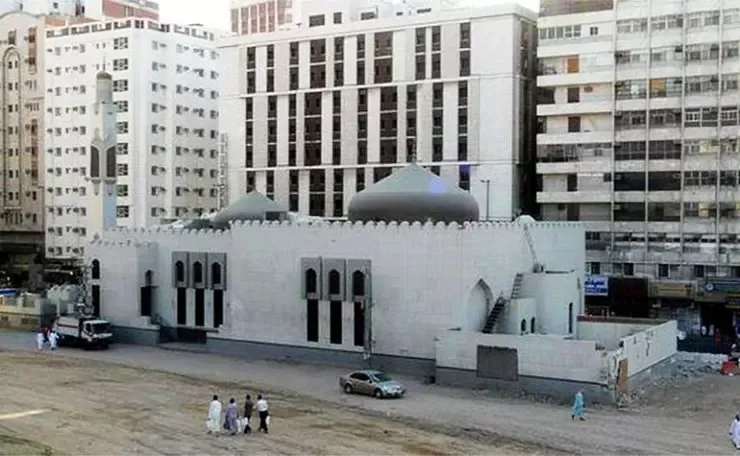
Masjid al-Rayah
Masjid al-Rayah (Mosque of the Flag) was a mosque built on the site where the Prophet saw had a flag erected upon his entry into Mecca, during the peaceful Conquest of the city in 630 CE.
The companion Abdullah Ibn Abbas built the mosque over the site as a monument to commemorate the Prophetic act.
The Prophet saw destroys the idols
The regaining of Mecca, was a precursor to a major milestone in the establishment of the Islamic faith and the spread of monotheism: the cleansing of the Kaaba.
The Kaaba is viewed by Islam as a symbol of the Oneness of God. However, under the Quraish's control, the shrine stood filled with idols. Upon his saw arrival in Mecca, the Prophet saw entered the Kaaba and proceeded to break the idols while reciting the following verse from the Qur'an:
"And say: 'The truth has come, and falsehood has vanished away; surely falsehood is ever certain to vanish." (Qur'an 17:81).
This was an immensely significant event symbolising the removal of polytheistic practices and the reclaiming of the Kaaba for the pure worship of the one true God, in line with the teachings of Islam.
The well of Jubayr ibn Mut’im
The historian Al-Azraqi describes Masjid Al-Rayah "as a mosque at the top of Makkah, near the well of Jubayr ibn Mut’im".
The well of Jubayr ibn Mut’im predated Islam. It was initially dug by Qusayy bin Kilab, the fourth forefather of the Prophet saw. The well was later re-dug by Jubayr. The well of Jubayr ibn Mut’im continued to provide water for pilgrims until the date it was deliberately obliterated in 2012.
The mosque underwent rebuilding works or refurbishments under the Abbasid Caliph Al-Musta’sim in 1242 CE, the Emir Qutlabak Al-Husami Al-Manhalli in 1398 CE, and Sultan Mehmed III in 1591 CE. More recently, the mosque was renovated in 1959 CE.
[[Over time, the mosque underwent further refurbishments. Notable renovations were carried out in 1379 AH (1959 CE) and 1394 AH (1974 CE).]]
Location
The Masjid Al-Rayah was built in the Shi'b 'Aamir (Valley of 'Aamir). It was located in the as-Sulaymaniyyah district, east of the Masjid al-Shajarah, and south-east to the historic mosque of the Masjid al-Jinn
Destruction
The mosque was demolished in 2012.
PUT ANOTHER PHOTO OF MASJID RAYAH BELOW.
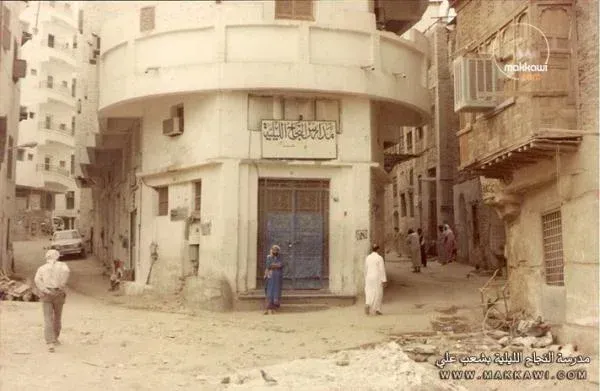
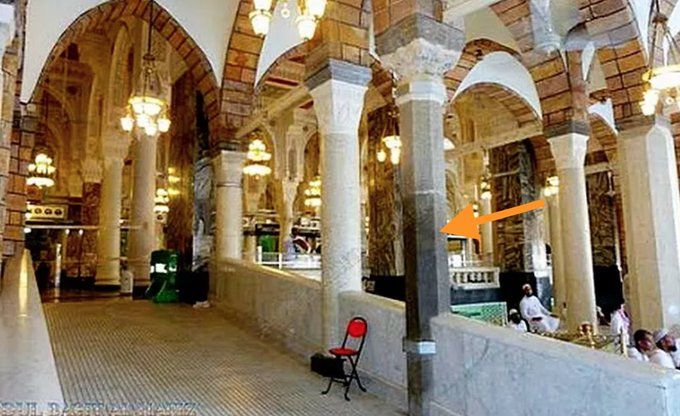
The House of Abu Talib has been the home of three of the greatest personalities of the early Islamic era: The Prophet saw, Abu Talib, Ali ibn Abu Talib. In hosting these these figures, it has earned a renowned position within Islamic history.
-The Prophet saw
This is the house in which the Prophet saw grew up from the age of 8 to 25. By the time the Prophet saw had reached 8 years of age, both his saw parents, and his saw grandfather, had died. It was, therefore, decided to place the Prophet saw into the care of his uncle, Abu Talib.
-Abu-Talib: The Great Guardian of Islam
Abu Talib was a descendant of the Prophet Ishmael, the son of the Prophet Abraham. He was also the father of Ali, the future Fourth Caliph.
Abu-Talib was thirty years of age when the Prophet saw joined his household, and he would go on to care for the Prophet saw for almost 50 years, earning the rare distinction of raising a child who would, in adulthood, be invested with Prophethood.
The Prophet’s saw Protector. Being the leader of the Banu Hashim, a clan of the Quraysh tribe of Mecca, Abu Talib used his position to safeguard the Prophet saw from many opponents and enemies:
When some of the Qurayshite clans felt threatened by the Prophet’s saw preaching, they exerted considerable pressure on Abu Talib to silence his nephew. When Abu Talib disregarded their demands, the clans attempted to execute the Prophet saw. At this, Abu Talib reaction was not only to arrange unassailable protection for the Prophet saw, from the Banu Hashim and Banu al-Muttali, but also to counsel the Prophet saw to continue his saw mission without any apprehension.
The Boycott. In 615, the Quraysh imposed a social and economic boycott on the Banu Hashim and Banu al-Muttalib to compel them to hand over the Prophet saw. The boycott lasted for 3 years and was devastating, causing food scarcity and immense privation. Abu Talib and his tribe chose to suffer the horrendous consequences of the boycott rather than desert the Prophet’s saw.
Abu Talib is acclaimed for sacrificing everything for the Prophet saw: his health, wealth, and the security of his family and tribe. .
A measure of the effectiveness of Abu Talib's protection of the Prophet saw, is that after his demise, in 619, the Quraysh resumed their intimidation and attacks on the Prophet saw, and the severity of the oppression was such, that in 622 the Prophet saw and the entire Muslim community were forced to flee Mecca and migrate to Medina. At the time the Prophet saw exclaimed:
"By God, Quraysh never harmed me so much as after the death of Abu Talib."
-Ali ibn Abu Talib
Ali grew up with the Prophet saw, in the House of Ali Talib. At the age of 10, Ali became the second person, after the Prophet's saw Khadijah, to accept Islam.
Amongst Ali's most important contributions to Islam are:
Caliph. Ali reigned as caliph from 656 - 661, and as with his three predecessors, Ali's administration attempted to emulate the Prophet's saw style of governance.
Military achievements. Ali is renowned as an exceptionally brave soldier. He distinguished himself in many of the most important battles between the Muslims and the Quraysh. He was also charged with instilling order throughout Arabia, and successfully settled numerous disputes as well as putting down the uprisings of various tribes.
Missionary. Ali travelled extensively outside Arabia to proselytize.
Performed major administrative and religious tasks for the Prophet saw. These assignments included, writing the terms of the Treaty of Hudaybiyyah (the peace treaty between the Prophet (saw) and Quraish) in 628, and being appointed as a scribe of the Quran.
Paradise. Ali's conduct and efforts for the success of his faith, were rewarded when the Prophet saw announced that Ali was one of the ten Companions notified in their lives that they would enter Paradise.
Location
The House of Abu Talib is also known as Dar Ali bin Abi Talib (The House of Ali), and was located east of the Grand Mosque, on the Al Masjid Al Haram Road, in the Shib Amir and Shib Ali district.
Destruction
The house was destroyed in 2011
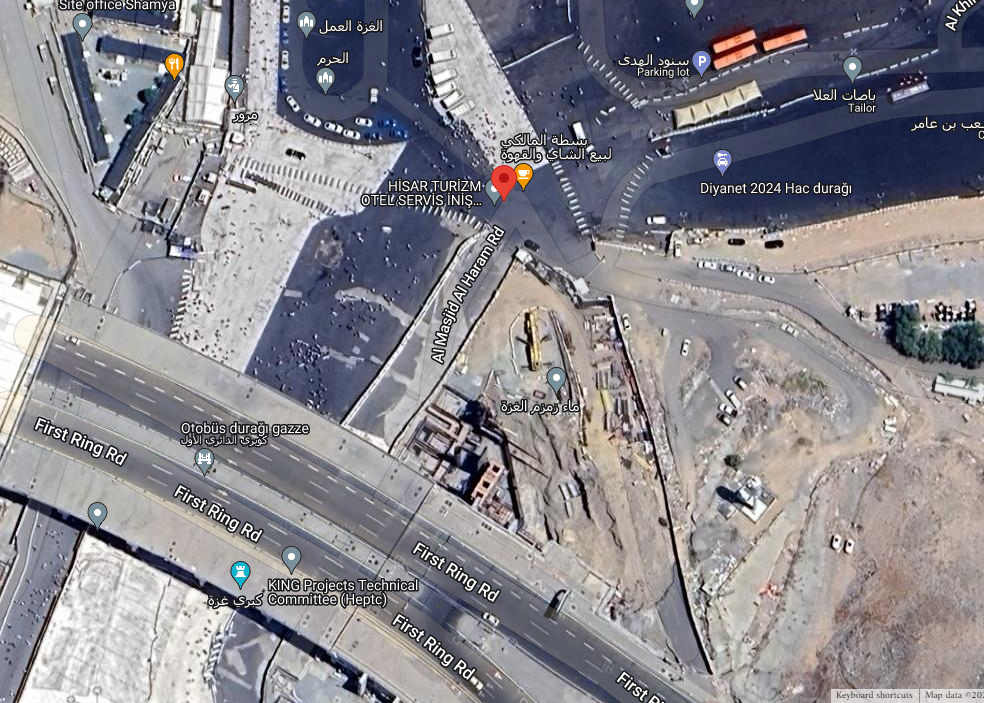
The Miraculous Journey
The Prophet's saw Night Journey & Ascension (Al-Isra’ wal-Mi’raj) is a miracle second only to the revelation of the Qur’an. It was a voyage through the heavens to enter into the presence of God.
The starting point of this momentous journey was from a location, which is adjacent to the current position of the Bab-e-Abdul Aziz, in the Grand mosque.
A distinctive grey-coloured pillar (The Buraq Pillar) was erected approximately 450 years ago, in the Ottoman era porticoes in the Mosque, to mark the exact location, where the Buraq - a supernatural winged horse-like creature - was tethered, prior to the Prophet saw mounting it in order to travel upon the Isra and Mi'raj.
Mention of the Night Journey in the Quran
The event of the night journey to Jerusalem is mentioned in Surah al-Isra in the Quran:“Glory be to the One who took His Slave for a journey by night from the Sacred Mosque to the furthest Mosque, whose precincts we have blessed.“ [17:1]
The Burq Pillar was a memorial to the Isra and Miraj. It served to remind pilgrims of the event, as well as acting a marker to allow pilgrims to easily locate the spot and express their respects and appreciation for the sacred site.
The original pillar was destroyed in 2013 [has recently been destroyed] and replaced with a non-descript pink-coloured pillar.
Additionally, the heights of the plinths under the replacement Buraq Pillar and the pillars surrounding it, have been increased so that the pillars are above eye-level. The plinths have also all been tiled identically.
This has rendered the Buraq Pillar almost indiscernible amongst the other pillars, and most pilgrims walk past it without recognising it. Those pilgrims that do notice it, may in turn, be dissuaded from exploring the site, by the presence of security personnel stationed there.
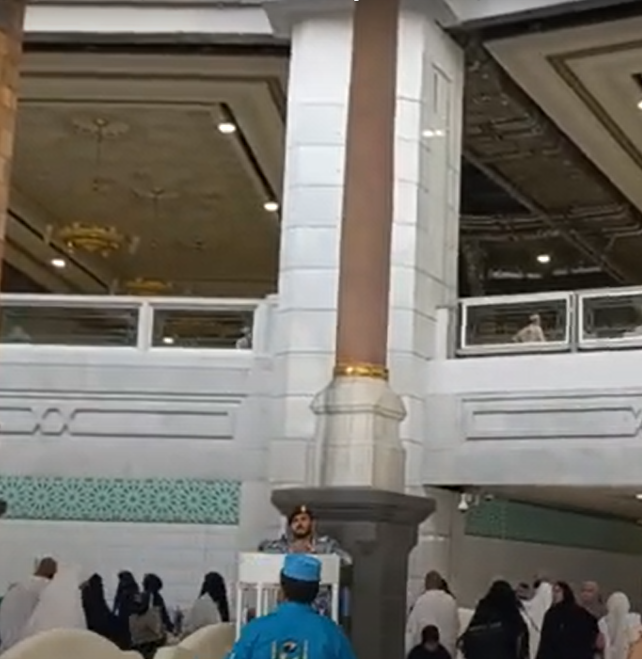
The significance of the Miraj rest of the Muslim such that:
In contrast to the treatment of the buraq-associated site in Mecca, on the site where the Prophet saw tied the Buraq in Jerusalem, upon his arrival there from Mecca, an entire mosque was built to commemorate the event: the Masjid al Buraq, and this mosque still exists.
Each year, on the anniversary of the Miraj (26th Rajab), Miraj Night (Shab-e-Miraj) is celebrated around the world with prayers offered throughout night.
Within the Buraq Mosque, a ring is nailed to the position on one of its walls, where the Prophet saw tied the Buraq.
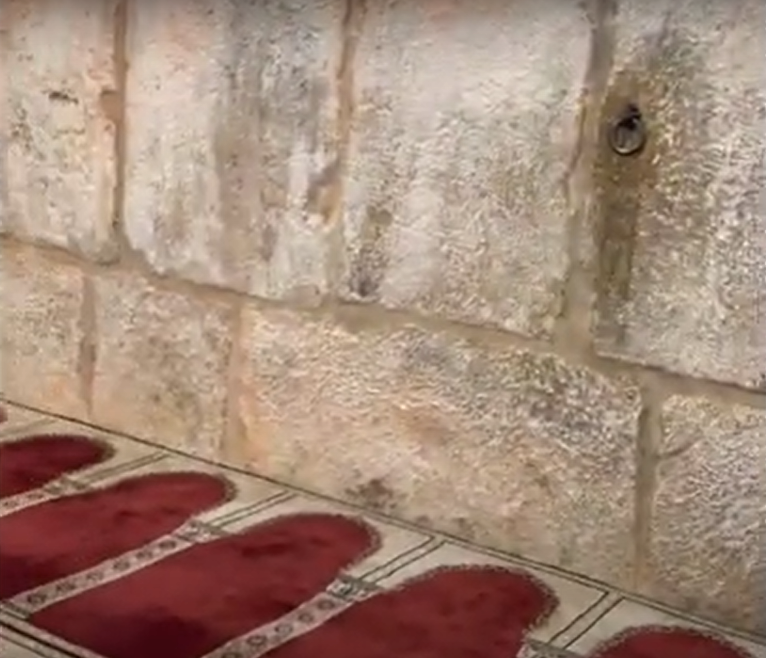
which are directly connected to either events or persons mentioned in the Quran or hadith, or to the Prophet saw, the celebrated earliest muslims,
LIFESTYLE REMEMBERANCE
Diriyah
❝The Lifestyle Museum perfectly captures the living style at the time in At-Turaif. It allows visitors to place themselves in the shoes of those before them, gaining a better understanding of how the Kingdom was born.❞
https://www.arabnews.jp/en/special-coverage/snd91/article_55762/
2021
A major objective of the museums is to illustrate everyday life patterns, habits, traditions, professions, and objects used, during the rise of the First Saudi State:
"Diriyah museum - the museum uses artifacts, handicrafts, and tools to showcase the history of the ruling family and the kingdom’s heritage, and tells a story about the history and development of Diriyah. A walk through this museum and the district's streets provides an insight into what the earliest Saudi state looked like and how the ruling family used to live. ...The museum also has a traditional market that is home to handicrafts and souvenirs dedicated to the culture of Old Diriyah."
https://welcomesaudi.com/activity/historical-diriyah-museum-riyadh#:~:text=Located%20in%20the%20historic%20At,for%20the%20Al%2DSaud%20family.
At Turaif World Heritage Site is nothing less than a gateway into the past. The architecture, the alleyways, and the artifacts give you an insight into what the capital of the first Saudi state looked like.
https://welcomesaudi.com/activity/historical-at-turaif-district-riyadh
“Diriyah is about preserving a way of life, ensuring that its cultural and natural heritage is protected for generations to come.”
– Jerry Inzerillo, Group CEO
https://i-m-magazine.com/travel/diriyah/
"Arab News visited five galleries [museums] in the district that take visitors back in time through the birth of the Kingdom, detailing every important aspect, including lifestyle, trade, territory disputes and architecture of the Saudi states."
https://www.arabnews.jp/en/special-coverage/snd91/article_55762/
2021
Whereas 1400 year old sites in Mecca, such as the homes and mosques of the Prophet's saw Companions, were bulldozed because, according to the ews, the history they narrated served no worthwhile purpose today, the ews not only preserved and developed their historic sites, but converted some to showcase the intricate details of life in Diriyah at the time of Wahhab and his disciples:
"Social Life Gallery - Uncover the essence of daily life in the 18th century through a series of authentically recreated homes and spaces enhanced with interactive displays".
https://www.bujairi.sa/en/at-turaif
"You can also see a summary of the Saudi social life in the past in the Museum of Social Life, as it includes the olden methods of writing and education. It also provides its visitors with the intricate details and divisions of the Saudi house, which takes into account the guests, neighbors, and residents of the house in its construction."
https://www.visitsaudi.com/en/destinations/diriyah/attractions/at-turaif
Travel-guide style websites promoting Diriyah, are also keen to emphasize the understanding of life in 17th century Diriya, that these museums provide:
"Social Life Museum. Step into a time machine and witness life from a bygone era. Experience the brilliance of the first Saudi state, divulged through the meticulous details flaunted in the museum's four sections ... .
What better way to understand a epoch than to step into its shoes (or houses, in this case)! The Social Life Museum measures out an authentic narrative of the first Saudi state, with its exhibits spread across four sections. You'll encounter everything from antiquated constructors' tools to quaint mud houses, all serving as portals to the past."
https://www.smart-guide.org/destinations/en/diriyah/?place=Social+Life+Museum
"Military Museum. Step into a world that resonated with the sound of armor clanging and swords clashing. Here is a place that houses tales of defense and warfare from the times of the first Saudi state. Coupled with that, it showcases warfare machinery ... Just imagine, if the walls could talk, they'd narrate countless riveting tales of bravery and valor. Such is the essence of this unique museum that brings the past to life, right before your eyes."
https://www.smart-guide.org/destinations/en/diriyah/?place=Social+Life+Museum
Diriyah also offers visitors a more engaging way to become familiar with everyday life 17th century Diriyah - that is by residing in one of the preserved homes. Visitors can rent one of the vintage mud -brick houses.
"The fascinating opportunity to rent out these mud houses and experience life, albeit temporarily, like Diriyah's early inhabitants. This immersive experience offers a unique, fun, and enlightening window into the country's storied past."
https://www.smart-guide.org/destinations/en/diriyah/?place=Social+Life+Museum
EXTRA:
There are several historical buildings and palaces near Salwa Palace. You can also see a summary of the Saudi social life in the past in the Museum of Social Life, as it includes the olden methods of writing and education. It also provides its visitors with the intricate details and divisions of the Saudi house, which takes into account the guests, neighbors, and residents of the house in its construction.
The Birthplace
#The BP
The district of central Mecca around the GM could have been made into a similar Living Heritage Zone, with the religious heritage structures within the GM such as the Sarwa and Marwar hills, The Circular , the Zamamzam Well, combined with the heritage structures in and around the GM connected to the Prophet saw and His Companions such as the Prophet’s saw Bp, the Prophet’s saw second home, The First Caliph Abu Bakr’s House…. All these structures were usable in exactly the same manner as those with AT-turaif and linked the sites to the key figures and events in islam
Preserving and portraying the way of life of ones ancestors, in as authentic a fashion as possible, is a universal ambition, and Diriyah has accomplished this by displaying 17th century artifacts and mock-ups?, in museums carved out of 17th century buildings.
Mainstream Islam had already achieved this in Mecca, by preserving the homes of prominent 6th century Muslims. There was also a collection of thousands of artifacts belonging to the Prophet saw and His saw Companions.
Mecca was already the museum-district that Diriyah has tried to become now, and for similar reasons. Whilst the authorities in Diriyah sought to preserve historic sites in order to illustrate the beginnings of the Saudi state, so campaigners for Mecca wanted to preserve the heritage sites there to showcase, not only the beginnings of Islam, but to maintain a bond between modern Muslims and the Prophet's saw and his saw Companions.
Inexplicably, while immense effort and expenditure was being expended to safeguard 300 year-old sites in Diriyah, simultaneously, 1500 year-old sites in Mecca were destroyed on the flimsiest of pretexts.
Through the restoration of the Diriyah sites, the lifestyle of the 17th century inhabitants of the district, was brought back-to-life; and the destruction of the Meccan sites, and confiscating the belongings of the Prophet saw and his Companions, the example set by these figures was smothered.
The Birthplace
Islam says the same, and the lifestyle of the Prophet saw has been meticulously recorded so that people may emulate to a fine detail... but they have confiscated the artifacts, and destroyed the buildings, to make it more difficult to show the lifestyle and to copy it.
Whereas orthodox Islam has campaigned to continue the centuries-old Meccan practice of illustrating the minutiae of the pious lifestyles of the Prophet saw and his Companions through preserving, and granting full-access access to the public, to their buildings and displays of their authentic clothing, belongings, and other relics,
However, the ews have instead terminated this practice by destroying the historic or denying access to them, and, confiscating and removing from public-view, the relics.
PUT PHOTO OF RELICS
the ews justifications for preserving sites linked to the Prophet saw and his Companions were shares the minutea of the Prophet's saw life, so that it can be emulated by followers at a similar level, the ews are attempting the same about Wahhab, through the Diriyah.
The Birthplace
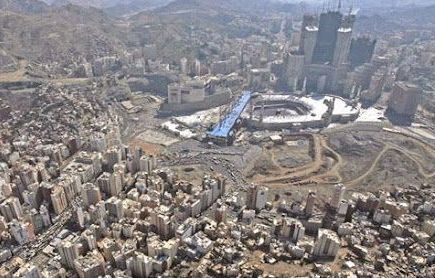
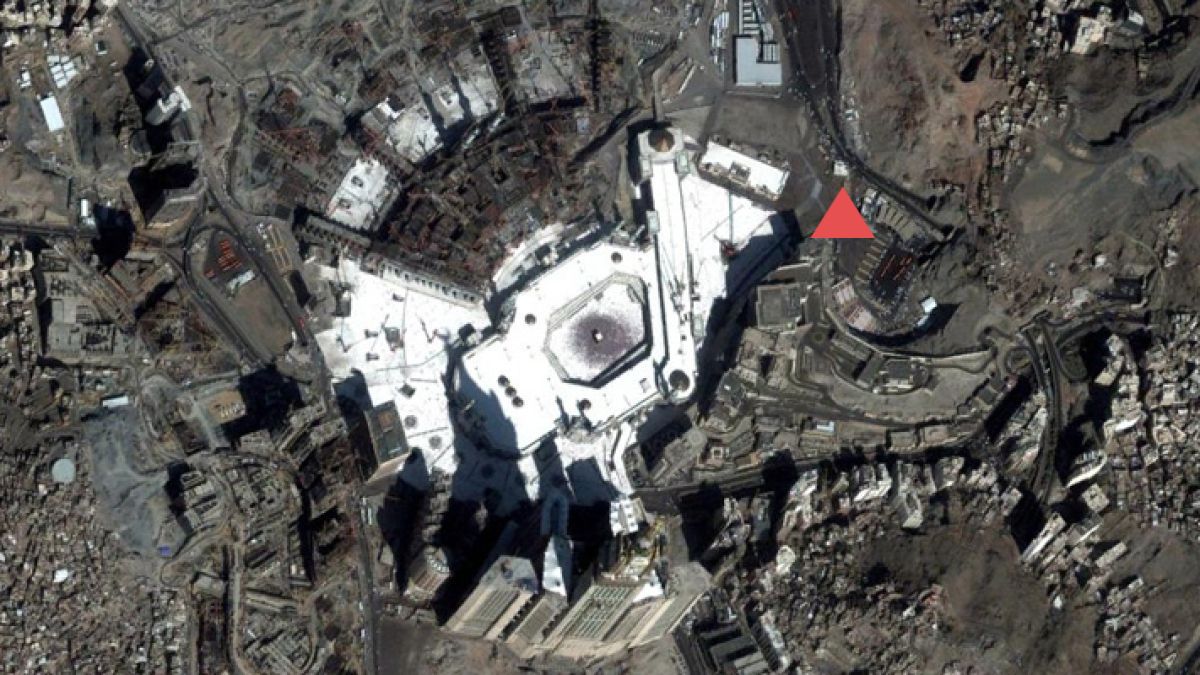
New Paragraph
Narrated 'Uqba bin 'Amir: One day the Prophet went out and offered the funeral prayers of the martyrs of Uhud and then went up the pulpit and said, "I will pave the way for you as your predecessor and will be a witness on you. By Allah! I see my Fount (Kauthar) just now and I have been given the keys of all the treasures of the earth (or the keys of the earth). By Allah! I am not afraid that you will worship others along with Allah after my death, but I am afraid that you will fight with one another for the worldly things." Bukhary (Book #23, Hadith #428)
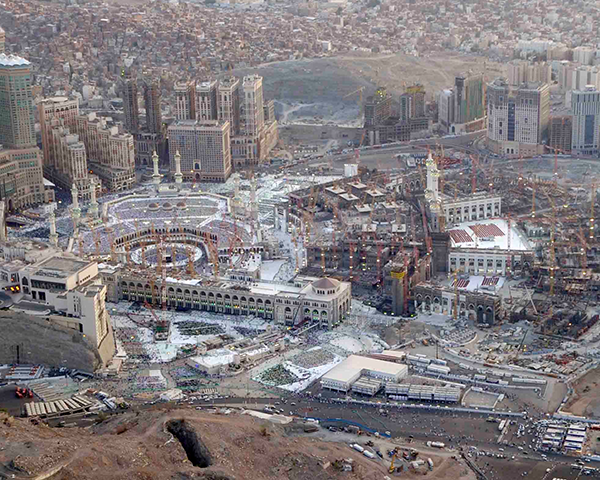
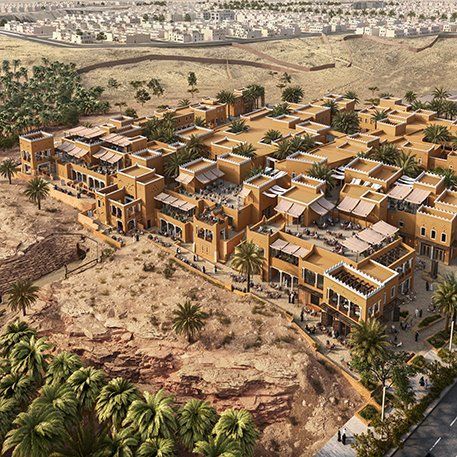
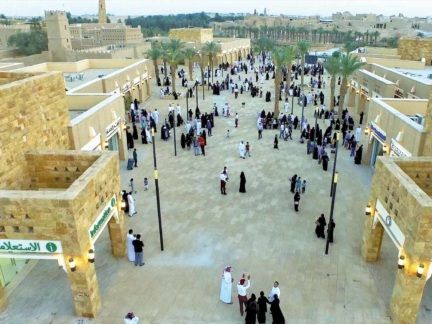
Comparing Hotels
Diriyah
New developments in Diriyah will blend traditional Najdi architectural styles with modern urbanism, encompassing mixed-use, residential, leisure, hotels, and commercial areas.
Arab Urban Development Institute
https://araburban.org/en/infohub/projects/?id=3797
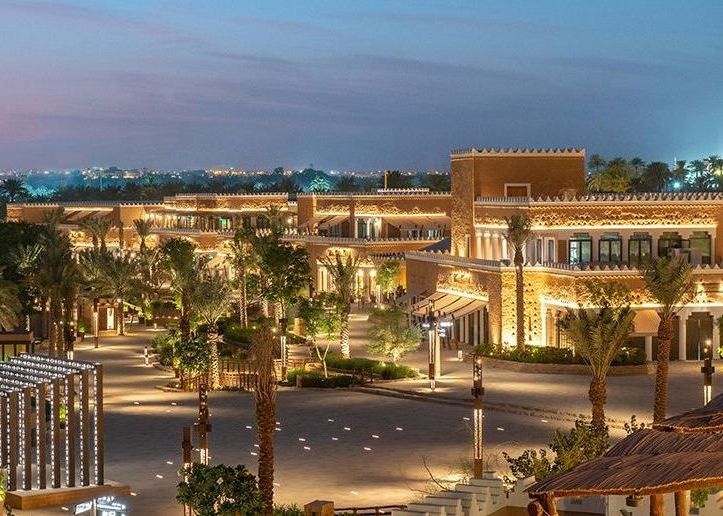

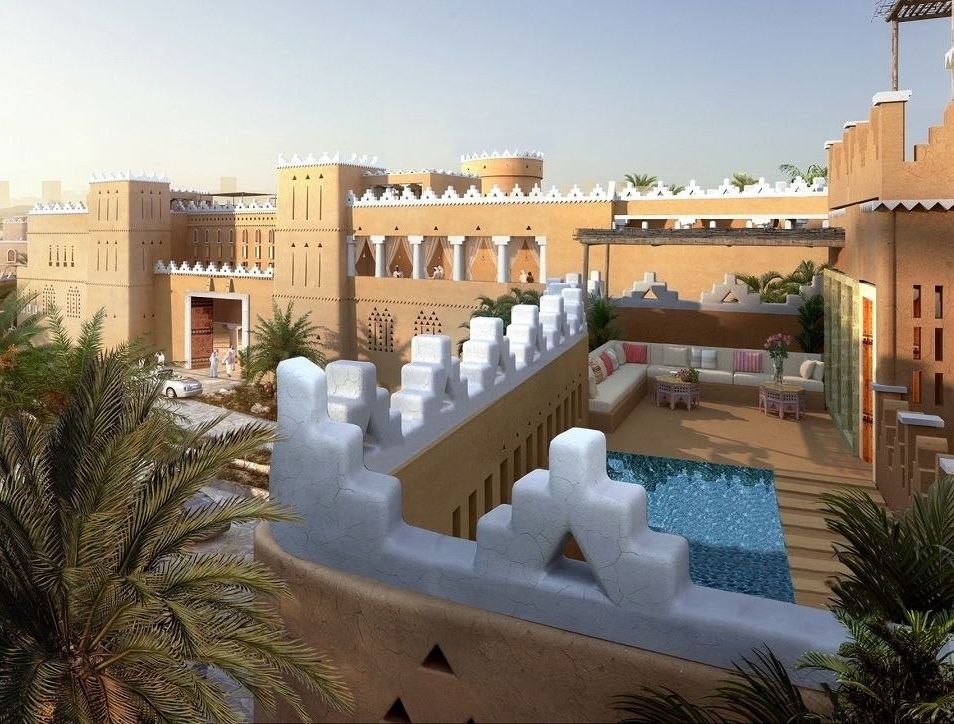

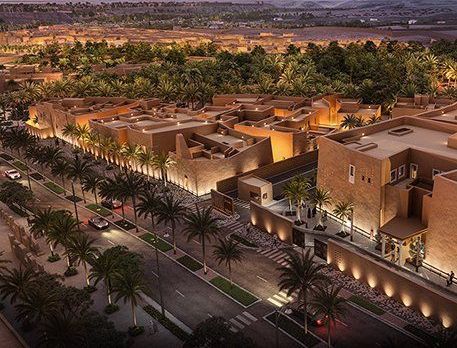
One of over-riding policies evident in Diriyah, is that the prominence of the historic site must not be diminished by the presence of the visitor services infrastructure. hotels, retail, roads,
Diriyah is forecast to receive 27 million annual visitors by 2030, [ft1,], and yet, the authorities ruled-out the idea of putting hotels in unsightly glass-and-concrete tower blocks. Accommodation had to be subservient to the history that it is there to serve. Through diligent planning, the district's planners have been able to provide the required levels of accommodation solely in low rise buildings. Every hotel that is expected to open around historic Diriyah, will be of no more than 2 or 3 stories in height.
ft1:
https://www.businesstraveller.com/features/all-you-need-to-know-about-diriyah-the-city-of-earth/
In addition to the height restrictions on hotels, the authorities also demanded that they all possess a uniform appearance, that maintains the ambiance of the heritage site. As a result, the facades of the hotels are not only virtualy identical to each other, but also to the buildings in At-Turaif.
Last 3 hotel pictures from: https://www.factmagazines.com/saudi-arabia/riyadh-saudi-arabia/hotels-riyadh-saudi-arabia/audis-historical-heartland-all-the-hotels-opening-in-diriyah
According to Changezi, as per HRH Prince Mohammed bin Salman’s guidelines, the architectural vision of the hotels will follow Najdi design principles. While this sets the tone for the architectural design, interior design is being developed with the brand in line with its standards and while the brands have creative freedom in interior design, the DGDA ensures that it is in line with the masterplan.
according to Imran Changezi, Hospitality Director, DGDA.
https://www.arabianknightonline.com/Details/15737/Destination-Diriyah
Autumn 2022
No sites were demolished to make way for hotels or other uses, instead hotels were put far away, historic sites were saved and re-used either as part of the open air museum or a covered-museum.
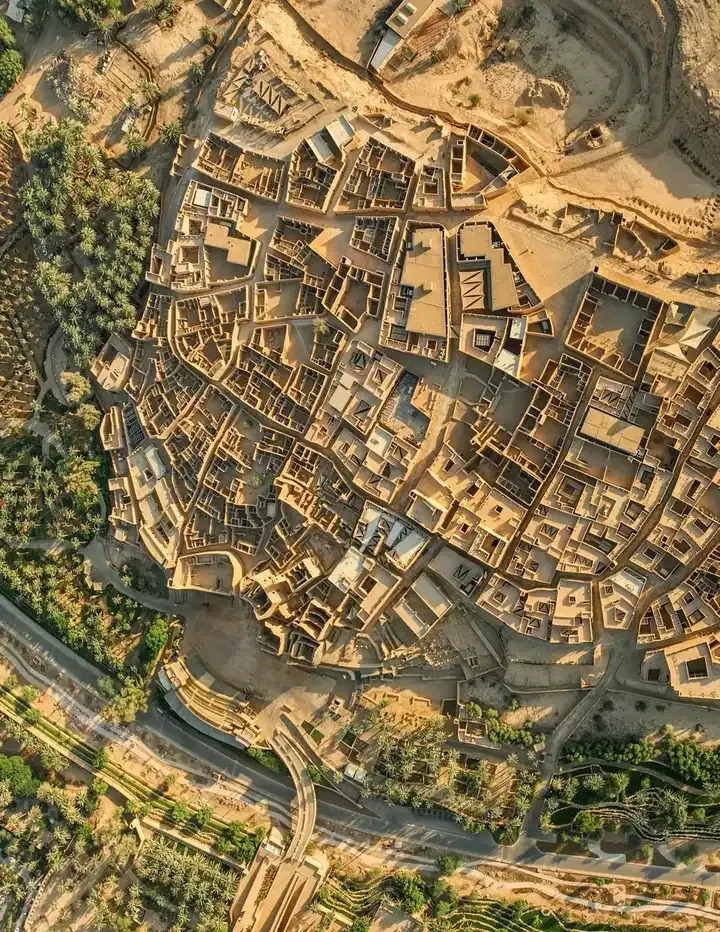
The Birthplace - Mecca
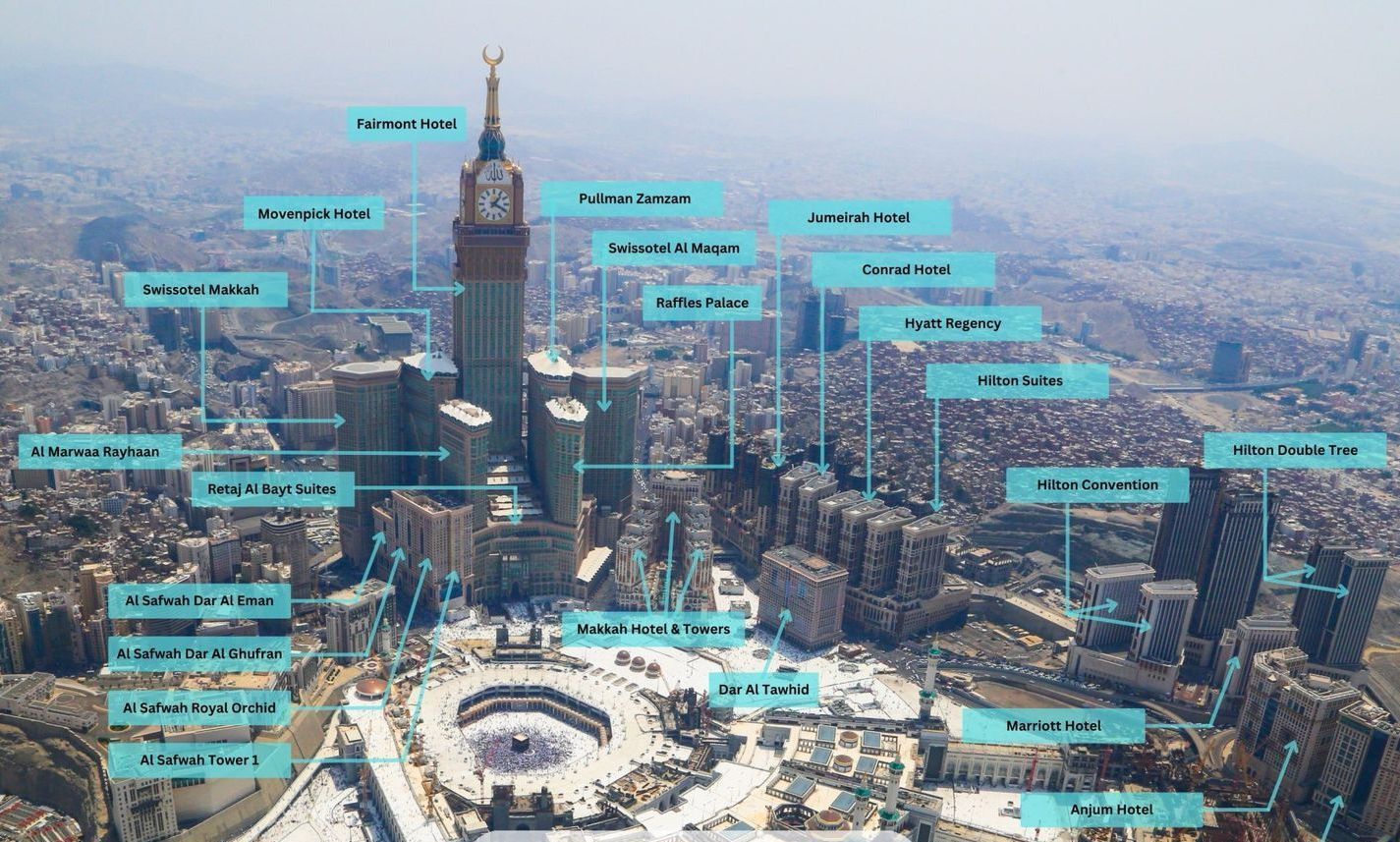
Around the Birthplace and the Grand mosque, colossal-sized hotels have been constructed that dwarf the Kaaba and Birthplace. There is no uniformity or theme in their designs, and many look no different than skycraper office towers found in London and New York.
The city planners of Mecca had a blank canvas and possessed the authority to insist [ensure]that the surroundings of the Grand Mosque and Birthplace be so designed as to enhance and amplify the sacred atmosphere that is created by the presence of the Grand Mosque and the Birthplace (the subject properties). They would undoubtedly have been aware of the international practice, and one used successfully in Diriyah, of maintaining the pre-eminence of a historic site by restricting the height of surrounding structures, and ensuring that new such buildings adopt an architectural theme in their designs and exteriors, that is complimentary to the subject properties.
mention vatican, buda, mritsar
As with Diriyah, there should have been a buffer zone area between the area containing the historic sites, and the hotels, commercial area, and road network. If for some inexplicable reason this was not possible, then at the very least, the hotels should have been constructed a respectable distance away from the Grand Mosque, and on a stepped-type format, with the lowest height buildings closest to the Mosque, and then gradually increasing in height as the distance between the mosque and hotel increases.
The stepped-type format was clearly known to the designers of the Grand Mosque's expansion, because it was utilised in the positioning of the towers of the Abraj Al Bait??? complex: the towers are arranged with the shortest ones in front, so as not to block the view of the Grand Mosque and the Kaaba to the upper floors and penthouse suites of the taller towers..
Instead, the hotels and other service buildings were allowed to be sited virtually on the very boundary of the Grand Mosque. There ts no material separation between the sacred and the profane. No transitional space between the historic and the modern, or as in Diriyah, the wadi and ....park placed between the 17th century (at-turaif) and 21st (Al-Buraiji) centuries.
all projects in Makkah must design and display an Arab and Islamic identity
The new buildings have not maintained the architectural properties of the heritage of Makkah, and there is little consensus or homogeneity among some groups of buildings, both regarding the size of projects and their height or physical characteristics
The structure that has perhaps drawn the most criticism is the the Abraj Al Bait complex with it's seven towers.
The project includes seven towers grouped together, with a total built-up
Moreover, the complex has capacity for around 10,000 worshippers, in addition to a 20-storey mall containing 4000 stores offering a range of global brands
The key tower in the project is the Royal Makkah Clock Tower, which is 601 metres high
there has been criticism from many academics, including Winerman (2010); Boldrick et al. (2013); and Darmadi (2013). They concentrate on the position of Makkah as a great religious centre for Muslims and are critical of the fact that the Holy Mosque is now flanked by what Winerman (2010;1) refers to as a “shocking architectural monstrosity”.
file:///C:/Users/Adamm/Downloads/MAKKAH%20AS%20CREATIVE%20CITY%20-SAEED%20ALAMOUDY%202017.pdf
The architect Norman Foster also expressed negative views of the Clock Tower, describing it in The Economist in the following terms:
“The Royal Clock Tower in Mecca […] dominates the Kaaba with such crassness that the thought must occur, even to a non-believer, that the building is an abuse of Islam more egregious than any burning of the Koran.”
(Ledgard, 2013, cited in Al-Kodmany et al., 2013, 26).
-
major cities compete on the global stage to have the tallest buildingwith which to announce the confidence and ascendancy of value in their economies and cultures. High rise buildings function as powerful advertising instruments to their occupiers... Political leaders have left theur mark on the urban landscape of the cities they represent with tall buildings in many instances;..... as a symbol of his country's entry ito the global economy.... all of these examples attest to the power of the political elite through the architecture of the cities they represent. m. build in city like the capital or known for high ris, or for economc hub, , not a city renowned for its history.
m. Sacredness: page 251
file:///C:/Users/Adamm/Downloads/MAKKAH%20AS%20CREATIVE%20CITY%20-SAEED%20ALAMOUDY%202017.pdf
Makkah: Al-Balad Al-Haram Makkah is known in Arabic as the Holy City (Al-Balad Al-Haram) because Muslims believe that Makkah has been sacred ever since Allah (God) created the heavens and the earth, as explained in the words of the prophet Muhammad (Mubarakpuri, 2002). According to the Qur’an, Allah has made Makkah a sacred and protected place for eternity:
“Have they not seen that We made [Makkah] a safe sanctuary, while people are being taken away (i.e. killed and taken captive) all around them?” (The Qur’an, 2000 29:67).
It is believed that all of Allah’s creations are safe in this city based on the Qur’anic text: “Whosever enters it [Makkah], he attains security” (2000, 3:97). Consequently, Muslims are forbidden to kill anyone there and are also prohibited from hunting or frightening wild game, cutting plants or picking up lost objects (Islam Web, 2009). 18 According to Islamic belief, every good deed performed in Makkah is equivalent to a hundred thousand performed elsewhere and, conversely, according to the Muslim scholar Ibn Al-Qayyim “Committing a sin in the sanctuary of his city is graver than committing it in any other place on earth”.
Given its sacred status for Muslims, Makkah is reserved for Islamic pilgrims and prayer and is not open to non-Muslims, making it a uniquely homogeneous city in terms of religion (Alamoudy, 2013).
Muslim scholars hold different views about the nature and extent of the prohibition of non-Muslim visitors to Makkah. Salloomi, (2011) argues that the majority of scholars believe that the ban is stated in the Qur’an, citing the following verse:
“Oh you who believe! Truly the idolaters are unclean; so let them not, after this year, approach the Sacred Mosque […]”. (9:28).19
ft19 19 Here, the term ‘unclean’ is clearly used in the spiritual, not the physical sense (Al-Majid 2010)
Its demolition proceeded despite huge international and local protests claiming t
Makkah is a religious city and a sanctuary for millions who visit it every year to attain peace and atonement.
################
--
on December 29, 2010, The New York Times published a critical article about the structural distortions that have befallen Mecca under the guise of the Two Holy Mosques expansion project. The article begins with the phrase: "It's an architectural absurdity." The article states
Just south of the Grand Mosque in Mecca, the holiest site in the Islamic world, a kitsch rendition of London’s Big Ben is nearing completion. Called the Makkah Royal Clock Tower, it will be one of the world’s tallest buildings and the centerpiece of a complex that includes a giant shopping mall, an 800-room hotel, and a prayer hall for several thousand people. Its exterior will be embellished, unabashedly, with a replica of the original, scaled down to a grotesque scale, with Arabic inscriptions and topped by a crescent-shaped spire in what feels like an ironic nod to Islam’s architectural past.
"It's the commercialization of the House of God," says Sami Angawi, a Saudi architect who founded a research center to study urban planning issues surrounding the Hajj pilgrimage to Mecca and has been one of the expansion's most outspoken critics. "The closer we get to the mosque, the more expensive the apartments become. In the most expensive towers, you can pay millions" for 25-year leases. "If you can see the mosque, you'll have to pay three times as much," he add
##
believe the real motivation behind these plans is money: the desire to profit from some of the world’s most valuable real estate
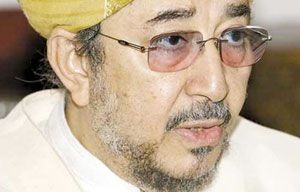
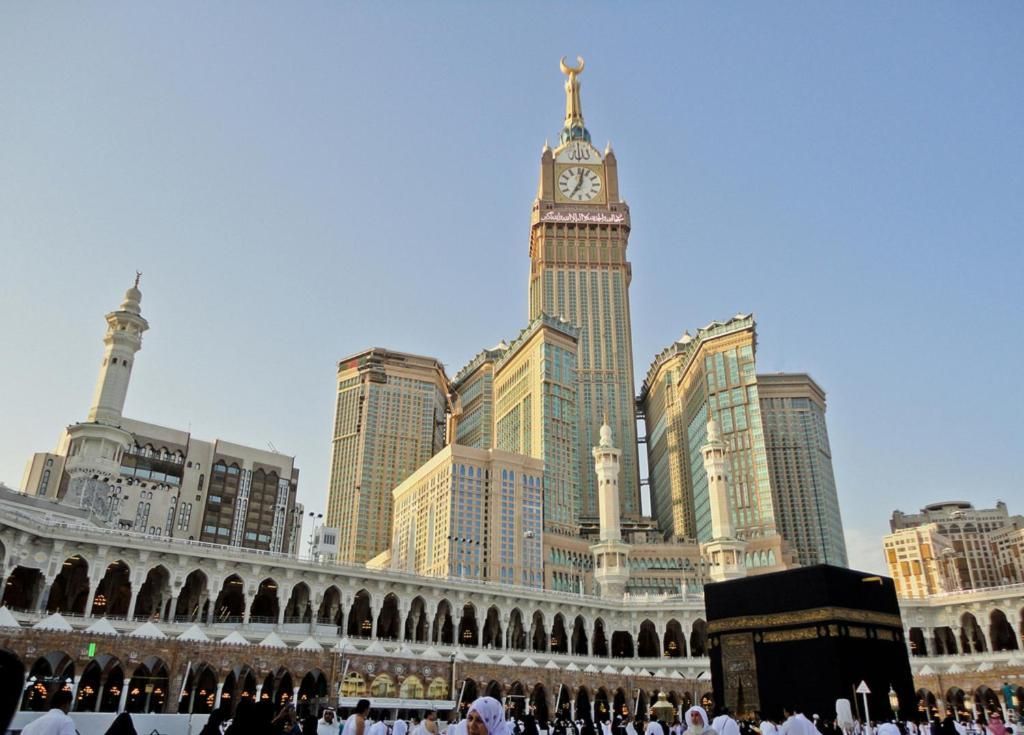
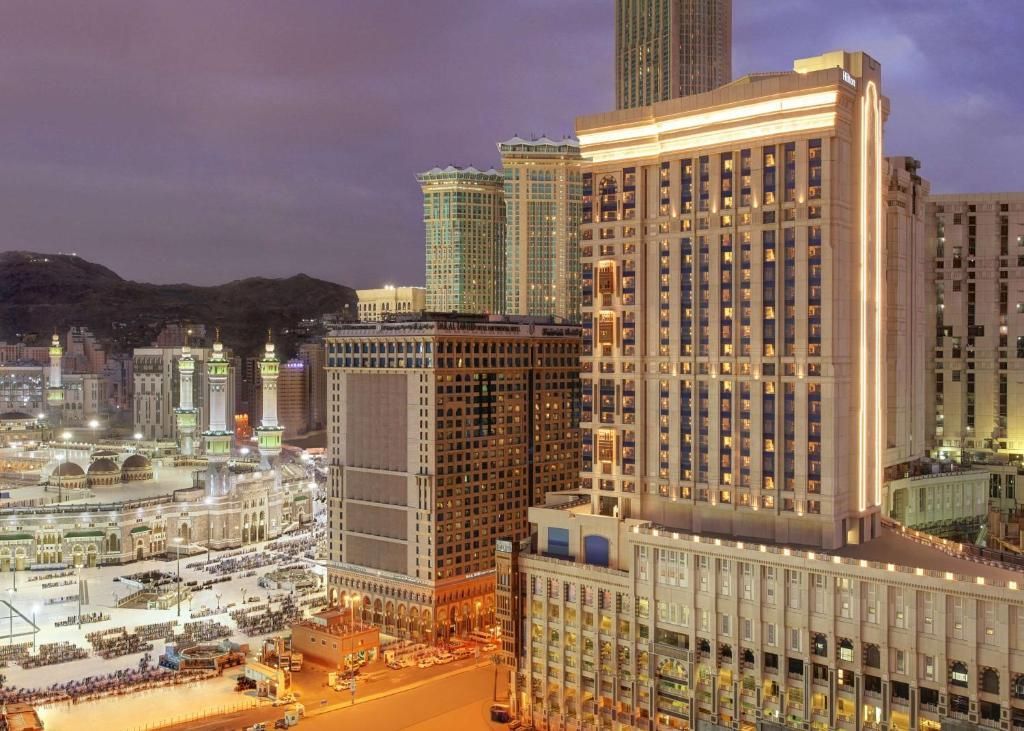
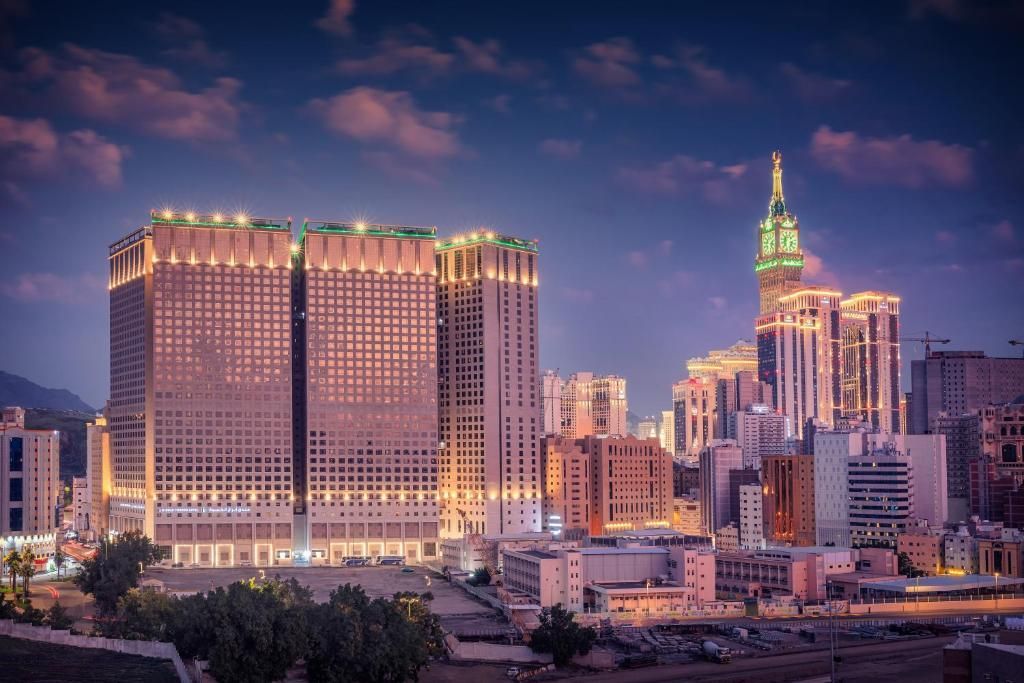
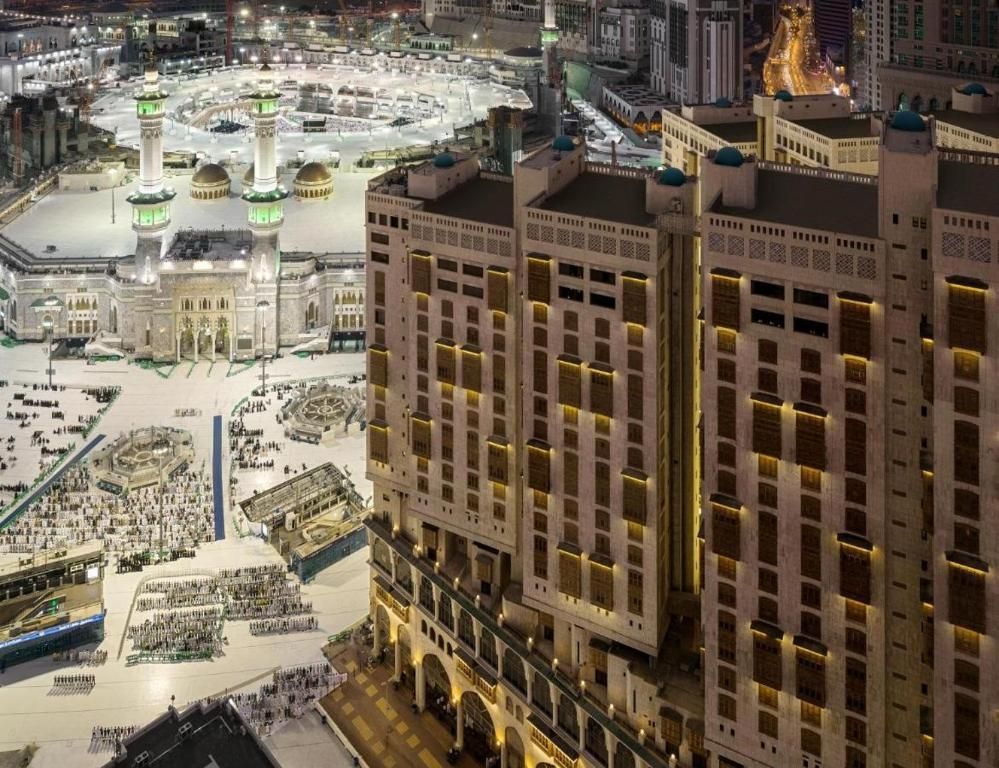
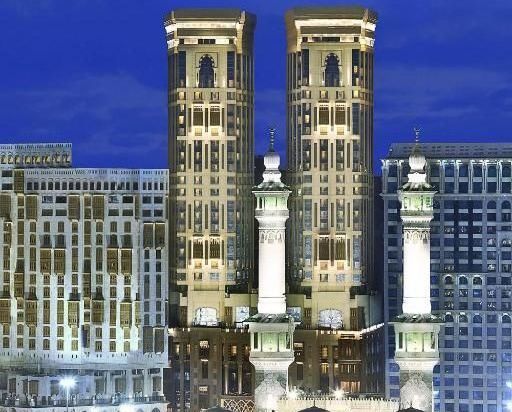


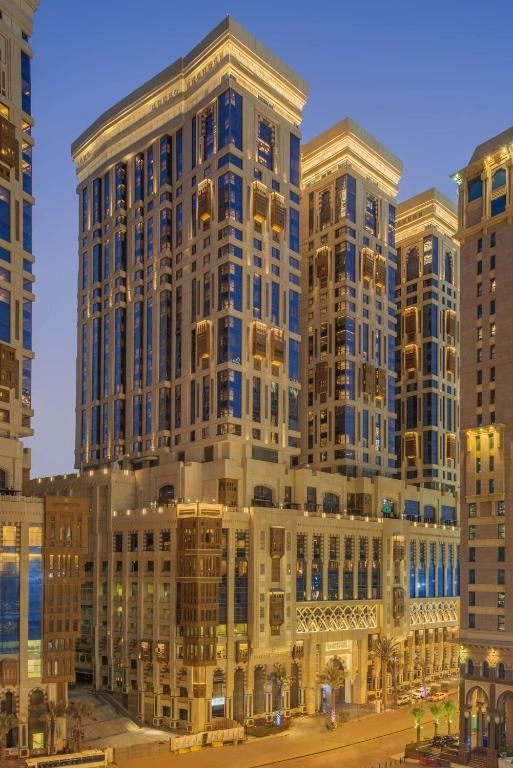
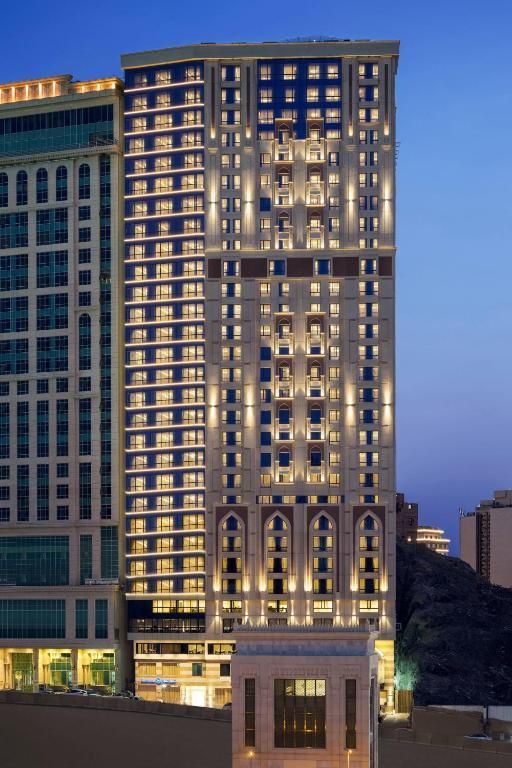
In Diriyah, the historic structures of At-Turaif have remained the main attraction, and every other building and use of land has been made subservient [respectful of] to, co-ordinated with, and prevented from detracting fr om, the heritage in the district.
https://hasansagaf.wordpress.com/2010/06/20/masjid-ar-rayah/
"Inzerillo and his team are using At-Turaif – the ancestral home of the House of Saud that rules the kingdom to this day – as the template with which Diriyah and its assets including Bujairi Terrace, its hotels and lifestyle and leisure assets are being built. It is what is guiding everything from the design inspiration to the Najdi architectural style and the nature of the businesses too that will have a presence in Diriyah."
https://www.businesstraveller.com/features/all-you-need-to-know-about-diriyah-the-city-of-earth/
"As the cultural and historic capital of the nation, the [Diriyah] project will be designed and built with Saudi traditions and heritage in mind which will make it a must-see destination."
Retail and Leisure International
https://www.rli.uk.com/mixed-use-profile-diriyah-square-an-unparalleled-destination/
In contrast, the buildings and other developments around the Grand Mosque and the Birthplace, are in significant conflict with them. Conformity to ...and respect for their age, clearly has not been a consideration in central mecca, where architectural disharmony on a substantial scale, and the pursuit of maximal revenues, is clearly evident. This is particularly true of the hotels congregating around the Grand Mosque.
Non-native Aesthetics
The hotels were permitted to be designed independently of the Grand Mosque and of each other, without regard to the impact of their presence on the ancient scene they neighbour, and [which is] the reason why [for]their services are [being] required, in the first place.
The architecture employed, can neither be said to be in any way Islamic or Saudi Arabian. The style has, instead, been described by pilgrims as "western". Since the Mosque is the heart of Islam, where only Muslims are permitted to visit, and where most of these visitors come from Muslim-Majority countries, then it would have been expected, that if it was indeed necessary/imperative to build hotels on the mosque's doorstep, the buildings would be sympathetic to the state of things as they are, and adopt designs that are based on Islamic architecture prevalent in Saudi Arabia or one of the other 56 Islamic countries, or on Saudi culture (as in the case of Diriyah).
Unreasonable Proximity to the Grand Mosque
However, of greater concern is the fact that there was no logistical or pressing reason for locating the high-rise hotels so close to the Grand Mosque. Despite the damage that they cause to the environment of the Mosque, they only benefit [are used by]a tiny minority of the millions of pilgrims that visit Mecca annually. There are 1,151 licensed hotels in Mecca with approximately 450,000 rooms. The hotels grouped around the Mosque provide only a small fraction of the required pilgrim accommodation, and the majority of the 450,000 rooms are sited a considerable distance away from the Mosque.
The fact remains that of the total number of hotel bedrooms required for pilgrims in Mecca, 98% of these rooms are provided by hotels located an appropriate some distance away from the Grand Mosque; and the hotels grouped around the Mosque supply only around 2% of this accommodation. Thus, while the contribution of these establishments to the haj and Umrah is miniscule, the destruction they have wrought to the skyline of the Grand Mosque is immense. IAnd is clear ...n no way can be justified decimating the setting of a site considered most sacred by 2 billion people, just to satisfy the whims of just 2% of them
Why decimate a setting sacred to 2 billion people. yet their environmental impact of them
-The Prophet's saw Precedent
Perhaps the most serious infraction caused by letting pilgrims reside next to the Grand mosque is that it violated the Prophet's saw practice. When the Prophet saw was a citizen of Mecca, he lived either in his saw own house, or for periods, in the houses belonging to his Uncle or his wife, Khadija; all these properties were situated close to the Kaaba.
However, when the Prophet saw returned to Mecca as a visitor/pilgrim, after the conquest of Mecca, in 6??, he saw did not stay next to the Kaaba, even though he could have resided in the vacant house owned by his wife [late] Khadija [near the Kaaba], or in one of the houses offered to him saw by local property owners, which were also located close to the Kaaba.
Instead the Prophet saw camped several miles away, and each time he saw or his saw Companions wanted to visit the Kaaba, they would travel to it by foot, horse, or camel.
The Prophet saw set a precendent which was obligatory on the planners of the Grand Mosque to follow. The precedent could have been enacted by allowing all high-rise buildings to be built a respectful distance away from the Grand Mosque, and providing efficient public transport in the subtle manner undertaken in Diriyah. Had the planners incorporated the Prophet's saw example into their designs, then Mecca's skyline would not have been so detrimentally impacted, the Grand Mosque would have the environment it deserves, and many priceless historic sites would still exist today.
Inappropriate uses
retail
vanity
minaret
Clock Tower
Although the height of the hotels is widely condemned/objectionable, what exasperates heritage campaigners even more, is the fact that the excessive height is not caused solely by developers cramming-in the maximum number of bedrooms permitted on the footprint, but for reasons such as commercialism and developer-vanity.
which have no relevance to the reasons why the pilgrim is visiting Mecca, and distracts him from .
Commercialism
The seven towers of the Abraj Al Bait rest on a 15-storey, 115 metre-high podium, which houses a grand retail area.
https://www.worldconstructionnetwork.com/projects/makkah-royal-clock-tower-mecca/?cf-view
"The towers are built over a shopping mall."
Al Borj Facility Management. The company is responsible for providing facility management services to the Clock Tower.
http://alborj-sa.com/projects/clock-towers
Contrary to public perception that the hotels in the complex are there to provide a simple, much-needed service to [weary] pilgrims - "the guests of God" - by accommodating and feeding them, the complex is a highly sophisticated mixed-use project with a substantial proportion of the buildings given over to commercial uses. Of the space allocated to residential use, the hotels don't only supply functional rooms for pilgrims, they also contain a substantial number higher profit-generating luxury bedrooms, palatial suites, and plush residences for permanent residents of Mecca.
"World-class shopping at Abraj Al Bait Mall... Abraj Al Bait contains one of the best shopping malls in Makkah.
Accor S.A., the sixth largest hospitality company worldwide, who own some of the hotel brands occupying the Abraj Al Bait complex.
https://makkah-madinah.accor.com/
The mall contains 4000 stores offering domestic and global brands in multiple categories, including clothing, footwear, electronics, jewelry, cosmetics, and food and drinks.
All hotel guests need to pass through the shopping centre in order to reach their rooms, thereby granting the stores maximum exposure to the thousands of guests staying in the complex each day.
Why decimate a setting sacred to 2 billion people
If the size, positioning and appearance of the hotels, roads, and commercial and administrative buildings around the Grand Mosque and Birthplace go against international best practice, Islamic conservation and architectural principles, and the preservation policies practiced in Diriyah and other Saudi heritage sites, then why were they permitted to erected and harm the setting around Islam's most sacred site.
The answer may lie in two factors:
The desire of the ews to eliminate all traces of the Prophet's saw version of Islam. The structures, in and around the Grand Mosque, connected to the Prophet saw were constant reminders of a version of Islam in competition with the ews.
The original design of the Grand Mosque's expansion, on which the ews had significant influence, provided cover for the ews to destroy these sites on the pretext that the space was somehow needed for the extension of the Mosque.
The ews were able to get several sites destroyed, and drown out the noise from protests, by pointing to a policy - of their own making - that the extension of the Mosque permitted destruction of historic places in its path.
This policy simply advocates destruction of heritage sites without notifying the public, or dialogue with those advocating preservation of the site, or exploring whether these sites can be preserved, in the same manner that historic places are saved in Europe and the USA, through measures such as a re-design of the development threatening the historic site, incorporating the site into the new development, or moving the site to another appropriate location.
Maximising Profits
The high-rise buildings prevalent around the Grand Mosque, can extract far greater revenues per square foot of a building's footprint, then the low-rise structures mandated for Diriyah.
The positioning of businesses virtually adjacent to the Grand Mosque, allows them to be exposed to far greater numbers of potential customers, than if they were placed an appropriate distance away from the heritage site, as the businesses in Diriyah are.
#########################
##########################
Major cities compete on the global stage to have the tallest building with which to announce the confidence and ascendancy of value in their economies and cultures. High-rise buildings function as powerful advertising instruments to their occupiers.
political leaders have left their mark on the urban landscape of the cities they represent with tall buildings in many instances;.... as a symbol of his country's entry into the global economy; the
All of these examples attest to the kudos and power of the political elite through the architecture of the cities they represent.
the built heritage is a cultural and social construction, which is dependent upon a complex process of selection, protection and intervention. The built heritage is normally protected through selective regulatory mechanisms that seek its conservation from inappropriate development or demolition, effectively prioritising public over private interests in seeking to protect elements of the townscape for the common good
(also indicates that the survival of built heritage relates to intentional choices to create, maintain and preserve selected senses of place hinting that different interpretations and understandings of the meaning of place can co-exist. ... acknowledge that built heritage is a cultural product and a political resource, which reflects that particular heritages and heritage interpretations are promoted through regulatory systems and popular debates. m. by choosing what to jkeep and destoy to create a certain n\rrative
The built heritage value reflects dominant narratives about the development of the city (Mourato & Mazzanti, 2002). As such, it is to be expected that the dominance of any of these values that shapes the way in which tall building proposals, and their impact on the built heritage, is analysed and determined.
Landmarks, which may be remote from the viewer, the dome of a mosque or cathedral, or the delicate minarets of the local masjid, stand out from, and impose themselves on the surrounding skyline. Such landmarks perform the main decorative role in the city skyline. They are the jewels in the crown, often emblemetic of the city. The decoration of the city, and particular its skyline, can act as a collective symbol, something that represents the city (Moughin, et.al. 1995). The skyline defines the image of the city as graphic symbols and civic emblems (Attoe, 1981; Kostoff, 2001). Attoe (1981) indicates that skylines also reflect that it can be intentionally created to project an image of the city and of the city as an urban collective with a particular brand. The skyline is particularly sensitive to change. A new high-rise building definitely impacts upon the skyline positively and negatively; it enhances a cluster of high-rise buildings on the skyline or detracts from that cluster if inappropriately sited (Short, 2007).
Changes in the economy of big cities are reflected in the increase in land values and the demand for maximising profits through this building type. Associated economic revitalisation accompanied by pressure to re-image, reposition and re- brand the identities of cities, and pressure from landowners and property developers to maximise returns, have resulted in ever taller landmark buildings being proposed (
identifying locations, where high-rise buildings should and should not be appropriate, local authorities must carry out a detailed urban design study. This study should take into account historic context through a character appraisal. It should identify those elements that create local character and other important features and constraints, including streetscape, scale, height, urban grain, natural topography, significant views of skylines, landmark buildings and areas and their settings, including backdrops, and important local views, prospects and panoramas. Opportunities where tall buildings might enhance the overall townscape, or where the removal of past mistakes might achieve a similar outcome, should be highlighted. Having identified the constraints and opportunities through an urban design study, specific policies should be included in local development plans clearly identifying areas, which are appropriate, sensitive or inappropriate for high-rise buildings. In some historical cities and areas, historic environment considerations may be of such significance that no high-rise buildings will be appropriate (CABE and English Heritage, 2007).
identifying locations, where high-rise buildings should and should not be appropriate, local authorities must carry out a detailed urban design study. This study should take into account historic context through a character appraisal. It should identify those elements that create local character and other important features and constraints, including streetscape, scale, height, urban grain, natural topography, significant views of skylines, landmark buildings and areas and their settings, including backdrops, and important local views, prospects and panoramas. Opportunities where tall buildings might enhance the overall townscape, or where the removal of past mistakes might achieve a similar outcome, should be highlighted. Having identified the constraints and opportunities through an urban design study, specific policies should be included in local development plans clearly identifying areas, which are appropriate, sensitive or inappropriate for high-rise buildings. In some historical cities and areas, historic environment considerations may be of such significance that no high-rise buildings will be appropriate (CABE and English Heritage, 2007).
--
Sardar points to the Vatican in Rome as an alternative model of development, where accommodation and infrastructure have been built around the history of Christianity, rather than on top of it.
The clock is the highest in the world at 530 meters above the ground
The Clock Towers Is A Mixed Used Project
commercial and residential complex
while respecting the proximity to Masjid Al Haram.
The clock is built over the Fairmont Tower, also known as the clock tower, and stands at around 601 m above ground level making it the third tallest tower in the world.
The towers are built over a shopping mall
Al Borj Facility Management. The company is responsible for providing facility management services to the Clock Tower.
http://alborj-sa.com/projects/clock-towers
The seven towers of the building rest on a 15-storey, 115m-high podium, which houses a grand retail area. The tallest tower housing the Makkah Royal Clock Tower Hotel is located in the middle of the building structure.
https://www.worldconstructionnetwork.com/projects/makkah-royal-clock-tower-mecca/?cf-view
The clock is built over the Fairmont Tower, also known as the clock tower, and stands at around 601 m above ground level making it the third tallest tower in the world.
Vanity Projects
In the race for the biggest buildings, when architects cannot build any higher with concrete and steel, due to structural constraints, they often resort to affixing lightweight structures such as antennae and pointed spires on top of their skyscrapers, to increase the height without impacting it's structural integrity. Vanity height is defined as the height difference between a skyscraper's pinnacle and the highest usable floor. If, for example, a building is used as a hotel, then any storeys/space above it's highest occupied top floor - here, occupied refers space used as hotel bedrooms or for other uses directly related to the functioning of the building as a hotel - are perceived as an inefficient use of space. Where the unoccupiable area is significant - ten per cent or more of the buildings total area - then the skrscraper is defined as a vanity project.
The world's tallest building, Burj Khalifa, is officially 828 meters tall, but its highest usable floor is 585m above ground. Therefore, its vanity height is 244 meters or 29% of the building's total height. The next potentially tallest building, the Jeddah Tower, could be over 1,000 meters tall, but its highest floor is planned to be 630m above ground. The top 370m (equivalent to an 85-story building), or 37% of the building's total height, will be unusable. [1][2][3]
FN1: https://en.wikipedia.org/wiki/Vanity_height
FN2: "Vanity height". Ctbuh.org. Archived from the original on 2018-10-17.
FN3: "Vanity Height: How Much of a Skyscraper is Usable Space?". ArchDaily. 2013-09-06.
In the case of the Clock Tower hotel, it's top 200m, the Clock Tower with spire, has nothing to do with the stated function of the building as a hotel. The building was not designed to have a clock tower atop it, and the tower was an afterthought.
had the clock tower been marketed as 50% hotel accomodation, and 50% vanity paraphenalia
it was never intended to have a clock tower, afterthought, hotels do not as a practice have clock towers on their tops and the first 5 or more storeys as malls.
– with the result that skyscrapers are not so much efficient uses of space, but overblown vanity projects.
nearly a third of that (29%) is unoccupiable
the top 200m nothig to do with pilgrim accomodation, bottom 7 floors no accommodation
some 31% of total space is completely wasted.,
- Highest occupied floor: Height to the floor level of the highest floor that is occupied by residents, workers or other building users on a consistent basis.
hotels generally do notIt
The results demonstrate that many super-skyscrapers have surprisingly uneven ratios between habitable and non-occupiable space.
spire and crescent wasted space
1omm below no benefit for accommodation
bottom 7 floors no accommodation
The average vanity height in the UAE is 19%, making it the nation with "vainest" supertall buildings.
Whether Vanity Height ratios will grow as buildings around the globe compete to be the tallest will be something to watch.
The CTBUH requires a structure's vanity height to be under 50% to be defined as a "building." Otherwise, it is considered a communications tower and ineligible for the rankings.[
Council on Tall Buildings and Urban Habitat
despite fact it is touted as a hitel, 601m - 200 at top and 100 at bottom, so 50% of its height nothing to do with accommodation/not providing /not connected to providing
The Big Ben-Eiffel Tower Hybrid
The Royal Makkah Clock Tower is the fourth-highest building in the world. The Tower contains a 400-metre high clock - the tallest clock tower in the world. The Tower's design appears to be based on two European Icons - London's Big Ben and France's Eiffel Tower although the Tower 's clock
face not height is 36?? times larger than Big Ben. The tower has been described as a Big Ben-Eiffel Tower hybrid because the framework of the clock is an almost carbon-copy of the framework of the Eiffel Tower. Engineers studied the Eiffel Tower, and placed a structure, based on the Eiffel Tower, on top of the hotel and built the clock around it. Above the clock is a
71 metre-tall spire, and this itself is topped by a crescent-moon shaped structure which contributes a further 23 meters to the height of the tower. The total height of the Tower is 601m above ground.
The Clock Tower's Shopping Center is situated within the first seven floors of the tower and has more than 600 retail outlets, a food court, a money exchange office, coffee shops and numerous restaurants.
Critics have questioned the thought-process behind the placing of a gargantuan replica of a British cultural icon item, next to an ancient Islamic site. Some observers believe, that the motivation for the Clock Tower has more to do with the competition among some Asian nations for constructing the world's tallest buildings (particularly, the Burj Khalifa in Dubai, the Merdeka 118 in Kuala Lumpur, and the Shanghai Tower), as well exploiting the spending power of pilgrims, then with alturistic reasons.
The clock tower building was originally intended to be only a hotel - with no clock tower. In 2002, at the start of construction, the hotel's height was set at approximately 455 metres high, which was expected to make it the tallest building in the world upon completion, being 3 metres higher than the 451.9m Petronas Tower 1, in Kuala Lumpur, Malaysia, which was the tallest building in the world from 1998 - 2004.
Two years into the construction of the Clock Tower hotel, in 2004, the Taipei 101 tower in Taipei, Taiwan was completed at a height of 508m; it would become the tallest building in the world, and remain so from 2004 to 2011. Also in 2004, construction began on the 700mfn11 high Burj Khalifa, which would eventually become the tallest building in the world from 2010 to the present.
FN11:https://www.architecturaldigest.com/story/burj-khalifa
https://www.architecturaldigest.com/story/burj-khalifa
With both the Taipei 101 Tower and the Burj Khalifa able to deny the Clock Tower both first and second positions in the world rankings for tallest building, authorities announced in 2006 that the Clock Tower's height would be increased to 734 metresfn33; this would then put it back in contention for first place.
The optimism was, however, short-lived, as firstly, part way through the initial phase of the Burj Khalifa's construction, its architects revised their design to raise the height of the building to 829 metres;FN22 and, in 2009, Meccan authorities were compelled to revise down the final height of the Clock Tower, to 601 mfn44, because the foundations of the Tower, which had already been laid, were designed to accommodate a 450 metre high skyscraper above them, not a 734 metre one; and the only way to increase the height still further, was by placing an ultra lightweight structure above it, of not more than 151 metre in height.
FN22:https://www.architecturaldigest.com/story/burj-khalifa
https://www.architecturaldigest.com/story/burj-khalifa
FN33:
https://www.webuildvalue.com/en/infrastructure-news/abraj-al-bait-tower.html
https://www.webuildvalue.com/en/infrastructure-news/abraj-al-bait-tower.html
FN44: https://en.wikipedia.org/wiki/The_Clock_Towers
https://en.wikipedia.org/wiki/The_Clock_Towers
“So we went into checking the foundations. How were the foundations laid out? How were they calculated? What forces were they allowed to hold? And we saw that they have a lot of reserves ... We started developing, then an ultra lightweight structure that could be placed on top of this concrete tower.”
https://www.theb1m.com/video/saudi-arabia-built-a-16bn-clock-tower
Speaking exclusively to The B1M, Mustafa Rasch, CEO of SL Rasch and former site manager of the Makkah Royal Clock Tower
Thus, the lightweight structure that was decided upon was the Clock Tower, with its spire and crescent,
The use of this extended building as the Minaret of Mecca and as the Clock Tower-Mecca Mean Time, were not a part of the Tower's original design. These uses were only added to the building in around 2006, some 4 years after construction had started, and at a time when other cities were competing with Mecca for the highest building ranking.
“We started thinking about what such a building could stand for. And then one of the ideas that was created in those several meetings and brainstorming was that the main tower tower could function as the minaret of Mecca. It was planned and would have been the highest building in the world.”FN1
FN1: Mustafa Rasch, CEO of SL Rasch, designers of the clock add-on, and former site manager of the Clock Tower.
https://www.theb1m.com/video/saudi-arabia-built-a-16bn-clock-tower
Co-incidently, both uses were also introduced at a time when an excuse had to be found to justify the presence of the Clock Tower next to the Grand Mosque, following international criticism.
When half of the hotel had been complete, the authorities decided to increase its height to 601 metres - making it the highest building in the world at the time. The reasons cited for the increase did not contain any mention of the competition with other nations for the tallest building, instead two reasons were offered: (1) to transform the building into an enormous minaret - "the minaret of Mecca"; (2) to create the world's tallest clock tower. This clock would establish a [new,] second time standard, in addition to Greenwich Mean Time. All over the world Muslims would be able to know the precise atomic time in Mecca.
Both reasons were believed to be simply marketing ploys attempting to preempt the condemnation that would inevitably flow once the impact of the Tower on the Grand Mosque was comprehended. In the years since the completion of the Tower, neither of the stated purposes of the Tower: Minaret of Mecca or Mecca Mean Time have been promoted. The only feature of the building which is most widely publicised that it is still amongst the tallest buildings in the world.
There is no evidence, both before the third expansion of the Grand Mosque or after it was completed, that either, the Grand Mosque or the locality around the Clock Tower , required another minaret. Who was this minaret intended for. The designs for the Grand Mosque's expansion incorporated the precise number of minarets required for the Mosque and surrounding area - which included the location of the Clock Tower - as assessed by engineers.
Secondly, the gigantic Clock Tower minaret would dwarf the minarets of the Grand Mosque, the most important mosque in the world and, in all respects, the centre of Islam. The Clock Tower is not a part of the Grand Mosque, therefore, for the Tower's minaret to be greater in size than that of the Mosque's, and to overshadow the Mosque's minarets, is interpreted as the Tower claiming a status and significance superior to that of the Mosque's minarets - which are an integral part of the sacred Mosque.
The presence of the Clock Tower minaret is an attack on the formal hierarchy of status, importance, and sacredness that exists within Islam, with respect to holy and historic sites. Muslims classify the Grand Mosque as the holiest site in Islam. The second holiest site is the Prophet's Mosque in Medina, the third holiest site is the Al Aqsa Mosque in Jerusalem, and the fourth holiest is the Prophet's saw birthplace. The Clock Tower has no religious value in Islam, and if indeed a minaret were required at it's location, then the minaret should be visibly subservient to the Grand Mosques minarets, in all respects: smaller in size, aesthetics of a lower standard,
Mean Time
"The clock introduced a second time standard in addition to Greenwich Mean Time. Now Muslims in Berlin, London, New York and Jakarta know exactly when Ramadan begins as the sun rises over Mecca, when they can break their fast after sundown or when to recite their five daily prayers while facing towards Mecca."
https://www.sl-rasch.com/en/projects/the-makkah-royal-clock-tower/
The above quote from the structural engineers of the Clock on the Clock Tower, SL Rasch, omits the facts that: (i) the overwelming number of Muslims live in different time zones to Mecca, and cannot directly synchronise their prayers and fasts with the Clock Tower without performing complicated calculations, (ii) Muslims are not required to look to Mecca for prayer and fast timings, but to astronomical measures and other factors specific to their location.
In order for Muslims around the world to perform prayers and fasting, they need to know:(i) the time slots for each daily prayer and the starting and finishing times for each fast. These timings differ amongst locations because of factors such different lattitudes and longitiudes, and from one day to the next - by one to two minutes - due to daily changes in the declination of the Sun. (ii) an accurate way to verify the time.
Relevance of the Mecca Mean Time for the Muslim world
To calculate the exact time period for each prayer and fast for a given location, Islamic scholars within that country are required to use complex mathematical formulas and algorithms involving the latitude and the longitude of the location, the [local] Time Zone of the location, the equation of time (the difference between time as read from a sundial and a clock), and the declination of the Sun for a given date (the declination changes continuously throughout the year).
Therefore, the time given by the Clock Tower is of little direct relevance to each nation's prayer and fasting times' calculations.
The majority of Muslims utilise universally accepted methods of time-indication: mobile phones, computers, internet, and the media; the ulama consider these sources sufficiently accurate for the purposes of carrying out Islamic rituals. Hence, again, there is no particular benefit for most Muslims in knowing the precise atomic time in Mecca, since they are located in a different time-zone to Mecca, and their needs are already being met through other channels/means.
to which all other mosques and their minarets are subservient., makres a kockery of the status quo, pecking order, thereby disrespecting the holiest site in Islam
Architect(s)SL Rasch GmbH and Dar Al-Handasah ArchitectsStructural engineerSL Rasch GmbH and Dar Al-Handasah
The engineers of the clock tower began sketching their design by placing the Eiffel Tower on top of the existing hotel.
They used high-strength steel and concrete instead of wrought iron but kept the idea of a framework structure that grew more slender as it rose, like the trunk of a tree, and kept the same engineering principles from the Eiffel Tower.
They would then build their clock and minaret around that framework structure.
In an attempt, perhaps to placate it's critics, the Abraj Al Bait complex has named each of its seven towers after sacred islamic symbols :
Makkah Royal Clock Tower - named after the holy city.
Hajar - it is the site of the Mövenpick Hotel & Residences Hajar Tower Makkah, named after the mother of the prophet Ishmael.
Zamzam - accommodates the Pullman ZamZam Makkah Hotel, named after the Zamzam well, a holy well in Islam,
Maqam Ibrahim - It is the site of the Swissôtel al Maqam Makkah Hotel and is named after a sacred rock which [is said to] contain the footprints of the prophet Abraham.
Qibla - This tower is a twin to the Maqam Ibrahim tower, and it also houses a hotel. The name derives from the direction that Muslims must face when praying: towards the Kaaba in Mecca.
Safa - houses the Raffles Makkah Palace Hotel. It is named after one of the hills on the site where the Great Mosque stands.
Marwah - This tower is identical to the previous one, and is named after the other hill on the site of the Grand Mosque. It houses the Al Marwa Rayhaan by Rotana – Makkah Hotel.
https://www.webuildvalue.com/en/infrastructure-news/abraj-al-bait-tower.html#:~:text=Kaaba%20from%20invaders.-,The%20construction%20of%20the%20Abraj%20Al%20Bait%20Tower,tallest%20building%20in%20the%20world.
Architecturally, all these low-rise structures are built with a Najdi mudbrick-style look and feel in keeping with the heritage of Diriyah
https://www.arabianknightonline.com/Details/15737/Destination-Diriyah
The designs and materials used for the construction of these towers, their dimensions and proportionality to the Mosque, and their proximity to the Mosque, are all polar-opposite to the approach taken in Diriyah, and have succeeded in assaulting its spiritual ambience.
Compare the atmosphere around the two key mosques
"Situated in Al-Bujairi district in Diriyah, the Mosque of Sheikh Muhammad ibn Abd Al-Wahhab is an architecturally harmonious structure. Its inviting surroundings featuring luscious greenery, ethereal palm trees, and neat stone terraces undoubtedly lure visitors from around the globe.
A journey to Diriyah is incomplete without appreciating the tranquil ambiance of the Sheikh Muhammad ibn Abd Al-Wahhab Mosque. Built in accordance with local architectural sensibilities, it merges seamlessly into the backdrop of the Al-Bujairi district. Intricate design meets natural beauty in its surroundings. Visitors will find themselves amidst verdant landscapes, graceful palm trees, and meticulously arranged stone terraces."
https://www.smart-guide.org/destinations/en/diriyah/?place=Mosque+of+Shiekh+Mohammad+ibn+Abd+Al-Wahab
The result is that the classical image of Mecca, of an ancient, sacred sanctuary, away from an ungodly and materialistic world, where the first human, Adam, set foot. and where some of the most respected and venerated figures in history - Noah, Abraham, and the Prophet Muhammed saw - either lived or visited, has been disfigured shattered beyond recognition.

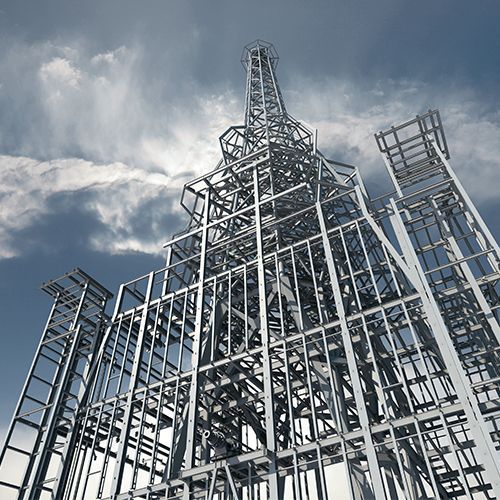


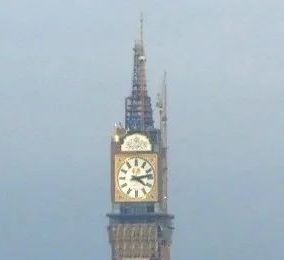
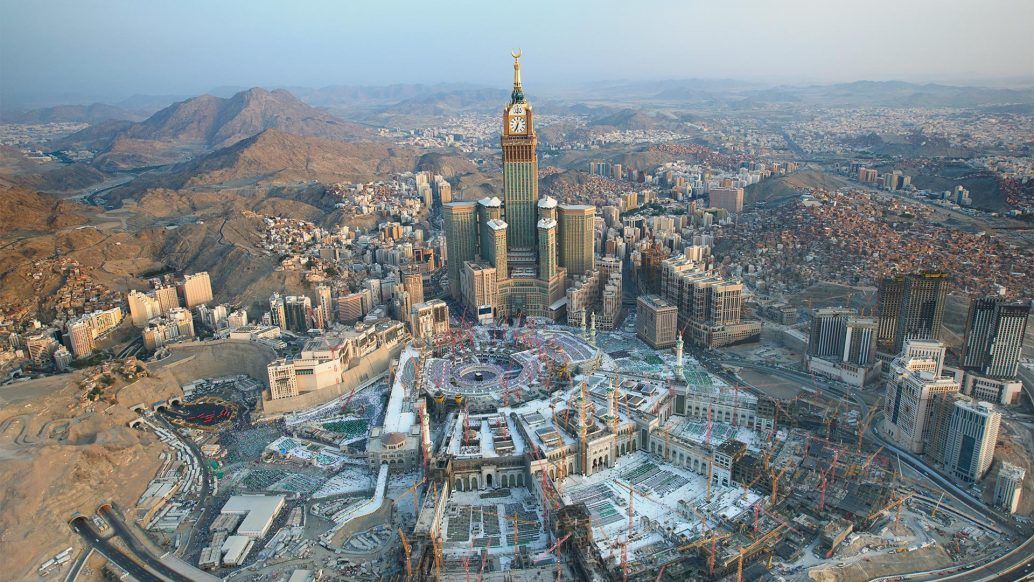

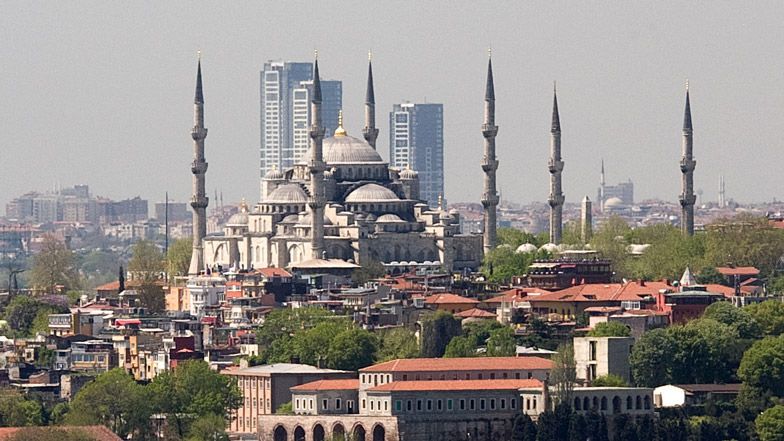
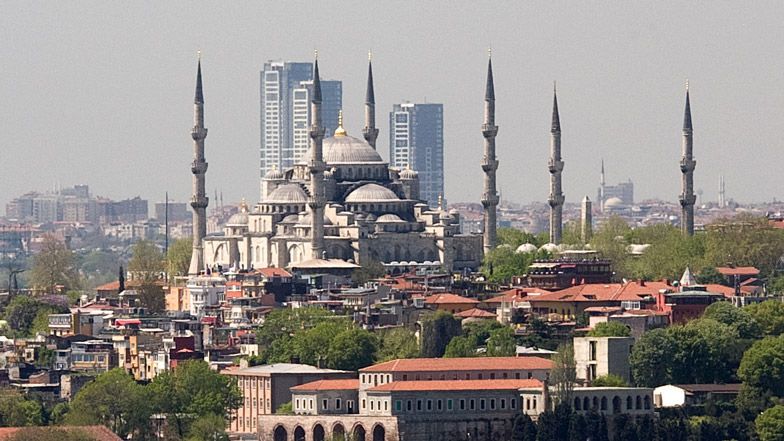
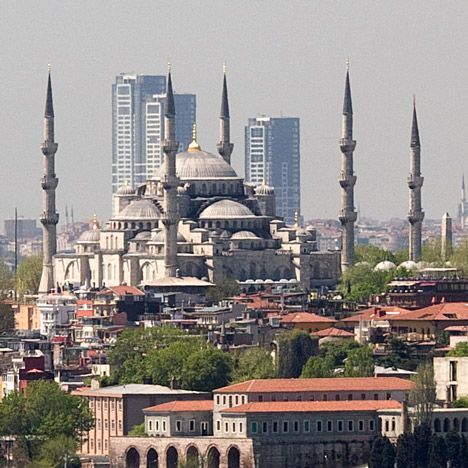
In 2011, a year after the Burj was completed and the ews singin its praises, while attempting to quell international public outrage, Turkey was faced with a similar situation.
Public anger/outrage was increasing as it became apparent that three skycrapers being constructed in the Onalti Dokuz development, in the Zeytinburnu district of Istanbul, would significantly impact the city’s historic peninsula, destroying the majestic silhouette of minarets, domes, and spires that had remained unchanged for centuries. Of most concern was the (detrimental) affect on the views of landmarks/national treasures such as the Hagia Sophia, Topkapi Palace, and the Blue Mosque. These iconic buildings are central to the civic identity of Istanbul, and were now being overshadowed by three new structures.
In addition to the public outrage, in 2010, UNESCO threatened to strip Istanbul of its status as a World Heritage Site for its approach to site management and the planning of major new construction projects. The size and placing of some developments had no empathy with their surroundings, and were damaging the settings of key historic sites. While these new buildings may have been considered important to developers and city officials, they were no more valuable than the key heritage sites of the city, which were national treasures as well as generators of significant tourism revenues for the city. Istanbul's officials were given an ultimatum, that if the city did not maintain the Outstanding Universal Value of these sites, it would face the ignominy of being placed on the list of endangered world heritage sites.
In contrast to the [dismissive] attitude of Meccan planners towards [those campaigning against] the decimation of the environment around the Grand Mosque and Birthplace, Turkish authorities took note of public dismay and the warnings from UNESCO, and launched two legal cases, in 2011, against the development – one seeking cancellation of the permits for the construction of the building and another to shut down the construction and demolish parts of the buildings that had already been completed.
In December 2013, an Istanbul administrative court ordered the destruction of storeys on the Onalti Dukuz towers that were visible above the city's historic skyline. Both the developer and the Zeytinburnu municipalities appealed against the decision.
In August 2014, Turkey’s highest administrative court, the Council of State (COC), rejected the appeals, approving the 2013 ruling by the Istanbul court that ordered the buildings’ demolition. The COC declared that the structures were illegal, as they “negatively affected the world heritage site that the Turkish government was obliged to protect”. In order to remove the towers from the city's skyline/iconic Turkish horizon , the COC ordered that they be demolished or partially demolished,
SEPARATE PHOTO OF THE 3 SKYSCRAPERS:
https://www.middleeastarchitect.com/insight/turkey-prepares-to-demolish-three-illegal-towers
The highly visible Onalti Dokuz development is symbolic of a a much larger problem; whether its demolition can be symbolic of a solution
EXTRAS FROM ABOVE
.The Clock Tower's Shopping Center is situated within the first seven floors of the tower and has more than 600 retail outlets, a food court, a money exchange office, coffee shops and numerous restaurants. as well as luxury bedrooms .. residence or palatial suite
https://www.architecturaldigest.com/story/burj-khalifa
Emaar had selected Smith and SOM to design the supertall structure, they’d broken ground. “We got that building in the ground, in about four or five months,” Smith recalls. At the time, the Burj Khalifa was designed as a 2297- 700-meter foot tower, but since it can take about a year to excavate and lay the foundation for a building of that size, Smith used that time to further develop the structure’s design. “During that process, I was able to do a series of options which would incrementally increase the height of the building, one of them even went up to about 3117 feet,” he says.
From the base of the building to the very top—which includes a spire and antenna—the Burj Khalifa is 2,722 feet - 829 meters.
While construction crews excavated the building’s foundation, Smith and his team flew to Dubai to present a series of models to the developers to show different ways the building could be completed. “We modeled them as a tower where I could take the top off and put another top on,” Smith explains. The architect was advocating for something in the 850-meter range (about 2790 feet), though developers were conscious about the price implications of this additional height. But pre-sale numbers were good, interest in the building was high, and the development team made a decision immediately. As soon as Smith was done presenting, they’d decided on an option that brought the building up an additional 500 or so feet—to the 2,722 feet it stands at today.
At 2,722 feet from base to tip, the Burj Khalifa is the tallest building in the world. When construction finished in 2010, it claimed the record from Taipei 101,
https://www.architecturaldigest.com/story/burj-khalifa
extra
I lowered my head as the Clock Tower invaded the horizon.
Abraj Al Bait is designed by Dar Al-Handasah, an architecture firm from Lebanon,
his makes a harmoniuos look, well designed and co-ordinated, . Mecca with its mountain back drop could have been similarly otrganised, with commercial district away from the holy site, a open museum with multiple 1400 old sites, mountains related to the Prophets ams going back 6 000 years to the Prophet Adam.???.
PUT SECTION WITH ATMOSPHERE
SAY WITH ROAD TRAFFIC BEHIND, SIDES BACK... ATMOSPHERE DIMINISHED
Their sanctity and spirituality should be honored forever. Although the scale of the setting and its occupancy by pilgrimage is extensive, the holy sites and surrounding cities should confer a contemplative silence and a settled, reverential atmosphere.
why has it happened in other historic sites in diriyah. why wa the ancient loos and structures respected and the new infrastructure matched it, was subservient to it, Mecca is the only place where the historc site has been relegated to a small part, and the money-earning infrastruture been made/gained prominence.
Whilst countries such as Turkey and Dubai possess a small number of relics belonging to the Prophet saw or His saw Companions and display them in public, Saudi Arabia has a vast collection of such relics, of which the EWS grudging allow oly a relative handdful to be
https://issuu.com/wanderlust/docs/224-master-pdf-optimised/s/17241017
The plans for Diriyah’s redevelopment are far-reaching but also mindful of the area’s past. A large section will be pedestrianised; cars will be banished underground, with parking going three levels deep. All buildings, including the hotels that are opening, will be built in the Najdi style, with exteriors made of traditional mud bricks. Looking at the plans, it was apparent that much of it will be made on a very human scale, with shaded narrow streets echoing the Arabian cities of old.
Diriyah is intended, within eight years, to attract upwards of 27 million visitors annually, around a third of them foreign. To put that in context, London received a record 21.7 million foreign tourists in 2019.
“It is the only Vision 2030 giga-project anchored in history,” said the DGDA’s Sami Mohamed Amin, “and all of it has been inspired by the At-Turaif World Heritage site.”
Restoring At-Turaif to its former glory requires delving back into history to revive the art of mud-brick making.
This new quarter – including shopping streets, restaurants, cafés and multiple international five-star hotels – will have modern utilities inside, but even its Armani and Four Seasons hotels will have traditional exteriors.
In the first phase of its redevelopment, its buildings – restaurants, hotels, shops, housing – are being built out of mud bricks in the traditional Najdi style. These techniques not only mean it blends with the old city’s architecture, but offer some added perks. The thick walls and strategic airflow naturally keep buildings at a comfortable temperature, without the need for air-conditioning. Internal courtyards and narrow streets also help with shade and cooling.
The buildings of At-Turaif are a mix of original and restored sections, but care is being taken across much of the Diriyah development to build in a way that doesn’t clash with the original city – even its luxury hotels will have mud-brick façades
of museums in Diriyah, all set in the Najdi vernacular architecture.
featuring traditional Najdi architecture
########################
p183 thesis rjm study
Do we need to save our past in Makkah to support and enrich the holiness of
the city? Does maintaining and conserving these very important memorials
contribute to the glorifying and worshipping of God?
The
author is among those who believes that it is important to maintain a certain aura in
Makkah to enhance the religious experience, rather than demolishing all buildings
that stand in the way of development, thereby detracting from such a holy place.
Makkah belongs to Muslims from all over the world. Pilgrims consider their visit as
the most important journey in their entire life. To remove the soul of the city and
wipe out the history associated with its physical monuments clearly denies all
Muslims elements of their religious, historical and cultural past.
therefore did not need the ambience of historic and religious monuments
to add to the event.
People visit historic sites and buildings for remembrance, to link with the
past, to study, and to learn...... and was
it appropriate to demolish these two extremely important places and build offensive
structures in their stead just to avoid the remote possibility that a small number of
people might incorrectly glorify these places? ...... The site ofKhadijah's house, now
public toilets, is surely an example of gross insensitivity.
We must not deny the historic importance of places because a few people
might mistakenly glorify them. The proper action is to guide and teach people and
to raise their awareness about the importance of conservation. The alternative
action is illogical. The progress in air travel did not stop, for instance, simply
because a few planes crashed. Following the same logic, should we prevent people
from swimming in the sea or in rivers to avoid drowning and prohibit people from
driving cars in order to escape the possibility of accidents? The benefits of using
these facilities for the good of the majority is greater than the remote chance of
harm that might occur to the few.
While interviewing religious scholars, one very important issue became
evident. Maintaining the historic and architectural identity of a place or a city could
well be very difficult for religious scholars to understand and appreciate.
Formulating opinions in such sensitive and technical matters requires a particular
background based on the study of art and architecture. Such disciplines are not
part of the religious curriculum, which makes it impossible for them to feel,
recognise, or appreciate these expressions. Religious scholars, unfortunately, focus
on religious aspects only, without any attempt to learn from any other sciences,
especially ones which may complicate issues and cause conflicts. This became
apparent very clearly when discussing the subject of conservation with some scholars.....This
prominent scholar did not recognise the great damage such a plan would do to the
serenity, holiness, and tranquillity ofMakkah. He simply regarded the functionality
of Makkah more important to maintaining any of its special quality and beauty.
Such a proposal will tum Makkah, the holy city, into a semblance of downtown
Tokyo, or Manhattan.
explore inner city
rapid transit systems, from various collection points outside the city. Such
collection points can be self-contained developments, for both local people and
visitors. These new suburbs can become satellite points for pilgrims, with well
planned communities providing the required municipal services. The initial
grouping of pilgrims in new suburbs, together with limiting the overall number of
pilgrims, would be for everyone's comfort - not least the elderly - and for the
good of the Makkan townscape which might be made available for a series of
compact, high density, fully composite, self sustaining settlements linked by a rapid
transit system to the Haram area. The significance, if settlements were to be
created here, is that they would provide a breathing space and time slot for the redevelopment
of the area immediately surrounding the Haram. The advantage of
this proposal by the author is that pilgrims would be accommodated within the
consecrated area of Makkah and at the same time be within a reasonable
commuting distance from the Holy Mosque.
## ##
The author's approach introduces the concept of developing satellite
settlements away from central Makkah for 15-20 kilometres, as shown in Fig. 6.2.
The basic idea is to create fully integrated and competent residential settlements to
release the pressure from Central Makkah. These settlements should be designed to
contain all the required facilities for pilgrims and visitors for Omra including
dwellings, clinics, markets, information and communication centres, as well as
subway stations. When providing such facilities, at a good and affordable cost for
pilgrims, it will assist and encourage groups of pilgrims and visitors to rent these
places regularly, which is achieving the planning objectives for central Makkah. It
is most important to establish a rapid transit system, which will be able to move the
great number of pilgrims within 1 0 to 15 minutes to the central area and the Holy
Haram. Most pilgrims, who cannot afford the increasing escalation of prices of
houses around the Holy Haram, and live further away, spend more than 10 to 15
minutes walking in miserable conditions and weather. Such satellite settlements can
easily accommodate the number of pilgrims in a healthy environment away from
the pollution and congestion of the central area. The arrival and departure of the
group of pilgrims could easily be handled from the ring roads without the need to
enter the central area.
Concurrently with this concept, the town planning office must enforce the
law, and prohibit new high-rise buildings around the Holy Haram. The height of
any new residential towers around the Holy Mosque should not exceed four
stories. This will automatically decrease the increasing prices of land around the
Holy Haram. It will also encourage developers to invest in the new satellite
settlements. Accordingly, the long term planning suggested by the present author
might be possible to implement which will help in restoring the lost identity of the
historical city ofMakkah.
Makkah belongs equally to all Muslims the world over.
The author believes that preserving the Holy City of Makkah should be
accepted and take precedence over all other objections. Muslim countries can unite
to form a standing committee to address the problems associated with the Hajj and
Makkah. This committee, composed of the best scholars from each country could
look at solutions on a continuous basis and provide for an in-depth analysis and discussion. Religious leaders, planners, architects, doctors, social scientists,
transportation experts, environmental experts, preservation specialists, financial
experts, engineers, etc., could provide a firm foundation for such a committee.
Together they could propose regular suggestions for improvements.
addressed by the panel of representatives from
various areas of expertise as well as from all Muslim nations. It is important that all
Muslim nations are included in this panel and that consensus is reached before
proceeding further. Any plans that meet the approval of all Muslim representatives
stand a much better chance of success. The fact that preservation was a part of the
Prophet's intentions when he designated both Madinah and Makkah as sacred
areas, illustrates that this concept is not foreign to Islam as some seem to believe.
In Islam, preservation is a very important tenet. It is clearly mentioned in the
Holy Book, the Qur'a n. The Prophet declared that no man will be abused, no
animal hunted, no plant uprooted thoughtlessly, that all life and the environment
was totally protected in the cities of Makkah and Madinah. The Prophet further
laid the basis for preservation, when by example he and his followers practised this
doctrine.
The main purpose of this study is to awaken those concerned about the
serious preservation issues facing Makkah. It is important to recognise the damage
that has already occurred and to avoid repeating costly mistakes in the future.
In the author's opinion recent planning for Makkah was inadequate and did
not consider thoughtful alternatives to providing services for a greater number of
pilgrims. There were options that could have solved the problems without
destroying the character and the tranquil harmony of the city. To visit the house
where the Prophet lived, the roads he travelled, the home of the first converts to
Islam, the places the Prophet used for shelter when threatened, are all important
sites that add to the visit of a once-in-a-lifetime journey and magnify that journey.
Unfortunately, much of this heritage is lost forever.
Islam calls for a consultancy of scholars (Shoura) and this is what is
required now. The Prophet was a fine example of one who consulted his
companions in all aspects of life and war.
All Muslims have a shared responsibility in this
issue. No one country has the privilege, the responsibility or the ability to
undertake the funding of this enterprise. To restore the lost identity of Makkah
would be a great undertaking and would require much support in and outside of
Saudi Arabia. The author suggests a committee of groups of experts from all
Muslim countries
The pressure of businessmen and developers has
succeeded in forcing the town planning office from following the recommendations
of either RMJM or Dar Al-Handasah.
Many educated and sophisticated Muslims are known to express great
disappointment on arrival at Makkah which appears to them to be little more than
any other contemporary city. Makkah does not radiate holiness, it speaks of
exploitation, materialism and over-development. The devout Muslim can of course
erase these considerations from his mind but he would be better prepared for
prayer and the ritual of the Hajj if his surrounding built environment and the
network of remaining holy places were helping to bring him into the presence of
Allah, rather than reinforcing his remembrance of an exploitative and materialistic
world.
This is not to suggest that the built
environment is to be, as it were, frozen in its existing form or for that matter
returned to the form in which it existed within living memory or even to its
imagined existence of several centuries past.
Rebuilding in accordance with local custom or
aspirations although always reflecting a scholarly or academic stance, is often a
reflection of what is in the hearts and minds of those sincere and committed
Muslims who would seek a self-sustaining spirituality for the place and a unique
spiritual experience for millions ofMuslim pilgrims.
It is stated in the Concise Encyclopaedia of Islam that Makkah is "in
outward appearance an ordinary Middle Eastern city". FT:2 This is not, or should not
be true. The Kabah is the only visible monument that dates back to ancient times
and even this has been rebuilt several times, but it is surrounded by a continuum of
buildings reflecting the architectural styles of the whole Muslim world.
Unfortunately, many of the examples are not of the best design quality. Often the
most important consideration was the money spent rather than the aesthetic quality
of the building itself Above all, it was the commercial return that could be
guaranteed by the site values of a unique site of international significance. Makkah
today is an expression of conspicuous consumption made possible by the
exploitation of the land values of the world's most concentrated religious affinity.
If Muslims wish to re-create Makkah in a different form to that which it is at
present, they must return to the basic spiritual guidance of the Holy Qur'a n rather
than the present emphasis on exploiting the sanctity and sacred land ofMakkah.
FT2: Glasse, C., The Concise Encyclopaedia of Islam. Stacey International,
London.
The alternative to no conservation is a placeless place without visible roots
or historical associations. Makkah should be a special place rather than have the
appearance of any other Middle Eastern city. If this special quality is lost, Islam
will be diminished and the spiritual life of its pilgrims will be impaired.
[[M. MOVE MALLS OUT]]
Makkah has always been a commercial city and the Prophet Mohammed
himself was a trader. This aspect of the function of the city must of course be
maintained and planned for as a quite separate entity. This may require that some
of the commercial functions crowding around the haram should be relocated away
from the city itself but within its immediate sphere of influence. The relief of
pressure and activity and the control of pedestrian and various forms of vehicular
movement in and around Makkah calls for a wider distribution of function, possibly
in self-sustaining multi-purpose peri-urban settlements. The voids thereby created
could be used to establish green open spaces, waterscapes and other amenities
conducive to prayer and contemplation in a less boisterous and confused
environment.
Makkah enjoys having the original places where the Prophet and his
companions witnessed the birth of Islam as well as other great events in Islamic
history. It is with regret that many Muslims do not enjoy their past and heritage.
Angawi, Sami, Makkan Architecture. Ph.D. Thesis, University of London, 1988.
economic interests are
taking precedence over preservation attempts,
Spiritual, as well as secular aspects and values endow Makkah with a
uniqueness among world cities....The restoration and preservation of Makkah's special ambiance should be
kept uppermost in the minds of governmental leaders, architects and planners as
strategies are devised for future development. Had Makkah enjoyed the same kind
of visionary leadership today that orchestrated the successful preservation of
Jeddah's historic sites, much heritage would have been saved.
Perhaps a group of Muslim countries could analyze the case of Makkah
with a view to its being submitted as a World Heritage Site. If Makkah were to
receive such recognition, it would have to address a variety of guidelines for that
special designation. It would also be obliged to draw up a management plan for
the Site, acceptable to the World Heritage Committee. Unfortunately, one of the
major requirements would likely be that Makkah would have to be an open city.
Present Saudi law prohibits access for non-Muslims... AND PRESERVATION OF HISTORIC SITES
preserving Islam's most sacred location, we would be taking
steps to ensure that the Muslim heritage continues as a legacy to future
generations.
concrete, glass and steel facades
153
Instead, a new way of thinking about Jerusalem has emerged. The city is a resource
to be exploited. Its spiritual and visual qualities are commodities to be bought and
sold. The authorities, in order to raise ready cash, have been selling the city's visual
and symbolic heritage. Architects, members of the third generation of modem
architecture, finding this way of thinking not at all uncongenial, have eagerly joined
in the reconstruction of Jerusalem, ignoring the fact that it is a sacred city of all
religions. It is an example of the same thought process that has occurred in the
expansion of Makk:ah. As in Makk:ah, commercial concerns are now undermining
the sacredness of the area.
The
author makes proposals for a future Makkah that would provide pilgrims with the
physical comforts, security, and serene environment they deserve-without destroying
the city they came to visit.
However I was disappointed. I
had expected to see a dignified, beautiful historical structure embodying history
and religion. The expansion had resulted in something less than expected.
Although beautiful and functional, the Mosque lacked a sacred essence and
spiritual aura. It did not have the quality to involve the visitor emotionally or the
tranquillity expected in such a glorious place.
The Haram, which is the sacred ground around the Ka'aba, is radiant, clean
and has a contemporary look. It is illuminated at night, indistinguishable from a
sports stadium. It has been expanded to provide a very functional area for prayers
and for the Muslim pilgrims to perform one of the five pillars of Islam, the Hajj, the
holy trip to Makkah.
These
leave one with little emotion, warmth of heart or spiritual inclination. They lack a
relationship with the Holy Mosque.
I
why
such an act was performed apparently deliberately to wipe out the identity of so
much of the past and the total disregard for the tranquil nature of this locality.
ACHIEVE 3 GOALS REMOVE REMINDERS, PROOF, TO ACHIEVE WHAT THE EWS WANT: REDUCE THE SPIRITUAL EFFECT OF MECCA ON PEOPLE THAT CD CAUSE THEM TO BECOME MORE PIOUS AFTERWARDS AND ATTRACTED TO THE PROPHET'S SAW ISLAM, AND TO ENCOURAGE THEM TOWARDS MATERIALISM AND SHOPPING, TO INCREASE THE REVENUE THAT THE KINGDOM EARNS FROM MECCA.
I believe
there could have been a better solution. THE DIRIYAH MODEL
This loss was replaced with a blend of architectural styles
which were mostly high-rise high density buildings, hotels, banks, restaurants etc.
The new structures serve multiple functions but lack compatibility with the design
and character of the old city. The new design approach is that of undesirable
facades, incompatible materials, large and high concrete blocks overlooking very
narrow roads, and an exaggerated use of lighting. The city lost its original identity
and its serene holiness as illustrated in its glorious age and the aesthetics of the
past. This timeless splendour, unfortunately, has been lost forever.
at the loss of identity in Makkah as the symbol and the focal point for all Muslims.
MECCA WAS SUPOSED TO REPRESENT MUSLIMS TO ALL HUMAN BEINGS, WHAT DOES TELL THE WORLD NOW ABOUT ISLAM,
IF MECCA IS THE FOCAL POINT FOR MUSLIMS, THEN WHAT IS IT SHOWING AND TEACHING MUSLIMS.
Makkah is situated in a valley
bottom which is surrounded by steep mountains'''
The city of Makkah, then, is situated in a valley bottom, with steep
surrounding mountain ranges providing a strong physical constraint
The formation of the Ha.ij Research Centre in 1975 was timely, as the need
for objective, systematic scientific research on the environment of Ha.ij was long
overdue. .... The location also permitted an overview for scientific
research necessary to address the problems of Ha.ij.......involved either directly or indirectly in the
efficient implementation of tasks and responsibilities considered necessary to
improve the Ha.ij situation. These organisations are intended to ensure that
significant progress is made by providing services and facilities to meet the needs
of the growing number of pilgrims making the journey.
The north end of the first ring road tunnel near the site of the house of Abdullah Bin Abd Al-Muttalib also presents problems, as at
present the alignment of this road passes too close to the House. It would have to
be realigned. [[IN 1997 THESIS]]
Separating History from Business
Diriyah
The history that the ews want appreciated, has a monopoly over At-Turaif. The ews [ADA] have ensured that anything that can distract visitors has been kept away from the heritage sites - hence, there are no hotels, retail stores, parks, galleries, or fast food outlets visible in or immediately around At-Tiraif, [or indeed observable from that location [centre].--- what about hotels high enough to see At-Turaif.]
The absence of such commercial activity reduces/lessens the likelihood that a visitor's attention will be diverted away from the type of experience that the ews wish him to undergo, one in which he feels inclined to recognise, through the quality of the site, the esteem for Wahhab that the ews possesses, and to likewise cultivate a respect and reverence for the site and Wahhab, and perhaps also a favourable dispensation towards the latter's doctrines.
“Today, its layout and openness, along with the extensive use of local natural materials and the presence of water and quiet green gardens, provide an air of peace and silence – social architecture that is designed to relax and promote contemplation, a legacy of its former role during the time of the First Saudi State.”
FN 1
Page 105
Al Bujairi: Heart of the Call
[[m. commissioned by]] The High Commission for the Development of Arriyadh and the Historic ad-Dir‘iyah Development Programme
Medina Publishing, 2015
https://www.rcrc.gov.sa/res/ada/ar/Publications/Al-Bujairi_Eng/files/assets/common/downloads/publication.pdf
The commercial area has been located outside of the At-Turaif site in adjacent Al Buraij - [sufficiently] far [distant] enough that it does not diminish the historic atmosphere surrounding At-Turaif, but still convenient for visitors to walk [travel] from one district to the other.
The historic sites in At-Turaif and the commercial centre of Al Bujair, from which the authorities expect to earn a substantial proportion of the total revenues from Diriyah, have been separated by the Wadi Hanifah and the Ad-Diriyah Park.
This allows At-Turaif to retain the "untouched" atmosphere sought by authorities, and unspoilt views to and from the site.
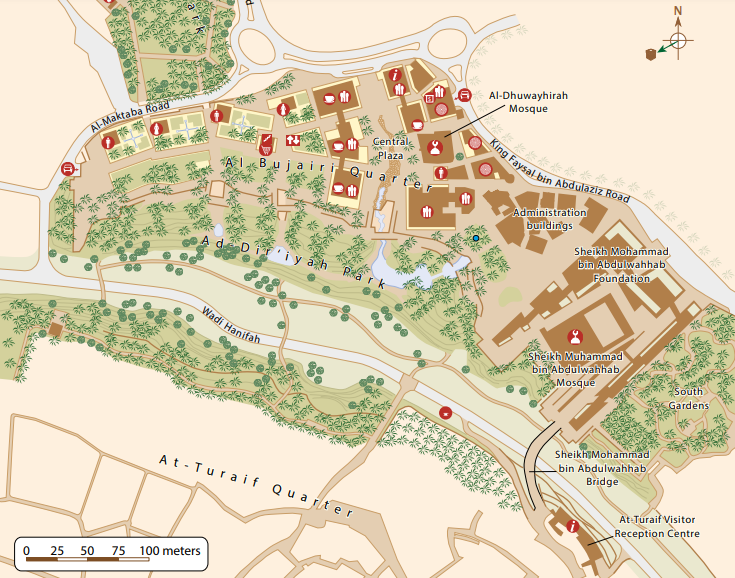
The Birthplace
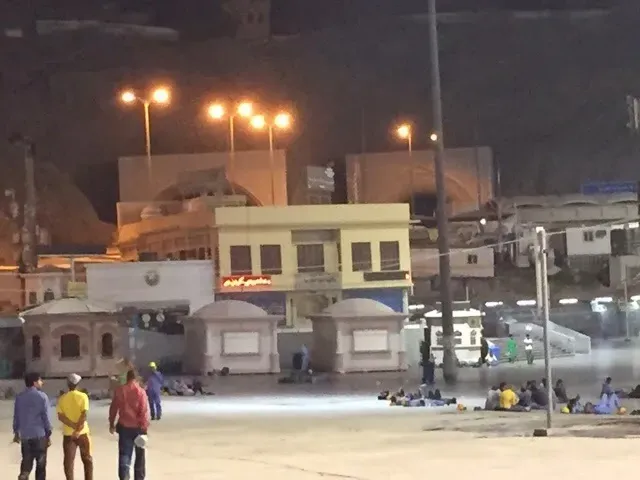
No attempt has been made to keep the use of the land, around the Birthplace, consistent with that normally expected for a world-class heritage site. Instead the site, is surrounded by a seemingly haphazard arrangement of commercial, administration, and maintenance buildings, a road, car parking spaces, and two road tunnels - all constructed within the last 15 years.
This is surprising, since much of the designing and development of the area around the Grand Mosque and the Birthplace, took place in the same period as the planning and preservation of Diriyah, where heritage has been deliberately isolated/separated from ...... The architects of today's central Mecca, knew, or ought to have known, that the approach used in Diriyah is in accord, with both international best-practice, and the aims of campaigners for the preservation of Mecca's heritage. They should, therefore, have been cognisant of the fact that they would be expected to take the same approach with Mecca's historic and sacred sites.
Diriyah
In 2000, the ADA launched its ‘Diriyah Development Program’ and produced the masterplan for preserving and developing Diriyah, and in 2010, after At-Turaif's inscription on the World Heritage List in 2010, policies were re-formulated to make Diriyah a major tourist destination, resulting in the historic-modern fusion found in district today, with the heritage safeguarded in At-Tiraif and the infrastructure to service visitors - roads, car parks, service stations, transit stations, food and beverage retailers, and accommodation - located out of site in Bujairi.
Mecca
During the same period, the planning and development of the area containing the Grand Mosque, the birthplace, and the other heritage sites was being undertaken.
In 2005, King Abdullah bin Abdulaziz ordered a study into increasing the capacity of the Grand Mosque to hold worshippers and Hajj and Umrah pilgrims]. In 2008, the third expansion of the Grand Mosque began with the acquisition of thousands of properties and plots of land around the mosque for redevelopment. The design for the expansion was conceived between 2008 and 2009 by a team at King Saud University. In 2011, the authorities announced that the expansion would increase the mosque area by an additional 400,000 square meters, and also involve the construction of pedestrian tunnels, service tunnels, and a ring road around the mosque.
The actions of Meccan authorities must have been carried-out in the knowledge that they went against conservation norms, and significantly undermined the setting in which the Birthplace sits. The policy was polar-opposite to that being followed in every other prominent heritage site in the Kingdom, most notably, Diriyah.
Joining History to Business
Diriyah
While commercialism, or a merger of history and commercialism, are not permitted within At-Turaif, the latter combination is allowed an appropriate distance away from the heritage site.
All premises used for providing services for visitors to At-Turaif - for example, retailers, hoteliers, eateries, etc., - have been carefully designed and coordinated in the traditional Najdi architectural style. It is assumed, that by having all commercial premises carry the same basic facade of mud-brick and adobe plaster, as the structures in At-Turaif, a positive impact will occur on tourists' perception of At-Turaif and the authorities' stewardship of the site.
If copying is the sincerest for of flattery, then the emulation, by hundreds of businesses, of the At-Turaif 's architectural theme, only serves to lavish praise on the heritage site, and its constructors and preservers.
Diriyah comprises At-Turaif and Al Bujairi districts, and the two are separated by the
Wadi Hanifah.
Diriyah Square
Diriyah Square is the commercial heart of the Diriyah project. It has been divided into separate neighbourhoods, with each specialising in a particular category of product of service, for example, luxury, fashion, urban, F&B, leisure and culture. In total, The retail offering consists of
400 brands from around the world and 100 Saudi Brands.
The cultural hub of the development is Diriyah Square, a mixed-use destination with lifestyle retail, luxury residential, ultra-luxury hotels and resorts, entertainment spaces, unique culinary offerings, and dedicated office spaces and co-working spaces for creatives and professionals. This luxury destination will host more than 400 iconic brands as well as traditional artisan souks and bazaars, all set within an authentic, walkable Najdi village atmosphere, providing a new lifestyle experience unique to Diriyah.???????????
https://www.arabianknightonline.com/Details/15737/Destination-Diriyah
The area is a completely car-free district with a basement carpark containing more than 10,500 below-ground, retail-dedicated, parking spaces across three sub-levels.
[m. Diriyah square]
"... Incorporating 300-year-old Najdi traditional architecture and design concepts to further showcase the importance of the ancient area."
https://www.timeoutriyadh.com/attractions/diriyah-square-guide
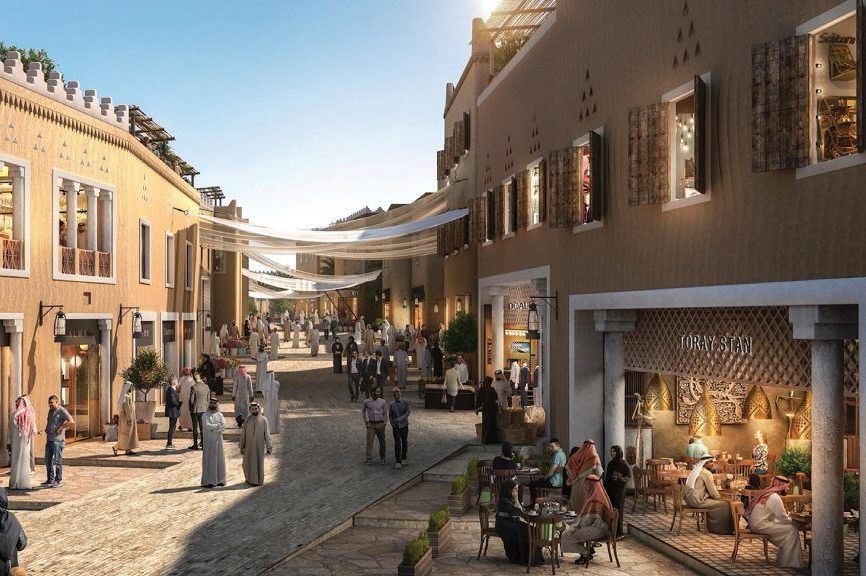
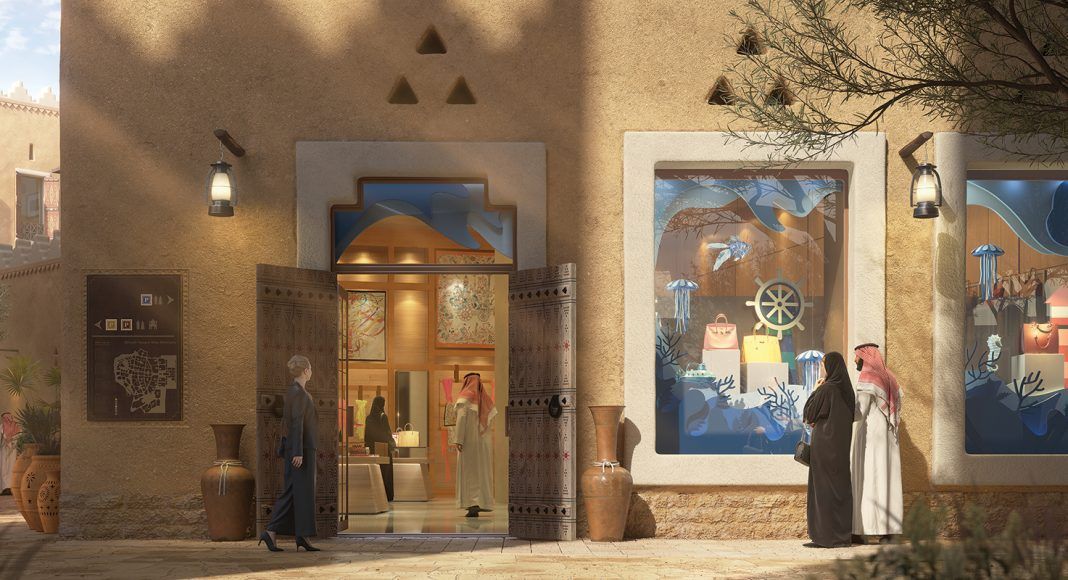
Bujrairi District
The Bujairi district is home to Al Bujairi Terrace and the Bujairi Heritage Park.
Al Bujrairi Terrace
Bujairi Terrace is the food and beverage centre for visitors to historic diriya. The fully pedestrianized district is home to a large number of restaurants and cafes:
Bujairi Terrace showcases "World-class dining experiences featuring internationally renowned restaurants and the finest in regional and contemporary local cuisine. The fully pedestrianized district will be home to over 20 restaurants, including four Michelin-starred restaurants – Chez Bruno, Tatel, Hakkasan and Long Chim – as well as a meticulous offering of local Saudi culinary experiences.
"The fine dining Bujairi Terrace restaurants and cafes combine their beautiful modern interiors with traditional Najdi architecture in keeping with the historical style of Diriyah."
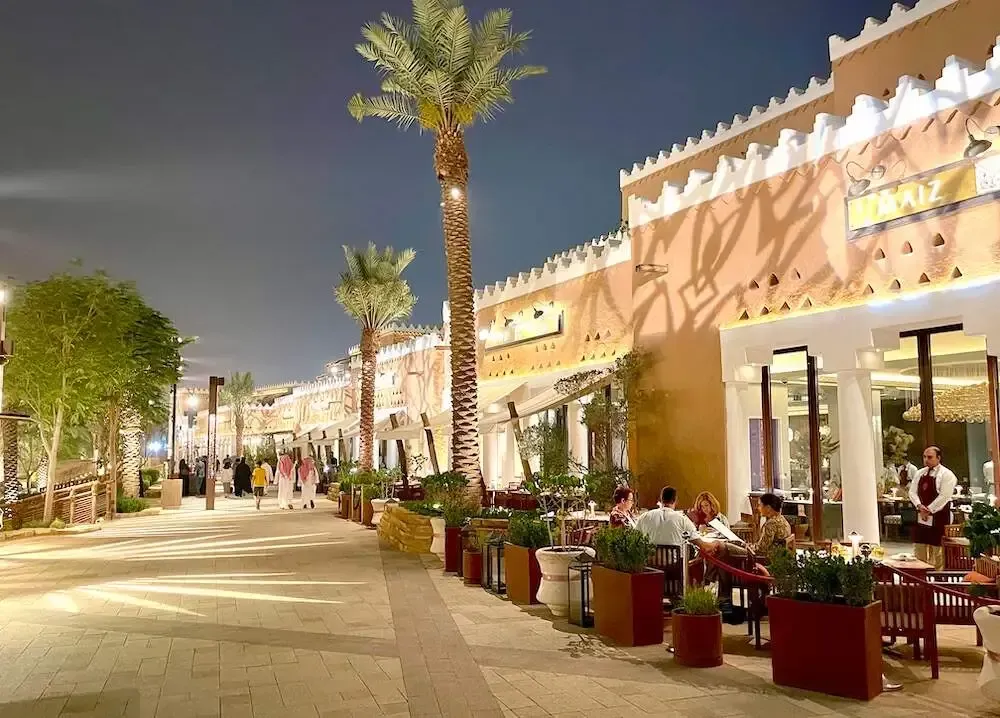
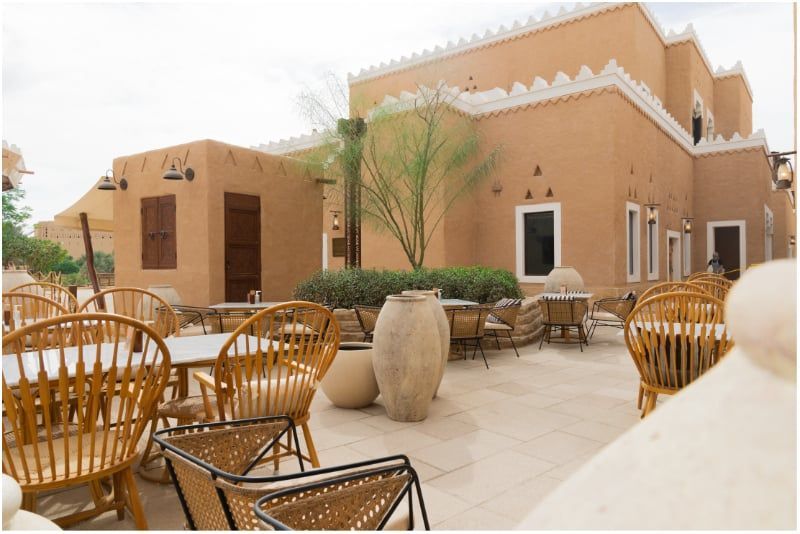
Bujairi Park
Bujairi Park serves as the main recreational attraction of Historic Diriyah. It includes a 60,000 square-meter park, rides for children, a gallery, workshops, cafes, restaurants serving authentic Saudi Arabian cuisine, and retail outlets offering antique showpieces, souvenirs, and handicraft.
As with the rest of Bujairi, the Park supports the narrative being disseminated by At-Turaif by hosting musical light shows, where the traditions and history of Diriyah are illustrated through images projected into the nearby palace walls.
"Al Bujairi Heritage Park is a blend of ancient and modern architecture...."
https://welcomesaudi.com/destination/riyadh/bujairi-terrace-diriyah
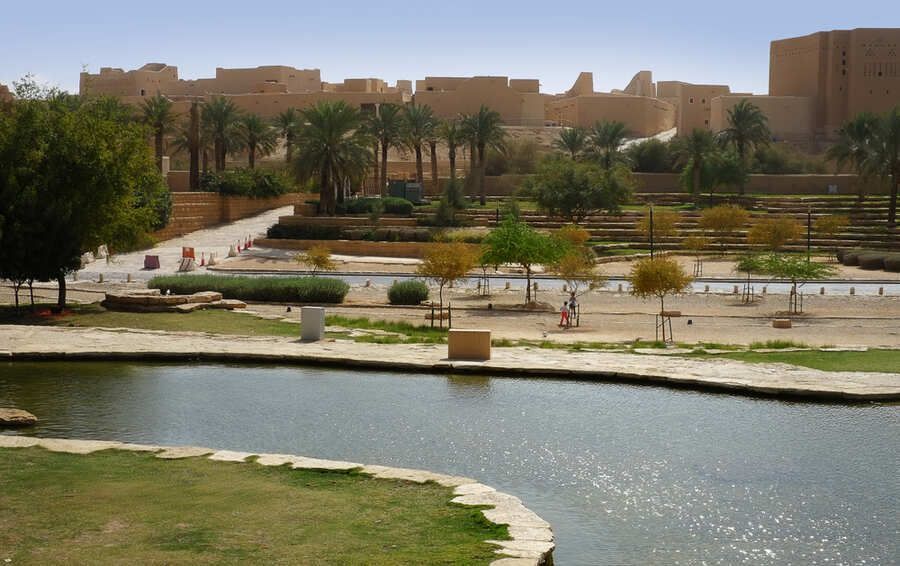
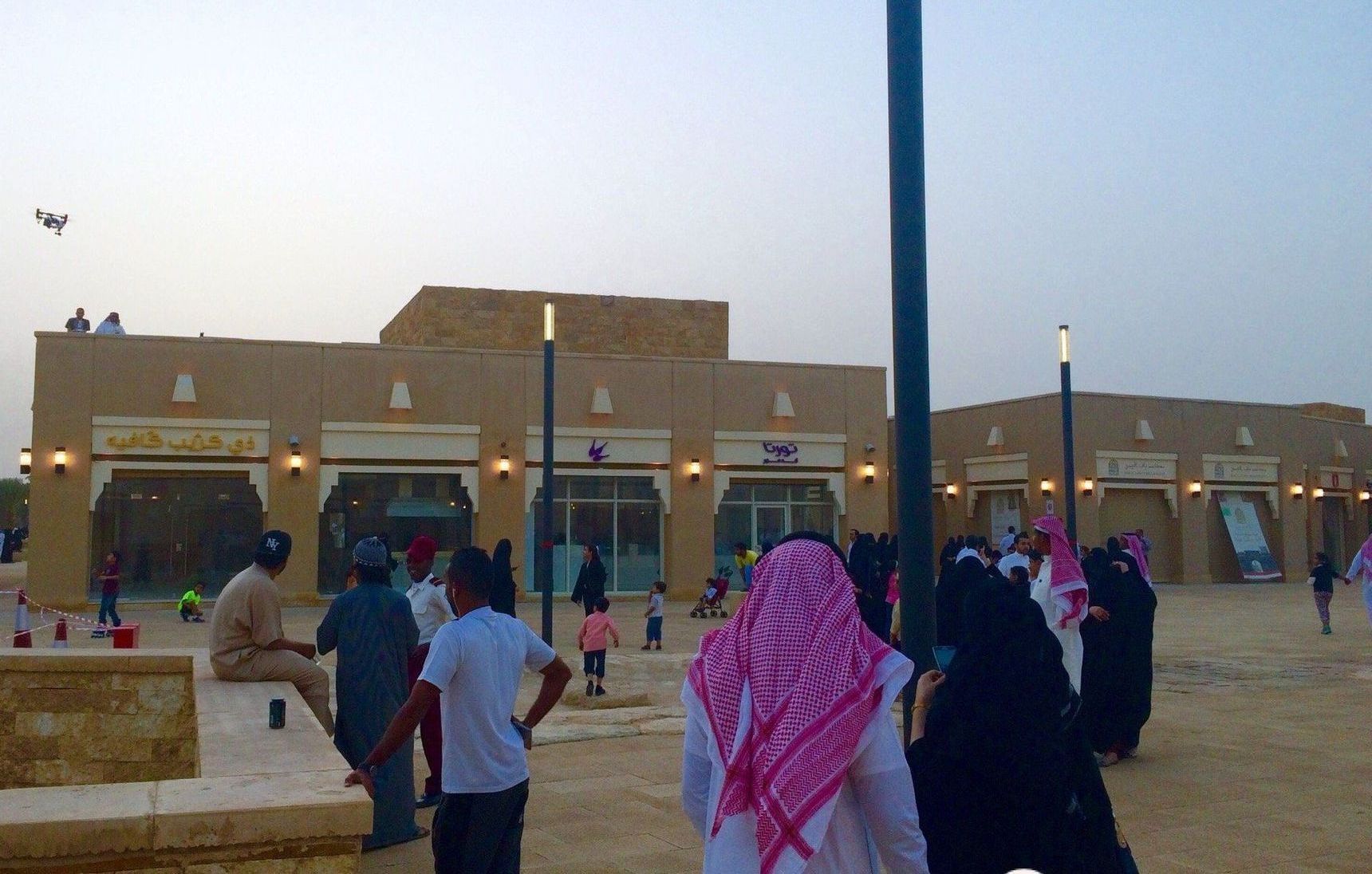
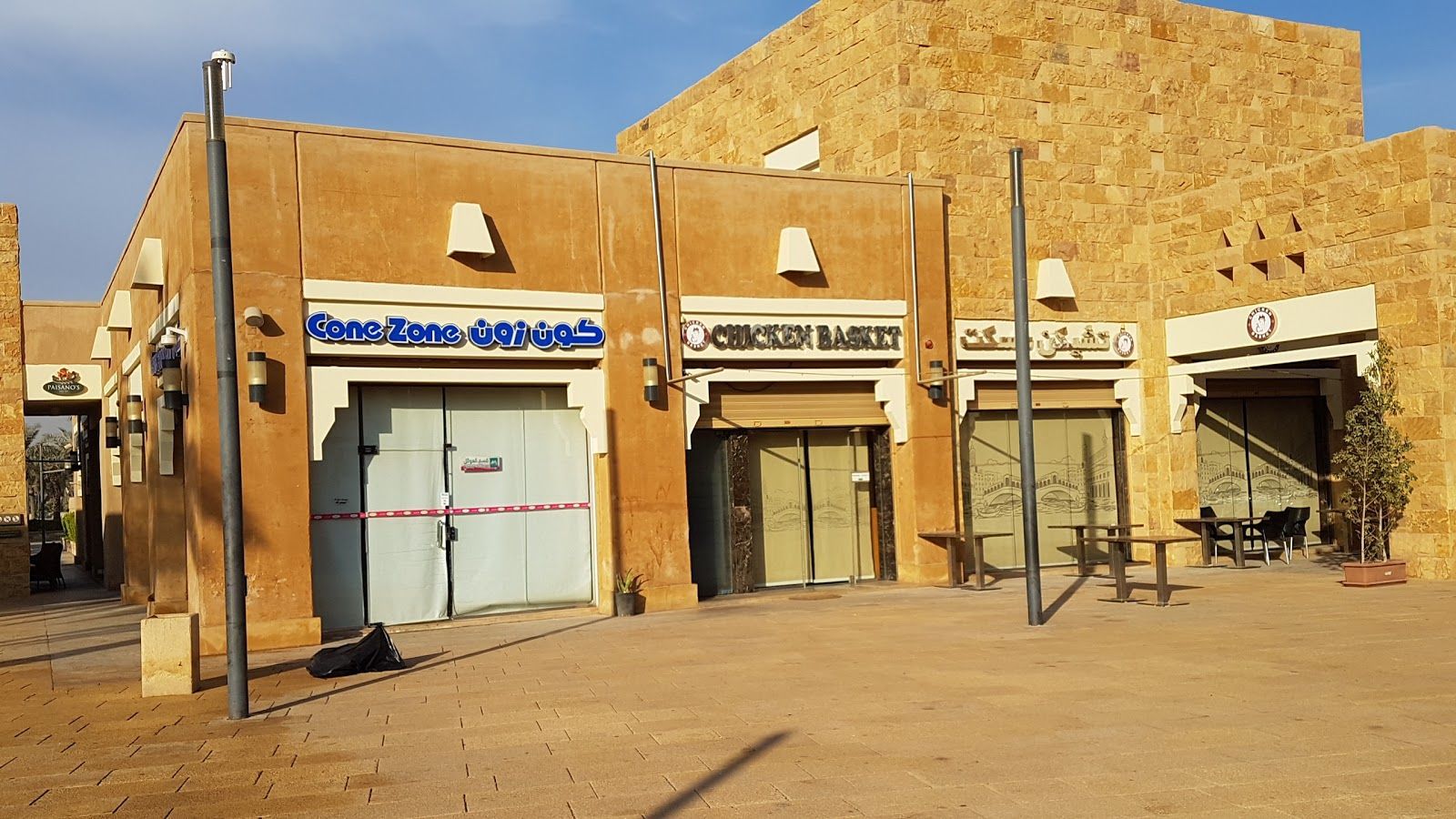
QUOTES:
https://dgda.gov.sa/Preserve.aspx
Celebrating Our Heritage
Diriyah is home to hundreds of stories that showcase Saudi history and traditions. The area hosts various hospitality facilities that serve to emulate the lifestyle of Diriyah’s original inhabitants.
"The Diriyah development will become one of the Middle East’s most walkable, pedestrianized cities, and upon completion will be the world’s largest cultural and heritage site. It has been designed to honour the heritage of the area with traditional Najdi architectural design principles, including low-rise, compact and organic architecture, rooftop terraces, decorated doors, and large courtyards. Each district within the development will be highly walkable with easy connections to the sights and attractions within the area."
https://www.prnewswire.com/ae/news-releases/four-seasons-and-diriyah-gate-development-authority-announce-plans-for-new-luxury-hotel-in-saudi-arabias-most-historic-destination-301501173.html
14 Mar, 2022
Retail and Leisure International
https://www.rli.uk.com/mixed-use-profile-diriyah-square-an-unparalleled-destination/
"Diriyah masterplan will present a completely new lifestyle experience for residents of and visitors to Saudi Arabia, immersing them in the history and culture of the Kingdom while offering a unique retail offering that combines iconic and contemporary global brands with traditional artisan shops and souks inspired by the timeless Najdi architecture of At-Turaif."
https://www.rli.uk.com/mixed-use-profile-diriyah-square-an-unparalleled-destination/
Diriyah Art Futures is a contemporary art center with studios and exhibition spaces that enables Saudi and international artists to explore the possibilities of digital art.
The new construction uses the colours and hues of At-Turaiff and building style of Wahhanb's mosque.
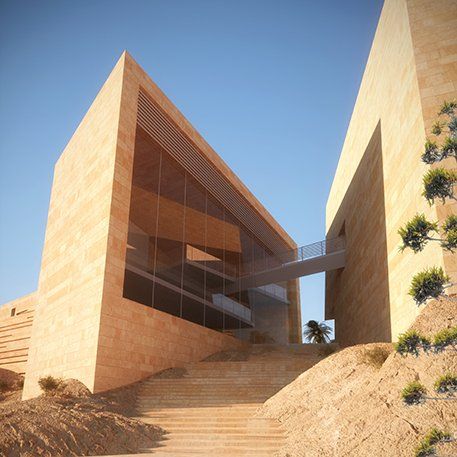
The Birthplace
Human beings tend to relate to their religious beliefs through symbolism. Religious and sacred places represent a physical connection that helps believers express their devotion.
For the caretakers of sacred heritage sites, one of the key objectives is to confer and maintain a contemplative silence and a settled, reverential atmosphere in and around the site. These places deal with an aspect of human life that requires letting-go of materialistic concerns and attending to the spiritual side of their being and life.
This was evidently the goal in Diriyah, and was achieved by the authorities. In Mecca, honouring the sanctity and spirituality of the Grand Mosque, the Birthplace, and the other historic sites that surrounded, was clearly not a consideration.
The Grand Mosque is a place of hope for the majority of humankind struggling under the onslaughts of materialism, and distraction from religion, that pervade the world; but rather than keeping these twin phenomenas away from the Mosque, the authorities brought them to its very doorstep.
Outside the Mosque, are bustling shopping centers with the world’s most expensive designer fashions, award-winning restaurants and cuisines accompanied by every notable fast-food chain from the West, and towers with bright, flashing lights that make the area feel like Times Square in New York. It is no longer the sacred Mecca that has been historically known and revered as a holy site for global Muslims across centuries. It is now a cosmopolitan and commercial machine.
Inside the Grand Mosque
The view from inside the Grand Mosque has been changed drastically and disturbed the ambiance of the site. For 1500 years the centre of attention for pilgrims was the Kaaba, but now there is competition from inappropriate structures that have forced their way into the environs of the Mosque.
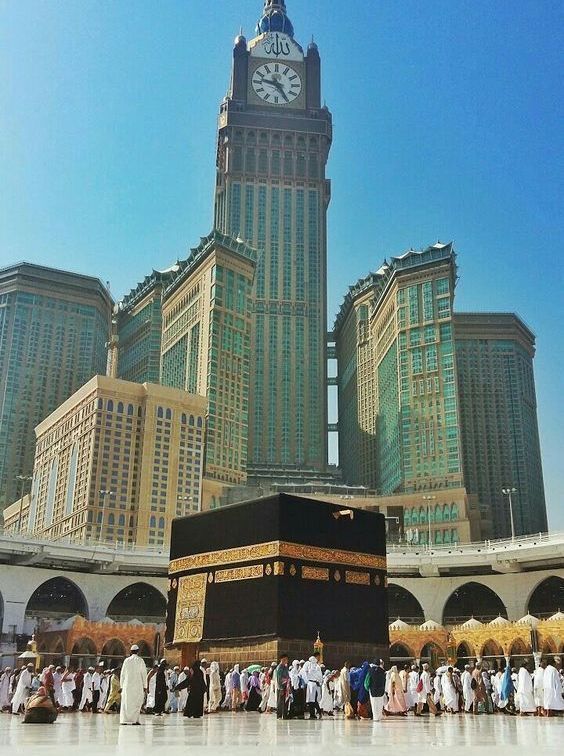
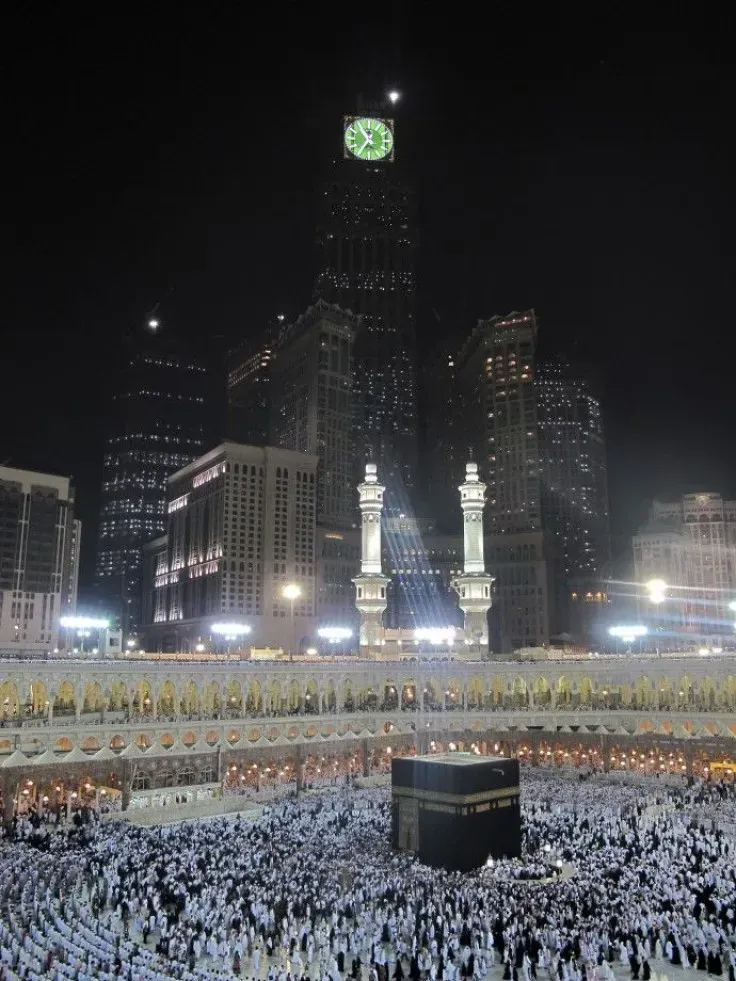
Outside the Grand Mosque
The view from outside the King Fahad gate, one of most prominent entrances to the Grand Mosque, and located in the eastern area of the mosque, sums up the difference in the value of Mecca and Diriyah for the ews.
One is immediately confronted with fast-food outlets, and other retailers, and their neon signage.
The white marble area is part of the prayer area of the mosque and travels virtually up to the entrances of the various numerous businesses.
The awe-inspiring architecture of the Mosque is wholly disparaged by the shop fronts, with their multi-coloured print and neon signage.
When many of the buildings standing on Mount Khandama, behind the Birthplace, were raised, there was an opportunity to create a Diriyah-type backdrop to the Birthplace. The ruggedness and greenery of the celebrated mountain would have greatly enhanced the appeal of the site, bringing the setting back closer to how it must have appeared at the time of the Prophet's saw birth.

This opportunity has been lost, as large sections of the mountain have been gouged out.
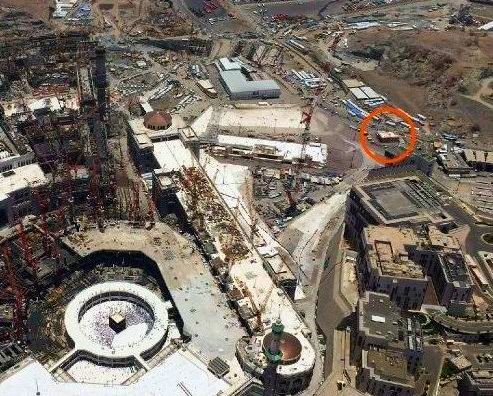
by hiding the adjacent road, through a tunnel as would have happened had the mosque been expanded to this location, sited all other commercial and Mosque-related infrastructure further away from the Birthplace, .. however, once the expansion of the Mosque to the area was abandoned, then so were the efforts to keep this area at a level commensurate with the history that existed there/was witnessed there.
The Birthplace
>>The ancient character of the land use around the Bp has been completely eradicated. The entire neighbourhood around the Birthplace has been destroyed, including the houses on Mount.... behind the Birthplace. The mountain was itself also destroyed.... mentiond in...
-The previously residential area surrounding the Bp has been demolished.
-The majestic mount, which stood behind the Bp has been destroyed/damaged.
- A section of the [ring - name of road] road has been built immediately behind the Bp.
Above photo birth place photo 165
The BP
>>The character of the land use around the Bp has been completely changed.
-The previously residential area surrounding the Bp has been demolished.
-The majestic mount, which stood behind the Bp has been destroyed/damaged.
- A road has been built immediately behind the Bp.
--it is apparent that the extremists have gone to great lengths to minimize the appeal to visitors.
The buildings around the Birthplace, including on Mount...., have been demolished:
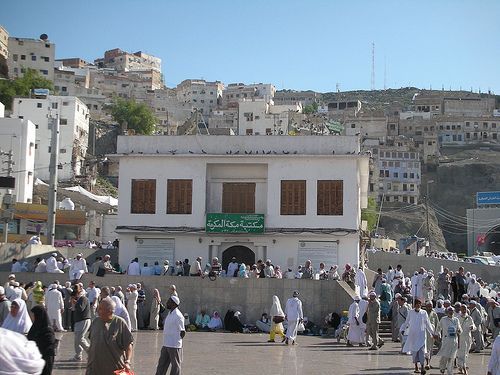
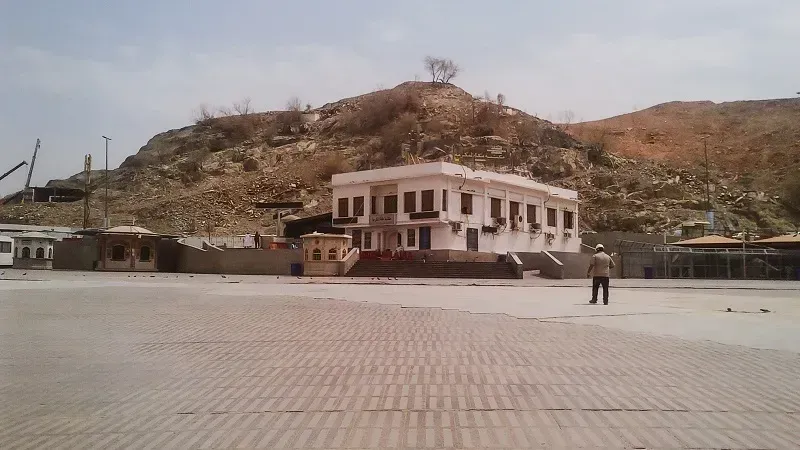
Large sections of the mountain, behind the Birthplace, have been cut away
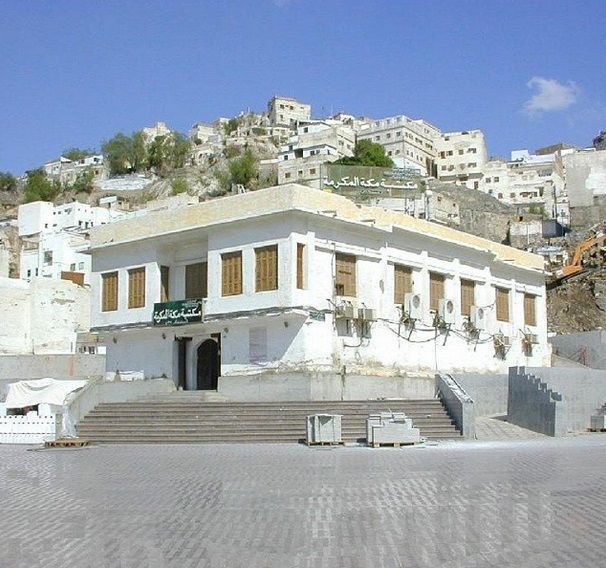
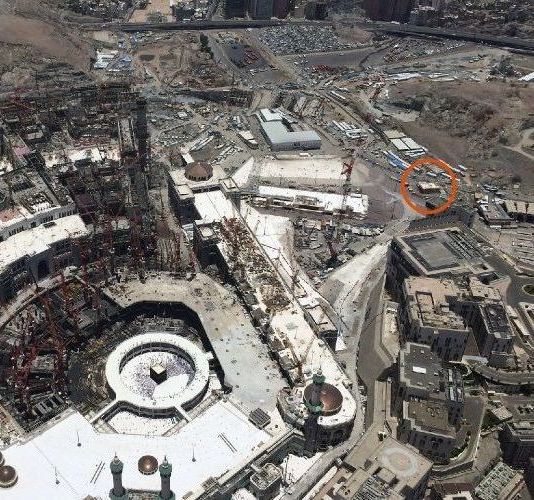
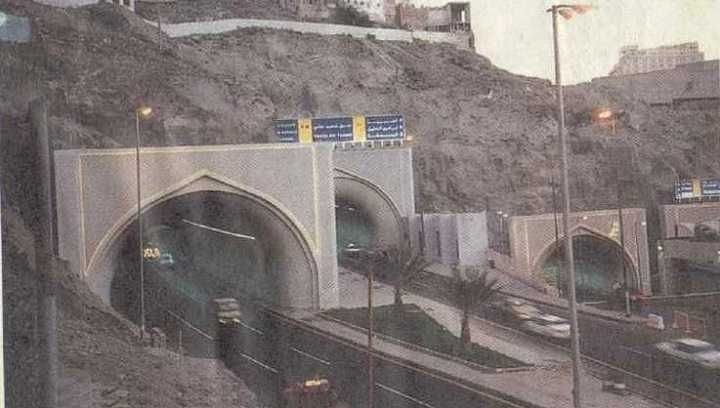
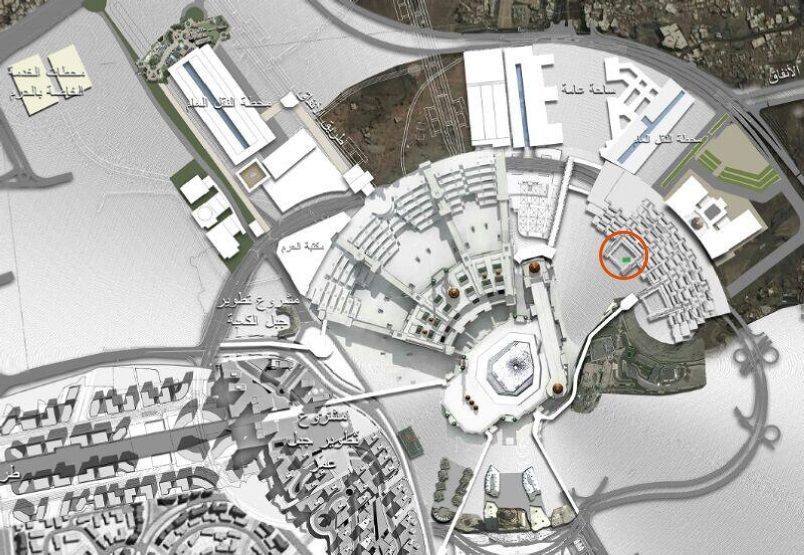
The Front
The area immediately in front of the site is used as a car park for parking vehicles which have no connection to the Birthplace site.
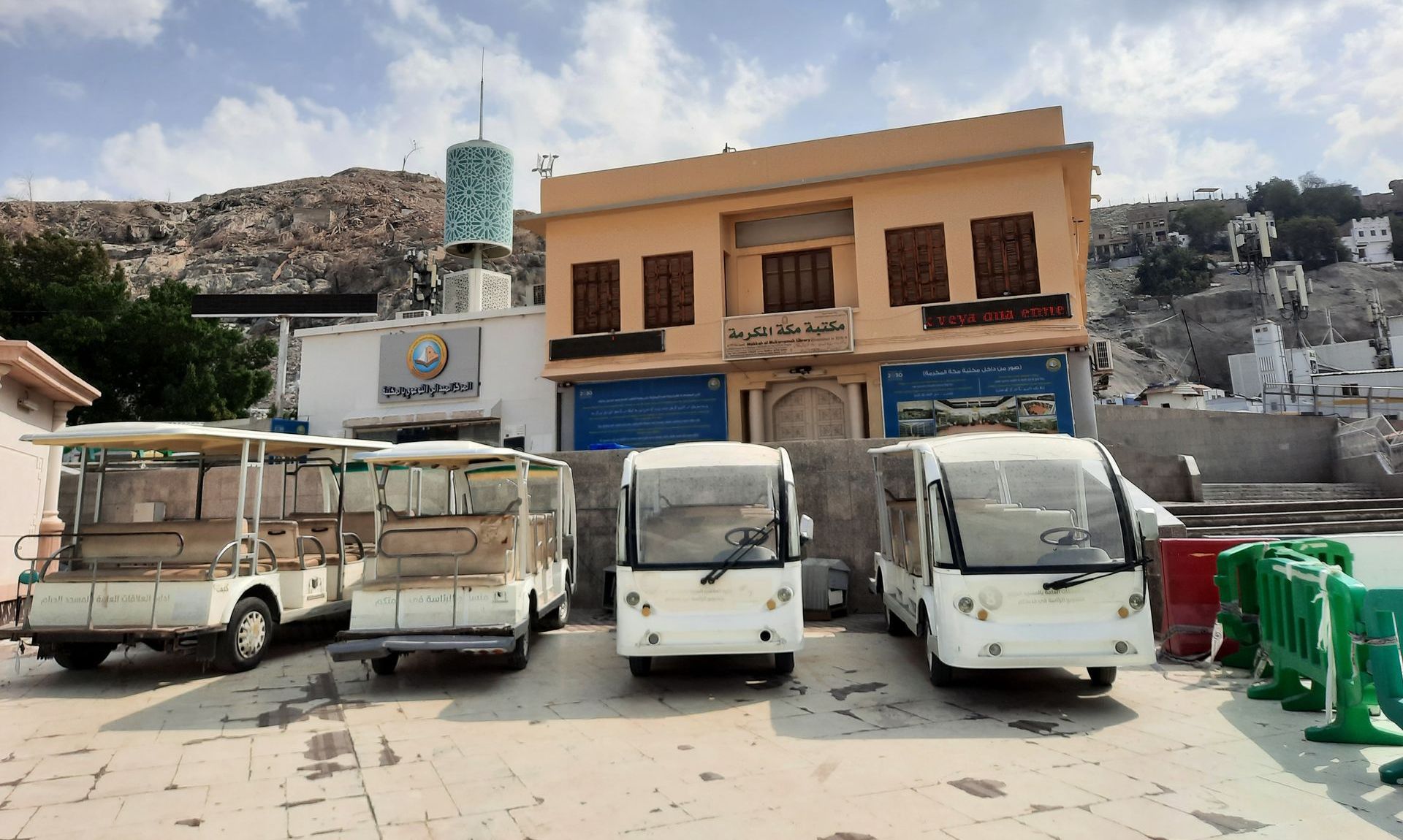
The Right
When looking at the Birthplace from the front, the land adjacent to the right side of the site is used as a storage yard. Since 2023, the land has been used to house a portable toilet, and various other paraphernalia unrelated to the Birthplace.
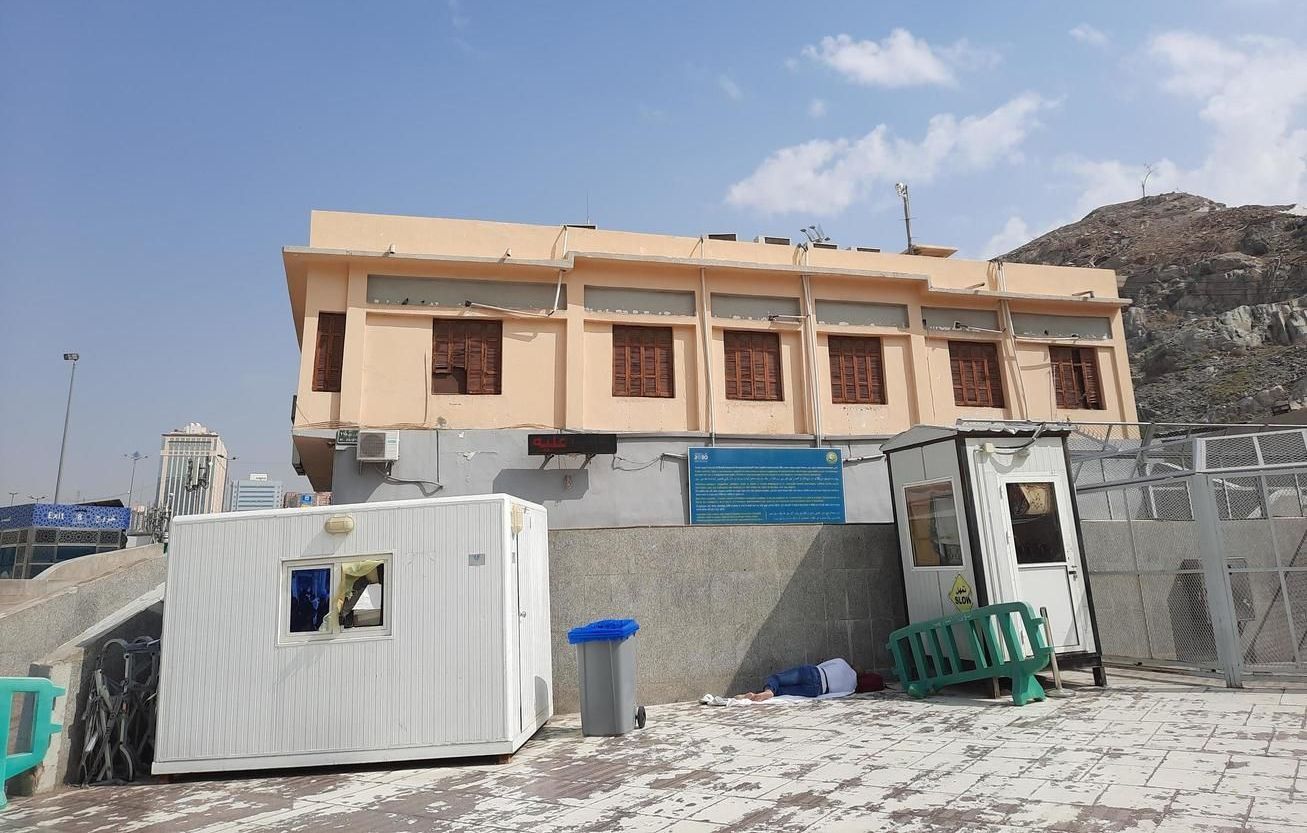
New Paragraph
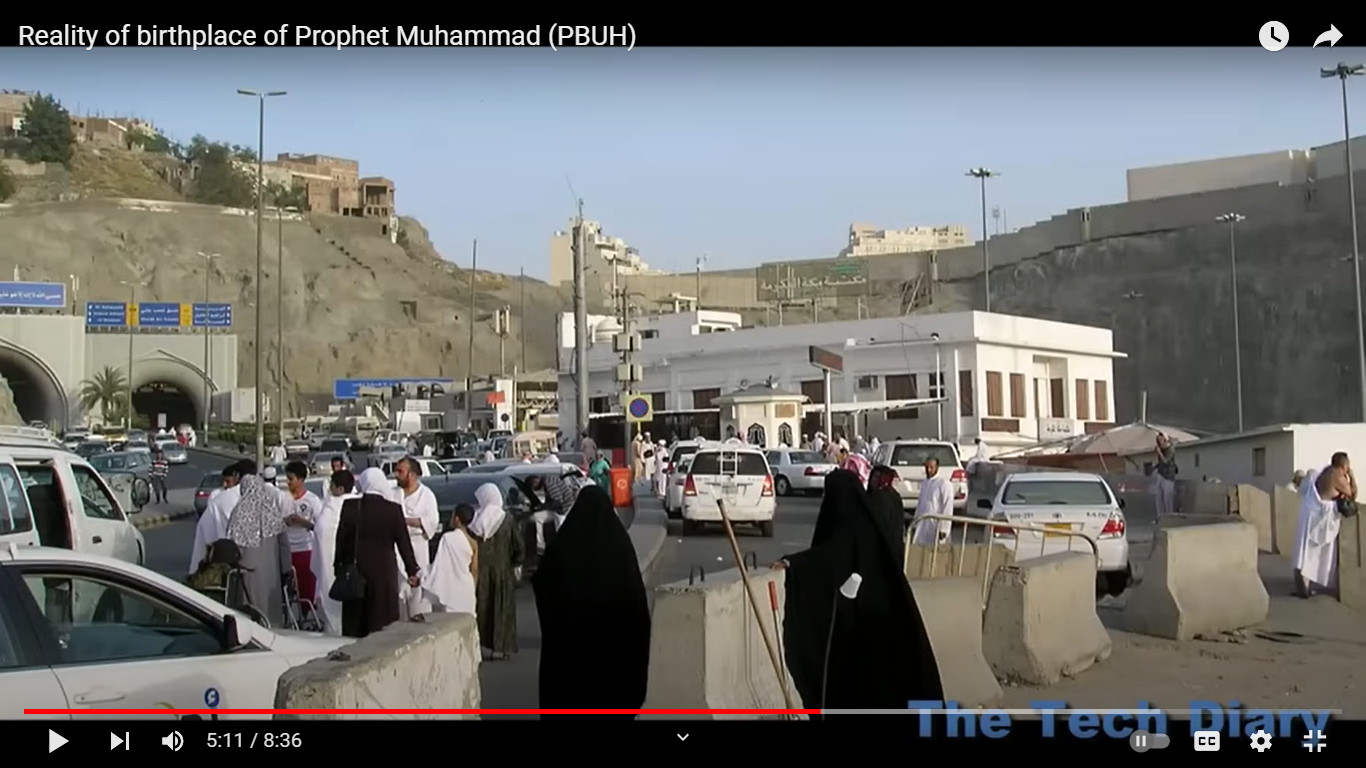
The Rear
A two-lane road is situated to the rear of the Birthplace.
The Birthplace has become a fast-food style, "road-side", heritage site. One can drive right up to the site and park their vehicle immediately behind it.
No appropriate space has been left between the Birthplace and the road - a feature which even the most insignificant residential homes, possess.
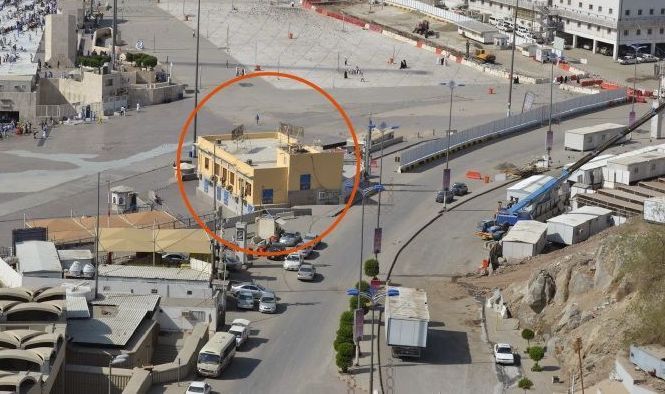
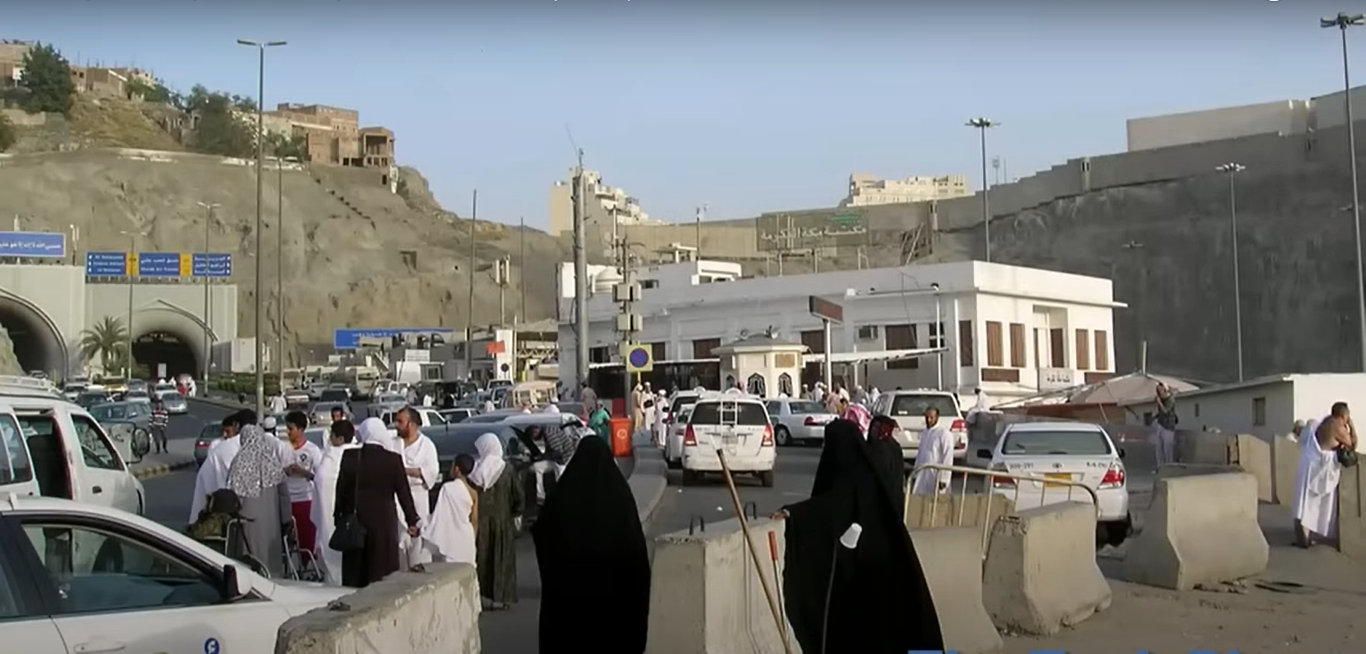
The Left
When looking at the Birthplace from the front, on the land adjacent to the left side of the site, a modern building has been constructed which adjoins the Birthplace. The building is used as an office, but one which has no connection with the Birthplace.
with all the space around the Birthplace, why pit this office right next to the site.

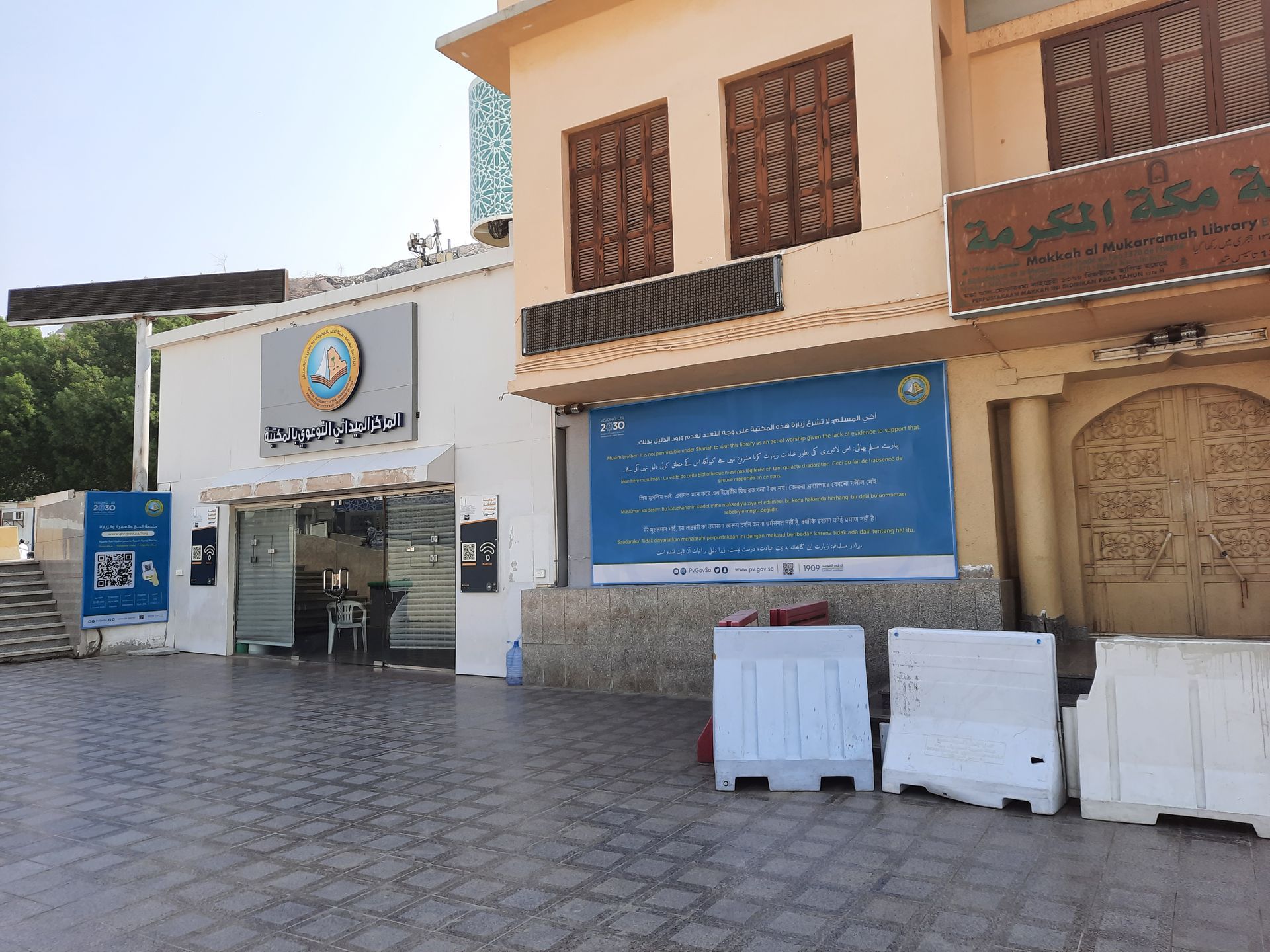
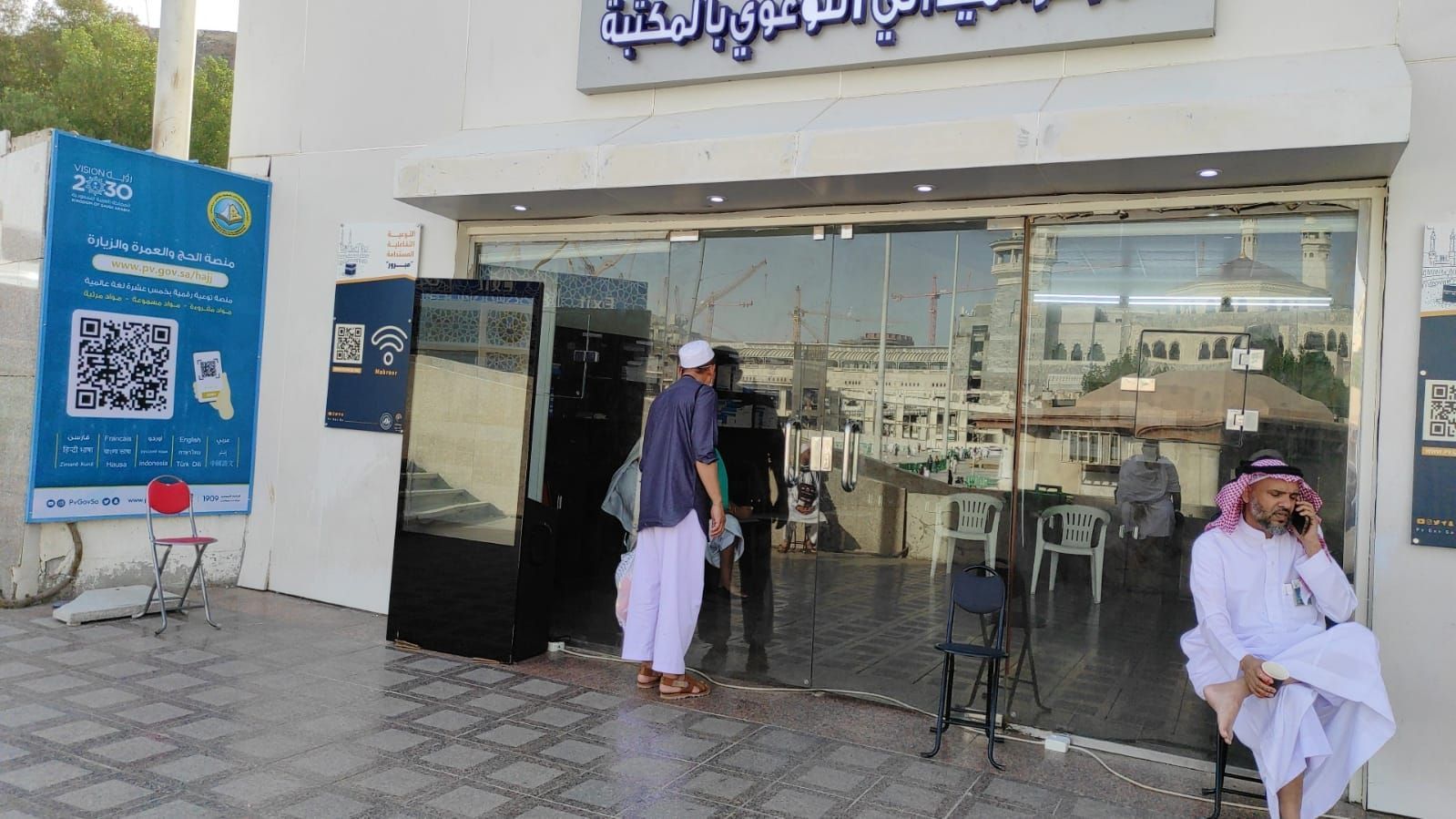
Al Masjid Al Haram Road [TT]
The initial blueprint for the third expansion of the Grand Mosque, required the destruction of the Birthplace. Under this design, the new Al Masjid Al Haram Road, was to follow its current route, which passes directly behind the Birthplace, concealed in tunnels under the expanded Mosque building.
However, the publicising of the proposals drew international criticism, particularly, from Muslim-majority countries, as well as American and European media. As a result, the planners of the expansion modified the layout of the extension to conserve the Birthplace, and bring the Mosque's eastern perimeter upto and around the Birthplace.
The planners also changed the height level of the road, so that the section which was to run by the Birthplace, would no longer be hidden in tunnels, but exposed at ground level.
Heritage specialists petitioned the authorities to ensure that any road in the vicinity of the Birthplace, be constructed either subterranean, or if a surface level road was absolutely necessary, then to follow a route sufficiently distant from the birthplace so as to display respect for the sacredness of the site, and to achieve an ambiance around the site of..... - similar to that desired by the developers of the heritage site in Diriyah. And as with Diriyah, it was feasible, both financially and logistically, to route a road in Mecca so as to avoid disturbing the environs of a significant heritage site. However, in Mecca's case the appeals were rejected.
Name Change
The entire stretch of road behind the Birthplace (The Road) is not all called the 'Al Masjid Al Haram Road'. When the road emerges from a nearby tunnel, it is called 'Al Rahmah Street', and it is only as it nears the Birthplace - approximately 90 metres away from the Birthplace - that the road's name is changed to 'Al Masjid Al Haram Road'.
It is not immediately apparent as to why, of the all the roads around the Grand Mosque - Aiyad Street, the First Ring Road, Umm Al Qura Road, King Abdul Aziz Road, and Al Rahmah Street - this particular road has been chosen to be named after the Grand Mosque. Prior to the third extension of the Mosque, which demolished hundreds of buildings to the east of the Mosque, and extended it right up to the location of the road, the location of the road has never had any connection to the mosque, as blocks containing hundreds of residential buildings, and numerous lanes, have lain between them for the past thousand years. In fact, the road which may have a greater claim to be called after the Mosque, because it is of greater service to the Mosque, would be the First Ring Road - which encircles the Grand Mosque.
Commentators have suggested that naming the road after the Grand Mosque was part of the strategy to stifle the criticism which would follow the planned destruction of the Birthplace, by insinuating, falsely, that the space taken up by the road, as well as the surrounding land had some, hitherto unknown, allegiance to the provision of ancillary services (Services) related to the Mosque, and that any such service, no matter how tenuous its link to the Mosque or how trivial the use - including the storage of abandoned equipment or the parking of buses/vehicles - had a greater claim on the land than Islam's fourth holiest site and its continued existence.
The fact that:
(i) after the outcry over the intended destruction of the Birthplace, those services were able to be swiftly relocated elsewhere, without any loss to the expansion;
and,
(ii) the planners did not utilise any of the solutions deployed in Diriyah and other parts of Mecca, such as the placement of roads, car parking, warehousing, and maintenance facilities underground, and re-routing of transport infrastructure, which would allow the Birthplace to remain, while enabling the other land uses, that the planners claimed were necessary in the area, to be installed;
demonstrates the disingenuity of the planners' case for obliterating the Birthplace.
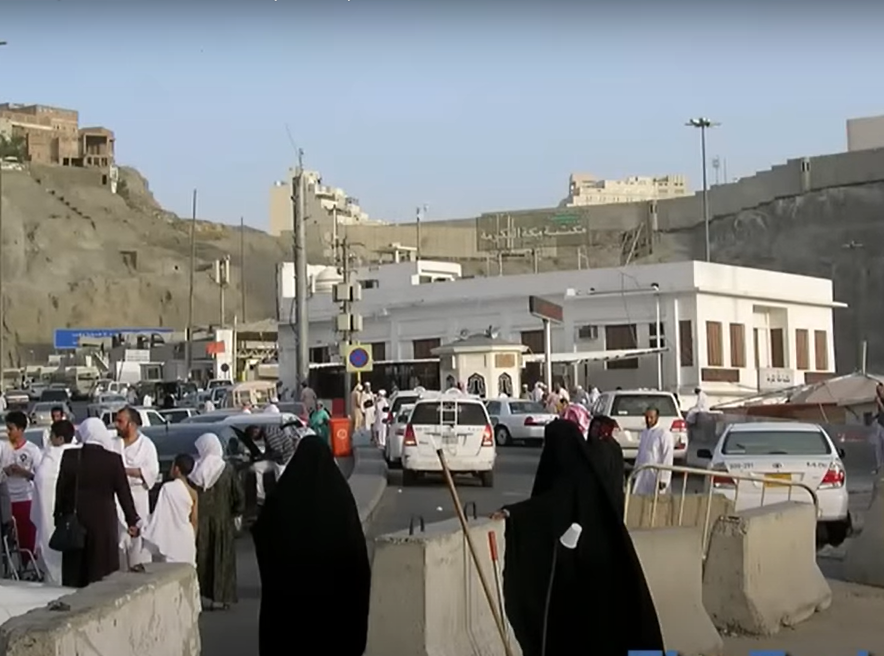
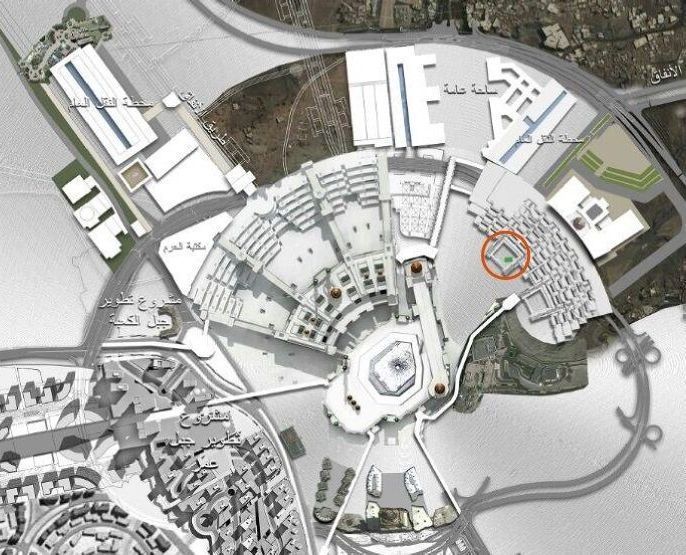
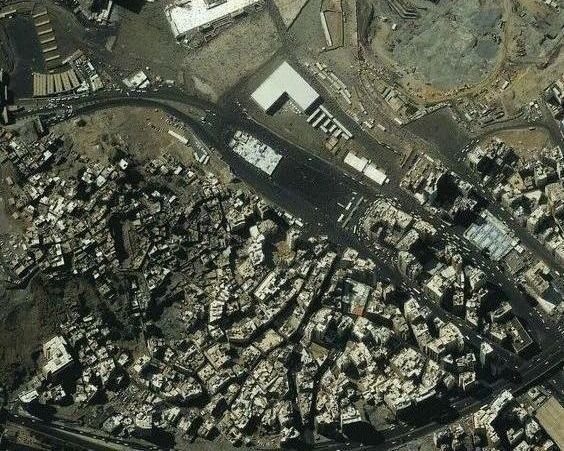
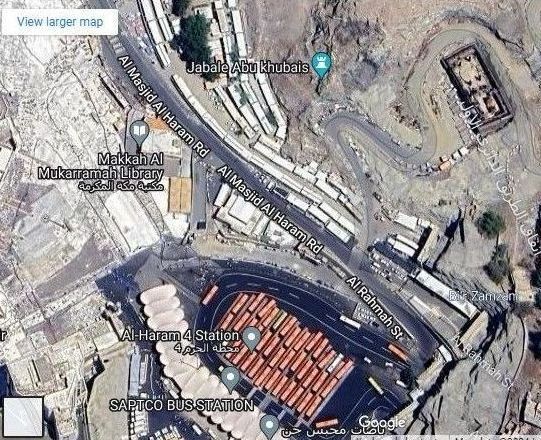
The Expertise
National and International Expertise
The preservation and development of Diriyah has been spearheaded by Diriyah Company Group CEO Jerry Inzerillo. Inzerillo is the former CEO of Forbes Travel Guide, and is currently also a United Nations Tourism Ambassador.
The various projects on the site have been carried out by local craftsmen and master masons in partnership with renowned specialists from various academic fields, supplied by the Saudi Commission for Tourism and Antiquities. The work has also seen collaborations with international consultants such as the Department of Egyptian Antiquities, Ayers Saint Gross Architects & Planners (United States), HCC Heritage Conservation Consulting (Canada), and the specialist earthen architecture body CRATerre (France).
For the conversion of a number of at-Turaif residences into conventional museums, an international working group was formed comprising historians, museum experts, urban planners, exhibit designers, communication experts, stagecraft technicians, and specialists in new multimedia technologies. [[https://www.goppion.com/projects/atturaif]]
In 2005, King Abdullah bin Abdulaziz ordered that a study be made over expanding the capacity at the Grand Mosque to receive more worshippers and Hajj and Umrah pilgrims. The task involved developing an architectural design and evaluating the technical aspects of a major expansion.
Rather than appointing the Saudi Commission for Tourism and Antiquities to undertake the task, the role was given to the Ministry of Education. The Ministry, in turn, invited local and international firms, and Saudi universities, to submit their proposals.
Despite the fact, that the multi-billion dollar expansion attracted interest from acclaimed international experts with extensive experience of designing and delivering large-scale projects, the Ministry of Education selected, perhaps not surprisingly, the proposal from King Saud University. The University's team consisted of students and staff, and had no practical experience of designing and executing building projects - they possessed only theoretical knowledge of architecture.
Dr. Abdulaziz al-Muqrin, Dean of the College of Architecture and Planning at the King Saud University, and head of the university's design team for the expansion, commented that their "proposal competed against 14 presentations that were submitted by local and international firms and other faculties."
After the expansion plans were completed, the University's team was also heavily involved in the implementation of the design.
https://english.aawsat.com/features/4410121-third-expansion-grand-mosque-launched-king-abdullah-completed-king-salman
If the Meccan authorities had selected a specialist firm to design and oversee the Grand Mosque's expansion, as was done in Diriyah, rather than a collection of students and teachers, then perhaps they would have avoided some of the colossal blunders that occurred and are condemned to the present day:
“The Royal Clock Tower in Mecca […] dominates the Kaaba with such crassness that the thought must occur, even to a non-believer, that the building is an abuse of Islam more egregious than any burning of the Koran.”
The architect Norman Foster also expressed negative views of the Clock Tower, describing it in The Economist in the following terms:
(Ledgard, 2013, cited in Al-Kodmany et al., 2013, 26).
Makkah's planners didn't have to build so close to the Kaaba, overwhelming the simple cube-shaped structure, said Irfan al-Alawi, a Saudi who heads the London-based Islamic Heritage Research Foundation.
The hotels could have been built miles away and transportation improved.
“Already we are losing the spirituality,” he said. Pilgrims admire the clock tower instead of “looking at the Kaaba and admiring the house of God. “
https://www.dawn.com/news/1135516
Saudi overhaul reshapes 'unrecognisable' Makkah
Published October 1, 2014
-
Essam Kalthoum, managing director of the government-owned Bawabat Makkah Company, which is involved in a number of projects around the city, acknowledged...
Kalthoum showed a gift from a Turkish foundation he had just received: a photo of Makkah from the late 1800s.
“This is painful,” he said.
“For those of us who witnessed some of this (past), it brings back memories. “But he pointed to the Kaaba in the photograph. “Because of this place,” he said, the old markets and buildings had to go.
to attempt to remake Islam in their own narrow and puritanical image.
how workers with drills and mechanical diggers have started demolishing some Ottoman and Abbasid sections on the eastern side of the Masjid al-Haram in Mecca.
Many of the Ottoman and Abbasid columns in Mecca were inscribed with intricate Arabic calligraphy marking the names of the Prophet Muhammad’s companions and key moments in his life. One column which is believed to have been ripped down is supposed to mark the spot where Muslims believe Muhammad began his heavenly journey on a winged horse, which took him to Jerusalem and heaven in a single night.
King Abdullah has put the prominent Wahabi cleric and imam of the Grand Mosque, Abdul Rahman al-Sudais, in charge of the expansion while the Saudi Binladin Group – one of the country’s largest firms – has won the construction contract.
Mecca has been transformed from a dusty desert pilgrimage town into a gleaming metropolis of skyscrapers that tower over the Masjid al-Haram
“It matters because many of these columns signified certain areas of the mosque where the Prophet sat and prayed,” he said. “ The historical record is being deleted. A new Muslim would never have a clue because there’s nothing marking these locations now.
There are signs that King Abdullah has listened to concerns about the historical destruction of Mecca and Medina. Last October The Independent revealed how new plans for the masjid an-Nabawi in Medina would result in the destruction of three of the world’s oldest mosques on the west hand side of the main complex. However new plans approved by King Abdullah last week appear to show a change of heart with the bulk of the expansion now slated to take place to the north of the Masjid an-Nabawi.
https://www.independent.co.uk/news/world/middle-east/the-photos-saudi-arabia-doesn-t-want-seen-and-proof-islams-most-holy-relics-are-being-demolished-in-mecca-8536968.html
m. ews hate history... reminds muslims of another groiup going back to the beginning with a different view
The sign board above th entrance to the Bp has become almost unreadable to decay and the build-up of dirt - perhaps deliberately.
As part of the restoration, the winding streets and walkways around the area’s open spaces have been paved in a style that emphasizes its historical importance.
2. Repair and restoration
~Diriya
done with compatible materials and techniques respectful of the original....~Diriya
--New additions, limited only to the areas where they are essential for the stability and modifications are done with compatible materials and techniques respectful of the original.
The standards set by the Saudi authorities for the preservation of Diriyah and the quality of the visitor experience desired, necessitated urban intervention, landscaping, heritage conservation, archaeological preservation, restoration, adaptive reuse of a large number of monuments, and development, all concurrently.
Brick Making
The site contains archaeological remains, standing monuments, and architectural ensembles that have been restored or reconstructed in a style similar to that of the origins of the property using traditional earthen construction techniques. The conservation of earthen buildings is difficult, requiring substantial and frequent maintenance. The work involved producing large quantities of bricks using the traditional brick-making method, and reconstruction under the guidance of international specialists in ancient building techniques.

Inventories, Recording, and Research
Since 1982, Saudi authorities have regularly carried out archaeological excavation and topographic survey campaigns at the site using techniques such as 3D scanning and Geographic Information Systems. The work has tended to focus primarily on the earliest remains, and in advance of any conservation or reconstruction interventions. Inventories of architectural structures and ornamental typologies are curated by the Saudi Commission for Tourism and Antiquities, and form a comprehensive database of the site's significant features.
National and International Expertise
The various projects on the site have been carried out by local craftsmen and master masons in partnership with renowned specialists from various academic fields, supplied by the Saudi Commission for Tourism and Antiquities. The work has also seen collaborations with international consultants such as the Department of Egyptian Antiquities, Ayers Saint Gross Architects & Planners (United States), HCC Heritage Conservation Consulting (Canada), and the specialist earthen architecture body CRATerre (France).
https://www.goppion.com/projects/atturaif
For the at-Turaif Living Museum project, ..........an eclectic international working group comprising historians, museum experts, urban planners, exhibit designers, communication experts, stagecraft technicians, specialists in new multimedia technologies and other professionals. Goppion created display cases for all of the Museum’s exhibition galleries.
--
below photos: 171, 172, 173, 174
https://hcc-heritage.com/en/projects/implementation-of-conservation-development-works-in-historic-diriyah-a-unesco-world-heritage-site-saudi-arabia/
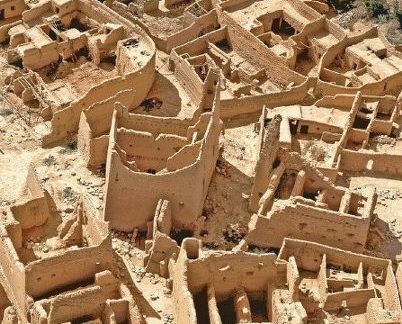
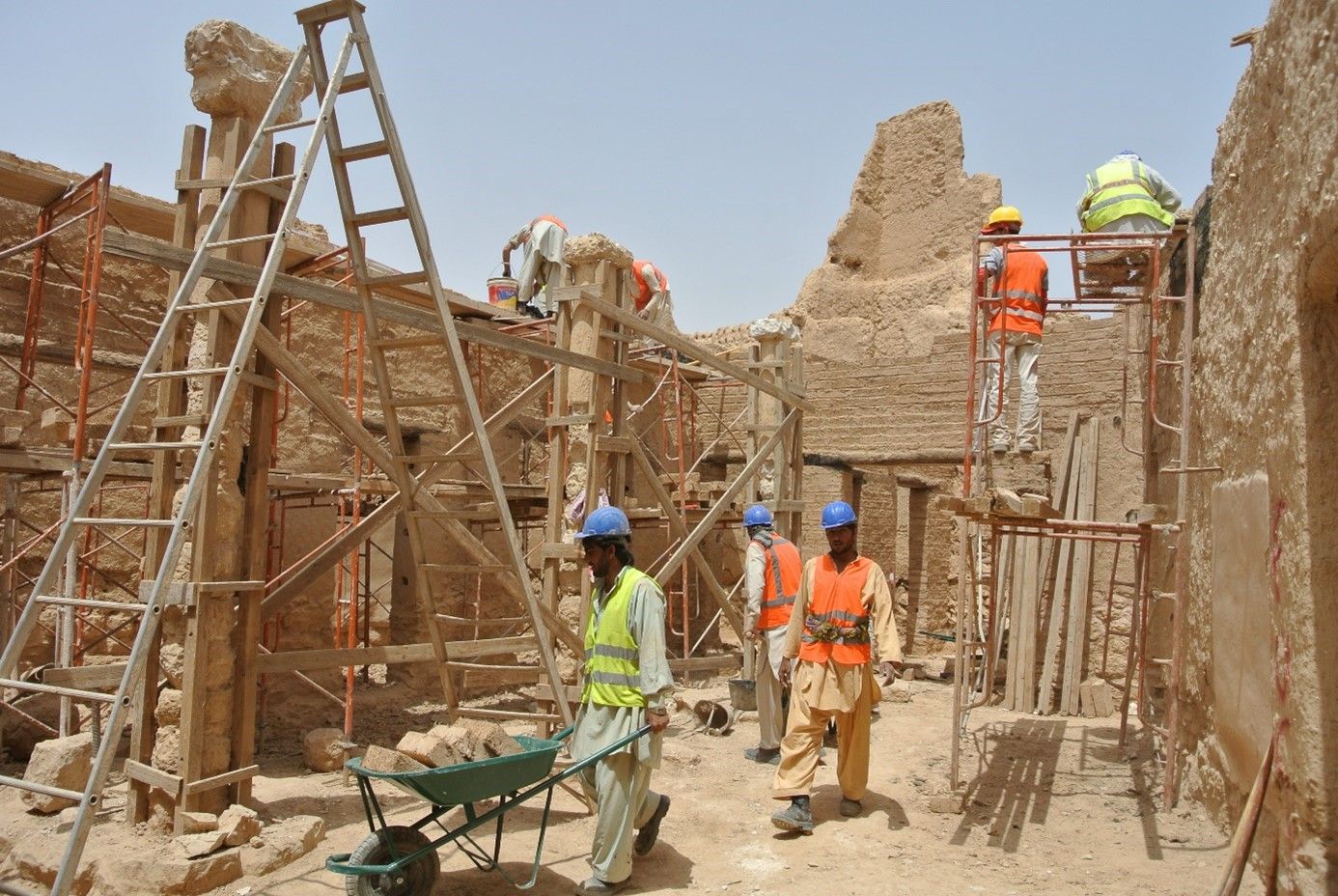
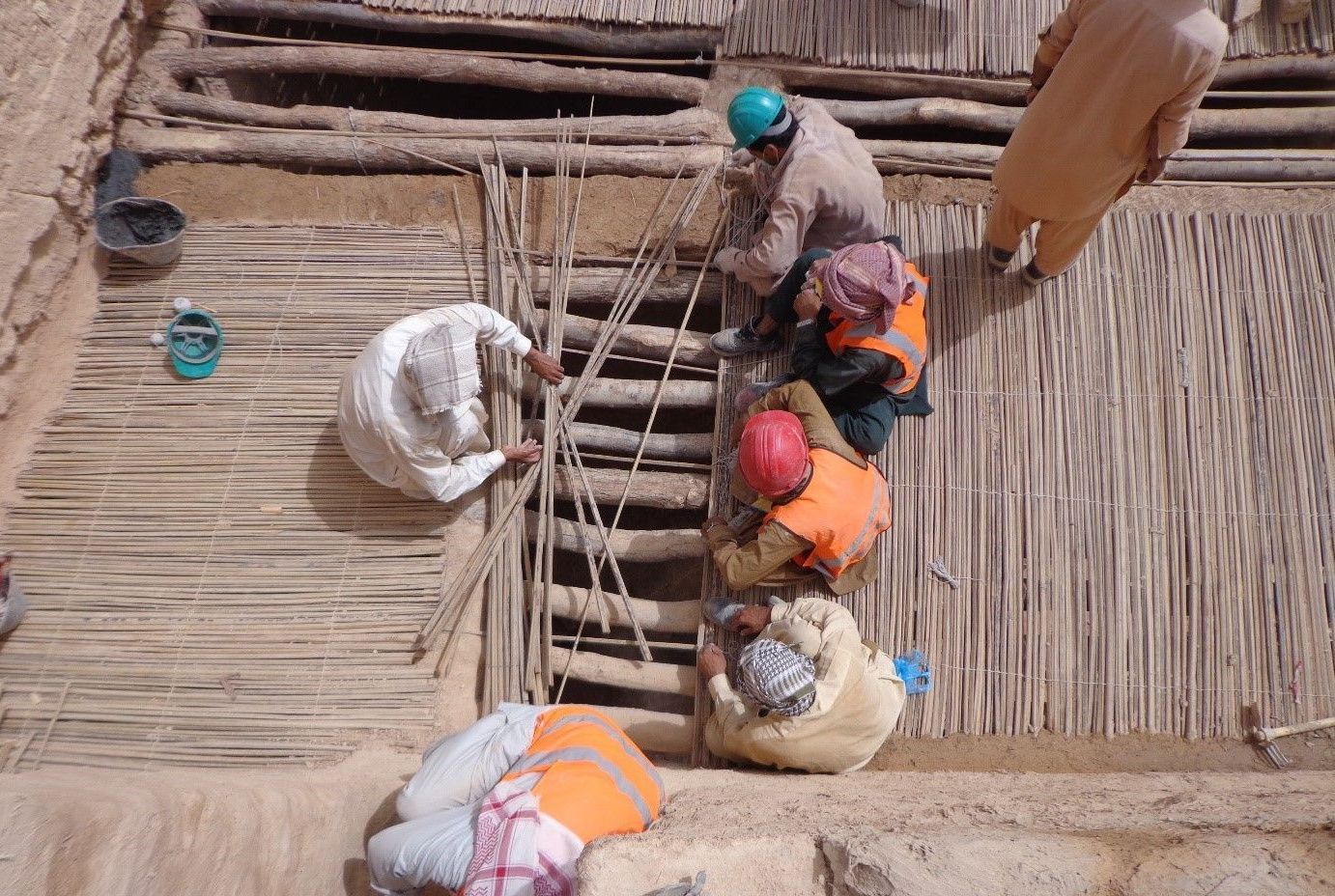
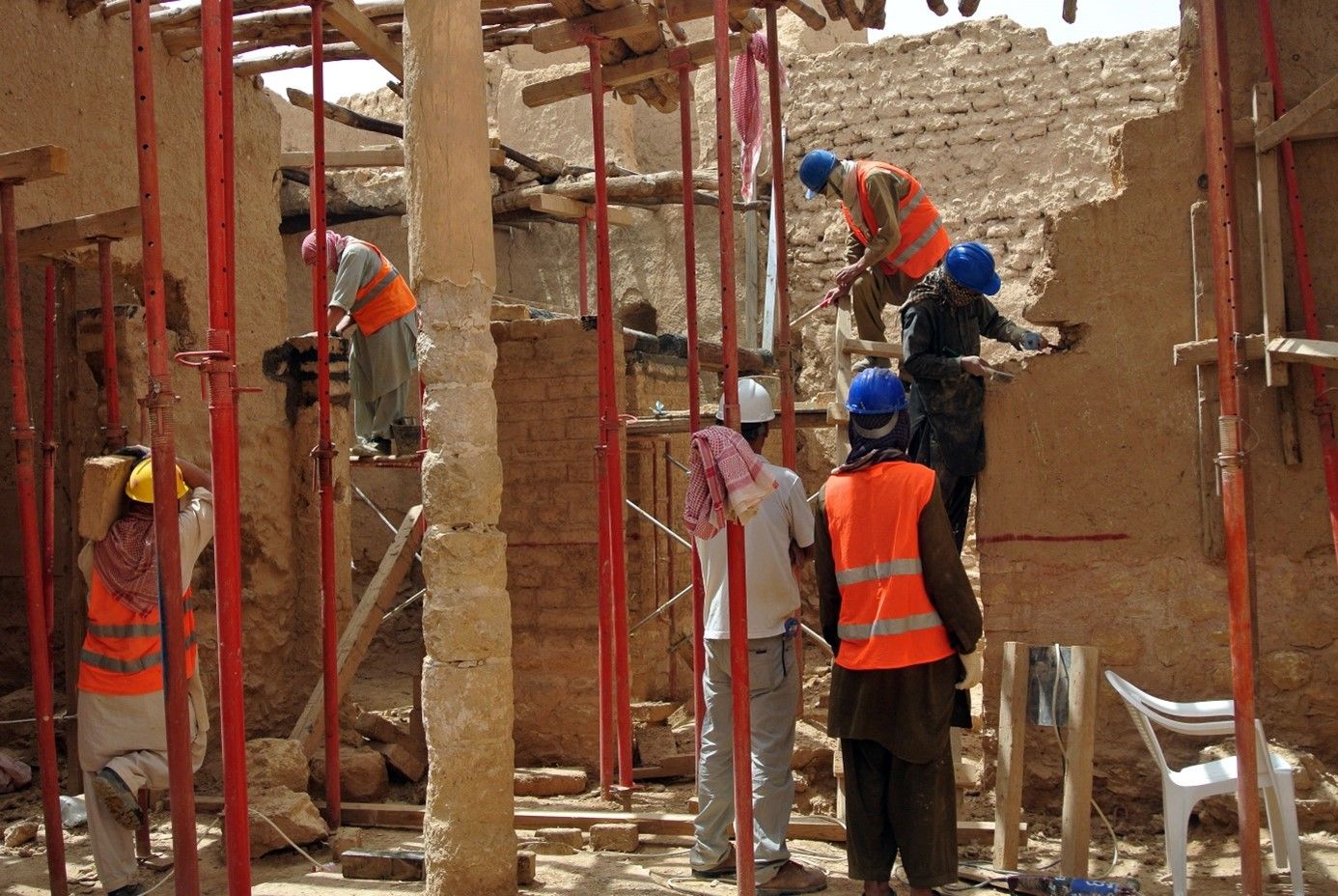
The Birthplace
The BP
-no repair or restoration apparent. The broken windows shutters and peeling paint make this apparent.
-multiple pipes and cables visible, which should have been installed so that are hidden from view.
-paint peeling off at places on the masonry wall.
a combination of restoration, reconstruction and the building of new facilities:
The conservation of earthen buildings is difficult, requiring substantial and frequent maintenance.
World-class methods for conserving and restoring these structures are being employed by Ayers Saint Gross in consultation with Craterre, an international expert in mudbrick architecture based in Grenoble, France.
Ayers Saint Gross Architects + Planners; Washington, DC
#The BP
-no repair or restoration apparent. The broken windows shutters and peeling paint make this apparent.
----
https://english.aawsat.com/features/4410121-third-expansion-grand-mosque-launched-king-abdullah-completed-king-salman
In 2005, King Abdullah bin Abdulaziz ordered that a study be made over expanding the capacity at the Grand Mosque to receive more worshippers and Hajj and Umrah pilgrims.
A royal decree was issued to the Ministry of Education to form a technical team of various specializations to come up with the architectural design and technical aspects of the expansion. Local and international firms and Saudi universities were invited to submit their proposals.
The best proposal was submitted by the King Saud University. Staff and students came up with the plan after 40 days of tireless work.
Dean of the College of Architecture and Planning and head of the design team Dr. Abdulaziz al-Muqrin recalled that the proposal competed against 14 presentations that were submitted by local and international firms and other faculties.
A royal decree chose the King Saud University proposal to serve as the foundation of the expansion project, which would be developed further with more experts.
Dr. al-Muqrin spoke with pride of the hard work put in by his team of 24 colleagues and students in coming up with the design between 2008 and 2009. The university was tasked with developing the design and a university team, headed by Dr. Al-Muqrin, joined experts, selected by the Ministry of Higher Education, to carry out their work.
-
m. had thre authoroties selected the vastly more experienced internation experst, as they did in diriya rather than students and teachers in university, then they may not hsave permitted such abnormalitoes as .... as foster said
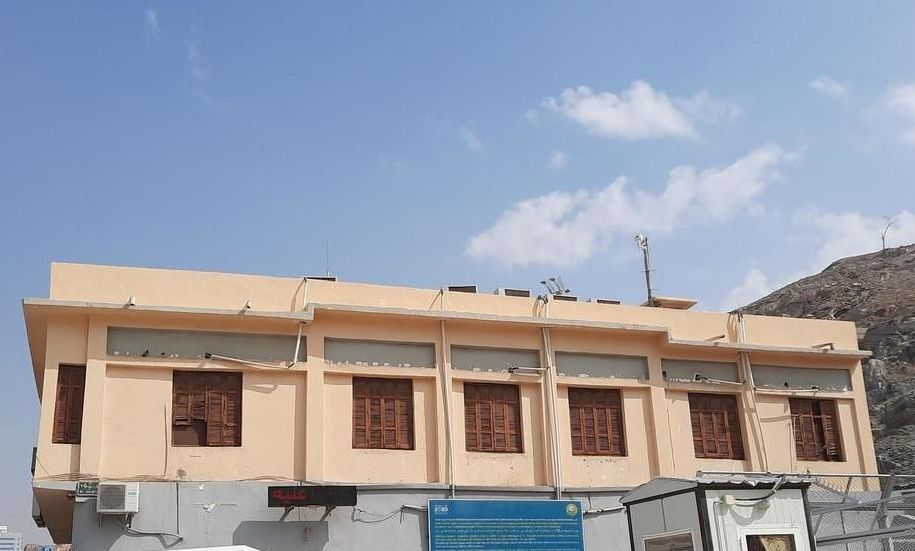
Peeling paint or varnish on the window shutters , unused tubelight holder above the doorway, multiple electrical cables which should have been installed so that they are hidden, are visible running across the front of the building, the entrance doors are need of renovating, the columns on either side of the doorway have paint peeling off near their bases.
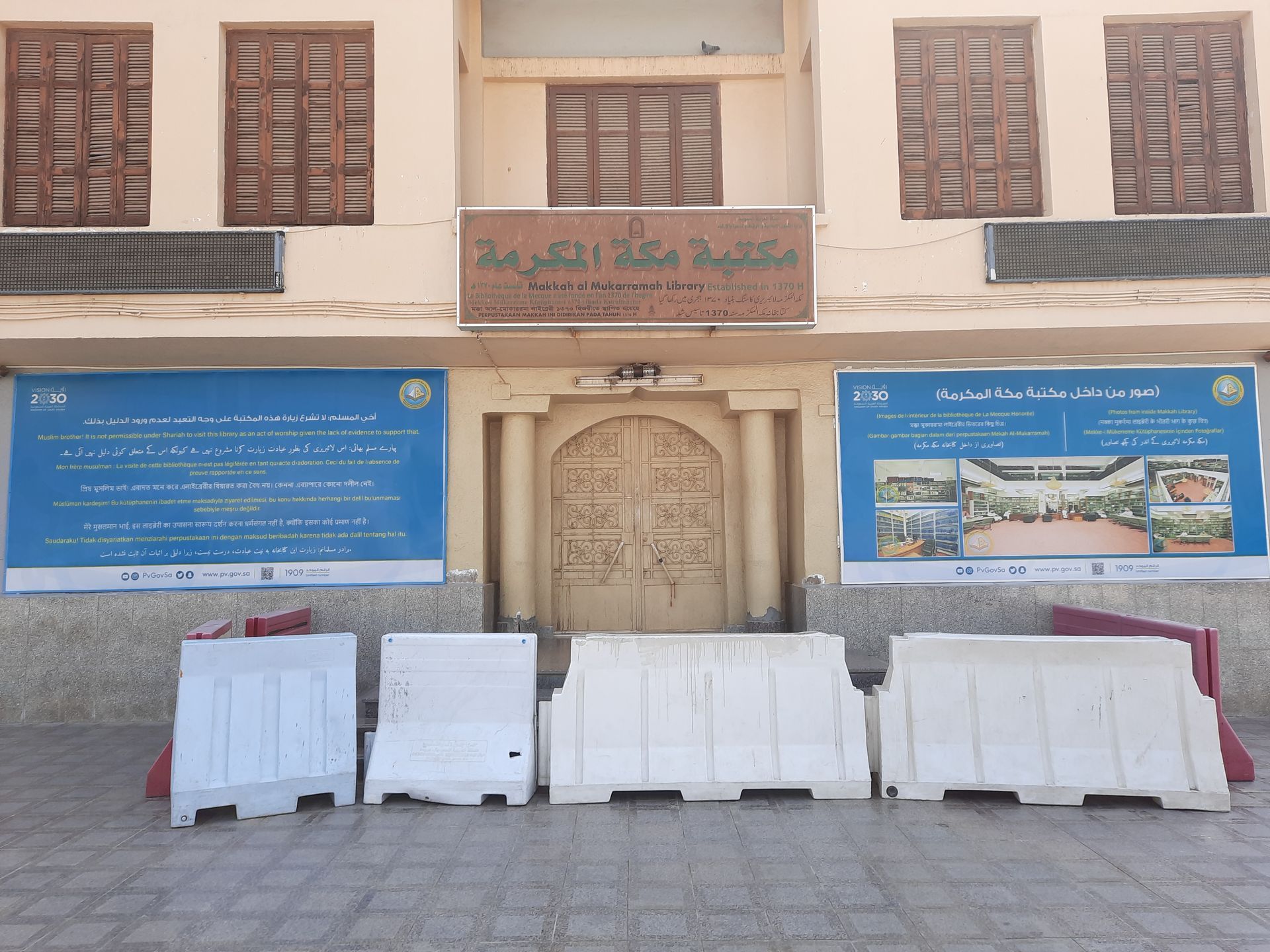
No Access

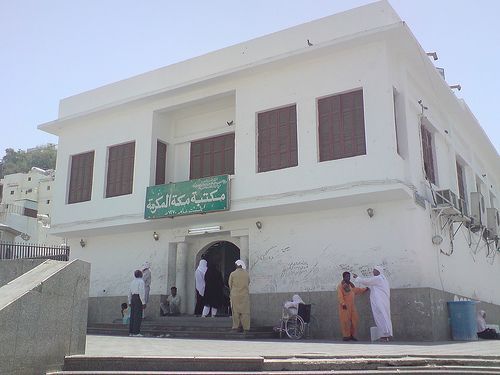
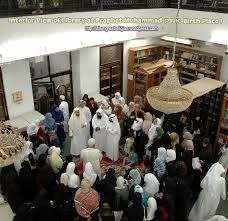
New Paragraph
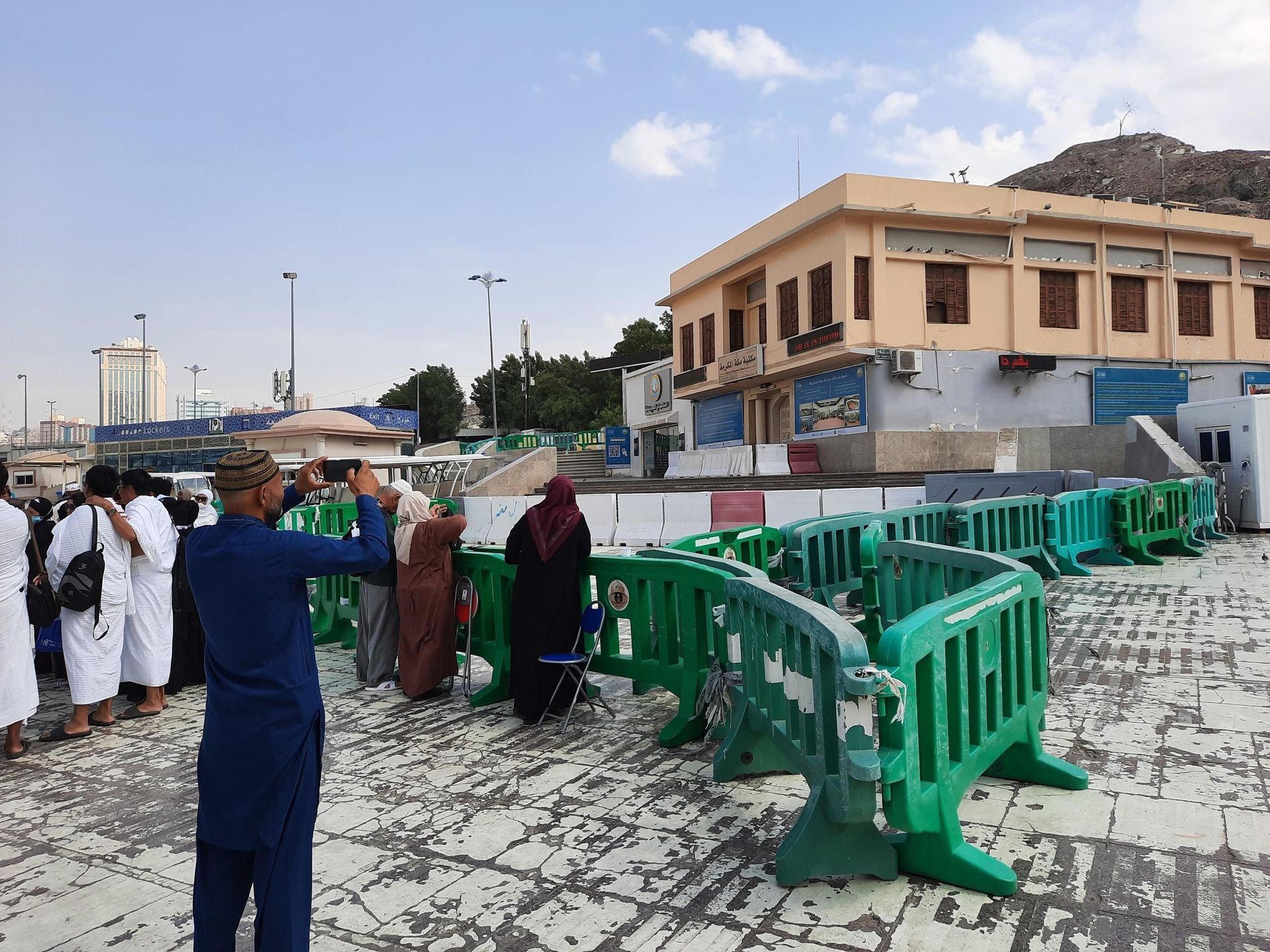
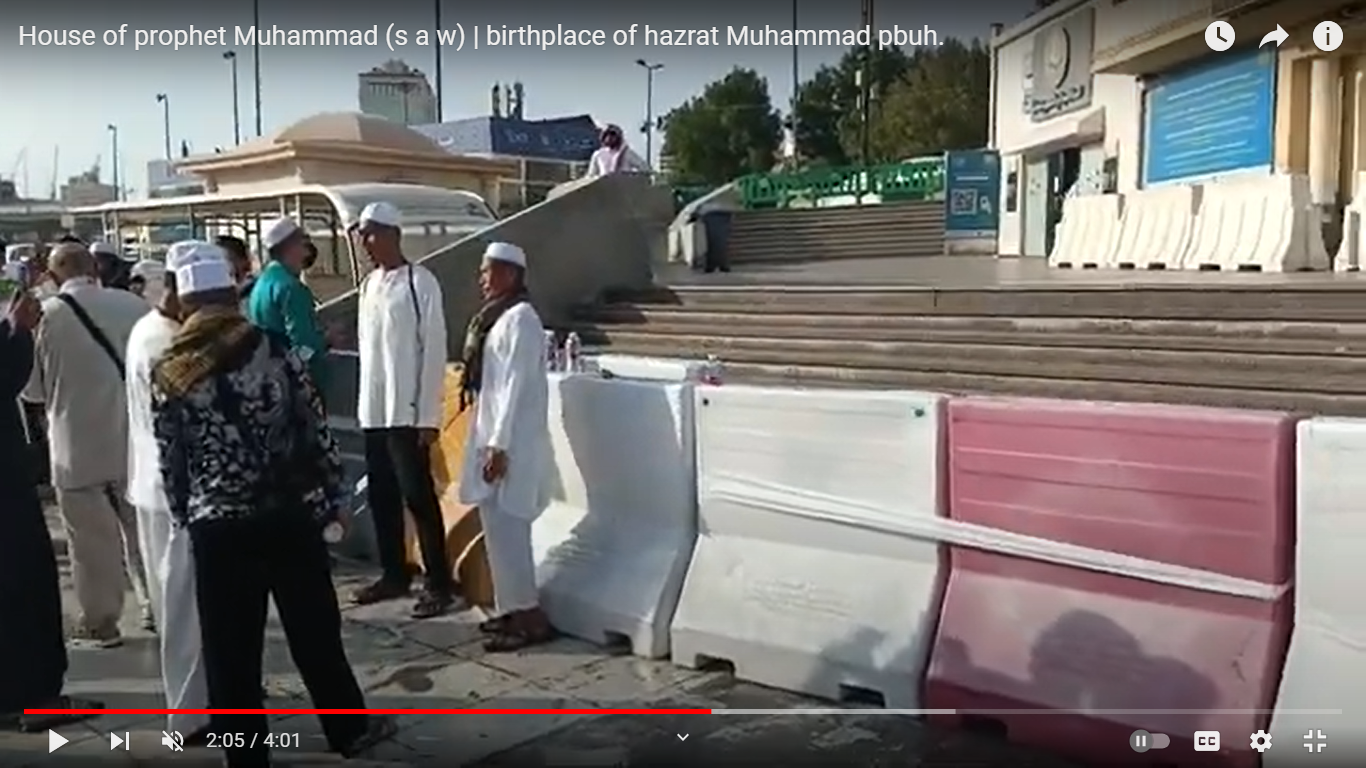
Signage
Getting your lighting right is crucial, and we never underestimate its importance. It determines how a visitor perceives, understands and interprets what they see.
https://www.goppion.com/expertise/lighting
this is the only heritage site in Saudi Arabia permitted to be covered in grotesque signage.
No other historic site in the Kingdom is permitted to be vandalised in such a Out of the hundreds of heritage sites in Saudi Arabia, this is only one site with such signage
The ews has disfigured the exterior of the Birthplace with various printed and electronic signage that gives the site the look of/is reminiscent of a fast-food outlet. The information contained on these displays could have been conveyed to visitors in the same way that inforation about Diriyah is given to visitors there, or indeed to virtually every other heritage site in Saudi Arabis, through a website, printed leaflets, inteactive tv displays onternally, or poseters inside the building and is obviously an attempt to diminish appeal to visitors has the effect of diminishing the but dim
what does it say about the authorities
they don't care, so neither shoul you.
you cant do anything about it.
just opposite the site billion spend lavished, billions spent on hotels and shopping malls, tens of millions on new roads, yet no thing on the Birthplace... from a Muslim perspective it is worth more/more value than the hotels and malls, and other mega structures/pojects.
As if to preempt any outcry, the building now bears a sign in five languages declaring: “There is no proof that prophet Muhammad was born in this place, so it is forbidden to make this place specific for praying, supplicating or get blessing.” A booth manned by the religious police ensures that no visitors step out of line.
https://www.icomos.org/public/risk/2001/tourism.htm
https://www.icomos.org/public/risk/2001/tourism.htm
Introduction
At the 1999 General Assembly, in Mexico, ICOMOS adopted the revised ICOMOS International Cultural Tourism Charter, which had been prepared by the Cultural Tourism Committee in the period since the 1996 General Assembly in Sofia.
The specific aim of the Charter was to improve the relationship between conservation practitioners and the tourism industry.
##
This paper takes the various issues covered in the ICOMOS International Cultural Tourism Charter and examines them as risks to the world’s cultural heritage.
Threats from Tourism to Cultural Heritage
The threats from tourism to natural and cultural heritage of a particular place or community can be many and diverse. They include:
Visitors who show little respect for the sanctity of spiritual places, practices and traditions by conducting themselves in an irresponsible manner can have an adverse impact on those places and the communities that regard them as important parts of their cultural identity.
- Tourism promotion programmes that create unrealistic expectations and do not responsibly inform potential visitors of the specific heritage characteristics of a place or host community can encourage them to behave inappropriately.
- Promotion and management of heritage places or collections that do not minimise fluctuations in arrivals and avoid excessive numbers of visitors at any one time can adversely impact both the significance of the place and the visitor experience.
join both
PUT IN VISUAL:
Tourism development can have adverse impacts on a place if it does not take account of the aesthetic, social and cultural dimensions, natural and cultural landscapes, bio-diversity characteristics and the broader visual context of heritage places.
PUT IN THEY KNEW THIS AN ICOR CONFIRMEDIT ALSO
Conservation, interpretation and tourism development programmes that are based on an inadequate understanding of the complex and often conflicting aspects of significance of a place can lead to a loss of authenticity and reduced appreciation of the place.
PUT IN INTRO
A lack of adequate or appropriate presentation and communication of the significance of a place to both the visitor and members of the local or host community can lead to a lack of understanding and appreciation of the culture and heritage of the place within the wider community. This lack of awareness can hinder or prevent the development of public, political and governmental support and funding to protect and conserve the place.
SEE:
https://www.architecturaldigest.com/story/should-we-stop-visiting-historic-sites
FOR INFO ON GROUP VISITS MONITORED......
--
After all, the majestic volcano seemed to have been created by nature for everyone to admire, especially from the platform behind the Lawson store, which offers the best panorama in all of Japan.
in all the years they have claimed... no evidence has been put forward to support their allegation....
using guards staff to deter, unfirndly attitude to pyt off peopl
The 2 signs on the roof and above the door emphatically call it a library with no mention of it being a Birthplace.
https://www.goppion.com/projects/atturaif
Accurate signage and multimedia reconstructions were carefully designed to meet the needs of the site, to welcome visitors and tell the remarkable story of this historic place. Characteristic courtyard houses were restored and now offer, like the traditional souks, performances, crafts, and local food.
The surrounding green spaces and gardens also contribute to make the destination a pleasant oasis of tranquillity for citizens seeking a break from nearby hectic Riyadh. PUT IN VISTOR EXPERIENCE
This United Nations Plan of Action to Safeguard Religious Sites provides concrete recommendations to support Member States in their efforts to ensure that religious sites are safe, that worshipers can observe their rituals in peace, and that the values of compassion and tolerance are fostered globally.
When people are attacked because of their religion or beliefs, all of society is diminished. Together, we can help prevent attacks against religious sites and contribute to guaranteeing the safety of the faithful to worship in peace.
António Guterres
United Nations Secretary-General
12 September 2019
FOREWORD to the United Nations document:
The United Nations Plan of Action to Safeguard Religious Sites: In Unity and Solidarity for Safe and Peaceful Worship
2019
https://www.un.org/sg/sites/www.un.org.sg/files/atoms/files/12-09-2019-UNAOC-PoA-Religious-Sites.pdf
https://www.un.org/sg/sites/www.un.org.sg/files/atoms/files/12-09-2019-UNAOC-PoA-Religious-Sites.pdf
Deterrence Signage
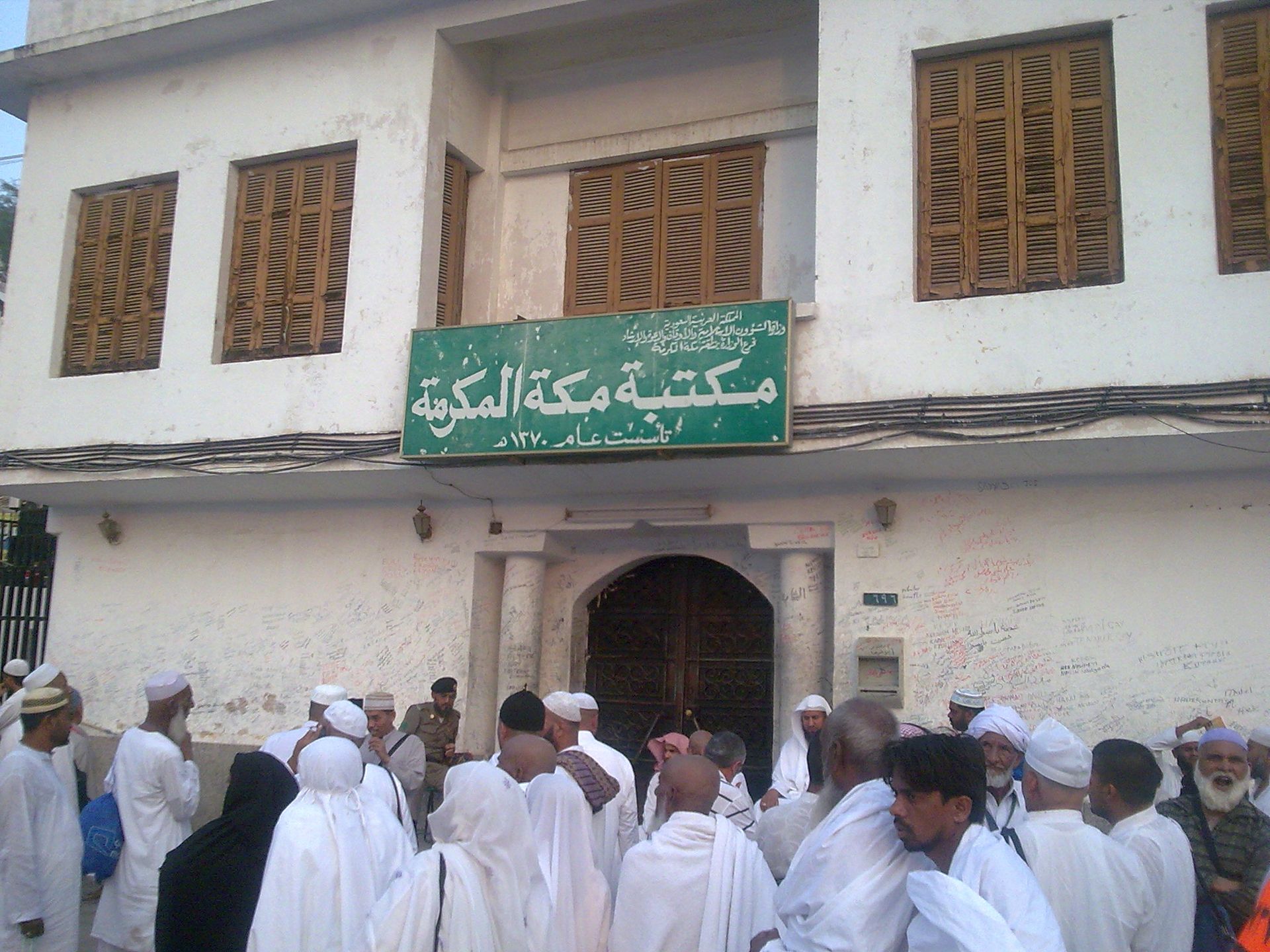
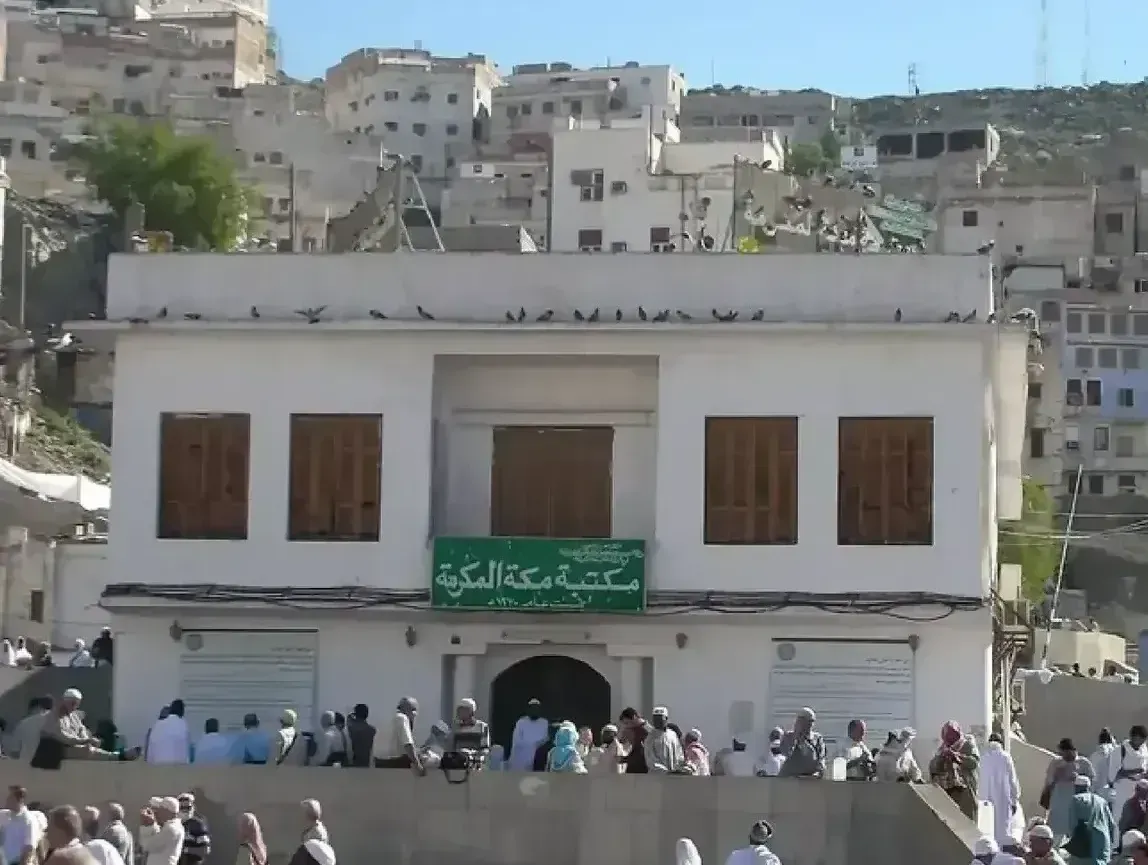
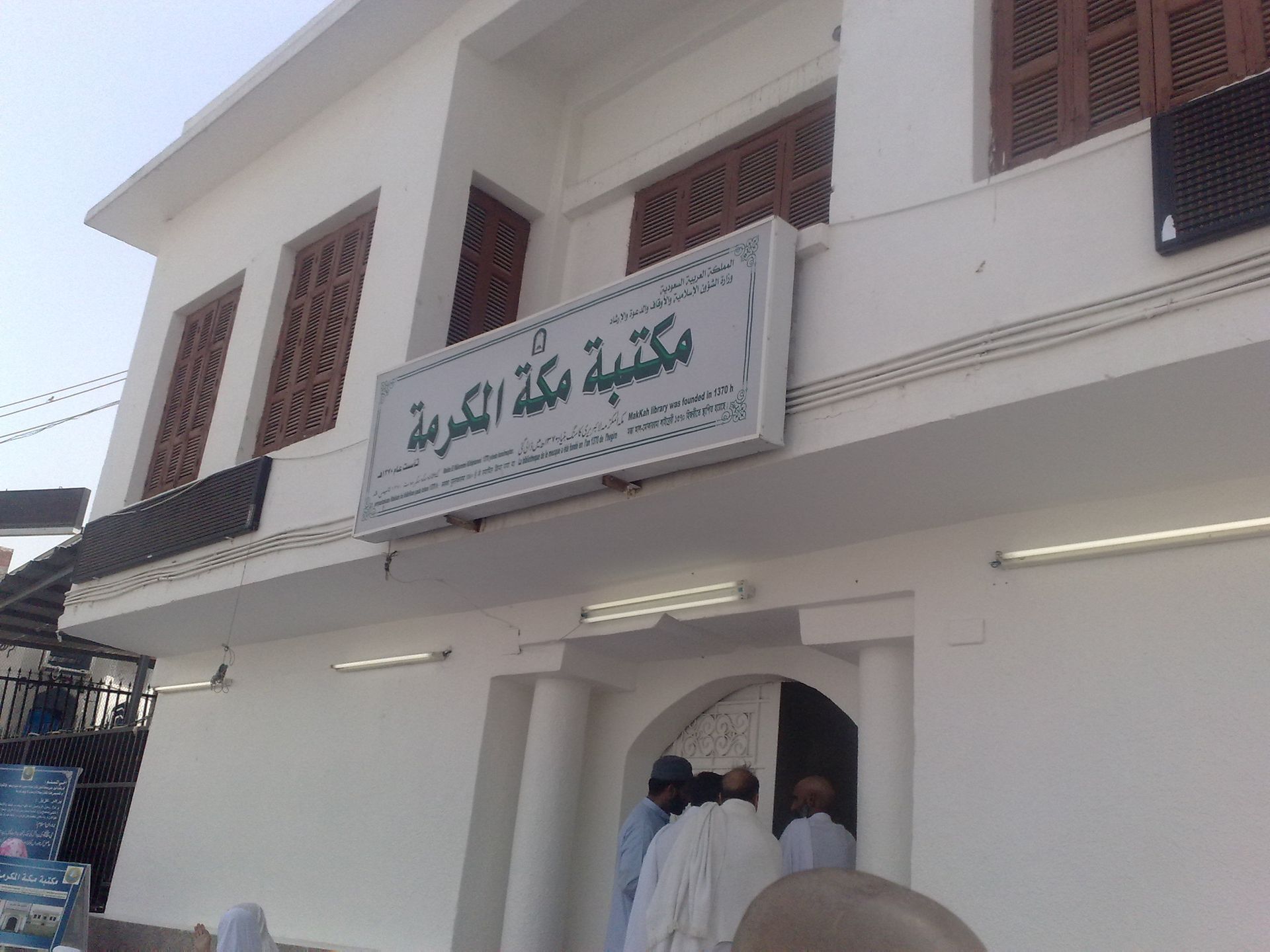
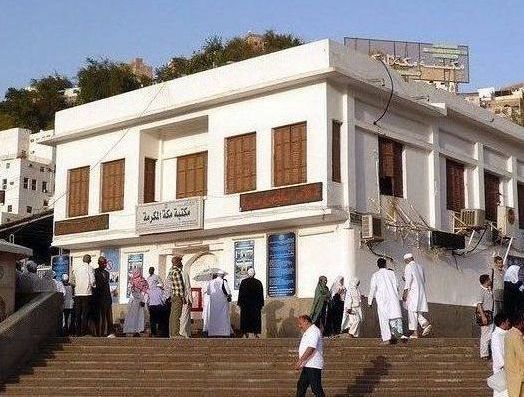
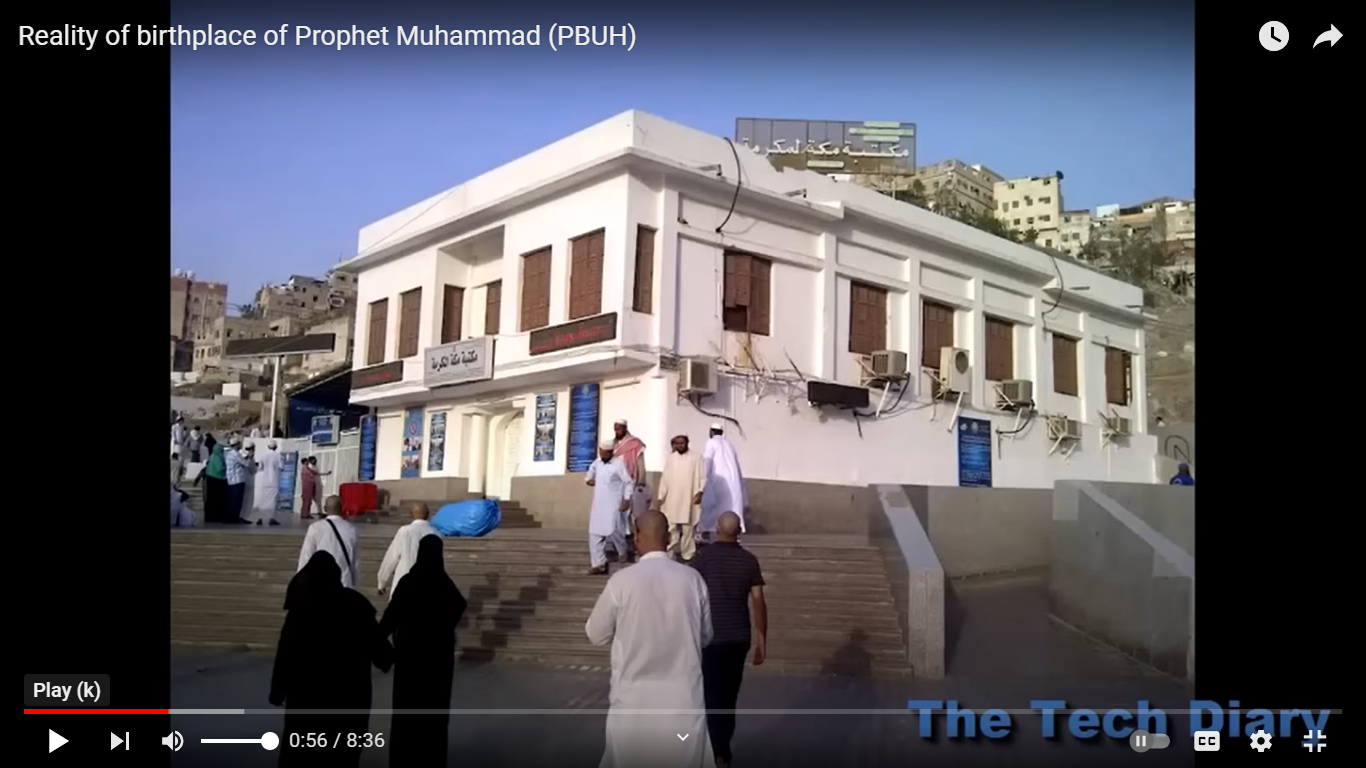
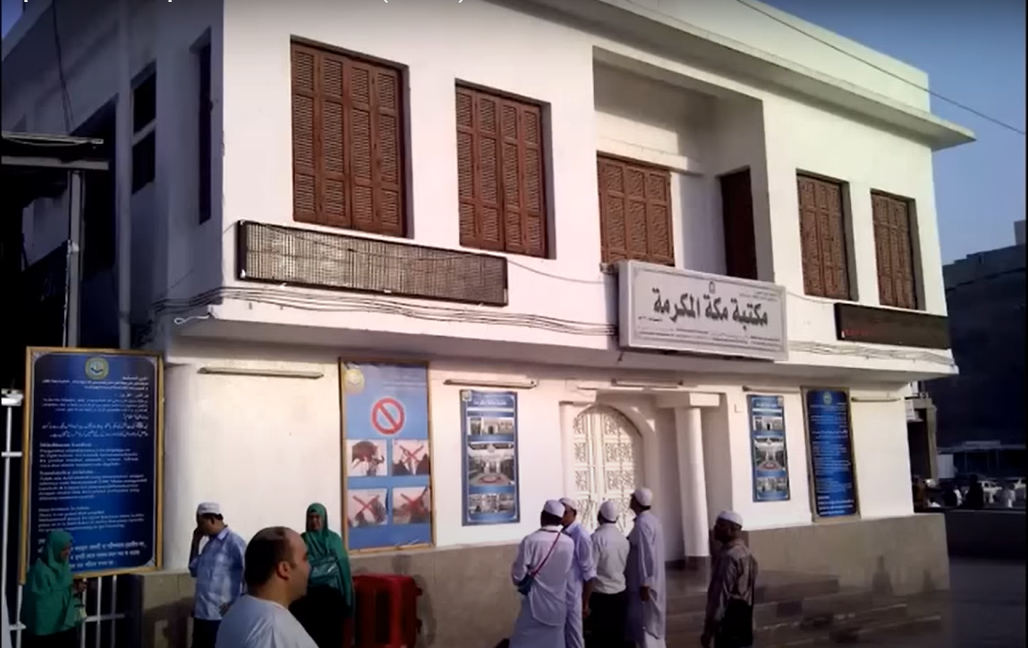
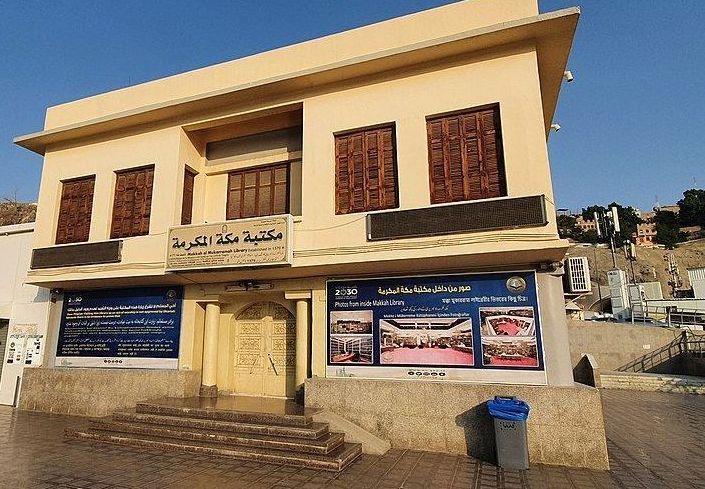
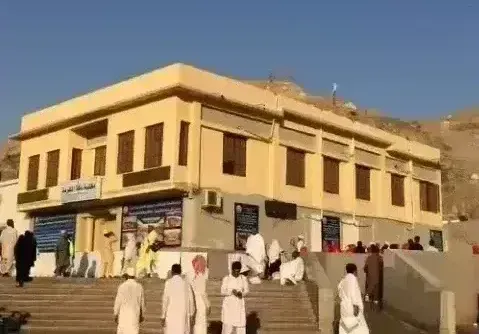

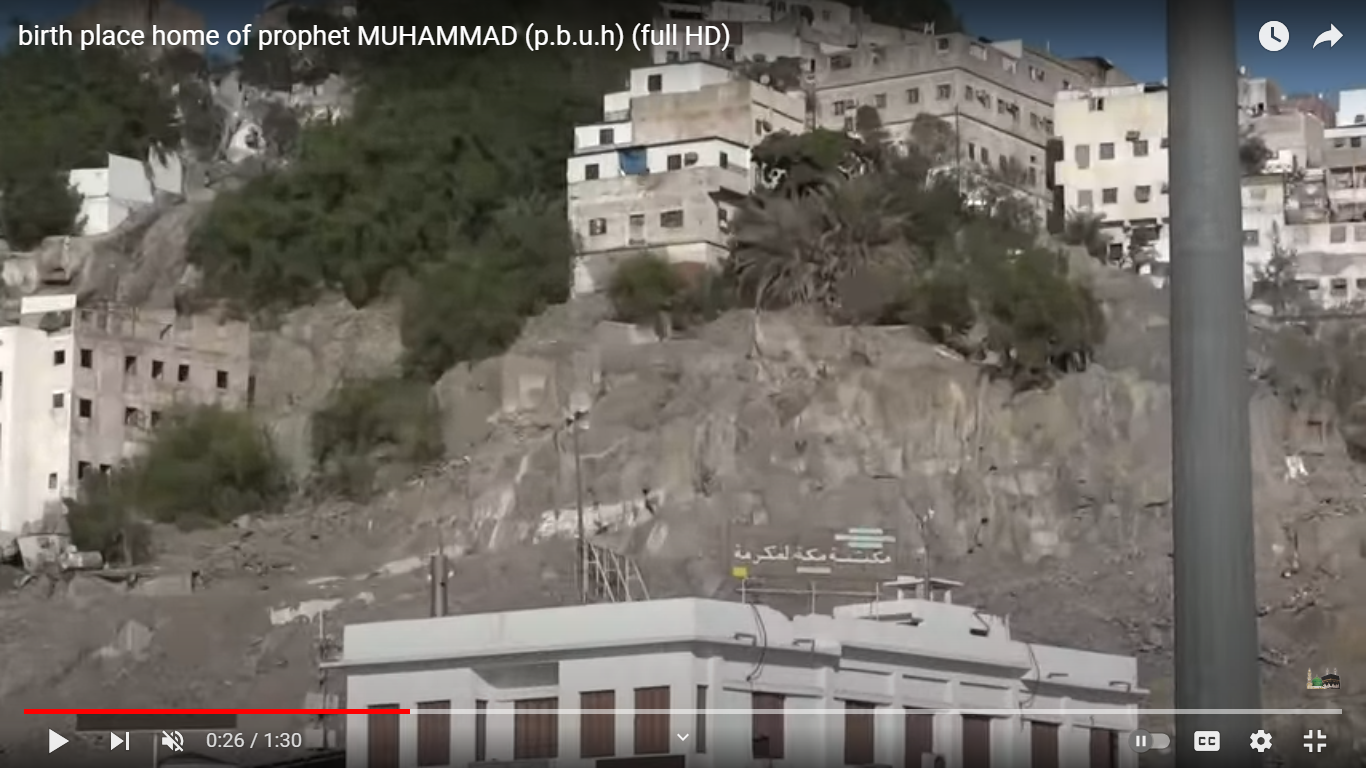
No Access
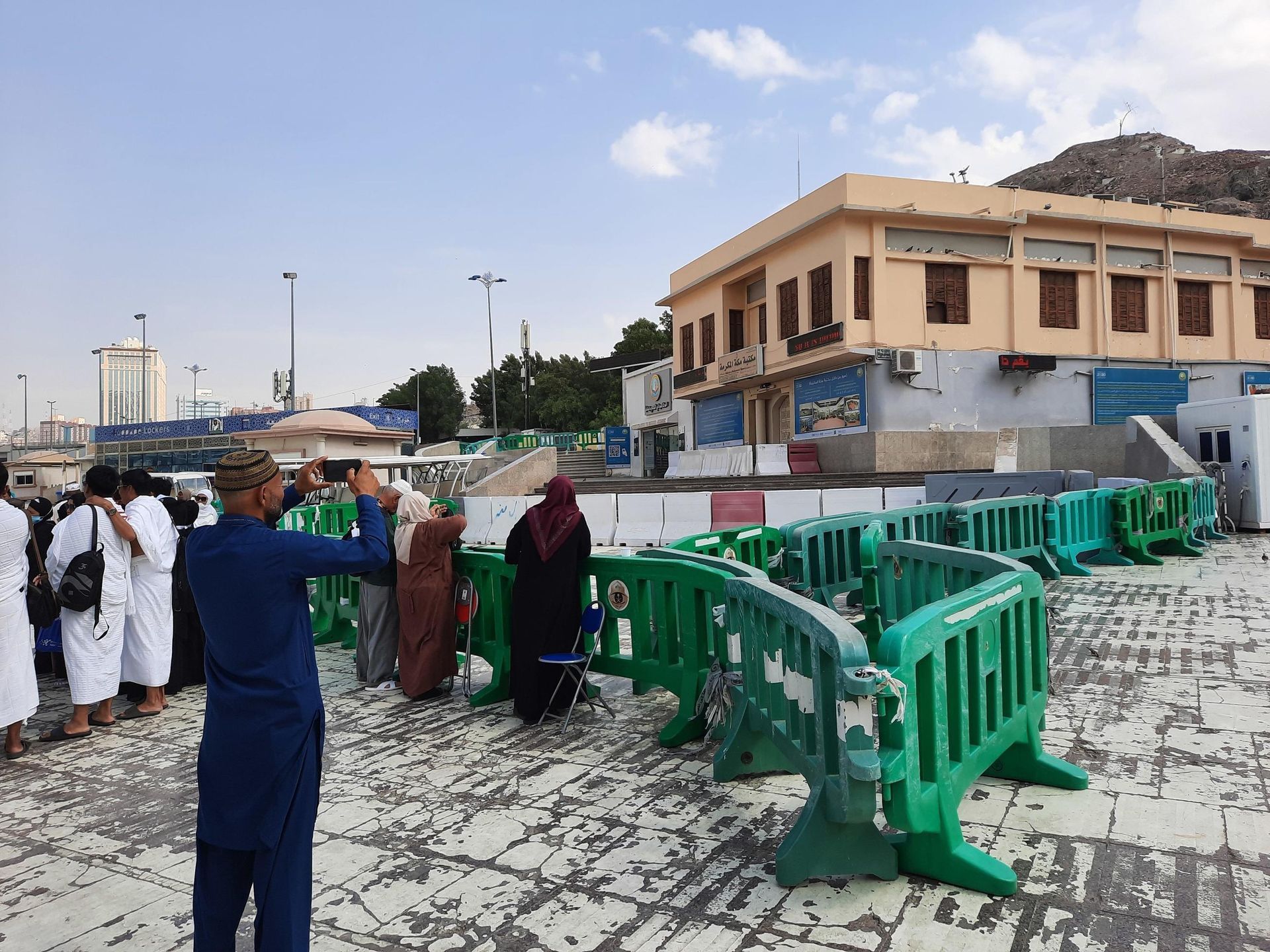

Landscaping
One temptation landscape designers have to resist is ‘gentrification’, that is, over-tidying unspoilt landscape with all its cultural and historic significance, and turning it into a manicured shadow of its former self. The landscapers were instructed to keep the changes simple and understated, so as to retain as much of the original character of the scenery as possible. Protecting the setting and age-old atmosphere and heritage of the overall precinct was a priority.
FN 1
Page 80
Al Bujairi: Heart of the Call
[[m. commissioned by]] The High Commission for the Development of Arriyadh and the Historic ad-Dir‘iyah Development Programme
Medina Publishing, 2015
https://www.rcrc.gov.sa/res/ada/ar/Publications/Al-Bujairi_Eng/files/assets/common/downloads/publication.pdf
LANDSCAPING / BEAUTOFOCATION
In redeveloping the overall site, those responsible for landscaping the wadi attempted to apply the principles of good landscape design: unity, harmony, proportion, focal points, sequence, rhythm, and repetition. The objective was for the landscaping of the wadi to complement and enhance the overall project. It aims to reinforce the visitor experience and to retain as much of the original as possible without an over-tidy approach that would destroy its character.
FN 1
Page 79
Al Bujairi: Heart of the Call
[[m. commissioned by]] The High Commission for the Development of Arriyadh and the Historic ad-Dir‘iyah Development Programme
Medina Publishing, 2015
https://www.rcrc.gov.sa/res/ada/ar/Publications/Al-Bujairi_Eng/files/assets/common/downloads/publication.pdf
“We’re committed to developing Diriyah Gate, starting with an extensive beautification project of the areas surrounding Ad Diriyah and At-Turaif... [including] thousands of square meters of green surfaces added to Ad Diriyah.”
Jerry Inzerillo CEO The Diriyah Gate Development Authority (DGDA)
www.arabnews.com 18 May 2019
The house of Prophet Muhammad (PBUH) is situated on Suq al-Layl Street, in close proximity to the Holy Kaaba, Great Mosque, in Makkah, Saudi Arabia. To be exact, as you leave Masjid Al-Haram and walk towards mount Safa, about half a kilometre away, you will see the birthplace of Prophet Muhammad (PBUH), which has been renovated into a library today.
The layout of the House
The house in which Prophet Muhammad (PBUH) was born was 13 metres in length and 12 metres in height. It comprised one large living area, a bedroom which was also the birthplace of Prophet Muhammad (PBUH), and a storage room.
At the foot of the Khandama mountain to the west of the Grand Mosque, an innocuous white building stands alone, cast adrift in a sea of paving and tarmac. This small library was built to mark the site of the house where the prophet was born, known as the House of Mawlid, the remains of which Alawi says still lie beneath its raised plinth.
However, Al Bujairi with its dominant Sheikh Mohammad bin Abdulwahhab Foundation and Mosque is not just for learning, research and prayer – it is for anyone who wishes to access its public spaces, sit in peace and learn at whatever level, be it simply to look and wonder or walk and explore, asking questions and retracing the footsteps of the inhabitants of yesteryear. It is also the gateway to the UNESCO World Heritage Site of at-Turaif, a living heritage museum rich in history, culture and exhibitions on the founding of the First Saudi State, military history, everyday life two centuries ago, and the role of the famed purebred Arabian horses of Najd.
The sympathetic landscaping of Al Bujairi’s garden area on the south side of the Sheikh Mohammad bin Abdulwahhab mosque, for example, is designed in traditional Islamic style, based on a grid of squares with each edge delineated by a channel of water, echoing the four rivers of Paradise. Here date palms and grass provide shade and comfort in the heart of the Quarter where visitors can sit, relax and perhaps picnic.
Page 106
https://www.rcrc.gov.sa/res/ada/ar/Publications/Al-Bujairi_Eng/files/assets/common/downloads/publication.pdf
SEE PHOTO BELOW FROM PAGE 107
https://www.rcrc.gov.sa/res/ada/ar/Publications/Al-Bujairi_Eng/files/assets/common/downloads/publication.pdf

Welcoming
The welcome that awaits visitors to both sites is world's apart. Diriyah is presented in an "inviting" light where visitors are invited to enter and a pleasurable experience awaits.
In the case of the Birthplace, the presence of an unfriendly "adviser" whose role is to tell visitors that they are not permitted to get close to the BP, let alone enter the site, a police officer/army officer/armed guard to support the advisor and reinforcing the "No Entry" message.... barriers at the both entrances to the site, and the Detterence signage, all combine to produce an overall effect that visitors are not /welcomewanted at the site.
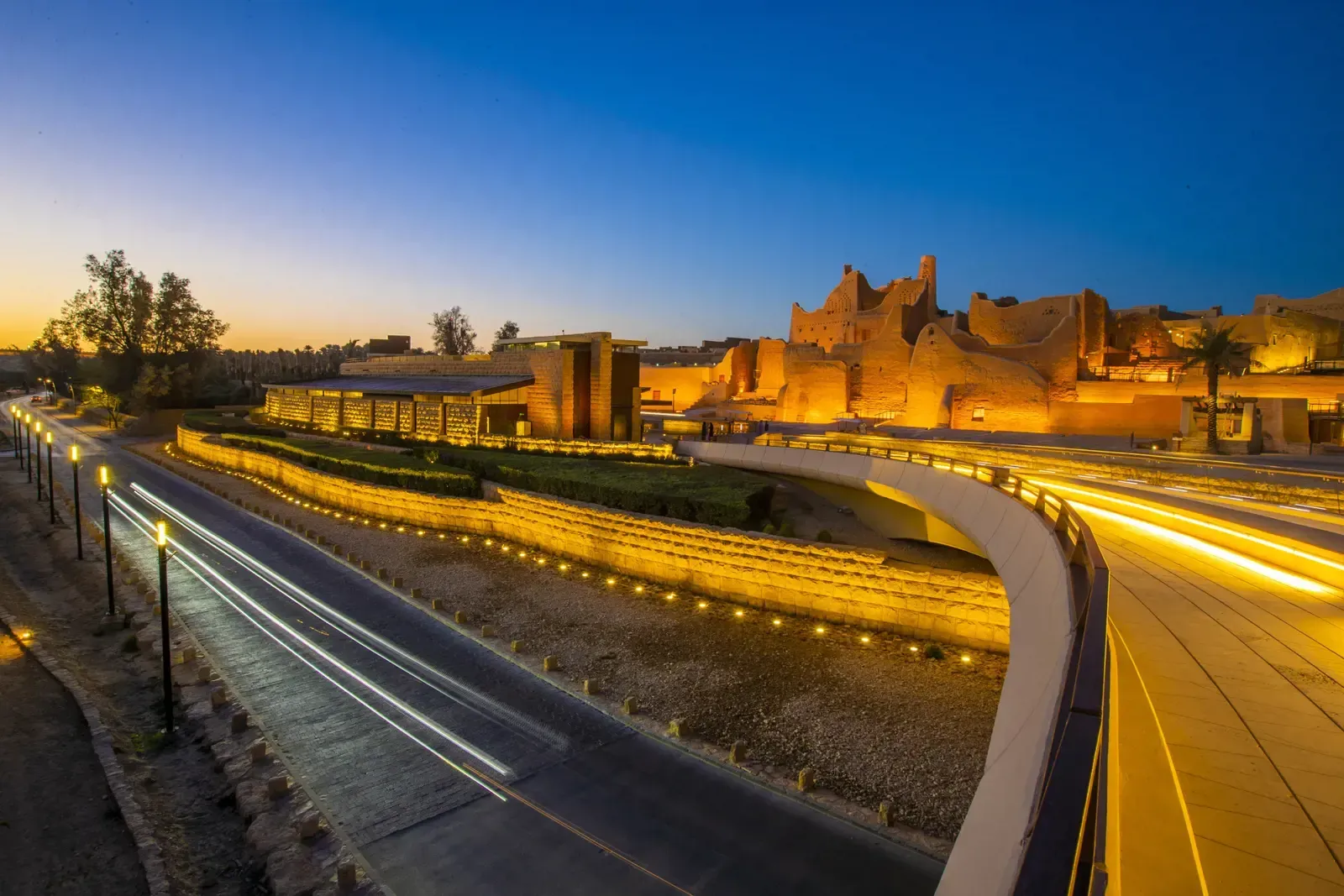
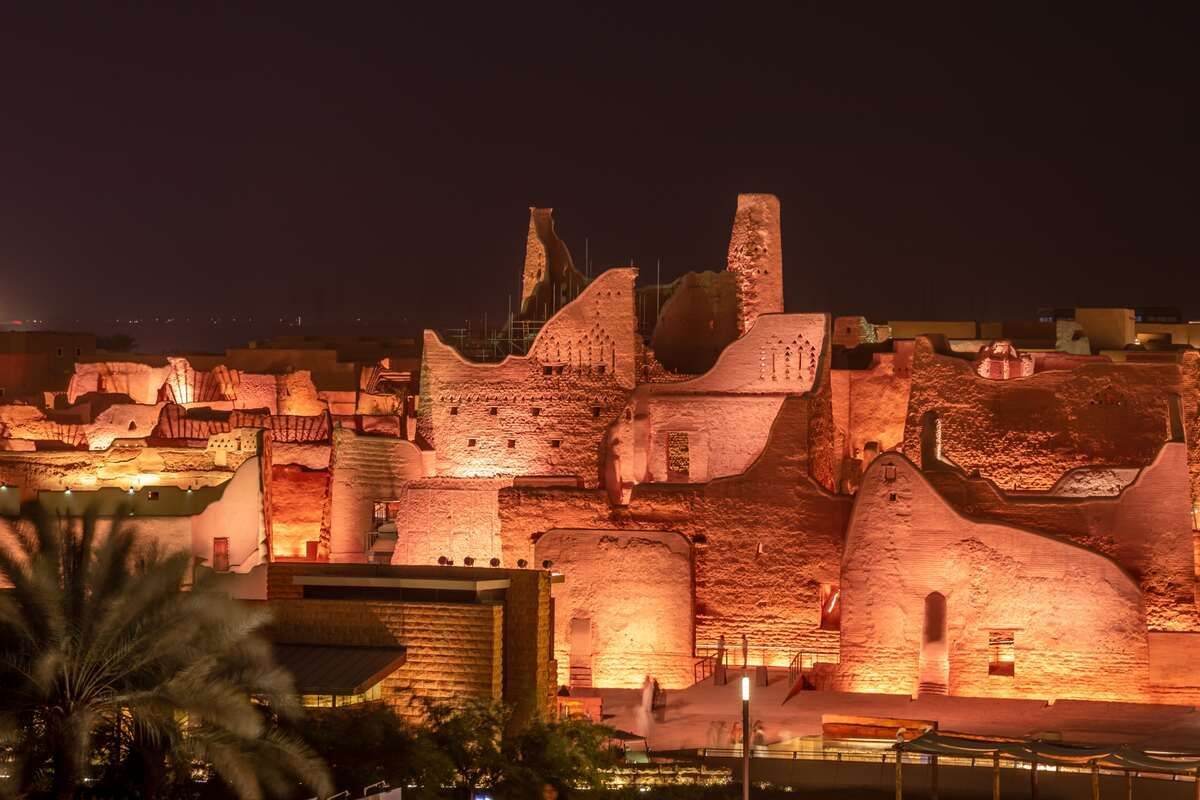
And the Birthplace . . .
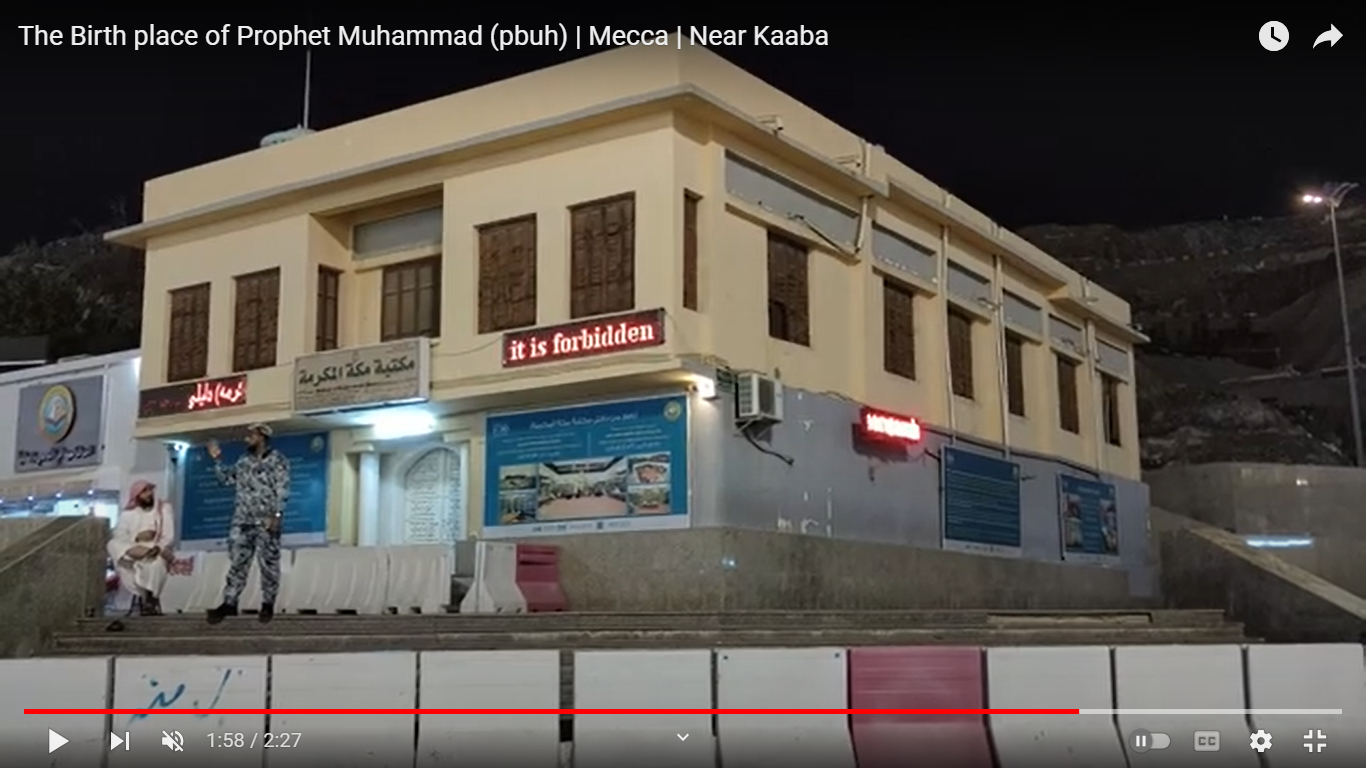
Above video url: https://youtu.be/b_nhFzKJWMA
Photo and video from youtube channel: Beautiful Mosques Around The World
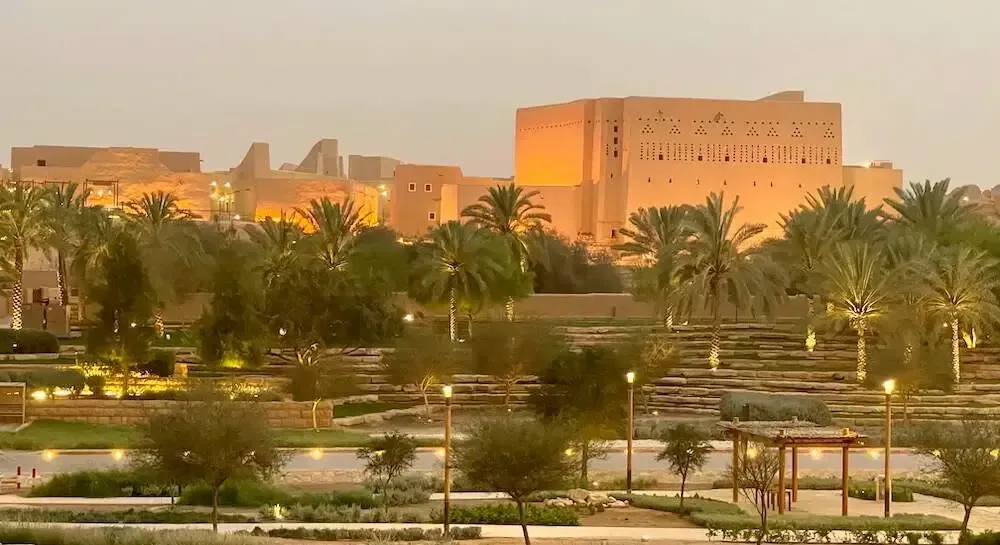
As with any public space, first impressions are crucial: visitors must be made to feel welcome, to feel that they are about to enter a special – even unique – place. This impression was fostered in various ways. For example, the great wooden gates forming a ceremonial entrance – a symbolic portico of the bridge of King Khalid highway that spans the access road to Historic AdDir‘iyah – are made from tamarisk (athl) timber and decorated in traditional Najdi blue and red motifs. They stand open in welcome and the visitor drives on past verdant landscaped verges to the King Salman Square with its majestic 100-metre-high pole from which flies the Saudi national flag.
FN 1
Page 80
Al Bujairi: Heart of the Call
[[m. commissioned by]] The High Commission for the Development of Arriyadh and the Historic ad-Dir‘iyah Development Programme
Medina Publishing, 2015
https://www.rcrc.gov.sa/res/ada/ar/Publications/Al-Bujairi_Eng/files/assets/common/downloads/publication.pdf
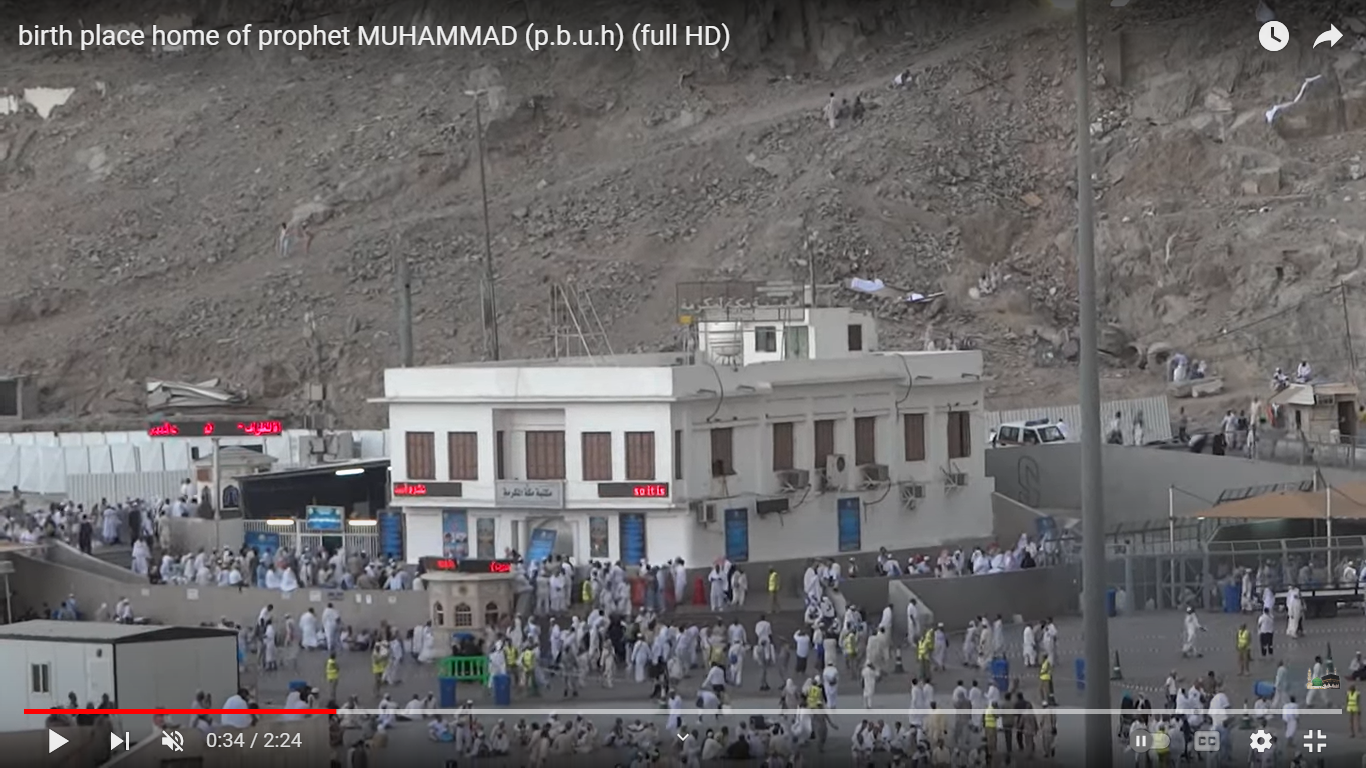
Above Photo and video from youtube channel url: https://youtu.be/tAK_i-R4Xlg
https://youtu.be/tAK_i-R4Xlg
youtube channel: birth place home of prophet MUHAMMAD (p.b.u.h)
FACADES
Page 81:
Appropriate plants were selected, and local limestone was used to form pavements and visual boundaries across the site, so developing a cohesive ‘ad-Dir‘iyah style’. At-Turaif is constructed using local materials. And the new Al Bujairi Quarter has also been sympathetically built using local materials forming a subtle combination of Riyadh limestone, mud bricks and local athl wood. The resulting tan hues and varied textures of the new structures result in a homogeneous and harmonious blend. Any landscaping would have to reflect this elemental connection between the locality, the people and their buildings.
The design brief particularly specified the creation of a public space in Al Bujairi Quarter. This contains gardens, a plaza, walkways, facilities, galleries, two mosques and the Sheikh Mohammad bin Abdulwahhab Foundation, and thus creates an area where the public can actively experience something of the character of Al Bujairi as a seat of religious learning and appreciate its connection with at-Turaif.#
FN 1
Page 81
Al Bujairi: Heart of the Call
[[m. commissioned by]] The High Commission for the Development of Arriyadh and the Historic ad-Dir‘iyah Development Programme
Medina Publishing, 2015
https://www.rcrc.gov.sa/res/ada/ar/Publications/Al-Bujairi_Eng/files/assets/common/downloads/publication.pdf
Page 89:
When the project for the development of the Al Bujairi Quarter was proposed, one of the principal parameters was that the buildings should reflect the history of the quarter and harmonize with the landscape and reflect local culture and traditions. Al Bujairi would also offer itself as the Gateway to the adjacent UNESCO World Heritage Site of at-Turaif.
Thus inspired, the architects set about designing the monumental limestone forms that we see today in Al Bujairi. They make up the dominant structure of the Sheikh Mohammad bin Abdulwahhab Foundation which embraces the pre-existing, now renovated, mosque of the same name. While modern in design, the Foundation, built from Riyadh limestone and glass, draws heavily on the style of traditional Najdi cuboid architecture. It also employs a distinctive architectural approach. The walls of the structures are deliberately battered, or slanted, as a modern expression of rootedness to land, heritage and history. These angled, off-vertical buildings are also orientated towards the dominant political centre of at-Turaif across Wadi Hanifah with the mosque orientated to the qibla. Thus, the architecture of the Foundation – modern in design and drawing heavily on the style of traditional Najdi architecture and local materials – reflects the past and pays homage to the land that gave birth to Islam, the Reform Movement and the First Saudi State.
FN 1
Page 89
Al Bujairi: Heart of the Call
[[m. commissioned by]] The High Commission for the Development of Arriyadh and the Historic ad-Dir‘iyah Development Programme
Medina Publishing, 2015
https://www.rcrc.gov.sa/res/ada/ar/Publications/Al-Bujairi_Eng/files/assets/common/downloads/publication.pdf
#The BP
Fast food shop look, with posters, crude neon signage on the front, and large neon signage say/// also all with a wholly negatice, ant-site message, that no proof that site is not genuine – so need to visit it or respect it, revere it, and therefore no need to carry out practices which your ulema say are correct and praiseworthy, and we say are not.
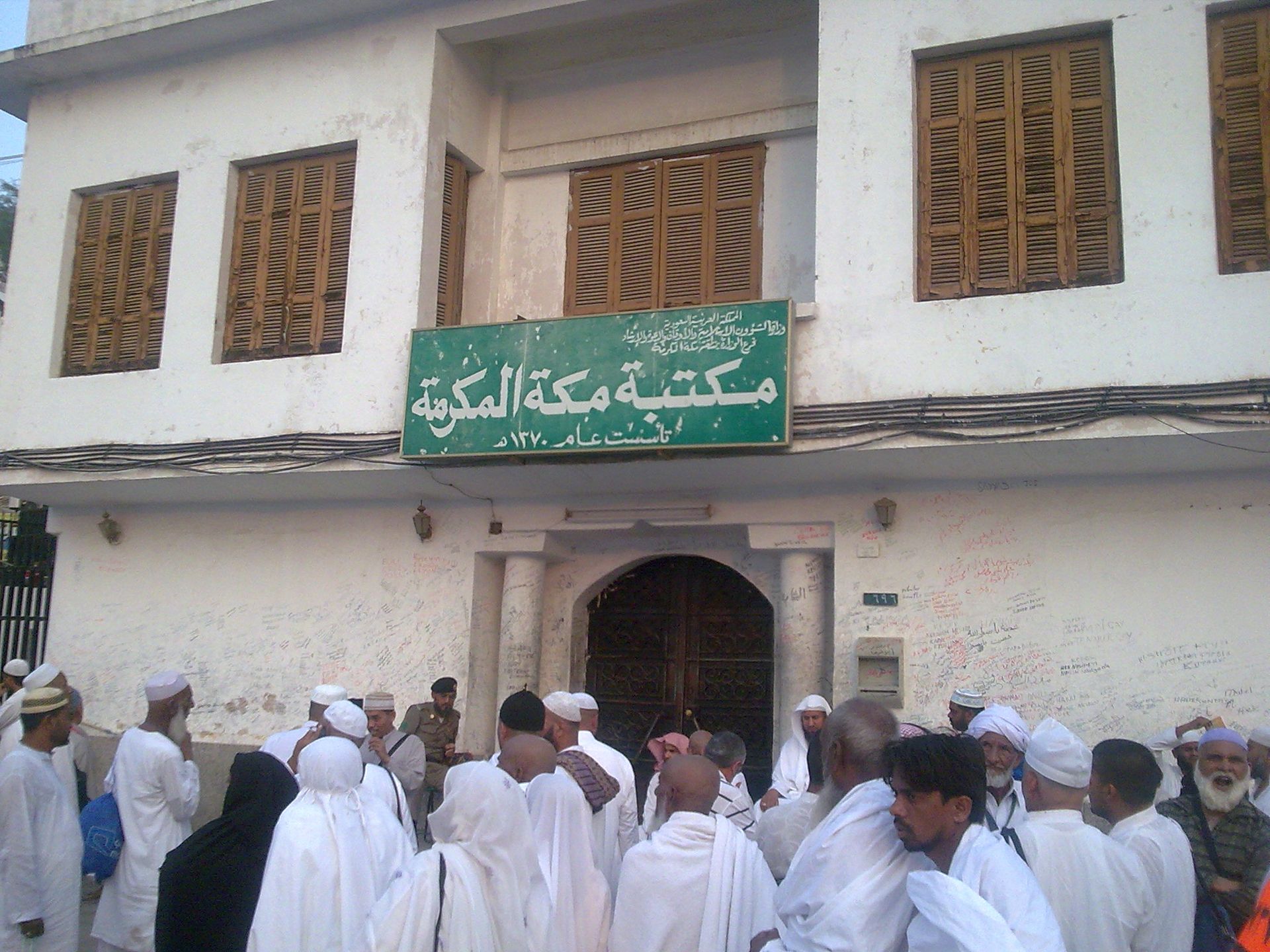
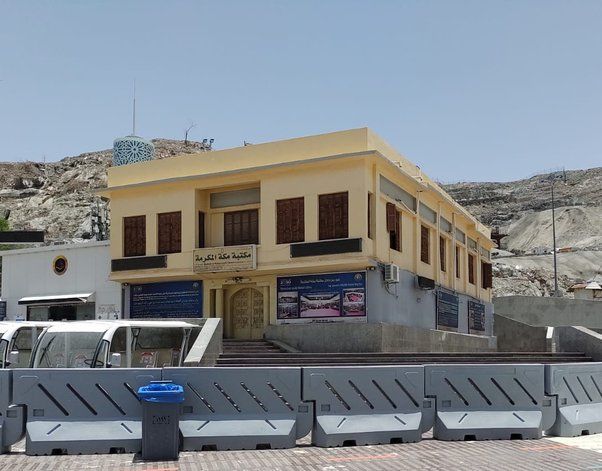
VISITOR EXPERIENCE
no point having site, then not allowing tourists or pilgrims to visit the site and benefit from it, spiritualluy or otherise... the whole purpose of the site, soo need to increase tourism to trhe site:
New Additions
The approach taken by the authorities in diriyah is similar to that adopted in the preservation of the Al Ula site in …. where the preservation of archaeological sites and the development of tourism are considered to be of equal importance to the interests of the country:
New additions put to increase appeal of original buildings for visitors, to enhance the site
M. This demonstrates that they respected the desires of visitors - something not done in BP.
Page 84
Vision, planning and hard work at Al Bujairi have combined to produce a landscaped site that is an open, welcoming, communal green area. And an underlying respect for and understanding of history and tradition have provided an entirely appropriate setting for the local limestone-faced buildings of the Sheikh Mohammad bin Abdulwahhab Foundation and Mosque. The setting, now nurtured and maintained, preserves the air of the legacy of the Al Bujairi Quarter as a major and historic centre of Islamic scholarship and teaching without over-refinement. The lasting impression is of care and respect for a site that is central to the history of Saudi Arabia and the heartland of Islam.
FN 1
Page 84
Al Bujairi: Heart of the Call
[[m. commissioned by]] The High Commission for the Development of Arriyadh and the Historic ad-Dir‘iyah Development Programme
Medina Publishing, 2015
https://www.rcrc.gov.sa/res/ada/ar/Publications/Al-Bujairi_Eng/files/assets/common/downloads/publication.pdf
VISITOR EXPERIENCE
“Today, its layout and openness, along with the extensive use of local natural materials and the presence of water and quiet green gardens, provide an air of peace and silence – social architecture that is designed to relax and promote contemplation, a legacy of its former role during the time of the First Saudi State.”
FN 1
Page 105
Al Bujairi: Heart of the Call
[[m. commissioned by]] The High Commission for the Development of Arriyadh and the Historic ad-Dir‘iyah Development Programme
Medina Publishing, 2015
https://www.rcrc.gov.sa/res/ada/ar/Publications/Al-Bujairi_Eng/files/assets/common/downloads/publication.pdf
VISITOR EXPERIENCE
“However, Al Bujairi with its dominant Sheikh Mohammad bin Abdulwahhab Foundation and Mosque is not just for learning, research and prayer – it is for anyone who wishes to access its public spaces, sit in peace and learn at whatever level, be it simply to look and wonder or walk and explore, asking questions and retracing the footsteps of the inhabitants of yesteryear.”
“The sympathetic landscaping of Al Bujairi’s garden area on the south side of the Sheikh Mohammad bin Abdulwahhab mosque, for example, is designed in traditional Islamic style, based on a grid of squares with each edge delineated by a channel of water, echoing the four rivers of Paradise. Here date palms and grass provide shade and comfort in the heart of the Quarter where visitors can sit, relax and perhaps picnic.”
“The promenade that borders and overlooks Wadi Hanifah offers dramatic views across manicured terraces, formerly part of the cultivated areas that supplied agricultural produce to the settlements of Al Bujairi and at-Turaif.”
SO THIS DOCUMENT SHOWS, AUTHORITIES:
1. KNOW THAT THESE THINGS ARE IMPORTANT AND PLEASANT AND BENEFICIAL FOR 2. VISITORS#AND HAVE ENACTED THE N IN DIRIYAH
3. AND FEEL THEY ARE WORTH ADVERTISING AND BOASTING ABOUT
FN 1
Page 106
Al Bujairi: Heart of the Call
[[m. commissioned by]] The High Commission for the Development of Arriyadh and the Historic ad-Dir‘iyah Development Programme
Medina Publishing, 2015
https://www.rcrc.gov.sa/res/ada/ar/Publications/Al-Bujairi_Eng/files/assets/common/downloads/publication.pdf
Visitor Experience
VISITOR EXPERIENCE
“Today, its layout and openness, along with the extensive use of local natural materials and the presence of water and quiet green gardens, provide an air of peace and silence – social architecture that is designed to relax and promote contemplation, a legacy of its former role during the time of the First Saudi State.”
FN 1
Page 105
Al Bujairi: Heart of the Call
[[m. commissioned by]] The High Commission for the Development of Arriyadh and the Historic ad-Dir‘iyah Development Programme
Medina Publishing, 2015
https://www.rcrc.gov.sa/res/ada/ar/Publications/Al-Bujairi_Eng/files/assets/common/downloads/publication.pdf
MONITORING
An indication of the level of concern for Diriyah is the painstaking site monitoring that the Saudi Commission for Tourism and Antiquities undertakes as per the stipulations the Management Plan:
• meteorological data (daily monitoring);
• natural evolution of the Wadi Hanifah (satellite photographs, annual monitoring);
• urban changes to the commune of ad-Dir’iyah (satellite photographs, annual monitoring);
• visitor numbers (daily) and satisfaction index (halfyearly);
• erosion of the ten main monumental remains (photographs, drawings, reports on a half-yearly basis, particularly after rainfall );
• erosion of buildings in use (half-yearly); • erosion of ruined structures (annual);
• archaeological excavations (annual).
ICOMOS considers that the supervision of conservation must be reinforced by more systematic campaigns of photographs, observations, and 3D scanner monitoring, particularly in the most vulnerable zones of the property. This surveillance must be directly correlated with property maintenance and conservation operations.
COST
WHAT WOULD THE COST BE TO PRESERVE AND PROTECT THE HOUSES LIVED IN BY THE PROPHET SAW, THE PROPHET'S SAW FAMILY AND RELATIVES, THE COMPANIONS,... NOT THE MILLIONS AND BILLIONS SPENT ON PRESERVING THE HOUSES LIVED IN BY WAHAB AND HIS FAMILY, AND SAUD AND HIS FAMILY.
Diriyah
In 2012, the cost of preserving and restoring Diriyah was estimated at $133 million (SAR 498 million – Saudi Arabian Riyal). In addition, the cost of operating and maintaining the site each year was expected to be around $2 million [SAR 7.5million] fn1
Fn1: September 28, 2012
https://www.thenational.ae/world/mena/saudi-arabia-s-camelot-to-be-restored-at-cost-of-dh488m-1.39076 0
By 2016, the cost of the site works had increased substantially and were estimated to be in the region of $500 million.
https://saudigazette.com.sa/article/144383
by 20?? the investment designated for the required had increase to $63.2 billion
In January 2023, Diriyah was formally announced as a giga project under the Public Investment Fund. The USD $63.2 billion project aims to develop 14-square km area, encompassing world-class cultural, entertainment, retail, hospitality, educational, religious, office and residential assets, with the UNESCO World Heritage Site of At-Turaif as its anchor.
Birthplace
In comparison, Abd al-Wahhab scholars appear to have approved no funds for the preservation of the bp site, and an annual operating and maintenance budget reckoned to be in the neighbourhood of just $37,321.00 [SAR 140,000] per year - sufficient only for the barest maintenance and upkeep of the site.fn2
Fn2: SOURCE: www.payscale.com Average Administrative Assistant salary of SAR 60,558 per year (in sa in June 2019] [=$15994 per annum] [based on my calculation of 2 admin assistants at SAR 121,000 combined plus SAR 24,000 electricity[[[www.numbeo.com says average MONTHLY spend on electricity in Mecca for 85m sq apartment including electricity, heating, cooling, water, garbage is $75.37]]] and cleaning, since it closed a lot] [SO 75.37 X 12 = 904.44]
F3: At the time of writing, no official figures could be located, either for funds allocated for any preservation works on the bp, or for the annual operational costs of the site. The figures stated here are estimates based on sources such as www.payscale.com, for the average salary for the type of post held by the bp site staff, and www.numbeo.com for the likely costs of electricity, heating, cooling, water, garbage, [[[is $75.37]]] and cleaning for a building of this size. It has been assumed that whatever funds are allocated are done so strictly for essential expenditures only – electricity, internal cleaning, water, urgent repairs – and not for non-essential works such as multimedia installations or aesthetic improvements - as can be judged from the poor external condition of the bp building.
17. PUBLICISE
With diriya, deliberate publicity and marketing attract uo to x million visitors
With bp, plan is have zero visitors through different means, including by claiming not genuine site.
M THE BP IS NOT BEING PROMOTED, IT SEEMS LIKE IT IS BEING TOLERATED FOR PERHAPS FOREIGN GOVERNMENTS, DIRIYAH IS BEING PROMOTED, WHY PROMOTE THE BIRTHPLACE OF WAHHAB, THE SAUDI STATE BUT NOT THE Prophet saw of islam. why commemorate the start of the Saudi state but not the start of the state religion…
15. Visitor behaviour
~Diriya
EWS not explained by how why visitors to BP saw cannot be allowed to visit …. For fear that they may commit shirk, but the same can visit sites in the birthplace of al Wahab with no fear. Whereas at the bp, for example, they have signage detering
#The BP:
14. Preservation protection
~Diriya
Diriya has been given immense protection through Protection .. as well as WHS Listing.
#The BP:
Despite, the Bp’s history spanning 15 centuries, the EWS has ensured that it is denied any type of protection from within Sa as well as from WHS. Sites that are 300 year old, sites such as Diriya, Jedah, ……. Even houses belonging to low ranking individuals enjoys both SA protection, but the BP
14. Holiness Of Site
~Diriya
The site is not considered a holy site by mainstream Islam. No event has taken place at the site, and no person is associated with the site, that is mentioned in the Quran, Hadith, or regarded by 1500 years of ulema and Muslim scholars as in any way sacred or a positive contribution to Islam.
The events and persons linked to Diriya are important to EWS and to the history of Saud Arabia, but the site does cannot be classified as an Islamic holy site.
For a nation based on Islam, Islamic holy sites are preeminent
#The BP:
The Bp is regarded as the fourth/fifth holiest site in Islam. with the exception of the Gran Mosque in mecca, the Prophet’s saw Mosque in madina, Al Aqsa in Jerusalem, ……., the Bpis considered as holier than the birthplaces and burial sites of all other prophets ams of God, as well as all other sites connected to any person or event around the world, other . It has been respected as a high-degree sacred site by the Ulema, Muslim leaders, and the Muslim public for 1500 years.
13. Access
~Diriya
Visitors to diriya are afforded full access to all parts of the historic buildings .
#The BP:
Uptil 20??, (2010) visitors to the Bp were permitted to enter the building and view specific areas, for a short periods. However, from 20??, access to the interior of the BP building was ended/prohibited, and visitors to site were only permitted to view the exterior of the site.
12. Date
~Diriya
--Constructed in its present form from the middle of the 18th century, At-Turaif is described by UNESCO as 'an outstanding example of traditional human settlement in a desert environment'. One of the world’s foremost mud-brick cities, At-Turaif and its surrounds are today being sensitively restored and reimagined to bring the history and beauty of the city, including its winding laneways and authentic Najdi architecture, back to life.
#The BP:
--The buildings belonging to the Prophet saw and /his Companions date back 1500 years
OTHER BIRTHDAYS
The Other Birthdays celebration
The EWS prohibit the Saudi government and citizens from remembering the Prophet’s saw birthday – the Milad Un Nabi. This is surprising to many since the Prophet saw was born in Mecca, Saudi Arabia. The celebration of the Prophet’s saw birth is regarded by the Muslim world as a pivotal event that commemorates the life and legacy of the most important figure in the Islamic faith. With the exception of Wahhabi-dominated Saudi Arabia and Qatar, all Muslim countries honour the day, with the majority CHECK observing it as a public holiday.
Ostensibly, [the reason why] the EWS forbid the celebration of the Mawlid, along with any other type of anniversary (such as a birth, marriage, or death), because in their interpretation, such a practice is regarded as modernism, and innovations or progress in the religion are forbidden. Therefore, contrary to the Ulema in other Muslim nations, the EWS in Saudi Arabia expend great effort in convincing the public that the Prophet's saw birthday should not be honoured, and the government must not recognise the occasion as a national holiday.
THEY WANT TO ONLY GO BAK TO WAHAB, AS IF THE ONLY HISTORY THAT MATTERS NOW IS AL WAHAB ONWARDS, SO THEY DON’T SHOW HOMES OR ARTIFACTS FROM COMPANIONS
THEY WANT TO SAY THAT THE ONLY ISLAMIC HISTORY, THE HEART OF ISLAM GOES BACK ONLY 300 YEARS, AND IT IS WAHAB HISTORY, THAAT IS THE ONLY HISTORY WHICH MATTERS TODAY, AND SINCE THAT IS THE SITUATION IN THE VERY HEART OFISLAM, THEN THE REST OF THE MUSLIM WORLD SHOULD FOLLOW SUIT AND ABANDON PRE-WAHAB ISLAM.
However, when we examine the manner in which other prominent anniversaries within Saudi Arabia are treated, it becomes apparent that the prohibition on observing anniversaries is disingenuous, and is applied solely to the Prophet’s saw Birthday.
Founding Day
The Founding Day is a celebration of Muhammad bin Saud, founder of the first Saudi state.
The day is observed annually on February 22 to commemorate the enthronement of Muhammad bin Saud as the emir of Diriyah, in 1727.
The Founding day is an official holiday for both the public and private sectors. Authorities are tasked with running programmes, events and activities to emphasise the importance of this occasion. These include fireworks displays, drone shows, arts and crafts exhibitions, folklore dances, and encouraging people to dress in the traditional attires [outfits] of their region.
National Day – The Birth of Saudia Arabia
National Day marks [honours] the birth of modern-day Saudi Arabia.
The Day is celebrated annually on 23 September to commemorate the proclamation by King Abdulaziz Ibn Saud, in 1932, which unified and renamed the Kingdom of Najd and Hejaz as the Kingdom of Saudi Arabia.
National Day is a public holiday. Roads and buildings are decorated with Saudi flags, and festivities take place across the country with large scale events including parades, concerts, exhibitions, and fireworks. Citizens are urged to celebrate with folk dances, songs, and to wear the national colours of green and white.
FLAG DAY
Flag Day honours Saudi Arabia’s national banner.
The day is observed annually on March 11 to commemorate King Abdulaziz Bin Saud’s adoption of the flag as the Kingdom’s symbol, on March 11, 1937. The celebrations are marked by a variety of activities such as flags displayed on roads, screens, shops, and malls, theater and traditional Ardah performances, and presentations from the Saudi National Orchestra and National Choir,
EXTRA INVESTMENT
The Saudi authorities invested in significant amounts of conservation work during this period due to the need for regular maintenance of the mudbrick material (which rapidly degrades), as well as the requirement of UNESCO that the Kingdom provide an annual conservation report. Concerning the aforementioned conservation activities, Historic Diriyah and its surroundings have experienced a major turning point in conservation management activities which has led to a shift in focus from protection to various intervention strategies. For example, intervention strategies such as restoration, rehabilitation, and adaptive reuse activities with modern additions, new structures, and new projects’ activation are widely implemented within the district [61]. Specific examples of investment in modern additions and new structures include additions of new structural bridges, modern galleries, exhibition space, museums, long catwalks, and necessary functional facilities (e.g., a visitors’ center) (Figure 11). In particular, the visitors’ center has implemented new design features, projecting a contemporary traditional architecture that responds to modern needs and requirements [66]. These new open-air museum implementations are part of the tourism planning goals that Historic Diriyah is promoting [64].
Ft61 Arriyadh Development Authority (ADA). Addiriyah: The Glorious Past and The Bright Future; Arriyadh Development Authority: Riyadh, Saudi Arabia, 2009. [Google Scholar]
Retain symbolic value
~Diriya
“However, Al Bujairi with its dominant Sheikh Mohammad bin Abdulwahhab Foundation and Mosque is not just for learning, research and prayer – it is for anyone who wishes to access its public spaces, sit in peace and learn at whatever level, be it simply to look and wonder or walk and explore, asking questions and retracing the footsteps of the inhabitants of yesteryear. It is also the gateway to the UNESCO World Heritage Site of at-Turaif, a living heritage museum rich in history, culture and exhibitions on the founding of the First Saudi State, military history, everyday life two centuries ago, and the role of the famed purebred Arabian horses of Najd.”
FN 1
Page 106
Al Bujairi: Heart of the Call
[[m. commissioned by]] The High Commission for the Development of Arriyadh and the Historic ad-Dir‘iyah Development Programme
Medina Publishing, 2015
"Diriyah is symbolic. It's about going back to your roots. The whole idea of the Saudi state started in Diriyah," said Khaled Al Dakhil, a political-science professor in Riyadh.
https://www.thenational.ae/world/mena/saudi-arabia-s-camelot-to-be-restored-at-cost-of-dh488m-1.39076 0
September 28, 2012
The city’s multiple layers are entirely preserved including the 20th century housing neighbourhood built with traditional techniques. Its transformation into a Living Heritage Museum aims at preserving not only the material remains, but also, as much as possible, the symbolic and traditional role of the buildings and of the entire village.
Page 123:
The 3 STRUCTURES ARE MONUMENTS AND SYMBOLS
SYMBOLISM OF THE BRIDGE
“The two sites of Al Bujairi and at-Turaif, representing the religious and political aspects of Saudi Arabian history, are separated physically by just a couple of hundred metres across Wadi Hanifah. Though dividing them, the wadi was more a link than an obstacle, facilitating both communication and access to the necessities of everyday life.”
“Today the Sheikh Mohammad bin Abdulwahhab Bridge spans the wadi in a sweeping arc, symbolic of that most potent symbol of Islam, the crescent. The Saudi Arabian constitution in modern times, as stated in the country’s Basic Law of Governance, “is the Quran”. This, by definition, links the political and the religious in a united whole by which the third Saudi State runs it affairs to this day.”
“The bridge replaces the earlier straight concrete road bridge, which was out of keeping with the environment. One of the designer’s first recommendations in 2008 was that the new bridge should capture the historical spirit of the site, offer a statement of permanence and present Al Bujairi as the Heart of the Call and the Gateway to the living heritage museum of at-Turaif.”
FN 1
Page 89
Al Bujairi: Heart of the Call
[[m. commissioned by]] The High Commission for the Development of Arriyadh and the Historic ad-Dir‘iyah Development Programme
Medina Publishing, 2015
https://www.rcrc.gov.sa/res/ada/ar/Publications/Al-Bujairi_Eng/files/assets/common/downloads/publication.pdf
The city’s multiple layers are entirely preserved including the 20th century housing neighbourhood built with traditional techniques. Its transformation into a Living Heritage Museum aims at preserving not only the material remains, but also, as much as possible, the symbolic and traditional role of the buildings and of the entire village.
Page 123:
The 3 STRUCTURES ARE MONUMENTS AND SYMBOLS
SYMBOLISM OF THE BRIDGE
“The two sites of Al Bujairi and at-Turaif, representing the religious and political aspects of Saudi Arabian history, are separated physically by just a couple of hundred metres across Wadi Hanifah. Though dividing them, the wadi was more a link than an obstacle, facilitating both communication and access to the necessities of everyday life.”
“Today the Sheikh Mohammad bin Abdulwahhab Bridge spans the wadi in a sweeping arc, symbolic of that most potent symbol of Islam, the crescent. The Saudi Arabian constitution in modern times, as stated in the country’s Basic Law of Governance, “is the Quran”. This, by definition, links the political and the religious in a united whole by which the third Saudi State runs it affairs to this day.”
“The bridge replaces the earlier straight concrete road bridge, which was out of keeping with the environment. One of the designer’s first recommendations in 2008 was that the new bridge should capture the historical spirit of the site, offer a statement of permanence and present Al Bujairi as the Heart of the Call and the Gateway to the living heritage museum of at-Turaif.”
FN 1
Page 89
Al Bujairi: Heart of the Call
[[m. commissioned by]] The High Commission for the Development of Arriyadh and the Historic ad-Dir‘iyah Development Programme
Medina Publishing, 2015
https://www.rcrc.gov.sa/res/ada/ar/Publications/Al-Bujairi_Eng/files/assets/common/downloads/publication.pdf
SIMILAR
#The BP
The district of central Mecca around the GM could have been made into a similar Living Heritage Zone, with the religious heritage structures within the GM such as the Sarwa and Marwar hills, The Circular , the Zamamzam Well, combined with the heritage structures in and around the GM connected to the Prophet saw and His Companions such as the Prophet’s saw Bp, the Prophet’s saw second home, The First Caliph Abu Bakr’s House…. All these structures were usable in exactly the same manner as those with AT-turaif and linked the sites to the key figures and events in islam
SYMBOLSIM ONE LOOKS LOOKED AFTER AND VALUED, THE OTHER UNKEPT AD NOT VALUED
RESEACH SYMBPLISM OF BUILDINGS/STRUCTURES MEANING OF KEPT AND UNKEPT
SHOWS site is valued
“Today, its layout and openness, along with the extensive use of local natural materials and the presence of water and quiet green gardens, provide an air of peace and silence – social architecture that is designed to relax and promote contemplation, a legacy of its former role during the time of the First Saudi State.”
FN 1
Page 105
Al Bujairi: Heart of the Call
[[m. commissioned by]] The High Commission for the Development of Arriyadh and the Historic ad-Dir‘iyah Development Programme
Medina Publishing, 2015
https://www.rcrc.gov.sa/res/ada/ar/Publications/Al-Bujairi_Eng/files/assets/common/downloads/publication.pdf
“However, Al Bujairi with its dominant Sheikh Mohammad bin Abdulwahhab Foundation and Mosque is not just for learning, research and prayer – it is for anyone who wishes to access its public spaces, sit in peace and learn at whatever level, be it simply to look and wonder or walk and explore, asking questions and retracing the footsteps of the inhabitants of yesteryear. It is also the gateway to the UNESCO World Heritage Site of at-Turaif, a living heritage museum rich in history, culture and exhibitions on the founding of the First Saudi State, military history, everyday life two centuries ago, and the role of the famed purebred Arabian horses of Najd.”
FN 1
Page 106
Al Bujairi: Heart of the Call
[[m. commissioned by]] The High Commission for the Development of Arriyadh and the Historic ad-Dir‘iyah Development Programme
Medina Publishing, 2015
6. Aesthetic Appeal
~Diriya
With Diriyah not only has each structure receive comprehensive attention, internally and externally, to maximise its appeal to visitors, but the entire area surrounding the site has been ………buffer zone, neignbourods included co-opted so that nothing in the vicinity of the site detracts from the specific “historic diriya experience “ which the authorities are promising tourists when the latter are deciding where to hoiliday, and nothong dimishes that experience when the torist is actually exploring the site. to saverenvironment” being attracting tourists through prmotions, or dimishes their experience when they visitRepair and restoration
done with compatible materials and techniques respectful of the original.
"We are committed to developing Ad Diriyah Gate, starting with an extensive beautification project of the areas surrounding Ad Diriyah and Al Turaif and creating spaces for families. This work has already begun, with thousands of square meters of green surfaces added to Ad Diriyah, and 14,000 trees and shrubs planted," noted Al Khateeb.
http://www.tradearabia.com/news/TTN_348605.html
So they do know…visitor experience important… destroyed the majestic mountain that was backdrop character…overtidied it
--it is apparent that the extremists have gone to great lengths to minimize the appeal to visitors.
Reuse of buildings in historic Diriyah
~Diriya
-- the ruins of the main palaces have mean carefully maintains and consolidates… and revitalizes… for reuse.. SHOW HOW REUSED >> AS A OPEN AIR MEUSEUM
of parks, shops, galleries, cafes and restaurants
1. Whole Neighbourhood & Buffer Zone
https://www.mdpi.com/2071-1050/14/17/10718
M. DEVELOPED WITH SURROUNDINGS IN SYMPATHY WITH THE BP
m. They have not selected one building but:
Visitors will be able to walk through a vast heritage site of restored mudbrick palaces, mosques, former defensive towers, and curated galleries that tell the definitive story of Saudi Arabia’s formation and the rise of the Saudi dynasty. A beautiful example of the distinct Nadji-style architecture,
The area to rear and front of the site are used to park vehicles, across the road is a trailer park.
Despite ample space around the side, No green space around the site, just a black tarmac road one on side, and grey paving slabs on the the other three sides.
CONCLUSION
Angawi advocated following the choices that Muhammad made after his conquest of Mecca. “The Prophet did not stay next to the Kaaba, even though the house of his wife Khadijah was near it, and despite several others offering him their houses,” Angawi told me. “He camped miles away.”
https://www.newyorker.com/magazine/2012/04/16/modern-mecca
-
if it was a few percent, then ... but at 98 then it becomes an agenda
if it it was only about shirk, first in all the decades they;ve been alleging this, no proof , no study
ifsmall number of occurences then needs of many..
but if a lot, then had options like keep site, use staff to escirt visitors/guides, or close site to public and preserve, or remove site, around world old buildings are movedistances either in one ptiece, or brick by brick
if worried about shirk, then what about wahabs, non-muslim, western tv promoting anti-religion, secular, matrerialism.
non-mulsim, pre-islamic polytheistic sites a danger to monotheists
why bazs fatwa used only against ...sites and not wahhabi sites,
why have not other countries who preserve sites and relics not had visitors shirk
why no shirk for 1100 years in saudi, and only started, according to them when they came
why h ave sirveys caried out see what percent commit , and what solutions, before destroying site, educate at travel agent before start journey, on arrivsal, at sites posters, guides,
many of the sites were already cosecrated mosques so allowed pray therer, supplicate to God, zikr
-
The decision to allow substantial alterations to the land immediately around the Birthplace - the building of a road to the rear of the Birthplace, the construction of offices to its left side, the conversion of the land adjacent to its right side into a storage yard, and the turning of the land in front of the Birthplace into a carpark - signify a return to the disrespectful attitude towards the Birthplace which exited in 1925? and 1950, when certain Wahhabi activists lobbied to have the Birthpace destroyed.
None of the aforementioned changes around the Birthplace have any connection to it, or benefit it in any manner. Rather, they alter the "ancient" atmosphere which existed previously. They belittle the historic character of the Birthplace, and for some diminish, the appeal of the site for visitation. For seasoned observers, these acts serve as harbringers of a forthcoming attempt to eradicate the Birthplace.
the ews, emboldened by years of impunity........
Today we are presented with a 1500 year-old site of immense significance that is obviously, willfully being shown indifference to its plight and preservation needs, but undergoing/experiencing concerted efforts to deter interest in the site, and blanket denial of access to it, for both professionals and pilgrims alike..
The knowledge, preservation and development ideology, and technology utilised in Diriyah, whose current development started in 2008, after the preparations for WHS inscription, were also available to the planners involved in the latest expansion of the Grand Mosque which began in 20??, which left Islam's fourth holiest site in such a precarious position.
The fact both Birthplaces were treated, inexpicably, in such a radically different manner, attests to the ews interest in protecting their own, and destroying the competition.
HAose of Halima: say efforts being made to say tha t theydont know if it is the real house....
--
Signs of Allah
https://786nasir.wordpress.com/2009/12/23/shairallah-or-symbols-of-allah-brief-thoughts/
https://786nasir.wordpress.com/2009/12/23/shairallah-or-symbols-of-allah-brief-thoughts/
M. SO SAUDI GOV KNOW AND UNDERSTAND THE REASONS AND VALUE OF SAVING HERITAGE, BUT SAVE WAHHABI HERITAGE, PRE-ISLAMIC HERITAGE, ANTI-ISLAMIC HERITAGE, CREATE NEW SITES THAT ARE CLEARKY AGAINST ISLAM, RAVE AND USIC CONCRTS, BUT DESTROY THE PROPHET'S SAW HERITAGE
because that evidence of a pre-Saudi Mecca undermined the kingdom’s [ews ulema]important position in the Islamic world as guardians of the city. [leaders of the islsmic clergy]
--
museums - all of these sites could have converyed to mueums, showcasing different aspects of the residents lives, as well life in general in the 6th century.
There is no excuse:
The planning of the works in Mecca north sa, took place in the same period that planning took place for the works in south sa n Diriyah 2008 The preservation of historic sites is a policy adopted by virtually all governments. It was ceratainly evident in Saudi Arabia, with the legislations of......, and preservation of Diriyah and its submission for WHS Listing. It was also evident in the preservation of wahhabs mosque in..... and..., and tayuums grave in.... and ul....
The policies inacted in Diriyah, are those adopted by virtually all governments with respect to heritage sites. The Diriyah strategy was internationally publicised, and would have been known both to decision-makers on a national level, as well as the particular planning authority responsible for the strategy for alteration and expansion of the Grand Mosque..
In particular, the following practices, displayed clearly in Diriyah, must have been known been known to the decision-makers who authourised the destruction of ancient sites in Mecca, and have repeatedly attempted to destroy the Birthplace:
1.The thinking within the Kingdom to not destroy the heritage in Diriyah, and to preserve it, was widely publicised and would have been known to the planners of the Grand Mosque's alteration and expansion. >>>Among the rebuilt structures are the bath and guest house, the Qasr Nasr, the Saad bin Saud Palace (finished by the early 90s), the Burj Faysal (a wall tower renovated in the 80s),
2. The policy used in Diriyah, of separating heritage from the facilities needed to attract visitors to it, was known to the decision makers for the Grand Mosque works.
3. The Diriyah practice of insisting that the infrastructure required to service the needs of visitors (food, accommodation, transportation) does not detract from the "historic" aura of the heritage site, by siting it in a separate zone or[ restricting the height of the service structures] and matching their facades/exteriors/external faces of a building to those of the historic buildings.
so inexplicably, meccan authorities went against the practice of most countries, in the rest of sa, and aganist saudi legislation whyhas mecca been singled out
They are a unique example of the Najdi architectural and decorative style developed to cope with the extreme desert climate.similar architecture to the site they are supporting/surrounding....hotels should be subserviet.. so that the prominence of the historic structures remains pre-eminent
https://www.theasiantoday.com/index.php/2006/08/10/the-destruction-of-holy-sites-in-mecca-medina/
The destruction of the historical sites is yet another way for the Wahhabi sect to show that there is no other form of Islam- whether on the ground, in the past, or in people’s memories- other than their own.
is what I consider, Meccahattan, bustling shopping centers with the world’s most expensive designer fashions, award-winning restaurants and cuisines accompanied by every notable fast-food chain from the West, and towers with bright and flashing lights that feel like Times Square in New York and Las Vegas, Nevada. It is no longer the sacred Mecca that has been historically known and revered as a holy site for global Muslims across centuries. It is now a cosmopolitan and commercial machine.
in contrast, around the GM, are hotels fast food retailers, eve when standing in the heart of the GM, in front of the Kaaba, one sees the upperfloors of the hotels towering over the holy site.
they're expecting same number of visitors as in diriyah, yet in diriyah they sited the hotels and businessses well back, insisting that the distances between the historic area and thecommecercial area was convenient, whereas in Mecca they did the opposite and put everything on the doorstep of the heritage site,,,
DO VIEWS FROM DIDIYAH
####################################################################################################
A finishing coat of fresh adobe plaster being spread on mud brick walls. The fresh plaster is made with brick mud, but containing more finely chopped straw. The foundation coat is pitted with holes, made by the builders’ fingers to provide a key for the finishing coat. Freshly applied, the mud plaster is black but within a day matches the coating on the left of the picture
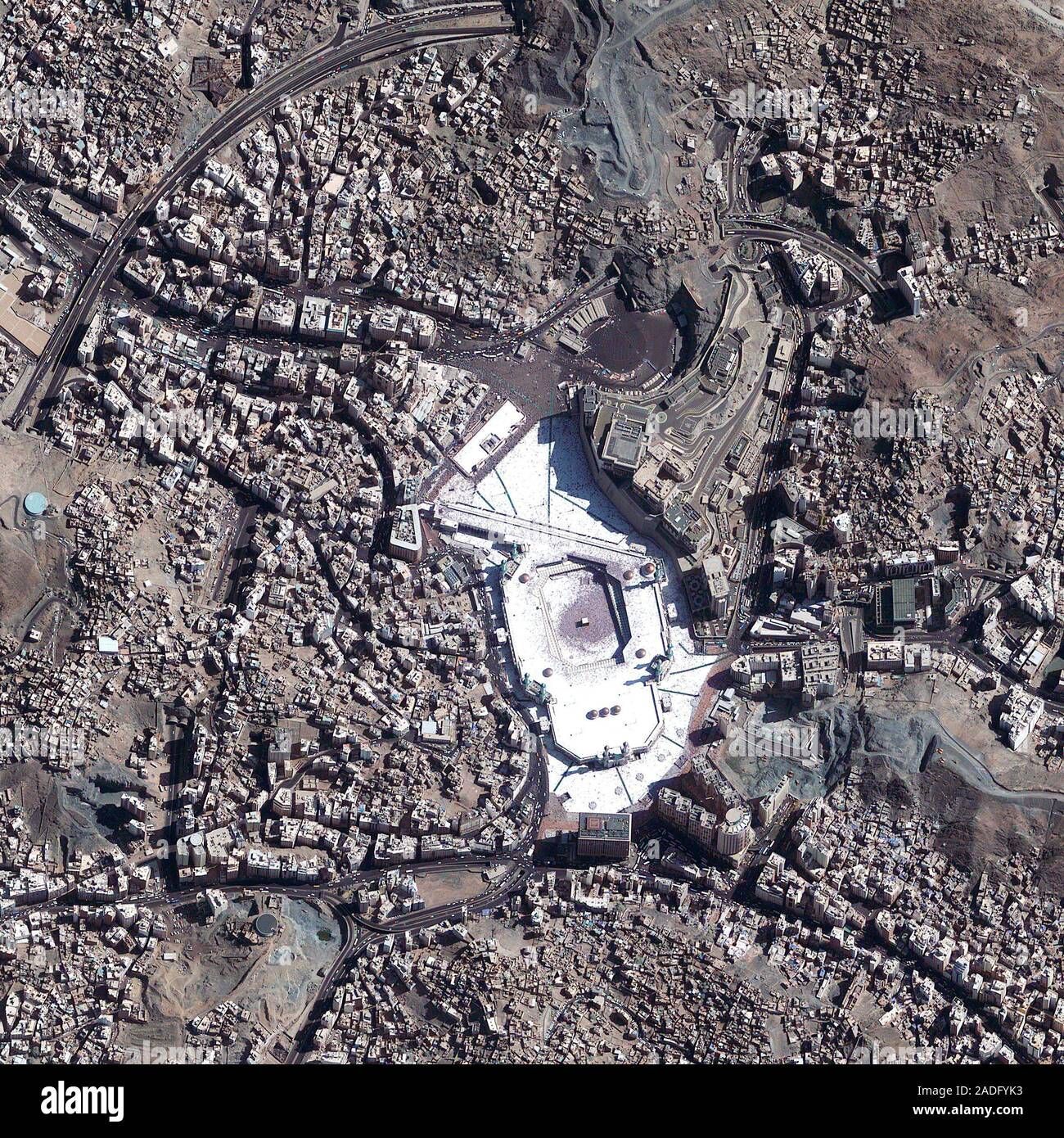
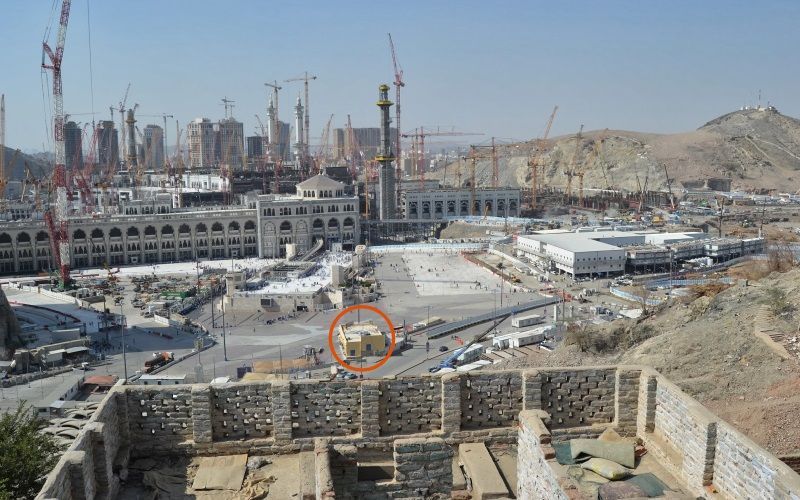
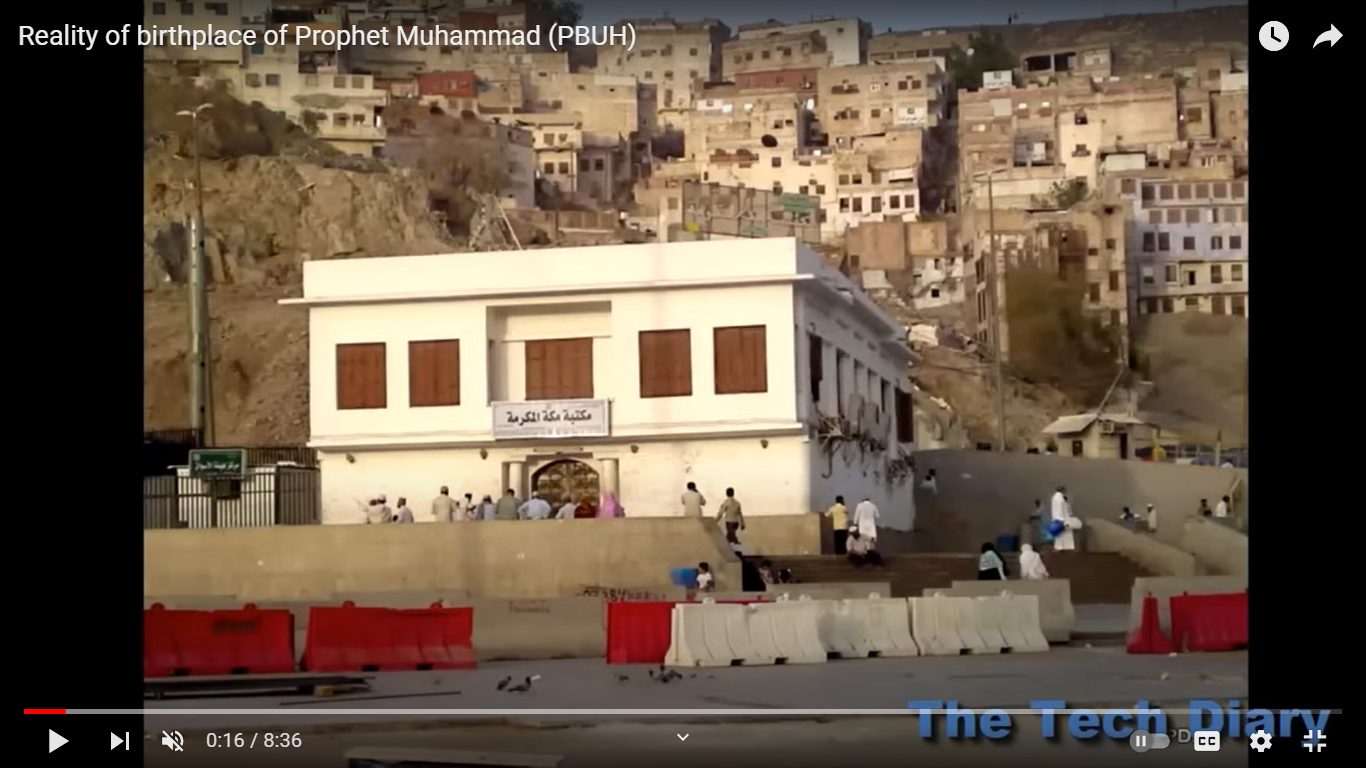
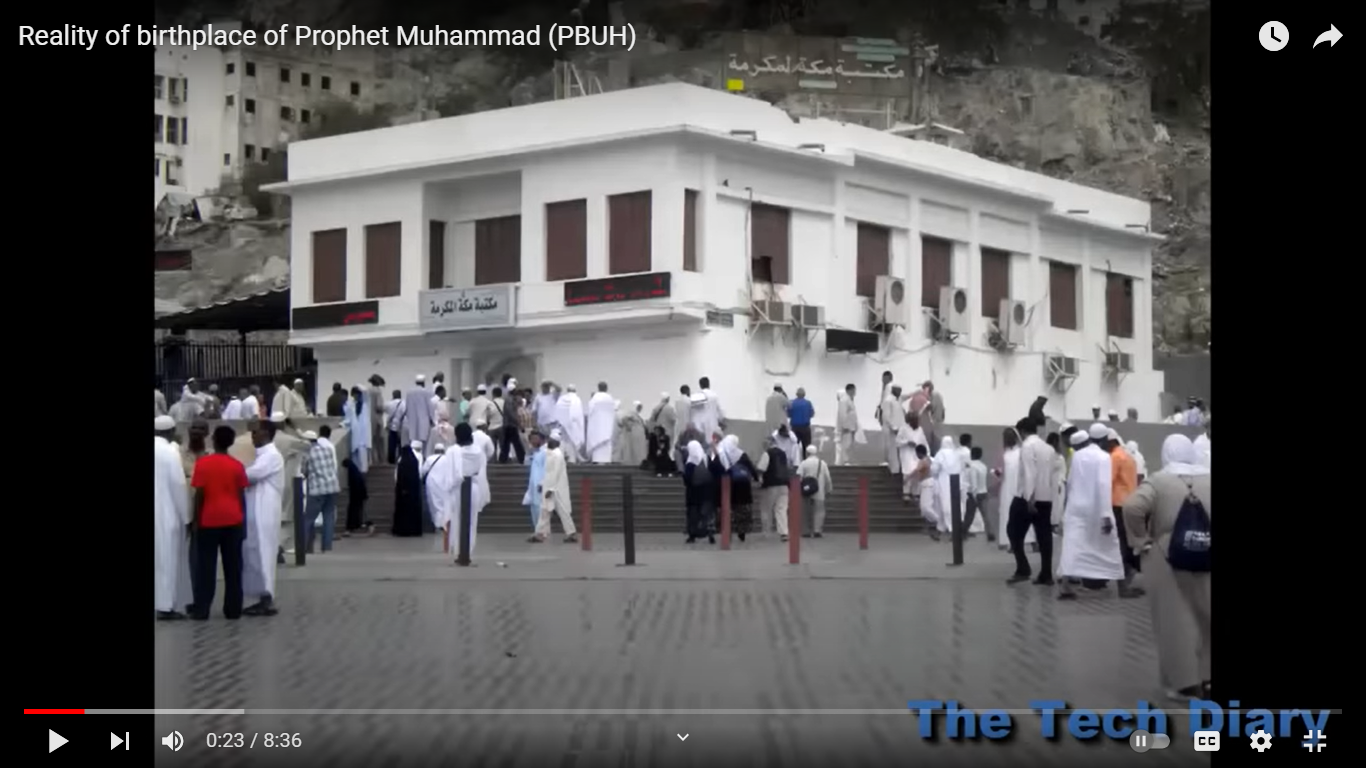
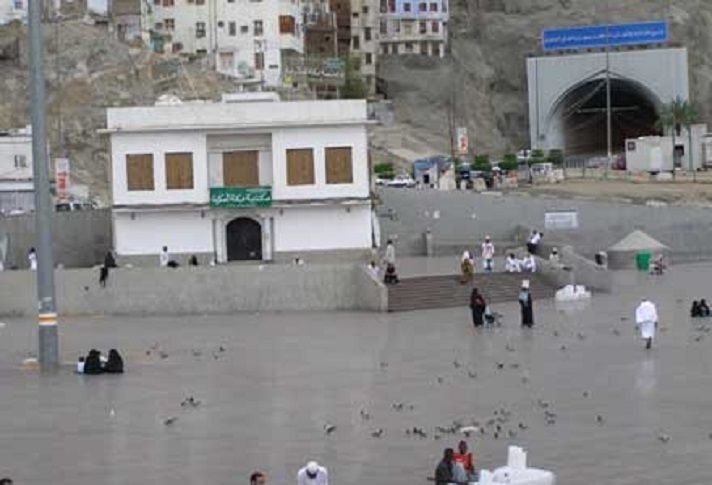
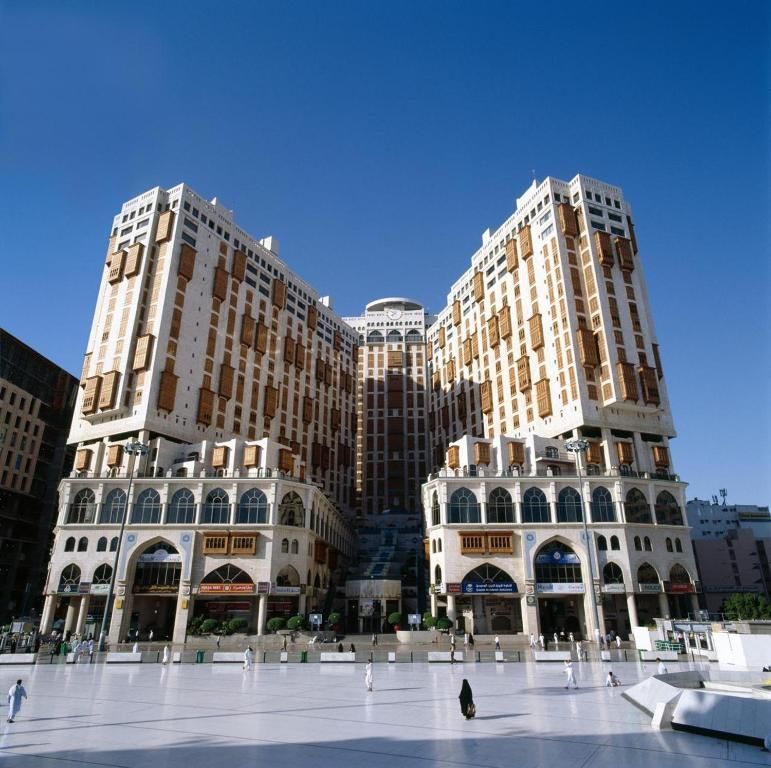
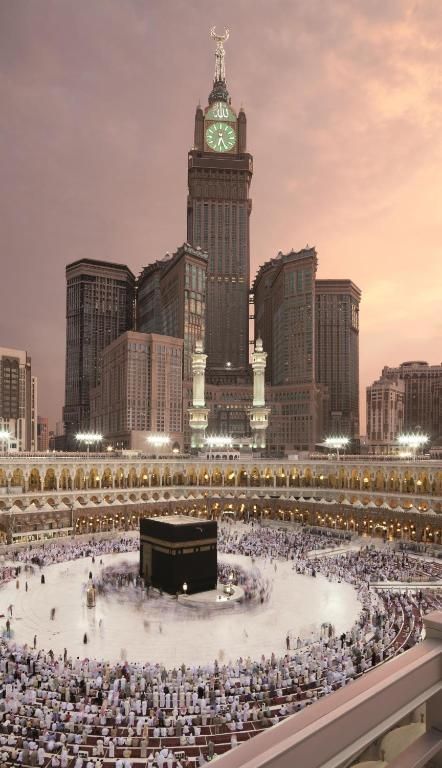
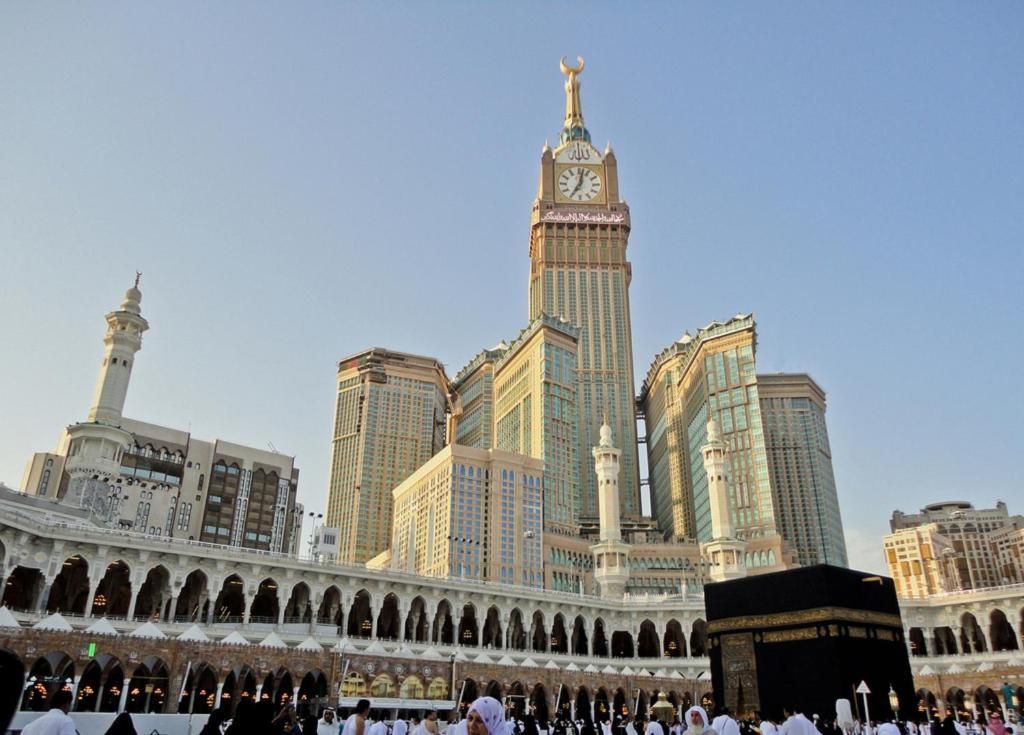

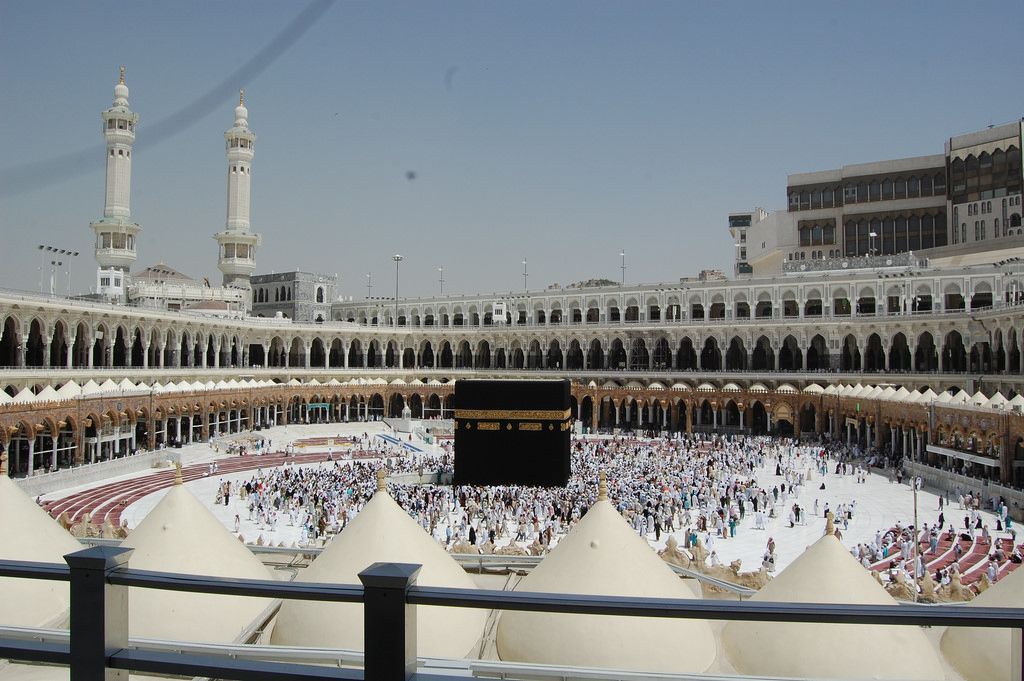
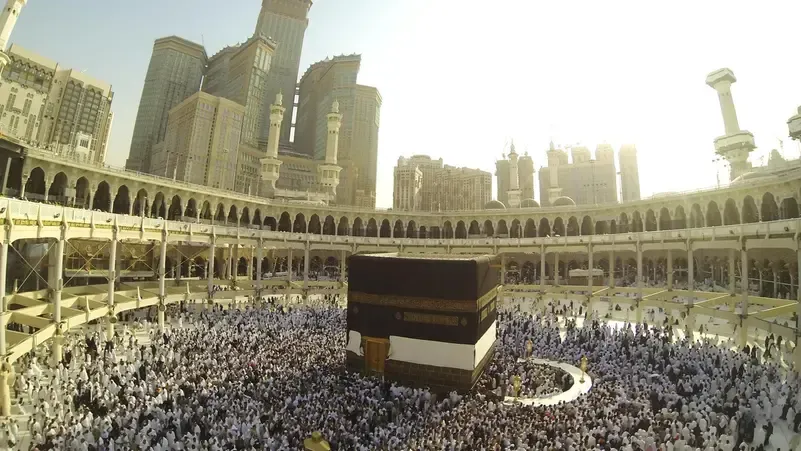
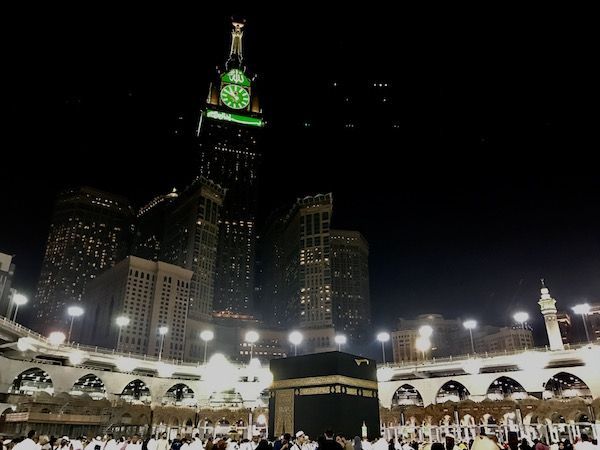
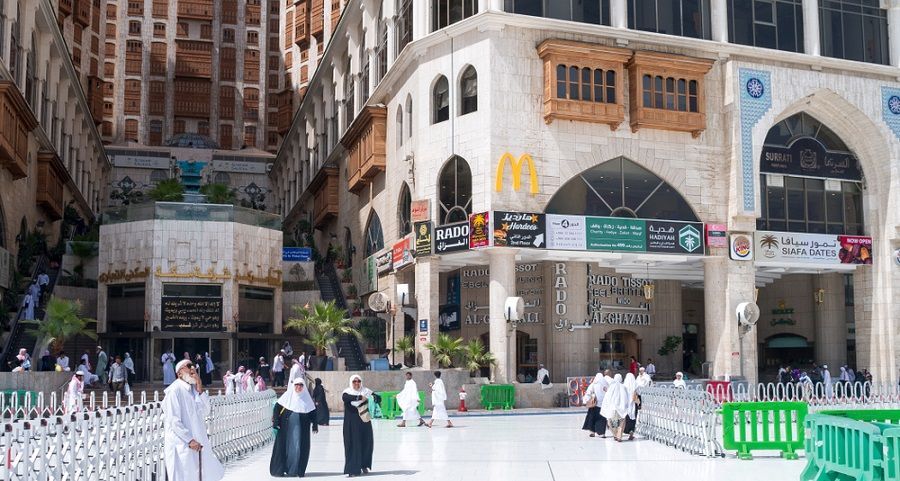
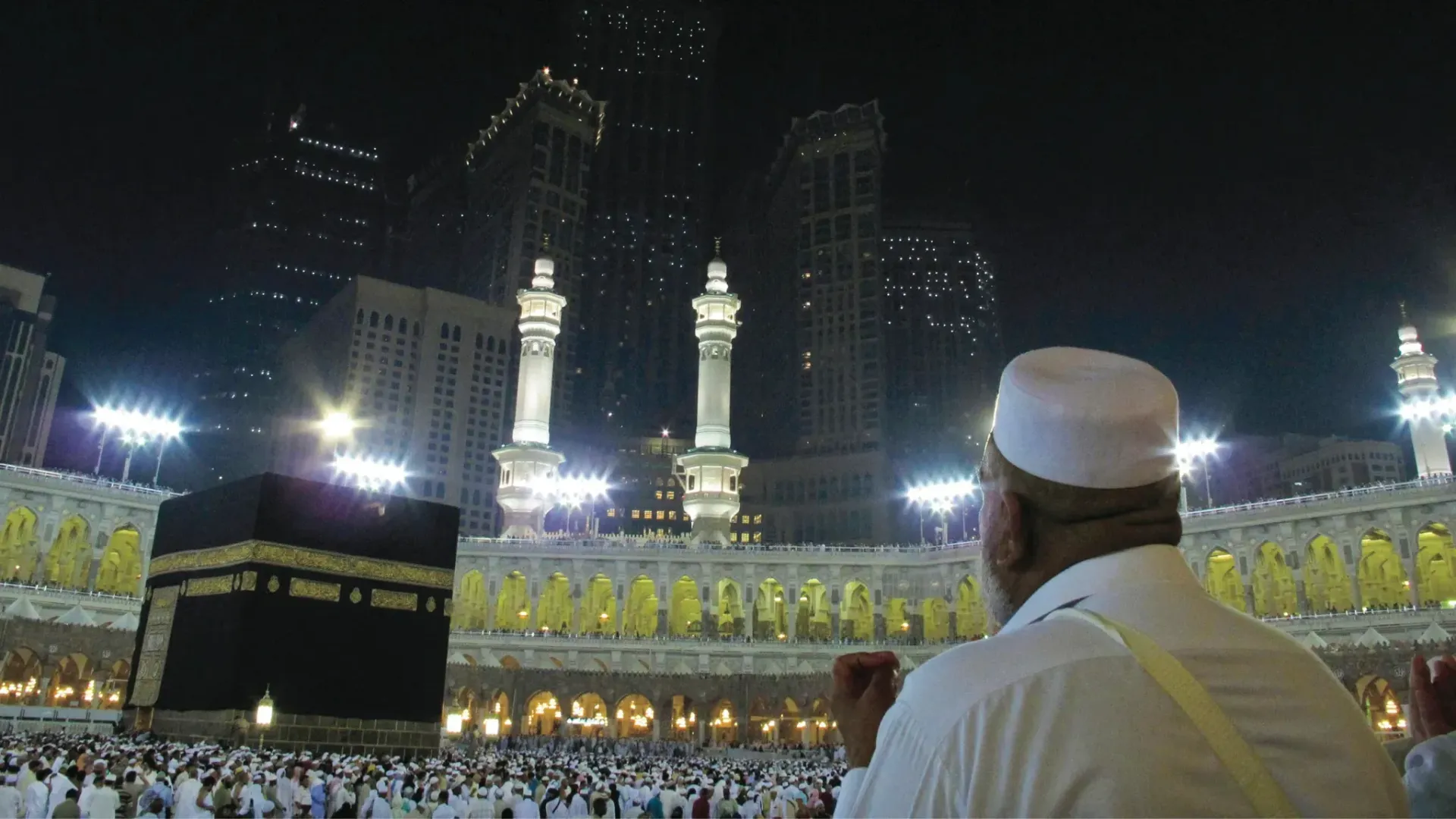
[ ] ONLY GO UP TO HONOURED, SO QUOTE CAN BE USED ANYWHERE
Abdul Wahab’s legacy honoured with new centre,
October 18, 2015
https://gulfnews.com/world/gulf/saudi/abdul-wahabs-legacy-honoured-with-new-centre-1.1602627
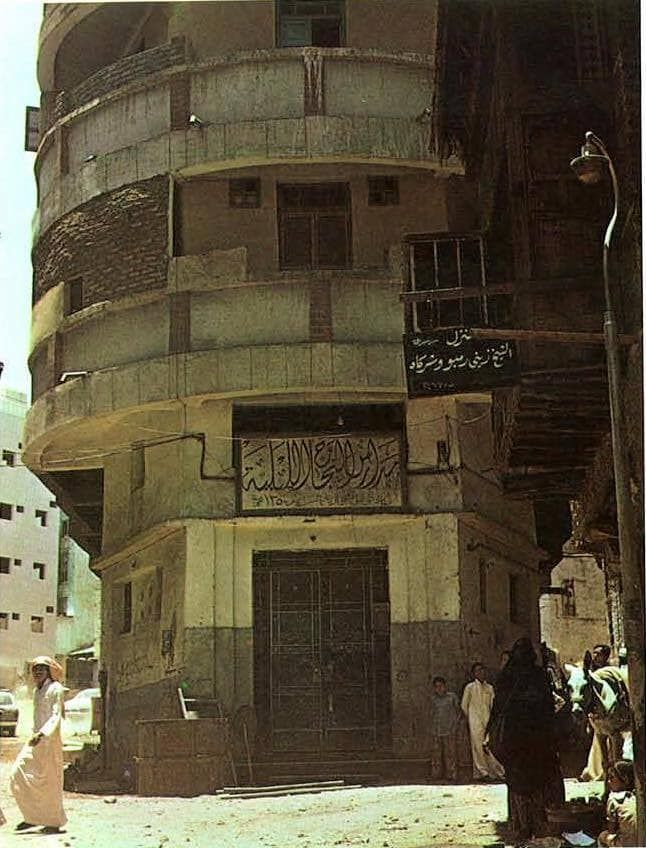
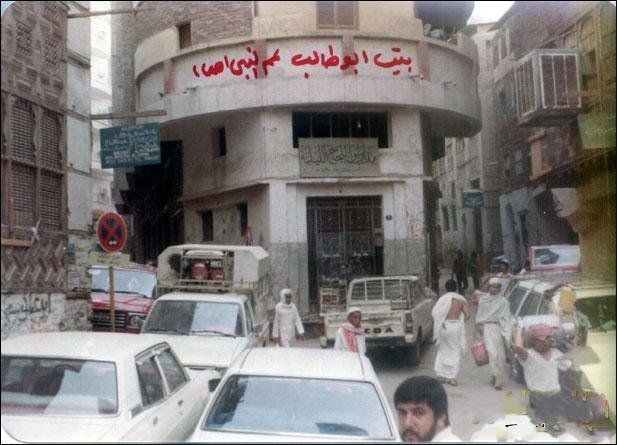
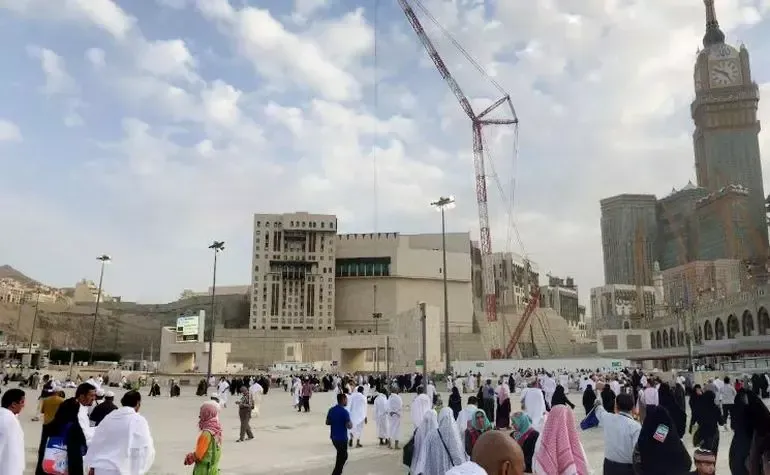
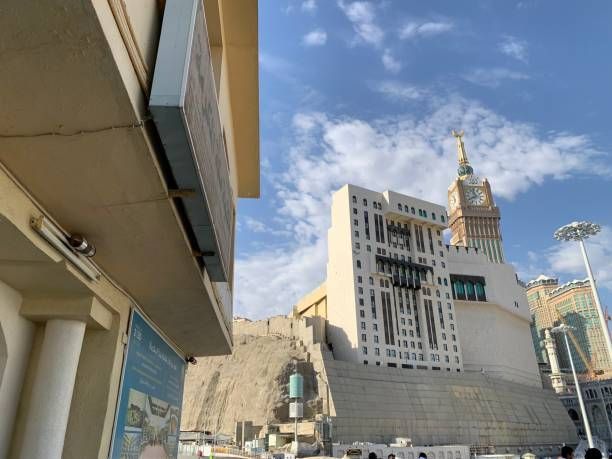
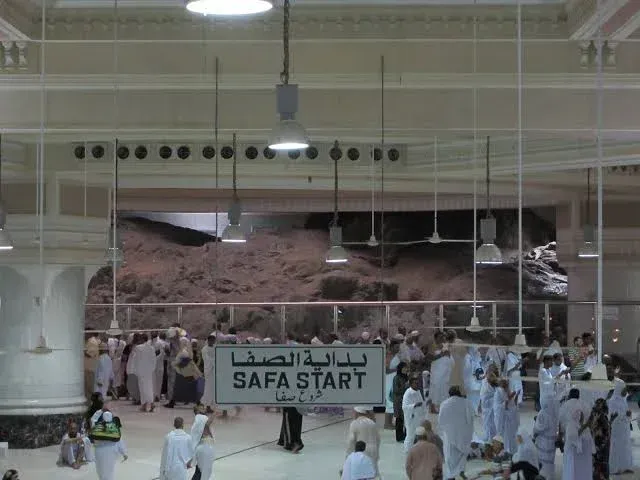
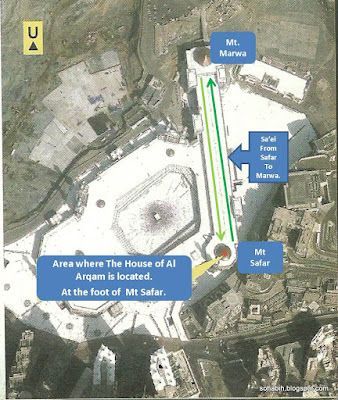
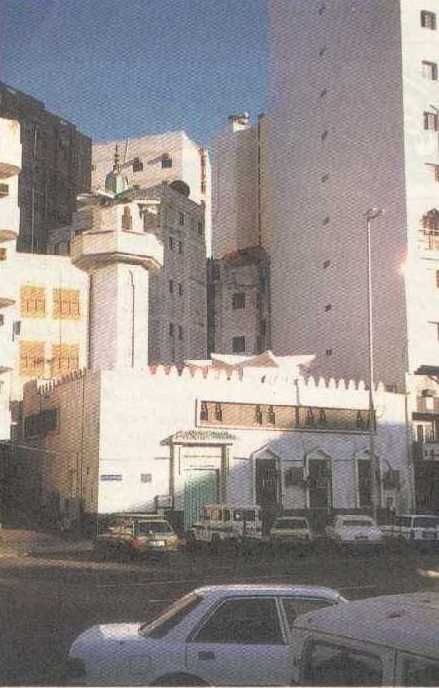
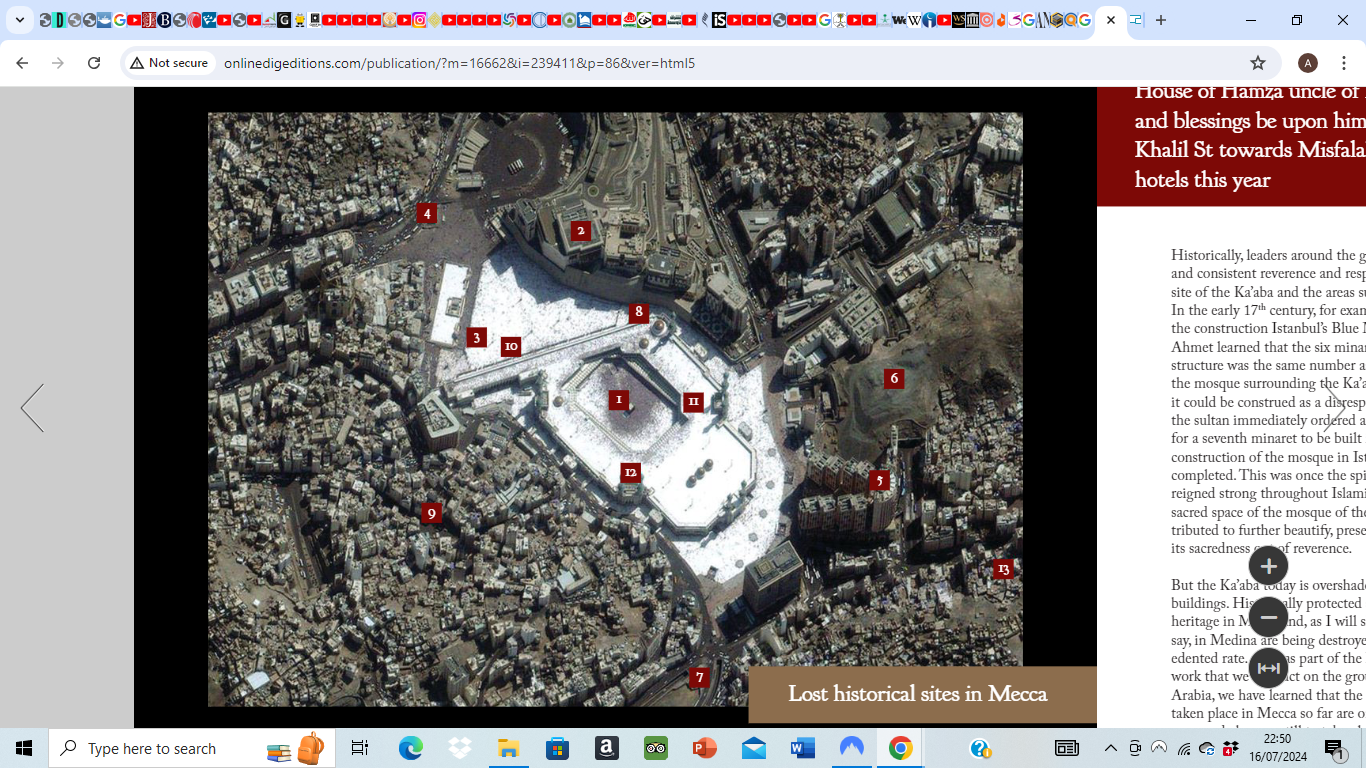
DID NOT USE MAP AS SHOWS OTHER THINGS CLOSER TO THE KAABA THAN BP
1. Holy Ka'aba [need to delete reference to Kaaba] or change
title
2. Jabal Abu Qubais and Masjid Bilal once existed here; [and]
currently the Royal Palace [is standing]
3. House of Khadija [area].
4. The birth place of Prophet Muhammad saw.
5. House of Abu Bakr.
6. House of Islam (Darul Arqam).
7. House of Umm Hani from where the Prophet commenced his night journey for Isra' and Mi'raj
8. House of Hamza.
EXTRAS
Another version of the above photo from;
https://www.icit-digital.org/articles/meccahattan
https://www.icit-digital.org/articles/meccahattan
Area map of lost history in Mecca
1. Holy Ka'aba [need to delete reference to kaaba] or change title
2. Jabal Abu Qubais and Masjid Bilal once existed here; [and] currently the Royal Palace [is standing]
3. House of Khadija [area] is now covered with large[est] public bathrooms
4. The birth place of Prophet Muhammad currently under threat of demolition
5. House of Abu Bakr, after demolition became Hilton hotel
6. 18th Century Ajyad Ottaman fort demolished in 2002 to make way for the Clock tower
7. Ancient Shubaikah cemetery close to the Haram where the females used to be buried alive[and some of the companions]
8. Dar al-Arqam ibn Abi al-Arqam, house of the companion and where meetings were held with the Prophet saw, that can be [also]
regarded as first Islamic school
9. Bani Hashim valley, the last [and] most ancient area of Mecca now demolished
10. Historical door, Bab al-Salaam, removed now and is Door No. 24
11. House of Umm Hani from where the Prophet commenced his night journey for Isra' and Mi'raj
12. Bab al-Umrah[,] door demolished to make way for the ongoing expansion
13. House of Hamza, uncle of the Prophet, demolished to make way for a hotel
*** Need to be marked: House of Ali, Raya,
the holy sites and surrounding cities should confer a contemplative silence and a settled, reverential atmosphere.

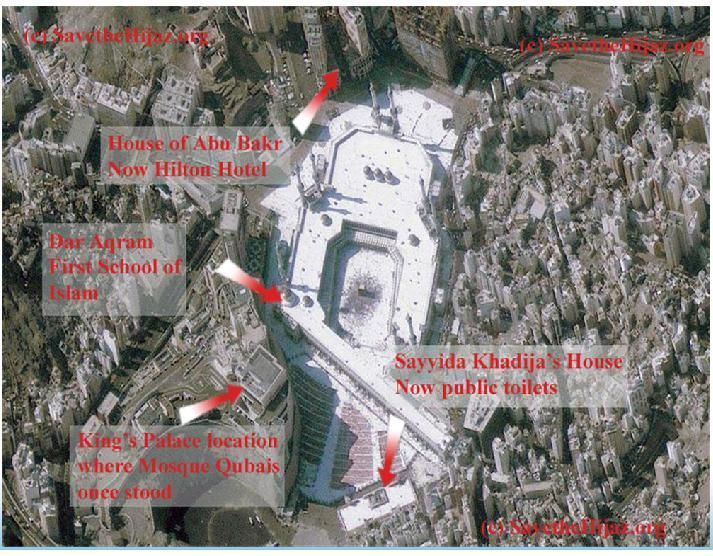
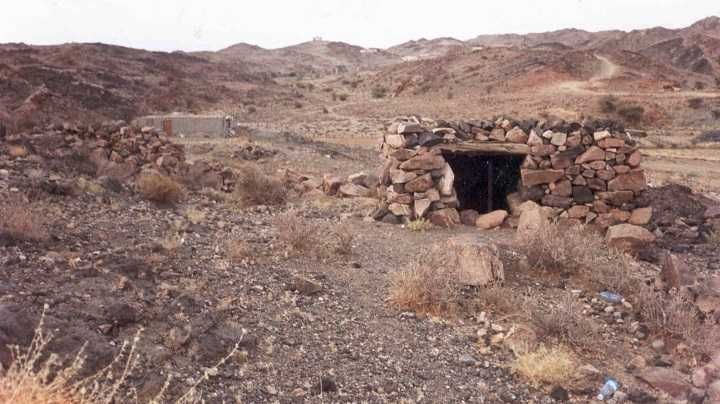
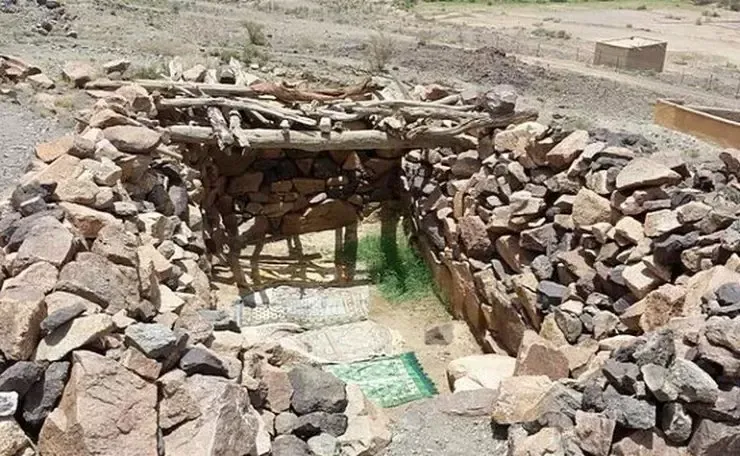
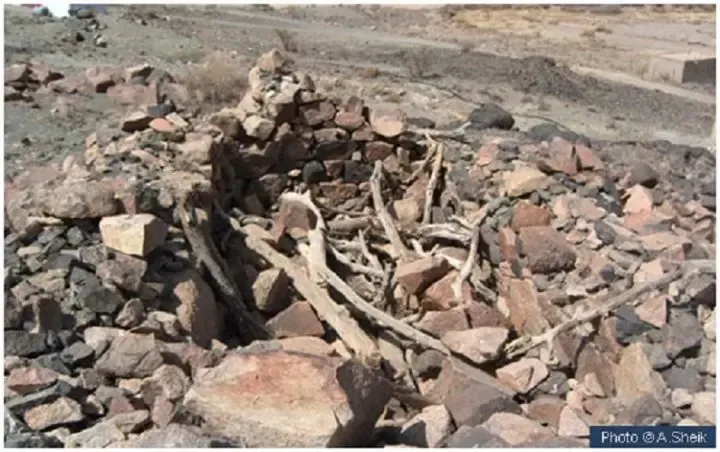

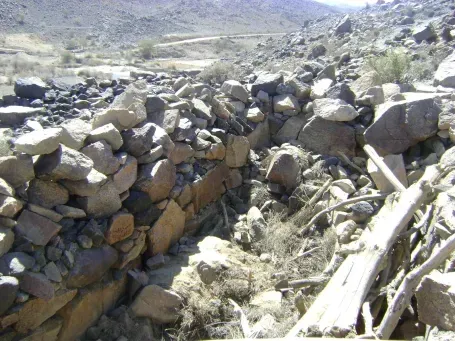
The destruction of heritage sites associated with early Islam is an ongoing phenomenon that has occurred mainly in the Hejaz region of western Saudi Arabia, particularly around the two holiest cities of Islam, Mecca and Medina.[1] The demolition has focused on mosques, burial sites, homes and historical locations associated with the Islamic prophet Muhammad, his companions, and many of the founding personalities of early Islamic history by the Saudi government
What followed was a removal of the physical infrastructure, tombs, mausoleums, mosques and sites associated with the family and companions of Muhammad.[7]
In 1803 and 1804, the Saudis captured Mecca and Medina and destroyed historical monuments and various holy Muslim sites and shrines, such as the shrine built over the tomb of Fatimah, the daughter of Muhammad, and even intended to destroy the grave of Muhammad himself as idolatrous, causing outrage throughout the Muslim world.[8][9][10] In Mecca, the tombs of direct relations of Muhammad located at Jannatul Mualla cemetery, including that of his first wife Khadijah bint Khuwaylid, were demolished.[11] The initial dismantling of the sites began in 1806 when the Wahhabi army of the First Saudi State occupied Medina and systematically levelled many of the structures at the vast Jannat al-Baqi cemetery[
While there is widespread agreement for the need of facilities that can accommodate greater numbers of pilgrims, the development of upscale hotels and condominium towers, restaurants, shopping centres and spas[16] has caused some to criticize the over-commercialization of a site which many consider to be a divinely ordained sanctuary for Muslims.
Critics argue that this monetary focus works with Wahhabi state policy that imposes a massive cultural and social deletion within the Holy Cities,[17] erasing any elements that encourage practices counter to the Wahhabi creed.
Historical religious sites[edit]
- Bayt al-Mawlid ("House of the Birth"), where Muhammad is believed to have been born in 570. Originally turned into a library, it now lies under a rundown building which was built 70 years ago as a compromise after Wahhabi clerics called for it to be demolished.[22]
- The house of Khadija, Muhammad's first wife. Muslims believe he received some of the first revelations there. It was also where his children Zainab bint Muhammad, Ruqayyah bint Muhammad, Umm Kulthum bint Muhammad, Fatimah, Qasim and Abd-Allah ibn Muhammad were born. After it was rediscovered during the Haram extensions in 1989, it was covered over and it was made into a library.[citation needed]
- A Hilton hotel stands on the site of the house of Islam's first caliph, Abu Bakr.[23]
- House of Muhammed in Medina, where he lived after the migration from Mecca.[21]
- Dar Al-Arqam, the first Islamic school where Muhammad taught.[22] It now lies under the extension of the Masjid Al-Haram of Mecca.[citation needed]
- Qubbat al-Thanaya, the burial site of Muhammed's incisor that was broken in the Battle of Uhud.[8]
- Mashrubat Umm Ibrahim, built to mark the location of the house where Muhammad's son, Ibrahim, was born to Mariah.[citation needed]
EXTRAS
########################
New skyscrapers in the Zeytinburnu area of Istanbul are to be knocked down to protect views of the city’s historic buildings including the Hagia Sofia.
Three skyscrapers in the Onalti Dokuz development will be demolished or partially demolished, after the Turkish government’s ruling.
But the decision to allow their construction proved controversial, with critics expressing dismay at the impact of the towers on the city’s skyline, including the Hagia Sophia, Topkapi Palace and the Blue Mosque.
The project coincided with the timing of an ultimatum from world heritage body UNESCO, who threatened to strip the city of its status as a World Heritage Site after repeated warnings about its approach to site management and the planning of major new construction projects.
-
However, UNESCO subsequently voiced concern over the impliations of a building boom in Istanbul and its affect on the views of landmarks such as the Hagia Sophia and the Blue Mosque.
--
The Turkish Council of State has recently ruled that the OnaltiDokuz Residence, a set of three residential towers in Istanbul’s Zeytinburnu District must be demolished.
According to the ruling put forth, the development “negatively affected the world heritage site that the Turkish government was obliged to protect.”
Some have argued that the recent tension from the Turkish government towards preserving the iconic Turkish horizon is in response to UNESCO, who in 2010 threatened to put the city on the list of endangered world heritage sites.
SEPARATE PHOTO OF THE 3 SKYSCRAPERS:
https://www.middleeastarchitect.com/insight/turkey-prepares-to-demolish-three-illegal-towers
--
https://www.theguardian.com/artanddesign/architecture-design-blog/2014/aug/21/istanbuls-illegal-towers-to-be-demolished-after-landmark-court-ruling?CMP=fb_gu
Thu 21 Aug 2014
Istanbul's 'illegal' towers to be demolished after landmark court ruling
This article is more than 10 years old
The Turkish Council of State has ordered three luxury apartment blocks to be bulldozed amid widespread outrage.
Butting into the Istanbul skyline like a trio of stumpy minarets, three luxury apartment towers loom above the city’s historic peninsula, destroying a majestic silhouette of domes and spires that has remained unchanged for centuries. But now, in an unprecedented ruling, an order from the highest court in Turkey has ordered the buildings to be pulled down.
The OnaltiDokuz Residence, which comprises three graceless shafts of 27, 32 and 37 storeys in the western district of Zeytinburnu, claimed to “redefine what it means to be a citizen”, offering its wealthy residents “a new perspective with breathtaking panoramic views”. Its million-pound penthouses were to provide a “unique living philosophy”, a vantage point from which “the city surrounds you in all its magnificence”. But the city itself wasn’t so keen. The development sparked widespread outrage,
Now the Turkish Council of State has weighed in, approving an earlier ruling by an Istanbul court in May that ordered the buildings’ demolition. It ruled that the structures were illegal, as they “negatively affected the world heritage site that the Turkish government was obliged to protect”. The decision follows earlier murmurings from Unesco, that the city might be placed on its endangered list if the rampant construction continues to press ahead unabated. It is a landmark ruling, but not one that helps to clarify the legal situation of Istanbul’s unstoppable building boom in the slightest.
A closer look at the development’s history suggests further irregularities. In 2007, the government sold the land to Toprak for 270m lira (about £75m). At the time, the city zoning plan marked these plots as commercial areas that would allow a maximum of five floors of construction.
--
https://www.dezeen.com/2014/08/22/news-skyscrapers-in-istanbul-will-be-demolished-to-protect-the-citys-skyline/#:~:text=Three%20skyscrapers%20in%20the%20Onalti,removal%20from%20the%20city's%20skyline.
News: the Turkish government has approved an order to demolish a series of new skyscrapers in the Zeytinburnu area of Istanbul to protect the historic views of key buildings including the Hagia Sofia.
Three skyscrapers in the Onalti Dokuz development in the west of Istanbul will be demolished or partially demolished, after the Turkish government's Council of State rejected appeals against a court ruling demanding their removal from the city's skyline.
The residential towers, designed by Alpar Architecture for developer Astay Gayrimenkul, were designed to form the centrepiece for a 12-hectare development site and vary in height from 36 to 27 storeys.
But the decision to allow their construction proved controversial, with critics and campaigners expressing dismay at the impact of the towers on the city's silhouette, including views of the Hagia Sophia, Topkapi Palace and the Blue Mosque.
The project coincided with the timing of an ultimatum from world heritage body UNESCO, who threatened to strip the city of its World Heritage Site status and add it to its list of endangered sites after repeated warnings about the city's approach to site management and the planning of major new construction projects.
##
In December last year, an Istanbul administrative court ordered the destruction of storeys on the Onalti Dukuz towers that were visible above the city's historic skyline.
Both the developer and the Istanbul and Zeytinburnu municipalities appealed against the decision, but the Council of State has now rejected their applications.
--
https://gizmodo.com/istanbul-is-demolishing-3-new-skyscrapers-to-preserve-i-1625656137
Istanbul Is Demolishing Three Skyscrapers to Preserve Its Iconic Skyline
aug 22. 2014
Behind the Blue Mosque in Istanbul rise three stumpy luxury apartment buildings, recently completed and sold—only to be ordered demolished. The ruling from Turkey’s highest administrative court to tear down the skyscrapers to protect the city’s iconic views is remarkable, if a bit ill-timed.
The lawsuit began in 2011, long before the 3 skyscrapers of the Onalti Dokuz development were even completed. It’s only now that the lawsuit has finally made its way to end of Turkey’s legal system. The luxury apartments, which boast concierge service, pools, and even shoeshine parlors, already have owners who may not take kindly to this news.
The Onalti Dokuz skyscrapers.
. A few years ago, UNESCO threatened to take the city off of its list of World Heritage Sites for failing to protect its historic sights. Preserving historic sights while letting a city continue to grow and evolve is a complex dance—one that Istanbul has been stumbling through, by many accounts. Entire neighborhoods in Istanbul are destroyed to make way for skyscrapers. The highly visible Onalti Dokuz development is symbolic of a a much larger problem; whether its demolition can be symbolic of a solution
--
https://architexturez.net/pst/az-cf-180199-1474717216
Istanbul Demolishing 3 Skyscrapers to Preserve City Skyline
After a ... lengthy legal battle fought on various fronts by developers, municipalities and the Council of State, the Turkish government has ordered the partial destruction or total demolition of multiple large buildings said to threaten the historic architectural heritage of Istanbul.
At the heart of this particular legal issue are views of a series of structures long central to the civic identity of Istanbul, including the Hagia Sophia, Topkapi Palace and Blue Mosque, all of which are now being overshadowed by three new structures standing dozens of stories tall. These new threats to the existing sihuoette are part of Onalti Dokuz complex, a residential development already largely finished.
Detractors are celebrating the victory, which started with legal attacks beginning last year. From Dezeen and the Turkish newspaper Todays Zaman, “two legal cases were launched against the development – one seeking cancellation of the permits for the construction of the building and another to shut down the construction and destroy parts of the buildings that had already been completed.”
The government has rejected appeals by the developers and city, and it remains unclear who will pay for the cost of the necessary size reductions the buildings in question must now undergo. It is easy to see why critics would feel threatened by these and other new developments, but at some point one has to wonder: who has the right to suppress urban growth, and where do we draw the line between preservation and urbanization?
-
https://english.aawsat.com/features/4410121-third-expansion-grand-mosque-launched-king-abdullah-completed-king-salman
In 2005, King Abdullah bin Abdulaziz ordered that a study be made over expanding the capacity at the Grand Mosque to receive more worshippers and Hajj and Umrah pilgrims.
A royal decree was issued to the Ministry of Education to form a technical team of various specializations to come up with the architectural design and technical aspects of the expansion. Local and international firms and Saudi universities were invited to submit their proposals.
The best proposal was submitted by the King Saud University. Staff and students came up with the plan after 40 days of tireless work.
Dean of the College of Architecture and Planning and head of the design team Dr. Abdulaziz al-Muqrin recalled that the proposal competed against 14 presentations that were submitted by local and international firms and other faculties.
A royal decree chose the King Saud University proposal to serve as the foundation of the expansion project, which would be developed further with more experts.
Dr. al-Muqrin spoke with pride of the hard work put in by his team of 24 colleagues and students in coming up with the design between 2008 and 2009. The university was tasked with developing the design and a university team, headed by Dr. Al-Muqrin, joined experts, selected by the Ministry of Higher Education, to carry out their work.
---
is what I consider, Meccahattan, bustling shopping centers with the world’s most expensive designer fashions, award-winning restaurants and cuisines accompanied by every notable fast-food chain from the West, and towers with bright and flashing lights that feel like Times Square in New York and Las Vegas, Nevada. It is no longer the sacred Mecca that has been historically known and revered as a holy site for global Muslims across centuries. It is now a cosmopolitan and commercial machine.
--
This is the purest part of the earth. This is the place which is chosen by Almighty Allah (GOD) for His HAR`M. In Holy "Quran" it is called "BA-BAKKATUL MUBARKA". This part of the earth is also discussed and explained in other religious book like Bible
OT SEEMS THE PUROTY CONCEPT WAS NOT APPLIED TO MECA BUT TO DIRIYAH, QUITE APART FROM THEWORLDWIDE UNDERSTANDING TO PRPTECT ALL HERITAGE BOTH CONCEPTS OPENLY APPLIED TO DIRIYAH AND OPENLY DENIED TO MECCA.
MECCA 17M, DIRIYAH 7-8M
THE MAJORITY OF PILGRIMS DO NOT STAY IN THE HOTELS CLOSEST TO THE GM, PARTLY DUE TO EXPENSE [ELIE], THE MAJORITY STA Y BACK, SO IF THE LAYOUT HAD BEEN FOR THE MAJORITY, THEN THESE HOTELS WD NOT BE NEEDED...SO NO DEMOLITIONS, AND JUST AS BUILT AROUND SAFA AND MARWA, SO COULD HAVE BUILT AROUND OTHER SITES, WHICH WERE MOSQUES ALREADY, OR COULD HAVE BEEN CONVERTED INTO MOSQUES, TO GET AROUND ANY FEARS OF WAHHABIS.
It is called "UM-MUL QURA" which means the mother of all cities.
Due to respect and purity, there is no Airport in Makkah but in Jeddah, which is one hour drive away has two International Airports and a sea port . Jeddah is the first destination for the pilgrims.
--M. WHICH MEANS IT MUST BE THE BEST PLANNED, RESPECT SACREDNESS, BALANCED,
SEE ABOUT JEDDAH THE GRAVE OF :
For academic information it may be noted that in arabic jeddah means "grand mother or ancestor" . Since this is the city where the grave of syeda hawa (the EVE) is situated, it is called Jeddah (city of the mother of all human beings). SEE HIS PHOTO OF THE GRAVE SEYDA EVE. Grave of bibi Hawwa---(The EVE) in jeddah
The overwhelming majority of Muslims, in conformity with the teachings of the Qur’an show great love and respect for the noble Messenger (pbuh). In the Qur’an, Allah (swt) says, “The Prophet has a higher claim on the commited Muslims than [they have on] their own selves, [seeing that he is as a father to them] and his wives are their mothers…” (33:06). The noble Messenger (pbuh) himself is reported to have said, “It is not possible for any of you to be securely committed to Allah unless I am dearer to him than his father, his child, and all of mankind.” (Reported in al-Bukhari and Muslim on the authority of Anas ibn Malik; there are similar versions of this in other hadith compilations as well).
##
The Saudis have used the pretext of the expansion of al-Masjid al-Haram in Makkah and Masjid al-Nabi in Madinah to indulge in the wholesale destruction of Islam’s historic sites. There are alternate ways to expand the facilities without destroying such important sites. The Saudis and their court ‘ulama, however, are motivated by very different considerations.
They actually do want to eliminate these important historical sites — 95% have been destroyed in Makkah, according the Washington-based Gulf Institute. That is why they are busy targeting the Prophet’s Masjid and tomb. It is revealing that everything related to ‘Abd al-‘Aziz ibn Saud, founder of the Saudi “kingdom” has been preserved. Even the tip of the spear that he used to attack the Mismak Fortress and that broke and got stuck in the door, has been preserved. ‘Abd al-‘Aziz’s shoes, swords, and robes, etc. are all preserved. This is obviously neither a bid‘ah or shirk as far as the House of Saud is concerned but anything related to the noble Messenger (pbuh) that the Muslims respect is immediately denounced as bid‘ah and shirk.
Muslims should ask themselves whether the artefacts of Ibn Saud are more important than the final resting place of the noble Messenger of Allah (pbuh)? And who gave the Saudi regime the authority to make decisions on behalf of the entire Muslim Ummah? After all, the Haramayn (the two holy cities of Makkah and Madinah) do not belong to the Saudi clan from Dar‘iyyah; these are the common heritage of the Ummah.
The Saudi ideology of hatred has given the world such monstrosities as al-Qaeda, the Taliban, Boko Haram, and now the takfiris of ISIS (the so-called Islamic State of Iraq and al-Sham) who have gone on a rampage in Syria and Iraq beheading and murdering innocent people.
--
Destroying historic ruins also allows IS to wipe the slate clean and to start afresh, leaving no traces of any previous culture or civilization, while also providing an ideal platform for the group to establish its own identity and leave its mark on history.
--
Trade and Treasury Gallery#### salwa palace####Diriyah Gallery###At-Turaif Mosque####Arabian Horse Gallery###Military Gallery####Gallery of Daily Saudi Life####Traditional Homes###Traditional Architecture Gallery####Farmer House####Daily Lofe Corridor####Ardah House####Various Royal Palaces###
FROM: https://at-turaif-360.diriyah.sa/_gl=1*6896ac*_gcl_au*NTg0NzMzNDIxLjE3MTc3NzU0NDY.*_ga*Mzg2NDU3MzMuMTcxNzc3NTQ0Nw..*_ga_F3T1E2RE1N*MTcxODU3NTQyNS44LjEuMTcxODU3NTc2Ni43LjAuMTgwOTA3OTk0Mg..
At-Turaif restoration program[edit]
In December 2018, Saudi Arabia launched a restoration program for At-Turaif historic district aimed at documenting the archaeological sites of the district and transforming it into an open museum.[6]
The project comes as part of Saudi's tourism plan that aims at increasing the Saudi local tourism and apart if the Saudi Vision 2030.[6]
Atturaif Living Museum (UNESCO World Heritage Site) received the ‘National Winner’ status in the Social, Cultural and Heritage Project of the Year category at the 2020 MEED Project Awards.[7]
----
1 – Diriyah Museum:
Diriyah Museum takes visitors on a journey commencing from over a millennia ago, in order to understand the events leadong to the formation of the Saudi State.
The museum begins in A.D. 400, displaying maps and documents pertaining to the Banu Hanifah tribe's migration from the west Arabian Peninsula to the center of Al-Yamama. Diriyah's establishment in 1446 is considered, when Manaa’ Al-Muraide shared the region’s leadership with his cousin Ibn Dera’.
On display are swords, coins, stamps and copies of significant documents that contributed to the growth of the first and second Saudi states.
The museum also showcases the progression of the Al-Saud royal family tree throughout each century. A digital and interactive activity allows visitors and their families to swipe through the royal tree and learn about unity, stability and the reform of the region dating back to the establishment of the first Saudi state by Imam Mohammed ibn Saud in 1744.
The tree explains the royal lineage, further detailing Imam Turki ibn Abdullah’s eviction of the Ottoman garrisons from Najd, the founding of the second Saudi state and the return of King Abdulaziz ibn Abdulrahman Al-Faisal to the Kingdom of Saudi Arabia.
M. SAY THE WHOLE PROJECT WAS HANDLED BY JERRY, LEADING INTERNATIONAL.... THE SAME ETHOS SHOULD HAVE BEEN USED IN A PRESERVATION PROJECT SIGNIFICANTLY MORE IMPORTANT THAN DIRIYA....
--
MIRAJ
It marked the approximate location of the house of Umme Hani (رضي الله عنها), the cousin of the Prophet (ﷺ) and daughter of Abu Talib.
--
PLACE OF STARTING JOURNEY
OF MERAJ.
OR
( house of syeda um-e-hanni)..
1. In masjid ul haram makkah, if you enter in through bab-e-abdul aziz which is the gate no 1 of the holy mosque you will find the pillar where the BURAQ- (horse which carried prophet muhammad sallalla ho allihiwasalam to masjid-e aqsa -al qudas, from masjid ul haram makkah in a flash of eye. its speed was just like light.In arabic BURQ means light.)-was fastened and the journey of meraj was started.
MIDDLE PILLAR IS MERAJ STARTING PLACE
--
On that blessed night, Muhammad (S) was taken physically from the Grand Mosque in Makkah to al-Aqsa Mosque in Jerusalem [Al-Quds], a month’s journey of 1230 Km (for a caravan). And this part of the journey is called ‘Isra.
After reaching Jerusalem, the Prophet (S) entered the Masjid al-Aqsa where Allah had assembled for him all the Prophets – from Adam (AS) to Isa (AS). Prophet Muhammad (S) led them in the prayer.
The second part of the nocturnal journey, which is called Miraj, took Muhammad (S) from Jerusalem to the heavens when he passed the boundaries of the physical universe to be in divine presence of Allah, and witness the Great Signs (al-Ayat ul-Kubra).
This blessed journey of ‘Isra and Miraj is of great significance for Muslims for its miraculous nature and, among other things, for its establishment of the second crucial pillar in Islam: prayer five times a day. It is also important because it clearly shows Islam’s connection to and importance to Masjid Al-Aqsa, which is located in Jerusalem and is Islam’s third holiest mosque in Islam.
--
Al-Isra’ wal-Mi’raj: The Story of the Miraculous Night Journey
Al-Isra’ wal-Mi’raj (the Night Journey & Ascension) is a miracle second only to the revelation of the Qur’an,
basic story of Al-Isra’ wal-Mi’raj - that the Prophet (saw) was transported from al-Masjid al-Haram to al-Masjid al-Aqsa, from where he (saw) ascended to heaven.
culminating in Prophet Muhammad’s ascension through the heavens and into the presence of God.
Her name was Fakhitah, daughter of the Prophet’s uncle, Abu Talib. She was the older sister of the two great men in Islam, Ali and Jaafar, sons of Abu Talib. As a child, after the Prophet (peace be upon him) was orphaned, and after his grandfather died, he grew up with his kind uncle, Abu Talib. He was loved in their home, and his uncle treated him as one of his own.
Umm Hani was the daughter of Abu Talib Ibn 'Abd al-Muttalib, also known as 'Abd-Manaf. Her name is said to have been Fakhitah or Hind, but she is known by her epithet Umm Hani. Her mother was Fatimah Bint Asad. She was the sister of Imam 'Ali ('a), the paternal cousin of the Holy Prophet (S) and the mother of Talib, 'Aqil, Ja'far and Jumanah.
"the House of Umme Hani (RA)" has tremendous significance for Muslims. This was the blessed House when Prophet Muhammad (SAW) moved towards Al-Haram in the night of Journey (Al-Israa). Along with Jibrael (AS), the Messenger of God rode on Burqa and reached Bait Al-Maqdis.
This area, on the side of the Bab-e-Abdul Aziz gate in the Masjid al-Haram, is believed to be the location of the house of Umme Hani
It was from here that the Prophet saw was summoned by the archangel Gabriel and taken to Bayt Al-Maqdis in Jerusalem. This incident is known as ‘al-Isra’ (the night journey) and occurred around 621 CE.
Mention of the Night Journey in the Quran
The event of the night journey to Jerusalem is mentioned in Surah al-Isra (also known as Surah Bani-Israeel) in the Quran:“Glory be to the One who took His Slave for a journey by night from the Sacred Mosque to the furthest Mosque, whose precincts we have blessed.“ [17:1]
That night, in her home, Angel Jibreel came to Prophet Muhammad (peace be upon him) and took him on the miraculous journey to Jerusalem and the ascension to the Heavens (Israa and Miraj). By the crack of dawn, he was returned again to her house.
About Umme Hani
Umme Hani was the cousin of the Prophet saw and the daughter of Abu Talib. Her real name was Fakhitah. She grew up with the Prophet saw, accepted Islam and migrated to Madinah with the Muslims. Her husband was Hubayrah ibn Wah al-Makhzumi, and she bore his children ‘Aqlah and Ja’dah.
-----
HAMZA:
The Prophet saw said, “Gabriel came to me and informed me that Hamza ibn Abd al-Muttalib is written among the inhabitants of the seven heavens (Hamza ibn Abd al-Muttalib, Lion of Allah and His Messenger’s Lion).”
fn:The Prophetic Biography by Ibn Hisham, Vol. 3, p. 102.
He was renowned for his loyalty to the Prophet Muhammad saw.
He used to say: “I am on the religion of my father, Abraham.”[2]
fn:
- Al-Khisal, p. 313.
Despite being situated in the immediate vicinity of the grand mosque, the mosque was fully functioning, with the 5 congregational prayers offered daily.
BEST PARTS ALREADY USED ABOVE:
What has been preserved
https://i-m-magazine.com/travel/diriyah/
SALWA PA;ACE
Among the structures that are still standing or have been lovingly restored, we find the Salwa Palace, residence of the Saudi Amirs and Imams during the First Saudi State. Today, it is home to a museum that showcases handwritten manuscripts, ancient artefacts, and the royal family tree.
Hamam At-Turaif (Bathhouse) is famous for its different architectural styles and the unique dome covering the bathhouse. The Al-Bujari district was the religious centre of the historical settlement. Its mosque became a centre for religious education with students coming from all over the Arabian Peninsula.
Diriyah Art Futures, an arts, research and educational centre driven by a belief in the power of interdisciplinary creative practice at the intersection of art, science, and technology.
--
https://www.rcrc.gov.sa/en/projects/addiriyah
https://www.rcrc.gov.sa/en/projects/addiriyah
1- Museums
Addir’iyah Museum in Qasr Salwa:
The museum sheds light on the history of First Saudi State and Qasr Salwa itself. The ruins of Qasr Salwa were used to highlight and narrate the history of the palace to the visitors. Using the passageways across the ruins, the visitors can see history of the First Saudi State being narrated and displayed in films, posters, and other exhibits located between the 5thand 6thsections of the palace. Of course, this is supported by the museum objects, replicas, drawings and sketches.
Social Life Museum
Everyday life patterns, habits, traditions, professions and objects used during the rise of First Saudi State are showcased in this museum, which is lodged in Qasr Omar bin Saud, and the neighboring buildings.
Horse Museum
Given the exceptional importance of the horse in the history of Addir’iyah and the First Saudi State, a special horse museum was established to showcase horse-relevant items in the mud buildings north of Qasr Thuniyan Bin Saud. Another section of the museum is located inside the historic stables of Imam Abdullah Bin Saud south of his palace. The latter section showcases a limited selection of living horses to shed light on their breeds and taming techniques.
Military Museum
Various aspects of the battles that took place during the First Saudi State are highlighted in this museum, which also showcases weapons and military equipment of that time. Qasr Thuniyan Bin Saud Palace was renovated and supported to be a stage where the story of the last days of Addir’iyah battle are presented. This museum hosts the headquarter of the Ardah Dance Band, where dancers can train and make shows at the neighboring plaza north of Qasr Thuniyan Bin Saud Palace.
Museum of Treasury (Beit al-Maal)
To highlight the economy and financial system of Addir’iyah, its numismatics, trade and taxation system are exhibited in this museum lodged in the buildings of Beit al-Ma’al and Sabalat Moudhi.
2- Administrative Buildings
Reception Center
A new building was built at the entrance of Al-Turaif Quarter to guide the visitors and provide them with information about entertainment activities, tourist utilities, cultural programs, sound and light show, etc.
Addir’iyah Documentation Center
Qasr Ibrahim Bin Saud was restored to host the central offices of King Abdulaziz Foundation in addition to the documentation and research center.
Al-Turaif Administration Headquarters
Based on the renovated Qasr Fahd Bin Saud, the headquarters host offices of the staff responsible for running and organizing all the cultural, entertainment, and service activities at Al-Turaif Quarter.
--
https://www.arabnews.jp/en/special-coverage/snd91/article_55762/
2021
RIYADH: At-Turaif is home to the largest open-air museum in the world. Arab News visited five galleries in the district that take visitors back in time through the birth of the Kingdom, detailing every important aspect, including lifestyle, trade, territory disputes and architecture of the Saudi states.
1 – Diriyah Museum:
Diriyah Museum is known for taking individuals step by step into a sequence of historical events dating back to the formation of the Saudi states.
The museum begins in A.D. 400, displaying maps and documents pertaining to the Banu Hanifah tribe migration from the west Arabian Peninsula to the center of Al-Yamama.
It explains how Diriyah was established in 1446 when Manaa’ Al-Muraide shared the region’s leadership with his cousin Ibn Dera’.
On display are swords, coins, stamps and copies of important documents that contributed to the growth of the first and second Saudi states.
The museum also showcases the progression of the Al-Saud royal family tree throughout each century. A digital and interactive activity allows visitors and their families to swipe through the royal tree and learn about unity, stability and the reform of the region dating back to the establishment of the first Saudi state by Imam Mohammed ibn Saud in 1744.
The tree explains the royal lineage, further detailing Imam Turki ibn Abdullah’s eviction of the Ottoman garrisons from Najd, the founding of the second Saudi state and the return of King Abdulaziz ibn Abdulrahman Al-Faisal to the Kingdom of Saudi Arabia.
One of the most prominent features of the museum is a replica of the Al-Ajrab Sword owned by the founder of the second Saudi state, Imam Turki ibn Abdullah. The sword is named after the rusting on the edges of the blade.
2 – The Arabian Horse Museum:
The Arabian Horse Museum gives an in-depth look into the vital roles horses played in the Kingdom’s unification in 1932, including in warfare, trade and transportation.
The museum houses many replicas of important documents that detail the names of thousands of horses owned by the Al-Saud family at that time.
The nobleman and sheiks of the era divided their horses into five categories:
Kehilan- Named for the black rings around its eyes resembling (Kohl) eyeliner.
Al-Hamdani- Named by its owners to distinguish it from the Kehilan horse.
Al-Saqlawi- Named for its glossy coat, the horse is known for its long neck and sparkling eyes.
Abayan- According to a legend, the rider’s coat, an abaya, slipped down to the horse’s tail during the race. Throughout the race the horse’s tail was raised, preventing the cloak from falling.
Hadban- One of the strongest and fastest horses, its name means “long forelock” (the top of the horse’s mane).
Within the museum is a life-size bronze sculpture of Tarfah, King Abdulaziz’s horse which he gifted to King George VI of the United Kingdom.
The museum shows how domestication and taming of the horses was used as a vital part of eventual transportation and battle. On display are replicas of different types of saddles and clothing, based on the individual’s social status or occasion, such as weddings.
Copies of detailed travel documents for the horses are on display, including horses visas and passports in French and English.
The museum reflects how connected Saudi rulers were to their horses, treating them as loyal companions rather than just animals.
3 – Museum of Traditional Architecture:
The museum focuses on the first Saudi state’s architectural development and the present-day role of preserving the local UNESCO World Heritage Site.
The museum displays replicas of the buildings and techniques used to build structures, from foundations, plastering to decoration.
Visitors can read about the construction process of the walls of Saad Palace. The interior walls were usually 40 centimeters to 60 centimeters thick and the exterior walls were 120 centimeters thick. Once the walls reached the ceiling height, then doorways, stairways and ceilings began to be built.
This is where visitors can notice the building detailing, such as entryways that were equipped with small sight holes for surveillance, or crenelations to provide aim and shelter during battle.
On display are audio-visuals displays and images that show the original process of creating each of the mud bricks and mud layers to form the foundation of the structures.
The museum also has many interactive features and games that allow visitors to test their knowledge in creating a traditional Najdi door. Once the doors are created, they are projected on a large screen to be displayed.
4 – Military Museum:
Diriyah was home to one of the largest firearms markets in the region. The military museum displays authentic replicas of all the weapons used during the second and the first Saudi state, including arrows, guns, cannons and ships.
It also shows foreign armors and shields, and the different types of ships that carried weapons cargoes at the time, including British and Saudi war ships.
Some of the rifle models on display include muzzle-loading muskets, breech-loading single-shot rifles, chassepots, Mausers and Martini-Henry rifles.
The museum also details the Battle of Diriyah, in which Ibrahim Pasha and the Ottoman army reached the city in 1818.
It also displays the Diriyah fortifications which were overseen by Imam Abdullah ibn Saud.
5 – Lifestyle Museum:
Village homes were simple and linked to the local environment. The Lifestyle Museum is a walk-through gallery that displays courtyards, bedrooms, kitchens, majlis and guest rooms in At-Turaif.
The Lifestyle Museum begins with the majlis, which feature motion sensors that cue audio of men socializing, tea being poured and items being cooked over a traditional fire oven.
Then visitors will see a traditional kitchen with a digital gallery of recipes used at the time.
The bedrooms in the homes were austere, but the detailing on fixtures indicated a resident’s status or wealth.
To avoid the heat, families would often sleep on the cool open roof and retreat to their bedrooms after sunrise, depending on the season.
The museum ends in the children’s room, where simple toys made of wood and straw are spread across the ground, while audio of children laughing and singing plays over the speakers.
The Lifestyle Museum perfectly captures the living style at the time in At-Turaif. It allows visitors to place themselves in the shoes of those before them, gaining a better understanding of how the Kingdom was born.
M Say: in order to get theirway in Diriyah, ews sacrificed Mecca to ddevlopers with utterly inappropriate developments, or turned a blind eye...... [[[it was a money grab? < could hoteliers sue me for this may be leave out]]]
WITH similar numbers of visitors, why havent the developers been allowed a free for all, why have soe of the same brands chains built low rise, almost identical looking hotels , in same style of architecture as Wahhabs mosque, wahhabs the buildings in at-turaif
why has it happened in other historic sites in diriyah. why wa the ancient loos and structures respected and the new infrastructure matched it, was subservient to it, Mecca is the only place where the historc site has been relegated to a small part, and the money-earning infrastruture been made/gained prominence.
--
https://www.smart-guide.org/destinations/en/diriyah/?place=Social+Life+Museum
https://www.smart-guide.org/destinations/en/diriyah/?place=Social+Life+Museum
Social Life Museum
Step into a time machine and witness life from a bygone era. Experience the brilliance of the first Saudi state, divulged through the meticulous details flaunted in the museum's four sections. From humble abodes made of mud to tools that laid the foundations of Diriyah, here's your chance to truly live history. That's right, you can rent some of these vintage mud houses!
What better way to understand a epoch than to step into its shoes (or houses, in this case)! The Social Life Museum measures out an authentic narrative of the first Saudi state, with its exhibits spread across four sections. You'll encounter everything from antiquated constructors' tools to quaint mud houses, all serving as portals to the past.
The real icing on the cake (or mud on the brick) is the fascinating opportunity to rent out these mud houses and experience life, albeit temporarily, like Diriyah's early inhabitants. This immersive experience offers a unique, fun, and enlightening window into the country's storied past. So, buckle up your time-traveller boots and delve into a journey back in time!
Military Museum
Step into a world that resonated with the sound of armor clanging and swords clashing. Here is a place that houses tales of defense and warfare from the times of the first Saudi state. Coupled with that, it showcases warfare machinery amidst age-old mud structures. Walking through it is like sauntering through layers of history without a time machine.
While meandering through, you might stumble upon a spectacle not commonly seen. The Ardah, a traditional sword dance, finds its roots and rehearsal space here within the northern courtyard of Thunayan Bin Saud Palace. The dance, not unlike the courageous tales exhibited, is a testament to the martial past of the region. Just imagine, if the walls could talk, they'd narrate countless riveting tales of bravery and valor. Such is the essence of this unique museum that brings the past to life, right before your eyes.
Horse Museum
For those who think a horse is just a horse, this museum begs to differ. It's a tribute to the esteemed Arabian horse, shedding light on its breeding, origins, and significant role during the first Saudi state. The venue even rustles up some equestrian charm by hosting live horse performances in the authentic stables of Imam Abdullah bin Saud.
Remember the time when horsepower was actual horses? Well, that's what this museum is all about! Diving into the history of Arabian horses, the equestrian exploits of yore come alive. Beyond the hoofprints of history, the museum is stocked with collectibles from ancient knights, guaranteeing your fair share of 'neigh-bulous' nostalgia.
But the story doesn't end at static displays. You get to experience real horses up close, right in the heart of stables that once belonged to Imam Abdullah bin Saud. Cue the live performances, wherein horses prance and strut, putting on a show that no catwalk model could ever match. Yep, this is your golden ticket to a horse-powered history adventure. So saddle up for a trot-through time, coming mane to mane with Arabian horses in a way like never before.
https://www.rcrc.gov.sa/en/projects/addiriyah
https://www.rcrc.gov.sa/en/projects/addiriyah
1- Museums
Addir’iyah Museum in Qasr Salwa:
The museum sheds light on the history of First Saudi State and Qasr Salwa itself. The ruins of Qasr Salwa were used to highlight and narrate the history of the palace to the visitors. Using the passageways across the ruins, the visitors can see history of the First Saudi State being narrated and displayed in films, posters, and other exhibits located between the 5thand 6thsections of the palace. Of course, this is supported by the museum objects, replicas, drawings and sketches.
Social Life Museum
Everyday life patterns, habits, traditions, professions and objects used during the rise of First Saudi State are showcased in this museum, which is lodged in Qasr Omar bin Saud, and the neighboring buildings.
Horse Museum
Given the exceptional importance of the horse in the history of Addir’iyah and the First Saudi State, a special horse museum was established to showcase horse-relevant items in the mud buildings north of Qasr Thuniyan Bin Saud. Another section of the museum is located inside the historic stables of Imam Abdullah Bin Saud south of his palace. The latter section showcases a limited selection of living horses to shed light on their breeds and taming techniques.
Military Museum
Various aspects of the battles that took place during the First Saudi State are highlighted in this museum, which also showcases weapons and military equipment of that time. Qasr Thuniyan Bin Saud Palace was renovated and supported to be a stage where the story of the last days of Addir’iyah battle are presented. This museum hosts the headquarter of the Ardah Dance Band, where dancers can train and make shows at the neighboring plaza north of Qasr Thuniyan Bin Saud Palace.
Museum of Treasury (Beit al-Maal)
To highlight the economy and financial system of Addir’iyah, its numismatics, trade and taxation system are exhibited in this museum lodged in the buildings of Beit al-Ma’al and Sabalat Moudhi.
2- Administrative Buildings
Reception Center
A new building was built at the entrance of Al-Turaif Quarter to guide the visitors and provide them with information about entertainment activities, tourist utilities, cultural programs, sound and light show, etc.
Addir’iyah Documentation Center
Qasr Ibrahim Bin Saud was restored to host the central offices of King Abdulaziz Foundation in addition to the documentation and research center.
Al-Turaif Administration Headquarters
Based on the renovated Qasr Fahd Bin Saud, the headquarters host offices of the staff responsible for running and organizing all the cultural, entertainment, and service activities at Al-Turaif Quarter.
LIFESTYLE
“Diriyah is about preserving a way of life, ensuring that its cultural and natural heritage is protected for generations to come.”
– Jerry Inzerillo, Group CEO
https://i-m-magazine.com/travel/diriyah/
Whereas 1400 year old sites in Mecca, such as the homes and mosques of the Prophet's saw Companions, were bulldozed because, according to the ews, the history they narrated served no worthwhile purpose today, the ews not only preserved and developed their historic sites, but converted some to showcase the intricate details of life in Diriyah at the time of Wahhab and his disciples:
"Social Life Gallery - Uncover the essence of daily life in the 18th century through a series of authentically recreated homes and spaces enhanced with interactive displays".
https://www.bujairi.sa/en/at-turaif
Whereas orthodox Islam has campaigned to continue the centuries-old Meccan practice of illustrating the minutiae of the pious lifestyles of the Prophet saw and his Companions through preserving, and granting full-access access to the public, to their buildings and displays of their authentic clothing, belongings, and other relics,
However, the ews have instead terminated this practice by destroying the historic or denying access to them, and, confiscating and removing from public-view, the relics.
PUT PHOTO OF RELICS
the ews justifications for preserving sites linked to the Prophet saw and his Companions were shares the minutea of the Prophet's saw life, so that it can be emulated by followers at a similar level, the ews are attempting the same about Wahhab, through the Diriyah.
The site also contains a variety of collections, such as clothes and furniture that highlighting the life, daily activities and the authentic traditions of the early Najdi people.
The Social Life Museum displays examples of courtyards, bedrooms, kitchens, prayer areas, and guest rooms in At-Turaif residences.
These spaces help to illustrate everyday life patterns, habits, traditions, professions, and objects used, during the rise of the First Saudi State.
--
https://araburban.org/en/infohub/projects/?id=3797
To implement the project’s vision, a master plan was proposed which extends along a 7 square kilometer site, located just 15 minutes northwest of Riyadh6. The master plan features a mix of urban development, cultural, and recreational facilities centered around At-Turaif, a UNESCO World Heritage Site and the ancestral home of the House of Al Saud7. In specific, it includes the restoration of the Al-Turaif site, the development of Bujairi Terrace, a major dining destination featuring traditional Najdi architecture, the King Salman University, and the House of Saud Museum8. New developments in Diriyah will blend traditional Najdi architectural styles with modern urbanism, encompassing mixed-use, residential, leisure, hotels, and commercial areas9. The commercial heart of the project is Diriyah Square, a gathering place which is inclusive to locals and visitors alike10. Moreover, the project aims to restore and integrate the surrounding Wadi Hanifah through walking tracks and gathering areas, as well as the restoration of the historic palm groves and farm11.
--
The Diriyah development is designed to become one of the Middle East’s most walkable, pedestrianized cities and, upon completion, will be a key culture and heritage site. It has been designed to honor the heritage of the area with traditional Najdi architectural design principles, including low-rise, compact and organic architecture, rooftop terraces, decorated doors, and large courtyards. Each district within the development will be highly walkable with easy connections to the sights and attractions within the area, all of which will ensure that Armani Hotel Diriyah fits organically into this rich urban and cultural fabric.
“The scheme will be home to over 400 of the world’s finest luxury and lifestyle brands, complemented by 100 traditional Saudi concepts. This extraordinary destination is a true premium-luxury offering with brands that attract the discerning shopper, thoughtfully divided into the main neighbourhoods of luxury, fashion, urban, F&B, leisure and culture,” Saad continues.
Diriyah Square is the 180,000m2 commercial heart of the Diriyah giga-project i
The retail offering at Diriyah Square is complemented by six luxury hotels, three branded residences, twenty-five open-air event spaces, five Grade-A premium office buildings, and a completely car-free district. To support this pedestrian-friendly environment, the project will offer a state-of-the-art unique super basement carpark with more than 10,500 below-ground retail-dedicated parking spaces across three sub-levels.
However, whilst history and business are not permitted to mix in At-Turaif, away from the site, they are welcomed in Diriyah square where the combination is expected to have a positive impact. The premises that will house retailers, hoteliers and other businesses, have been carefully designed and coordinated in the traditional najdi architectural style of At-Turaif.
The following images depict the appearance of buildings in the commercial section, when the development is completed. The entire area will be pedestrianised, and all business premises will carry the same basic facade of mud-brick and plaster...
A finishing coat of fresh adobe plaster being spread on mud brick walls. The fresh plaster is made with brick mud, but containing more finely chopped straw. The foundation coat is pitted with holes, made by the builders’ fingers to provide a key for the finishing coat. Freshly applied, the mud plaster is black but within a day matches the coating on the left of the picture
Complimenting Diriyah Square, the food and beverage offering at the soon to be opened Bujairi Terrace has been meticulously curated to cater for both local and international markets. With breath taking views over At-Turaif and Wadi Hanifah, Bujairi Terrace will showcase world-class dining experiences featuring internationally renowned restaurants and the finest in regional and contemporary local cuisine. The fully pedestrianized district will be home to over 20 restaurants, including four Michelin-starred restaurants – Chez Bruno, Tatel, Hakkasan and Long Chim – as well as a meticulous offering of local Saudi culinary experiences.
-
Retail and Leisure International
https://www.rli.uk.com/mixed-use-profile-diriyah-square-an-unparalleled-destination/
Diriyah masterplan will present a completely new lifestyle experience for residents of and visitors to Saudi Arabia, immersing them in the history and culture of the Kingdom while offering a unique retail offering that combines iconic and contemporary global brands with traditional artisan shops and souks inspired by the timeless Najdi architecture of At-Turaif.
Alongside retail, the commercial heart of the Diriyah masterplan will also feature world-class hospitality, branded residential, cultural attractions and workplaces. With Quality of Life as one of its main experience pillars, Diriyah Square will be focused on wellness with its wide range of offerings in health, self-care, fitness and wellbeing. As the cultural and historic capital of the nation, the project will be designed and built with Saudi traditions and heritage in mind which will make it a must-see destination.
QUOTE: RELAXED MIND
https://www.smart-guide.org/destinations/en/diriyah/?place=Mosque+of+Shiekh+Mohammad+ibn+Abd+Al-Wahab
Situated in Al-Bujairi district in Diriyah, the Mosque of Sheikh Muhammad ibn Abd Al-Wahhab is an architecturally harmonious structure. Its inviting surroundings featuring luscious greenery, ethereal palm trees, and neat stone terraces undoubtedly lure visitors from around the globe.
A journey to Diriyah is incomplete without appreciating the tranquil ambiance of the Sheikh Muhammad ibn Abd Al-Wahhab Mosque. Built in accordance with local architectural sensibilities, it merges seamlessly into the backdrop of the Al-Bujairi district. Intricate design meets natural beauty in its surroundings. Visitors will find themselves amidst verdant landscapes, graceful palm trees, and meticulously arranged stone terraces.
--
The surviving mud-brick structures, in the Najdi architectural style, overlook the oasis and palm gardens of Wadi Hanifa. They include historic palaces, monuments and administrative buildings used by the First Saudi State, such as Salwa Palace, the home of the ruling family at the time, and Saad bin Saud Palace.
from: https://asianitinerary.com/at-turaif-in-diriyah/ ##### for a paper on the Birthhouse as well as a sketch of it with the dome see: Al-Turaif Bath and Its Annexes-Dirriyah, url: https://www.scribd.com/document/28374234/Al-turaif-Bath-and-Its-Annexes-dirriyah#### also a screenshot of the sketch 419.
- The Guest House and At-Turaif Bath House[23] a traditional building consisting of a number of small courtyards surrounded by rooms. The Bath House is famous for its different architectural styles and shows how the building was waterproofed by using different plasters. Both the Guest and Bath Houses were supplied with water from a well in the wadi.
diroya chapter put
The issue now becomes an empirical one. Some heritage assets are self-evidently nonsubstitutable within the portfolio of heritage capital. Some will have a degree of substitutability and some will be very substitutable. It appears to be a matter of empirical investigation as to which is which. However, care has to be taken with apparently substitutable assets. As far as non-use value is concerned, the loss of one asset may be partly compensated by transferring attention (and hence the NUV) to another similar asset. This is because NUV has the characteristics of a public good: it does not matter how many people possess NUV for the good in question, each individual’s NUV is not at the expense of someone else’s NUV. This is not the case with use values. The loss of one asset will result in the visitors transferring their visits to other sites. But this may threaten crowding at the substitute site, and crowding imposes costs on all visitors.New Paragraph
3 types of heritage sites from ews point of view: 1. those that favour wahab, those that favour the Prohet saw, those that are neutral...so one tourism to diriyah revenue goals achieved, the ews may then push for the non-accessing to, then eraducation of any remaining sites linked to the Prophet saw or His Companions
2) Heritage Value
The Birthplace is a heritage asset embodying great historical value. It’s financial worth is significantly enhanced through its connection with the Prophet saw, and the 1500 years of history attached to it.
Around the world, sites which are the birthplaces of religions, nations, and political movements are acknowledged as national assets. They attract both heritage protection measures and funding for their conservation. The Saudi gov, for instance, is spending almost $133 million fn1 to preserve and enhance the other key birthplace in the country: Diriyah - the 18th century birthplace of the Saudi state.
Fn1: September 28, 2012
https://www.thenational.ae/world/mena/saudi-arabia-s-camelot-to-be-restored-at-cost-of-dh488m-1.390760
the Bp has 1500 years of history, diriya has 200 years , the bp is the founder, diriya is at best a follower,the Bp is venerated vy almost 90%, diriya by 5-10%,
New Paragraph
New Paragraph
SAVEBP67
The two birthplaces IN SA Mainstream Muslims appeal to the Saudi s to treat the Prophet saw birthplace as [well as] they treat the birthplace of [[his subordinate]] Muhammad ibn Abd al-Wahhab
The preservation of the these two birthplaces has set a precedent which can be applied to the one other birthplace of Saudi national significance: that of the Prophet saw.
..and the keeping of a tomb over ibn tayyum, shows wahhabis softening up, not all united… put in solution to problem
Or
The preservation of the two birthplaces in dirya, the preservation of the birthplace of the Christian Prophet Jesus ams in Muslim Palestine, the preservation of the Sikh founder Guru Nanak in Muslim Pakistane..must mean that Muslim Sudi should preserve the birthplace of the Prophet that Islam belives is greater than all Prophets: Prophet Muhammad saw.
Saudi Arabia possesses two cities housing the birth sites of prominent religious figures: Mecca, which contains the birthplace of the Prophet Muhammad saw, the founder of Islam; and Al-Diriyah, which contains the birthplace of Muhammad ibn Abd al-Wahhab - the founder of the Abdal-Wahhab movement within Sunni Islam - and the birthplace of the first Saudi State that he co-founded, in 17??, with Muhammad bin Saud fn1 This article compares the treatment of the site linked to the Prophet saw with sites linked to Abd al-Wahhab, and the role of the Saudi Ulema.
Fn1: the birthplace of Muhammad ibn Abd al-Wahhab in 1703 is Al-'Uyaynah Al-'Uyaynah is a village located some 30 km northwest of the Saudi capital Riyadh. Together with its neighbor al- Jubayla, Al-'Uyaynah forms the Subgovernorate of Al-Uyaynah and Al-Jubayla. This subgovernorate is part of the Governorate of Al-Dir'iyyah. The governorate is seated in the city of al-Dir‟iyyah, the original hometown of the House of Saud, which served as the capital of the Saudi dynasty from 1744 to 1818. [[Each of Saudi Arabia's 13 regions is sub-divided into governorates. Governorates are further sub-divided into sub-governorates (marakiz, sing. markaz).]]
Fn: 2 Diriyah: A small city 20 km from Riyadh. Originally the first capital of the Saudi Royal Dynasty, from 1744 to 1818,…..Addiriyah, (Old Diriyah),
Ideological differences
The overwhelming majority of the Muslim world believes that the birthplaces of Prophets ams must be respected (not worshipped at) and preserved. They stress that history has continued to show that the incidence of visitors to Prophetic birthplaces performing un-Islamic practices is negligible. The benefits to the majority of visitors, of visitation to these birthplaces, far outweigh any loss caused by the activities of a tiny minority.
In contrast, some adherents of the Abd al-Wahhab movement/group consider that birthplaces, irregardless of who they belong to or what they commemorate, should not be honoured or safeguarded, in case, even a miniscule number of visitors perform an act that, according to their criteria, constitutes idolatry. They particularly object to the birthplaces of religious figures, and consequently, campaign against the continued existence of the birth site of the Prophet saw.
Such deep-seated ideological differences have forced the Saudi Royal family to intervene and find a solution to the fate of the bp site - one that accommodates the views of the domestic [Saudi] „Abdal-Wahhab orientated‟ Ulema, while respecting the beliefs and sensitivities of the worldwide Ulema and the millions of non-Saudi pilgrims visiting Mecca each year. The royal family are the Kingdom‟s political, as well as religious leaders, and this is reflected in the title of the Saudi king as both ruler of the state and Custodian of the Two Holy Mosques. The royal family has had to tread a difficult line in managing the issue of the bp site and determining an outcome that is most in keeping with the various interpretations of Islamic ideology.
The answer has been to keep the bp site intact, while implementing a robust policy of discouraging visitors from performing un-Islamic practices at the site. The policy has been a success and ensured the continuing presence of the bp site.
The Exception
Considering their vehement, anti-monuments stance, it is surprising, then, that scholars from the Abdal-Wahhab movement appear not to have any objections to the preservation and promotion of the two birthplaces in Al-Dir'iyyah. In fact, while they insist on there being no publicity for the bp site, and the allocation of only a meager budget for its upkeep - in Al-Dir'iyyah, they have consented to a multi-hundred million rial investment in the restoration, enlargement and international marketing of sites linked to Muhammad Ibn Abdal-Wahhab
Memorial Foundation
The Abdal Wahhab group‟s opposition to the Prophet‟s saw birthplace also extends to new commemorative-builds. They continue to deny permission for the construction of any foundation or other structure in remembrance of the Prophet saw, his companions, or any other Islamic figure - not even a gravestone. However, and again somewhat astonishingly, for Mohammed bin Abdul Wahhab, they have not only consented to the preservation of the buildings existing from his lifetime, but also approved construction of a substantial foundation in Diriyah specifically honouring Abdul Wahhab‟s birth, life, [[death]] and ideology: the Sheikh Mohammed bin Abdul Wahhab Cultural Foundation
A second major structure intended to pay homage to Abdal Wahhab, also received permission and has recently been built nearby: the Sheikh Mohammed bin Abdul Wahhab Bridge. The bridge connects the neighbourhood of Al-Bujairi and that of Al-Turaif. Fn1 [maybe no fn, not sued]
The Abdul Wahhab Foundation is set to be an international study centre for researchers in Abdul-Wahhab ideology.fn2 As such, the concept of a birthplace turned into a place of knowledge is an obvious, although the creators would argue unintended, emulation of the Prophet‟s saw birthplace library in Mecca.. The foundation is being promoted as a key tourist attraction and equipped with the latest multi-million dollar technology to deliver “….customer experience”…, In contrast, the bp site is projected as insignificant and troublesome, and often left closed for weeks and months at a time.
Fn1 and fn2: http://www.arabnews.com/node/1034231/saudi-arabia
Updated 05 January 2017 [maybe no fn, not sued]
What is the Diriya site designed to achieve
In memorialising the old structures in Diriyah, the authorities are celebrating the life and achievements of Muhammad ibn Abd al-Wahhab and the early Saudi leaders:
https://www.nytimes.com/2015/06/01/world/middleeast/saudis-turn-birthplace-of-ideology-into-tourist-spo t.html
“It is important for Saudis who are living now, in this century, to know that the state came from a specific place that has been preserved and that it was built on an idea, a true, correct and tolerant ideology that respected others,”
Abdullah Arrakban of the High Commission for the Development of Riyadh that previously oversaw the project. FN1:
"Diriyah is symbolic. It's about going back to your roots. [[[The whole idea of the Saudi state started in Diriyah,]]]" said Khaled Al Dakhil, a political-science professor in Riyadh.
https://www.thenational.ae/world/mena/saudi-arabia-s-camelot-to-be-restored-at-cost-of-dh488m-1.39076 0
September 28, 2012
"It is important to make Saudis aware of their history and proud of their history," Thomas Ciolek, 2012, senior project manager in Diriyah for the Arriyadh Development Authority (ADA), the government's previous overseeing body.]]
https://www.thenational.ae/world/mena/saudi-arabia-s-camelot-to-be-restored-at-cost-of-dh488m-1.39076 0
September 28, 2012
"The site has been carefully preserved and refined to showcase the history of the first Saudi State (1744 – 1818) and invite visitors from around the world to experience Saudi culture and heritage first-hand. Guests will be welcomed into Turaif to walk in the footsteps of kings and heroes starting in 2019," he added.-TradeArabia News Service
DGDA Secretary General Ahmed Al Khateeb - The Ad Diriyah Gate Development Authority (DGDA),
http://www.tradearabia.com/news/TTN_348605.html
RIYADH, December 11, 2018
[[[Mohammed bin Abdul Wahhab’s birthplace has been preserved as a reminder of the his life and teachings. The motive behind the preswervation of the birth place of the Saudi state is to celebrate trhe creation of the Kingdom.]]] [[[Mainstream Islam has been asking for the Prophet’s saw birthplace to be preserved for the very same reasons. It is hoped that the ]]
Birth sites and other heritage buildings in both cities
Just as Mecca is intrinsically linked with the Prophets saw life and mission, and possessed a wealth of architecture from the time of the Prophet saw, [[associated/connected]]so Diriyah is associated with the accomplishments of Muhammad ibn Abd al-Wahhab and retains a number of structures from his era.
Mecca
As well sites central to the Islamic religion (the Grand Mosque, Mount …., ….), Mecca contained a number of sites related personally to the Prophet saw or to prominent figures from the early period of Islam:
--The Prophet‟s saw birthplace
--The birthplace of the Prophet‟s saw children. The Prophet saw lived for 25 years in the property known as The House of Khadijah Bint Khuwaylid. All of the Prophet‟s saw children - Umm Kulthum, Ruqqayah, Fatimah, Zainab, Qasim and 'Abdullah - were born in this house.
--The birthplace of the Islamic prayer - „the House of Islam„. This is the property where the Prophet saw and his Companions would meet in the earliest days of Islam to practice their faith and pray.
--The residences of the Prophet‟s saw closest companions: the houses of Abu Bakr, Bilal,
--Mosques associated with companions: Abu Bakr
These sites were held in high regard by mainstream Muslims, and carefully preserved for 1400 years. However, with the exception of the bp site, all the other sites were demolished and built over in the last 40 years.
Diriyah
Diriyah is linked to Muhammad ibn Abd al-Wahhab in 3 ways: --I
--It contains his birthplace (b. 1703) [[[2) it contains his death site (d. 1791)]]]
--It is the birthplace of the Abd al-Wahhab movement. It was in Diriyah that al-Wahhab formulated and preached his version of islam.
--It is the birthplace of the first Saudi state, which was co-founded by Abd al-Wahhab. The 1744 alliance between Muhammad bin Saud and Muhammad ibn Abd al-Wahhab marked the emergence of the first Saudi kingdom in Diriyah (1744–1818). Diriyah was the original home of the Saudi royal family, and served as the capital of the first Saudi dynasty from 1744 to 1818.
Diriyah contains a number of royal palaces and mud hut structures from the 18th century that have been continually saved from destruction and are now receiving preservation and restorative treatments.
Key features of the Diriyah birthplaces
In addition to the Abdul Wahhab Foundation and the Sheikh Mohammed bin Abdul Wahhab Bridge, the Diriyah development [program] utilises a number of ancient buildings and palaces, as well as museum exhibits, re-enactments, and multimedia presentations to illustrate the significance of the birth of Muhammad ibn Abd al-Wahhab, the creation of the first Saudi state, as well as the history of both:
-Reception Centre. A facility/centre to welcome visitors has been built at the entrance to the Al-Turaif Quarter. It‟s purpose is to guide visitors and provide them with information about entertainment, tourist utilities, cultural programs and other activities. fn1
Fn1 http://www.arabnews.com/node/1034231/saudi-arabia
Updated 05 January 2017
-Addiriyah Museum. The most prominent structure at the birthplace site is the four-storey Salwa Palace, home to the first three Saudi rulers. After stabilization and repair, this dramatic mud-brick has become the backdrop to a museum focused on the history of the first Saudi State. Visitors tour the palace ruins on an elevated walkway extending through the museum where exhibits and multimedia displays interpret the history and archaeology of the site. #. From the walkway, visitors enter a contemporary building of steel and glass where galleries are arranged as a continuous, unfolding sequence within the old palace structure. Through artifacts, maps and touch screens, the exhibits trace the rise of Saudi rule, from Addiriyah to the current monarchy.fn1
Fn1x
https://static1.squarespace.com/static/5931b82fbe659477aa8c389f/t/594d638317bffc79a6d1a352/1498 243973172/Atturaif_8.5x8.5_lowres.pdf
Ayers Saint Gross Architects + Planners; Washington, DC
Contact: William Skelsey, Principal, Ayers Saint Gross +1 202.628.1033
wskelsey@asg-architects.com
-Atturaif Souk. Large areas of former courtyard homes are being restored and re-purposed as a souk (market) for demonstration and sale of traditional crafts and culture. Fn1x above
-Live demonstrations. In addition to shops, the marketplace features artisans demonstrating traditional craft-making, preparing native foods and reciting poetry. Fn1x above
-Educational and visitor services. The development includes newly constructed academic institutions and “edutainment” facilities, as well as retail outlets, hotels, and restaurants [[high-end retail in a 7.1 million square metre development on the west side of Riyadh…several hundred shops and 100 restaurants]].
-Multi-media Experiences. Multi-media installations have been placed throughout At-turaif to expand the understanding of the historic settlement and its distinctive landmarks. Illuminated imagery moving across the mud-brick architecture and voices reciting poetry and telling stories, provide a more moving interpretation of the settlement‟s history than the focused displays inside the museum and other structures. Fn1x above
Created by French designer Alain Dupuy, the light and sound effects enliven the archaeology with stories related to the political, religious, military and hospitality themes of the site. Calligraphy morphing into palm trees and warriors, camel caravans and other imagery relate the history of Atturaif through changing graphics while sounds of animals and people recall various activities within the former Saudi capital. Fn1x above
https://static1.squarespace.com/static/5931b82fbe659477aa8c389f/t/594d638317bffc79a6d1a352/1498 243973172/Atturaif_8.5x8.5_lowres.pdf
Ayers Saint Gross Architects + Planners; Washington, DC
Contact: William Skelsey, Principal, Ayers Saint Gross +1 202.628.1033
wskelsey@asg-architects.com
-Beautification of the birthplace site. In addition to the improvement works on the architecture of the birthplace, aspects of the surrounding environment are also being enhanced: "We are committed to developing Ad Diriyah Gate, starting with an extensive beautification project of the areas surrounding Ad Diriyah and Al Turaif and creating spaces for families. This work has already begun, with thousands of square meters of green surfaces added to Ad Diriyah, and 14,000 trees and shrubs planted," noted Al Khateeb.
DGDA Secretary General Ahmed Al Khateeb - The Ad Diriyah Gate Development Authority (DGDA),
http://www.tradearabia.com/news/TTN_348605.html
RIYADH, December 11, 2018
Reasons for preserving
There are several reasons why the diriyah birthplaces are being preserved by the al wahhab scholars:
Islamic heritage is part of world heritage
The Abdul-Wahhab movement sees its version of Islam, as well as its birthplace sites, as beneficial to the Muslim community at large, as well as of interest and value to the rest of mankind. These sites represent not only key moments in Arab and Islamic history, but also events that impacted world history. [[They are critical to human heritage. ]] With 2 billion Muslims on the planet, and one in every four/ five persons following Islam, the disappearance of these birthplaces would not only be a loss to Saudi Arabia, but also to the world‟s collective human heritage.
A Reminder
Abdul Wahhab‟s birthplace is a reminder of his life and teachings. The preservers hope that the birthplace, alongside other measures, will play its part in keeping each successive generation of Muslims focused on adhering to the Abdul Wahhab ideology/movement.
Lifestyles of the period
As with most archeologically sites, the birthplaces provide valuable insights into the origins of the people who lived there, their way of life, the level of technology prevalent, the type of materials available, and their trading partners. Visitors are reminded that they are descendants of those times, and for many, the experience serves to reinvigorate their faith.
Proof of religious claims
The diriyah birthplaces substantiate a number of events recorded in history books. The difference between myth and truth is proof [facts], and the proof of history is the material evidence supporting its claims. The spread of secularism has given rise to the trend amongst secularists to question the very existence of religious figures or the accepted accounts of their lives. Birthplace sites provide compelling evidence of the actual existence of historical figures and, thereby, also lend credence to their biographies/life stories. A hundred or five hundred years from now, the birthplaces, or their remains, will still be making the case for the figure associated with the site, and their teachings.
Prevent the erasing of history
The chronicles of many nations and civilisations have shown that the arrival of a new conqueror often entails an attempt to wipe out the history and icons of the previous regime. The removal of historical sites is a key facet of the attempt to obliterate all evidence of the preceding culture or religion. Demolition of the past in its physical form makes it easier to get rid of the past in its intellectual form. The goal is to rewrite history, and the erasing of historical reminders not only aids in shaping public opinion towards the required/desired direction, it also prevents archaeologists in the future from being able to obtain evidence that could challenge the official narrative.
The reasons for saving the diriya birthplaces are the same as those given by the mainstream Muslim world for saving the bp. Moreover, whereas saving diriya is vitally important to Saudi Arabia and the Abdul-wahhab scholars, saving the bp is of paramount significance to all 60 Muslim countries.
New Additions
The approach taken by the authorities in diriyah is similar to that adopted in the preservation of the Al Ula site in …. where the preservation of archaeological sites and the development of tourism are considered to be of equal importance to the interests of the country:
“We are in the lucky position of starting with a blank canvas so we can learn from the mistakes others have made in the past. What has lasted 5,000 years should not be ruined in 50. We are looking at sustainable tourism — both in the sense of respecting nature and also because we want our tourism industry to be long-term. We want to give visitors the best experience we can, balanced against the need to preserve the assets we have. We don’t want to be a case study for someone in the future looking at what went wrong,”
Amr Al-Madani, chief executive of the Royal Commission for Al Ula (RCU)
https://www.abouther.com/node/12446/lifestyle/travel-food/how-saudi-arabia-working-becoming-top-touri st-destination-2030
>>> or explained to Arab News
The standards set by the Saudi authorities for the preservation of Diriyah and the quality of the visitor experience desired, has necessitated a combination of restoration, reconstruction and the building of new facilities:
--Sections of the stone foundations around Salwa Palace have been reconstructed to protect the ruins and express the original architecture of the palace. fn1
--The urban core of At-turaif, comprising of small, mud-brick dwellings, has been rehabilitated and reused as an Arabian market or souk
--A Salwa Palace Walkway, made of steel and concrete, has been constructed around Salwa Palace to , the walkway is raised on columns to minimize its impact on the archaeology
--New pathways and plazas link [[each activity]] activities for visitors, through a dense network of restored courtyard homes.
The authorities have been careful to differentiate the new additions from original architecture: "Authenticity is very important to Unesco - making sure the modern intervention is well marked," said Thomas Ciolek, senior project manager in Diriyah for the Arriyadh Development Authority (ADA), the government's overseeing body.fn1 Hence, the reception centre for visitors, shaded walkways and exhibition galleries are designed as contemporary structures inserted within the existing ruins - the walkway‟s steel framework, concrete planks and cable railings are purposely of modern design to differentiate them from their historic surroundings.fn2
Fn1: September 28, 2012
https://www.thenational.ae/world/mena/saudi-arabia-s-camelot-to-be-restored-at-cost-of-dh488m-1.390760
Fn2:https://static1.squarespace.com/static/5931b82fbe659477aa8c389f/t/594d638317bffc79a6d1a352/ 1498243973172/Atturaif_8.5x8.5_lowres.pdf
Ayers Saint Gross Architects + Planners; Washington, DC
Contact: William Skelsey, Principal, Ayers Saint Gross +1 202.628.1033
wskelsey@asg-architects.com
The development of diriyah has involved cutting-edge preservation. World-class methods for safeguarding and restoring the mud-brick dwellings have been employed by American Architects, Ayers Saint Gross, in consultation with Craterre, an international expert in mudbrick architecture based in Grenoble, France.
Cost
The cost of preserving and restoring Diriyah is estimated at $133 million (SAR 498 million – Saudi Arabian Riyal). In addition, the cost of operating and maintaining the site each year is expected to be at least $2 million [SAR 7.5million] fn1
Fn1: September 28, 2012
https://www.thenational.ae/world/mena/saudi-arabia-s-camelot-to-be-restored-at-cost-of-dh488m-1.39076 0
In comparison, Abd al-Wahhab scholars appear to have approved no funds for the preservation of the bp site, and an annual operating and maintenance budget reckoned to be in the neighbourhood of just $37,321.00 [SAR 140,000] per year - sufficient only for the barest maintenance and upkeep of the site.fn2
Fn2: SOURCE: www.payscale.com Average Administrative Assistant salary of SAR 60,558 per year (in sa in June 2019] [=$15994 per annum] [based on my calculation of 2 admin assistants at SAR 121,000 combined plus SAR 24,000 electricity[[[www.numbeo.com says average MONTHLY spend on electricity in Mecca for 85m sq apartment including electricity, heating, cooling, water, garbage is $75.37]]] and cleaning, since it closed a lot] [SO 75.37 X 12 = 904.44]
F3: At the time of writing, no official figures could be located, either for funds allocated for any preservation works on the bp, or for the annual operational costs of the site. The figures stated here are estimates based on sources such as www.payscale.com, for the average salary for the type of post held by the bp site staff, and www.numbeo.com for the likely costs of electricity, heating, cooling, water, garbage, [[[is $75.37]]] and cleaning for a building of this size. It has been assumed that whatever funds are allocated are done so strictly for essential expenditures only – electricity, internal cleaning, water, urgent repairs – and not for non-essential works such as multimedia installations or aesthetic improvements - as can be judged from the poor external condition of the bp building.
Heritage Protection
Unesco
In 2010, The United Nations Educational, Scientific and Cultural Organization (Unesco) designated Diriyah‟s At-Turaif District as a World Heritage Site. The heritage site status was accorded on the basis of At-turaif ‟s “outstanding universal value” and preservation plans developed by the Arriyadh Development Authority for the historic area.
Mainstream Islam contends that if the neighbourhood in which a follower of the Prophet saw was born, lived and which witnessed his accomplishments, can be deemed of such significance as to warrant world heritage status, then what of the birthplace and neighbourhood of his master, the Prophet saw?
Saudi Arabia’s General Tourism and Heritage Authority (SCTH)
In recent years, Saudi authorities have been digging up new locations and revisiting existing sites known only to its local populace, in an attempt to better develop its cultural and heritage sector, as well as preserve its rich history and natural offerings. fn1. During 201? alone, [[go on site or gtoogle to see which year]] the Saudi Arabia‟s General Tourism and Heritage Authority (SCTH) registered 68 [43+25] new archaeological sites.
fn1https://www.abouther.com/node/12446/lifestyle/travel-food/how-saudi-arabia-working-becoming-top-t ourist-destination-2030
Thus, nine years after At-turaif was approved Unesco protection, and after / following the registration of numerous other historical sites for safeguarding measures by the SCTH - all sites, incidently, deemed by mainstream Islam to be of lesser religious significance than the bp, the bp still awaits to be awarded any kind of heritage protection. The Muslim majority strongly believes that the bp site deserves to be urgently granted the safety of SCTH heritage registration, if not Unesco recognition itself.
EXTRAS
[[[[Across Saudi Arabia, other archaeological sites have also fallen within the country‟s development plans.] During the second quarter of this year, the Saudi Arabia‟s General Tourism and Heritage Authority (SCTH) registered 43 new archaeological sites. These new locations come in addition to 25 other archaeological sites that were approved in May for registration by SCTH. [[onto the scth heritage protection database..]]]] https://www.abouther.com/node/12446/lifestyle/travel-food/how-saudi-arabia-working-becoming-top-touri st-destination-2030
Mainstream Muslim scholars have highlighted notable differences in the preservation of the Prophet‟s saw bp versus the birth sites in diriya. way the two birth sites are being.
In mainstream Islam, the Prophet saw is given centre stage, while his followers and their opinions, achievements, and relics are considered of secondary importance. However, the treatment of the Prophet‟s saw birthplace and other related sites in Mecca, in comparison with the birthplace of his follower Muhammad ibn Abd al-Wahhab and landmarks linked to him suggest an attempt by a minority of powerful Abdul-Wahhab movement scholars to either elevate the status of Muhammad ibn Abd al-Wahhab to above that of the Prophet saw, or worse, to expunge the history and teachings of the Prophet saw, and replace it with personage/personality of Abdul-Wahhab and the belief system he taught.
The consequences of such a move are not difficult to predict. Condemnation fro the worldwide Muslim Ulema, vigorously argued criticism from academia, and imagebreaking news items from international media organisations from around the world. Headlines such as:
“The Prophet Muhammad officially insulted in Saudi Arabia. The Prophet’s 18th century follower and subordinate- Muhammad ibn Abdul-Wahhab, the founder of Wahhabism, is granted a gargantuan /lavish complex to mark his birthplace; while the Prophet is allocated a dilapidated old building to mark his.
Observers in mainstream islam Elements of the The aw uema have not explained this disparity.. Nor answered accusations of a curious attempt o undermine the Prophet‟s saw status in Saudi..
The efforts of the Saudi royal family in bolstering the kingdoms reputation in the Islamic world - most of whom revere the Bp site - are being underminedcannot be being helped by the actions of some elements in the ulema.. headline
The Prophet’s saw follower, Abdul Wahhab, is [officially] granted a gargantuan/lavish complex to mark his birthplace; while the Prophet saw is allocated a dilapidated old building to mark his saw.
In mainstream Islam, the Prophet saw is given centre stage, while his followers and their opinions, achievements, and relics are considered of secondary importance. However, the treatment of the Prophet‟s saw birthplace and other related sites in Mecca, in comparison with the birthplace of his follower Muhammad ibn Abd al-Wahhab and landmarks linked to him suggest an attempt by some Tayyumum-Wahhab scholars to almost elevate the status of Muhammad ibn Abd al-Wahhab to above that of the Prophet saw.
http://www.arabnews.com/node/1034231/saudi-arabia
Updated 05 January 2017
[[RIYADH: The Riyadh Development Authority (RDA) recently highlighted its program to develop the historic Diriyah into a world-class cultural and tourist area. Abdullah bin Hamad Al-Rukban, Urban Development Department head, …]]
To preserve
The Ad Diriyah Gate Development Authority (DGDA), formed in 2017 with a mandate to preserve and develop Ad Diriyah, will now begin operating at Turaif and continue the journey to transform Ad Diriyah into a globally renowned gathering place with the support RDA and other authorities.
. http://www.tradearabia.com/news/TTN_348605.html
As capital of the first state --- https://static1.squarespace.com/static/5931b82fbe659477aa8c389f/t/594d638317bffc79a6d1a352/14982439 73172/Atturaif_8.5x8.5_lowres.pdf
Ayers Saint Gross Architects + Planners; Washington, DC
Contact: William Skelsey, Principal, Ayers Saint Gross +1 202.628.1033
wskelsey@asg-architects.com
Ayers Saint Gross is working in Saudi Arabia to transform a little known settlement northwest of Riyadh into a world-class cultural tourism destination. Atturaif is the most historically significant and intact district of Addiriyah, (Old Diriyah), the capital of the first Saudi state.
- ------ http://www.saudiarabiatourismguide.com/historical-diriyah/
The birth place of the Saudi Kingdom
Historical Diriyah (or Addiriyadh using local pronunciation) is the historical home of the Saudi state.
Unesco
Mohammad Bin Abdul Wahhab, a great reformer of Sunni Islam who lived, preached and died in the city. After his enduring alliance with the Saudi Dynasty, in the middle of the 18th century, it is from ad-Dir'iyah that the message ofSalafiyya spread throughout the Arabian Peninsula and the Muslim world.
#
Diriyah, a UNESCO registered site, is the birthplace of the first, second, and current Kingdom of Saudi Arabia.
spearhead a transformative initiative to restore the historic birthplace of the Saudi state.
Proponents at pains to highlight the many reasons why the diriya site should be preserved, enhanced and promoted.
- http://www.arabnews.com/node/1034231/saudi-arabia
Updated 05 January 2017
This will reflect the pioneering role of the city as the capital of the first Saudi state, and the birthplace of Sheikh Mohammed bin Abdul Wahhab, the Arabian religious reformer. Diriyah, where the first Saudi state was set up in 1745, has been undergoing huge restoration since 2011
- https://dgda.gov.sa/DGDA-en.aspx
Diriyah Gate Development Authority
GOVERNMENT WEBSITE BIASED IN FAVOUR OF ALWAHHAB GOOD PHOTOS From outlining its historical significance as a foundation of the Kingdom to developing it into a modern heritage site, Ad Diriyah will be a remarkable experience of discovery for all.
Ad Diriyah is an oasis that rose from the banks of Wadi Hanifa and is considered the birthplace of the first Saudi state, becoming its capital in 1745AD. ###[[mecca is centr of islam]] do comparison bullit points]]
HISTORY & HERITAGE
As the birthplace of the nation in the 18th century, Ad Diriyah illuminate the legacy of the House of Saud,
Diriyah, a UNESCO registered site, is the birthplace of the first, second, and current Kingdom of Saudi Arabia.
By Jerry Inzerillo, chief executive, Ad Diriyah Gate Development Authority
24 DECEMBER 2018:
Located just minutes from Riyadh, Ad Diriyah was founded in 1446CE on the banks of the Wadi Hanifah, surrounded by lush agricultural lands. As communities grew in Wadi Hanifah, Ad Diriyah developed into a central gathering point in the Najd Region. Once home to the founding members of the Al Saud royal family, At-Turaif is now a prominent Unesco World Heritage Site, one of five in Saudi Arabia.
Announce restoration
RIYADH, December 11, 2018
Saudi King Salman has launched the restoration of Unesco world heritage site at Al Turaif in Ad Diriyah region of the kingdom. A historical district, Al Turaif is said to be one of the only living museums and the largest mud-brick city in the world.
This comes as part of a development program of the ancient Ad Diriyah city which is aimed at developing a vibrant, modern community for residents as a must-visit destination in the heart of the kingdom.
The Riyadh Development Authority (RDA), formerly Arriyadh Development Authority, was mandated to oversee the complex restoration and development program up until the launch.
The Ad Diriyah Gate Development Authority (DGDA), formed in 2017 with a mandate from HRH Crown Prince Mohammed Bin Salman to preserve and develop Ad Diriyah, will now begin operating at Turaif and continue the journey to transform Ad Diriyah into a globally renowned gathering place with the support RDA and other authorities.
http://www.tradearabia.com/news/TTN_348605.html
The ambitious reforms that have begun to sweep the entire country are part of Vision 2030, Saudi Arabia‟s national plan to move away from oil dependency. Under this vision, which is being spearheaded by the Kingdom‟s young, visionary crown prince, Mohammed Bin Salman, Saudi Arabia has been focusing on one area that has been relatively unknown to the outside world until now: its heritage and archaeological wonders.
Over the past year, Saudi Arabia has been digging up new locations and revisiting existing sites known only to its local populace, in an attempt to better develop its cultural and heritage sector, as well as preserve its rich history and natural offerings.
https://www.abouther.com/node/12446/lifestyle/travel-food/how-saudi-arabia-working-becoming-top-touri st-destination-2030
What it designed to achieve
It was in Diriyah that the ruling Al Saud family first rose to power, and in memorialising its ruins, the authorities are celebrating a telling of national history that puts the dynasty and its clerical allies front and centre.
September 28, 2012
https://www.thenational.ae/world/mena/saudi-arabia-s-camelot-to-be-restored-at-cost-of-dh488m-1.39076 0
"Diriyah is symbolic. It's about going back to your roots. The whole idea of the Saudi state started in Diriyah," said Khaled Al Dakhil, a political-science professor in Riyadh.
https://www.thenational.ae/world/mena/saudi-arabia-s-camelot-to-be-restored-at-cost-of-dh488m-1.39076 0
September 28, 2012
"It is important to make Saudis aware of their history and proud of their history," said Mr Ciolek.[[said Thomas Ciolek, senior project manager in Diriyah for the Arriyadh Development Authority (ADA), the government's overseeing body.]] https://www.thenational.ae/world/mena/saudi-arabia-s-camelot-to-be-restored-at-cost-of-dh488m-1.39076 0
September 28, 2012
DGDA Secretary General Ahmed Al Khateeb said: "Ad Diriyah has a special place in the heart of all Saudis. We thank our brothers and sisters at the Riyadh Development Authority for all the extensive work that has been conducted in this historic city as we pause to reflect on the rich history of our nation."
http://www.tradearabia.com/news/TTN_348605.html
- https://www.nytimes.com/2015/06/01/world/middleeast/saudis-turn-birthplace-of-ideology-into-tourist-sp ot.html
“It is important for Saudis who are living now, in this century, to know that the state came from a specific place that has been preserved and that it was built on an idea, a true, correct and tolerant ideology that respected others,” said Abdullah Arrakban of the High Commission for the Development of Riyadh that oversees the project. May 31 2015 the new york times
Way of life
it will use exhibits to detail the political history of the first Saudi state and its destruction, and of the life or normal people before the oil boom.
September 28, 2012
https://www.thenational.ae/world/mena/saudi-arabia-s-camelot-to-be-restored-at-cost-of-dh488m-1.39076 0
Foundation
Nearby stands a sleek structure that will house a foundation dedicated to the sheikh and his mission.
Saudi officials hope the project will link citizens to their past and rehabilitate the reputation of Sheikh Abdul-Wahhab
The planned Abdul-Wahhab foundation is to be an international study center, s
# Laborers at the site, which will have a foundation honoring Sheikh Muhammad ibn Abdul-Wahhab, an 18th century cleric whose support and ideology was crucial to the House of Saud. Spot 2015
new york times
- http://www.arabnews.com/node/1034231/saudi-arabia
Updated 05 January 2017
The program includes the Sheikh Mohammed bin Abdul Wahhab Bridge, which connects the neighborhood of Al-Bujairi and that of Al-Turaif.
# The neighborhood also hosts the Sheikh Mohammed bin Abdul Wahhab Cultural Foundation and seeks to become an international hub for researchers in Islamic studies worldwide.
Cost
but a restoration project costing at least $133 million (Dh488m).
September 28, 2012
https://www.thenational.ae/world/mena/saudi-arabia-s-camelot-to-be-restored-at-cost-of-dh488m-1.39076 0
Abdullah Arrukban, director of urban development at the ADA, was not able to say exactly how much the restoration cost, but estimated that it was more than 500 million rials.
September 28, 2012
https://www.thenational.ae/world/mena/saudi-arabia-s-camelot-to-be-restored-at-cost-of-dh488m-1.39076 0
UNESECO
The United Nations Educational, Scientific and Cultural Organization (Unesco) accorded Diriyah world heritage status in 2010.
September 28, 2012
https://www.thenational.ae/world/mena/saudi-arabia-s-camelot-to-be-restored-at-cost-of-dh488m-1.39076 0 ---
In 2010, UNESCO designated Atturaif as a World Heritage Site on the basis of its “outstanding universal value” and preservation plans developed by the Arriyadh Development Authority for the historic area.
Heritage value
https://www.businesswire.com/news/home/20170725005989/en/King-Salman-Appoints-Commissions-Dev elop-Al-Ola-Diriyah
Business Wire July 25, 2017
JEDDAH, Saudi Arabia--(BUSINESS WIRE)--King Salman bin Abdulaziz has decreed the establishment of renovation commissions tasked with the development of two of the most important archaeological and historic sites in the Kingdom, Al-Ola and Diriyah Gate. These two areas‟ historic, cultural and architectural significance are expected to make them major tourist attractions as Saudi Arabia‟s hospitality and tourism industry matures to welcome both local and international travellers.
The new Royal Orders issued recently to establish the Royal Commission for Al-Ola Province and Diriyah Gate Renovation Commission are an outgrowth of Vision 2030, the Kingdom‟s roadmap to the future. Among the many targets highlighted by Vision 2030, the tourism industry is expected to grow significantly as infrastructure is put in place to attract over one million tourists annually.
Al-Ola commission was formed “considering the importance of developing Al-Ola Province in a way that matches its historical value, and the historical sites it contains; and in line with the economic and cultural interests of the nation; and the objectives of the Kingdom‟s Vision 2030; and to highlight the gifts of human heritage God bestowed on our country,” said one of the Royal Orders.
Local motifs invoking the distinctive heritage will be incorporated into the design of Diriyah Gate, which looks out over the bank of Wadi Hanifa. Diriyah Gate project is part of a massive plan to develop the historic area by building facilities at its entrance to attract visitors. UNESCO‟s World Heritage Committee approved Diriyah‟s Turaif District as a World Heritage Site in 2010.
Diriyah: A small city 20 km from Riyadh. Originally the first capital of the Saudi Royal Dynasty, from 1744 to 1818, the town is an excellent example of Najdi architecture of that period.
*Source: ME NewsWire
Contrast to Islamic sites
the careful preservation of these ruins is starkly contrasted to the treatment of other parts of the kingdom's heritage.
Some historic buildings in Mecca, for example, which was conquered by the Al Saud in 1924, have been allowed to decline or even in some cases been rased to make way for modern buildings.
"The site has been carefully preserved and refined to showcase the history of the first Saudi State (1744 – 1818) and invite visitors from around the world to experience Saudi culture and heritage first-hand. Guests will be welcomed into Turaif to walk in the footsteps of kings and heroes starting in 2019," he added.-TradeArabia News Service DGDA Secretary General Ahmed Al Khateeb - The Ad Diriyah Gate Development Authority (DGDA),
http://www.tradearabia.com/news/TTN_348605.html
RIYADH, December 11, 2018
Mada'in Salih, a collection of over 100 impressive tombs carved into rocky outcrops in Al Ula and, today, one of four UNESCO world heritage sites in Saudi Arabia, constitutes…
In July 2017, a special body called the Royal Commission for Al Ula (RCU) was set up to oversee the task of bringing Al Ula to the world‟s attention. The body hopes that Al Ula will receive its first visitors in four years and, by 2035 when the project is set to be completed, it hopes to see around 1.5 million tourists visiting the region annually.
Across Saudi Arabia, other archaeological sites have also fallen within the country’s development plans. During the second quarter of this year, the Saudi Arabia’s General Tourism and Heritage Authority (SCTH) registered 43 new archaeological sites. These new locations come in addition to 25 other archaeological sites that were approved in May for registration by SCTH. [[bp not still registered]]
https://www.abouther.com/node/12446/lifestyle/travel-food/how-saudi-arabia-working-becoming-top-touri st-destination-2030
Tourist area
- http://www.arabnews.com/node/1034231/saudi-arabia
Updated 05 January 2017
[[RIYADH: The Riyadh Development Authority (RDA) recently highlighted its program to develop the historic Diriyah into a world-class cultural and tourist area. Abdullah bin Hamad Al-Rukban, Urban Development Department head, …]]
Historic landmark
Al-Rukban said that the Al-Turaif development program had revitalized the neighborhood as a historic landmark and an exhibition of integration and harmony among architectural patterns and natural forms. He added that Al-Turaif is Diriyah’s most important suburb as it hosts ancient buildings and historical palaces that go back to the first Saudi state.
The Al-Turaif development program includes the Diriyah Museum in Qasr Salwa, which sheds light on the history of the first Saudi state. Al-Rukban also said that a reception center will be set up at the entrance to the Al-Turaif Quarter to guide visitors and provide them with information about entertainment, tourist utilities, cultural programs and other activities.
Another historic building has also been restored to host the central offices of King Abdul Aziz Foundation and the Riyadh Documentation Center.
The World Heritage Committee has registered the Al-Turaif Quarter as a UNESCO World Heritage site.
Updated 05 January 2017
Al-Rukban said that the ancient and historic neighborhoods of Diriyah will be developed to serve as a nucleus for urban and cultural development.
The program includes the Sheikh Mohammed bin Abdul Wahhab Bridge, which connects the neighborhood of Al-Bujairi and that of Al-Turaif.
Al-Rukban said that the comprehensive plan aims at transforming the Al-Bujairi neighborhood into a cultural and service area in Diriyah. He said that Al-Bujairi neighborhood has a 3,500 sq. meter central plaza encircled by 25 shops and administrative offices.
https://www.arabianbusiness.com/travel-hospitality/401501-saudi-crown-prince-hires-ceo-for-giant-riyadhtourism-project
2018
Saudi Crown Prince hires CEO for giant Riyadh tourism project Jerry Inzerillo to oversee development of a number of major new historical and tourism assets as CEO of the Diriyah Gate Development Authority
Inzerillo will oversee the restoration of Diriyah and the development of new museums, academic institutions and “edutainment” facilities, as well as resorts, restaurants, wellness facilities and high-end retail in a 7.1 million square metre development on the west side of Riyadh.
Features of the site
https://static1.squarespace.com/static/5931b82fbe659477aa8c389f/t/594d638317bffc79a6d1a352/ 1498243973172/Atturaif_8.5x8.5_lowres.pdf
Ayers Saint Gross Architects + Planners; Washington, DC
Contact: William Skelsey, Principal, Ayers Saint Gross +1 202.628.1033
wskelsey@asg-architects.com
Addiriyah Museum
Atturaif ’s most impressive structure is the four-story Salwa Palace, home to the first three Saudi rulers. After stabilization and repair, this dramatic mud-brick ruin will become the backdrop to a museum focused on the history of the first Saudi State. Visitors tour the palace ruins on an elevated walkway extending through the museum where exhibits and multimedia displays interpret the history and archeology of the site. Exhibit designer Studio Adeline Rispal of Paris, France, is minimizing intrusive signage by establishing a system of colored bricks along the museum route. These markers cue viewers to consult their guide book or electronic device to learn more about each landmark. From the walkway, visitors enter a contemporary building of steel and glass where galleries are arranged as a continuous, unfolding sequence within the old palace structure. Through artifacts, maps and touch screens, the exhibits trace the rise of Saudi rule, from Addiriyah to the current monarchy.
Salwa Palace Walkway
From the reception center, visitors walk through the original gate of the Salwa Palace where a stone path built between the existing walls leads to the palace “maglis” or entrance hall. In some places, the stone foundations are partially reconstructed to protect the ruins and express the original architecture of the palace........To walk through the palace and reach the museum, visitors continue their tour on an elevated walkway guiding them through the dramatic ruins of the enormous structure.
The walkway’s steel framework, concrete planks and cable railings are clearly contemporary to differentiate the new design from its historic surroundings. The structure is raised on columns to minimize its impact on the archaeology and allow cabling for power and data as well as lighting and projectors to be mounted below the platform and hidden from view.
Atturaif Souk
The urban core of Atturaif comprises small, mud-brick dwellings that are being rehabilitated and reused as an Arabian market or souk. In addition to shops, the marketplace features artisans demonstrating traditional craft-making, preparing native foods and reciting poetry. New pathways and plazas link each activity through a dense network of restored courtyard homes. World-class methods for conserving and restoring these structures are being employed by Ayers Saint Gross in consultation with Craterre, an international expert in mudbrick architecture based in Grenoble, France.
Multi-media Experience
Th roughout Atturaif, multi-media installations expand the understanding of the historic settlement and its distinctive landmarks. Th ey help visitors engage with the entire site, especially at night, as they wander through the ruins. Illuminated imagery moving across the mud-brick architecture and voices reciting poetry and telling stories provide a more poetic interpretation of the settlement’s history than the focused displays inside the museum and other structure
Created by French designer Alain Dupuy, the light and sound eff ects enliven the archeology with stories related to the political, religious, military and hospitality themes of the site. Calligraphy morphing into palm trees and warriors, camel caravans and other imagery relate the history of Atturaif through changing graphics while sounds of animals and people recall various activities within the former Saudi capital.
Common Muslim practices Wahhabis believe are contrary to Islam
Wahhabis are not in unanimous agreement on what is forbidden as sin. Some Wahhabi preachers or activists go further than the official Saudi Arabian Council of Senior Scholars in forbidding (what they believe to be) sin. Several wahhabis have declaredfootball forbidden for a variety of reasons including it is a non-Muslim, foreign practice, because of the revealing uniforms and because of the foreign non-Muslim language used in matches.[234][235] The Saudi Grand Mufti, on the other hand has declared football permissible (halal). [236] Despite this strictness, senior Wahhabi scholars of Islam in the Saudi kingdom have made exceptions in ruling on what is haram.
More general rules of what is permissible have changed over time. Abdul-Aziz Ibn Saud imposed Wahhabi doctrines and practices "in a progressively gentler form" as his early 20th-century conquests expanded his state into urban areas, especially the Hejab.[242]After vigorous debate Wahhabi religious authorities in Saudi Arabia allowed the use of paper money (in 1951), the abolition of slavery (in 1962), education of females (1964), and use of television (1965).[240] Music, the sound of which once might have led to summary execution, is now commonly heard on Saudi radios. [242] Minarets for mosques and use of funeral markers, which were once forbidden, are now allowed. Prayer attendance, which was once enforced by flogging, is no longer.[243]
https://en.m.wikipedia.org/wiki/Wahhabism
MAINSTREAM SAY SAME PROGRESSIVE APPROACH SHOULD BE TAKEN WITH BP SITE.
RegionsEdit Wahhabism originated in the Najd region, and its conservative practices have stronger support there than in regions in the kingdom to the east or west of it.[249][250][251] Glasse credits the softening of some Wahhabi doctrines and practices on the conquest of the Hejaz region "with its more cosmopolitan traditions and the traffic of pilgrims which the new rulers could not afford to alienate".[242] The only other country "whose native population is Wahhabi and that adheres to the Wahhabi creed", is the small gulf monarchy ofQatar,[252][253] whose version of Wahhabism is notably less strict. Unlike Saudi Arabia, Qatar made significant changes in the 1990s. Women are now allowed to drive and travel independently; non-Muslims are permitted to consume alcohol and pork. The country sponsors a film festival, has "world-class art museums", hosts Al Jazeera news service, will hold the 2022 football World Cup, and has no religious force that polices public morality. Qataris attribute its different interpretation of Islam to the absence of an indigenous clerical class and autonomous bureaucracy (religious affairs authority, endowments, Grand Mufti), the fact that Qatari rulers do not derive their legitimacy from such a class.[253][254]

